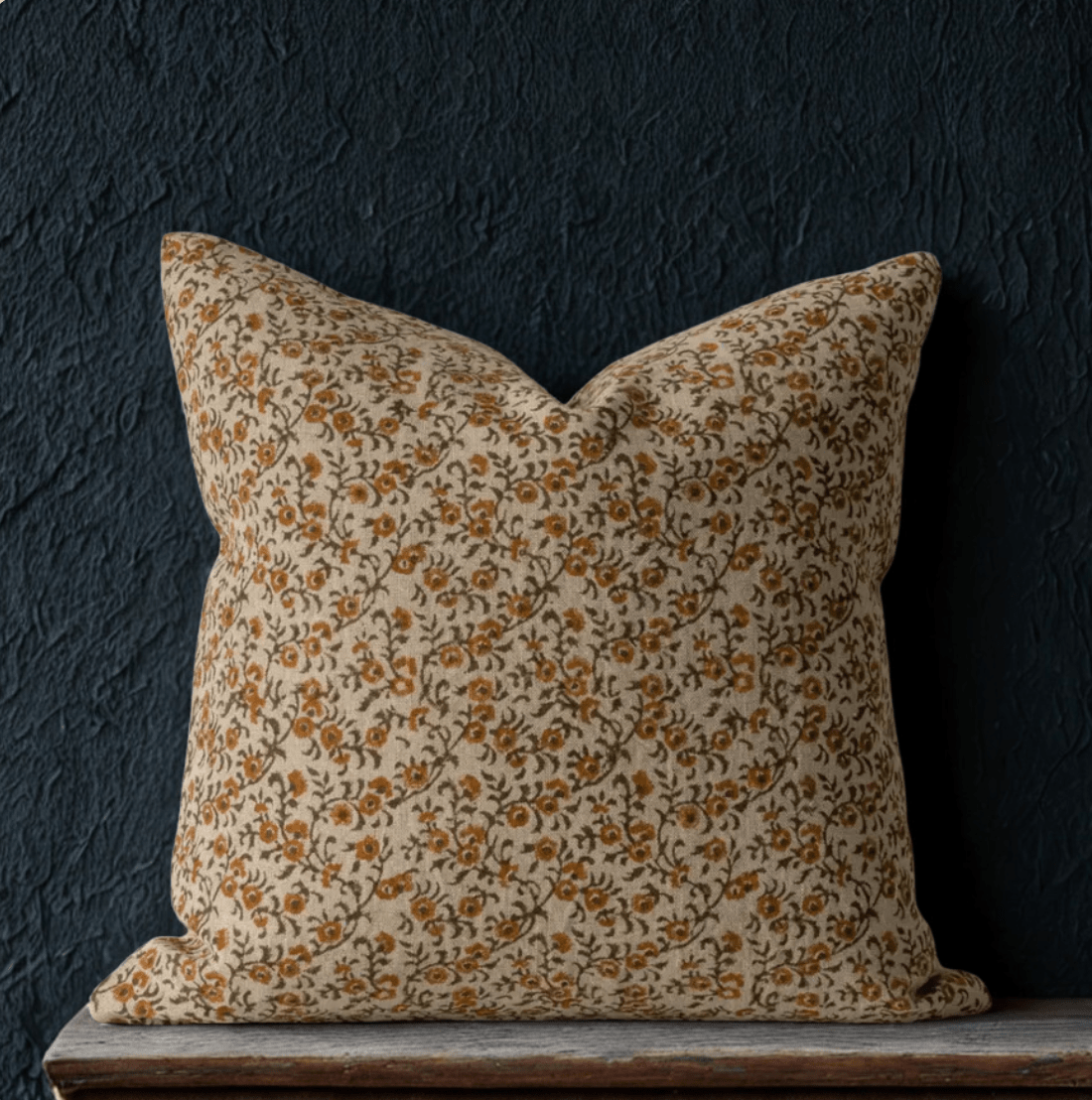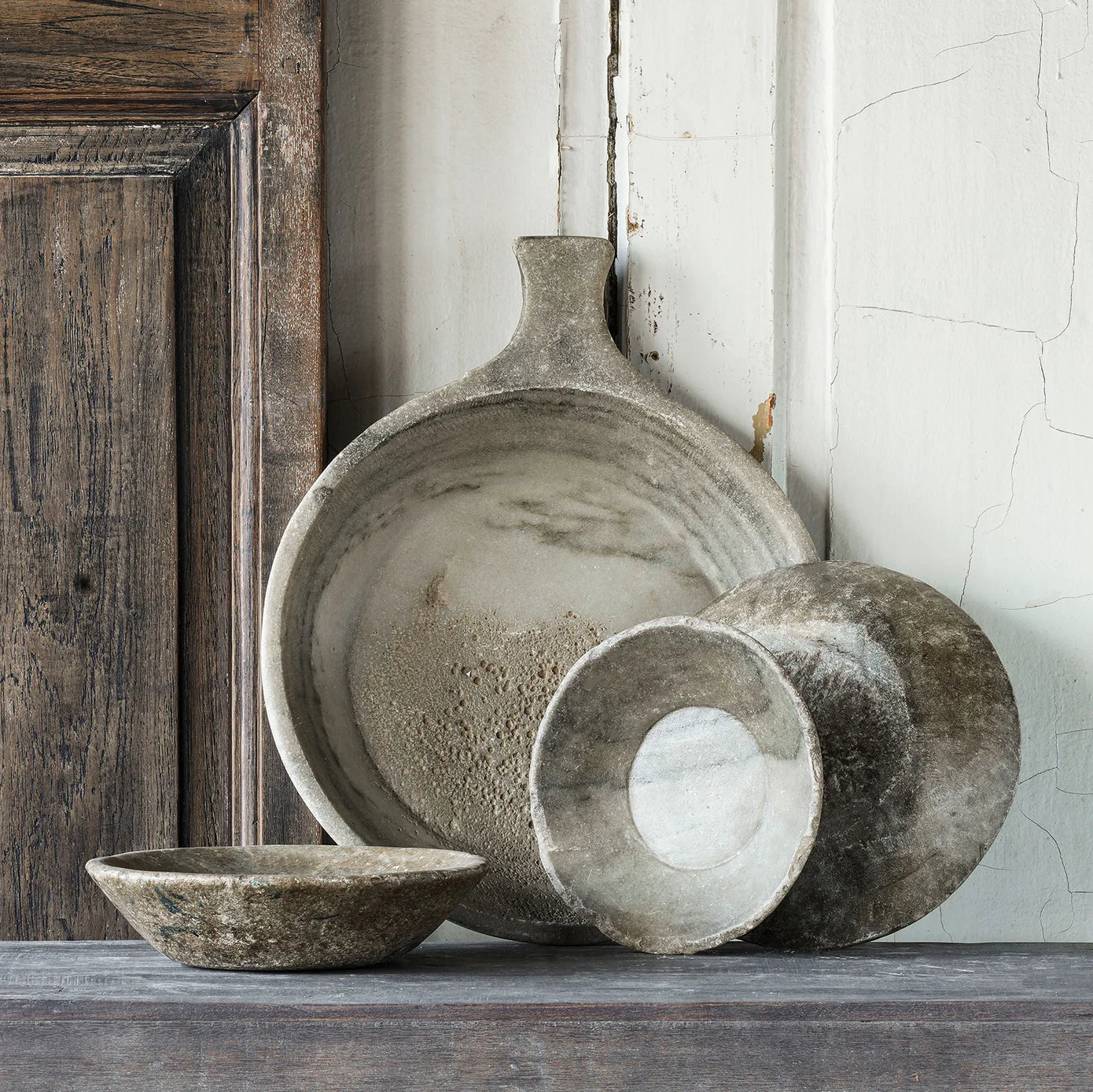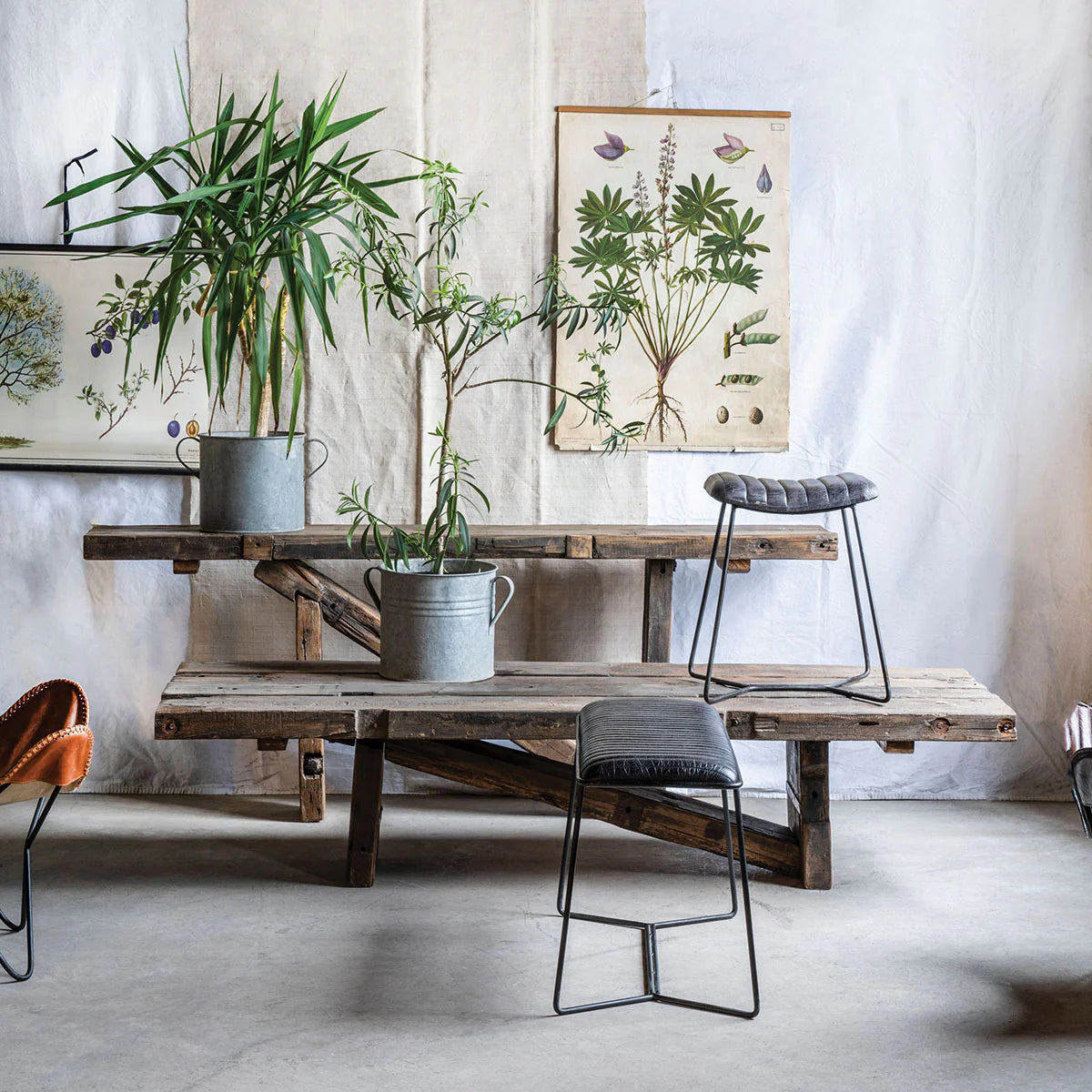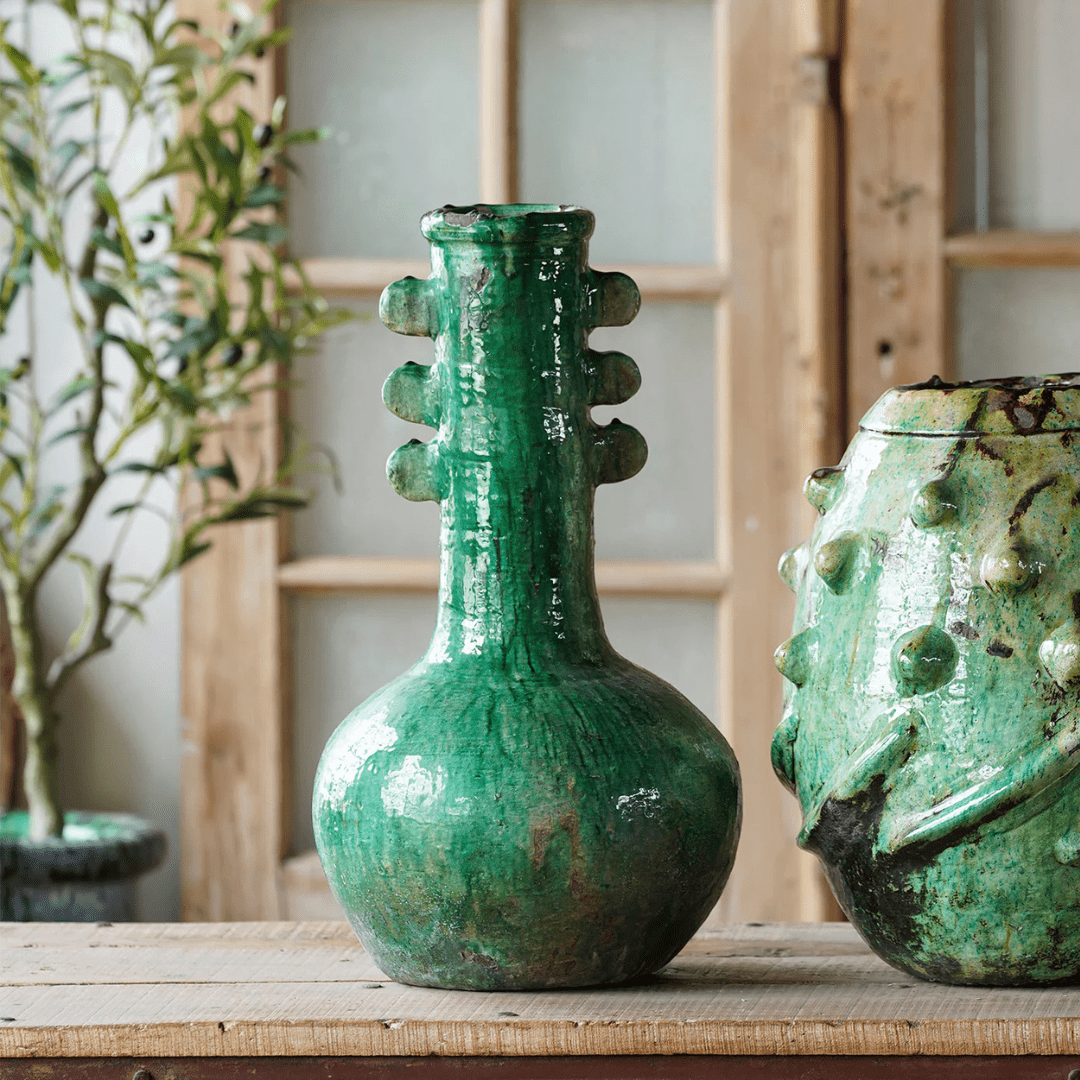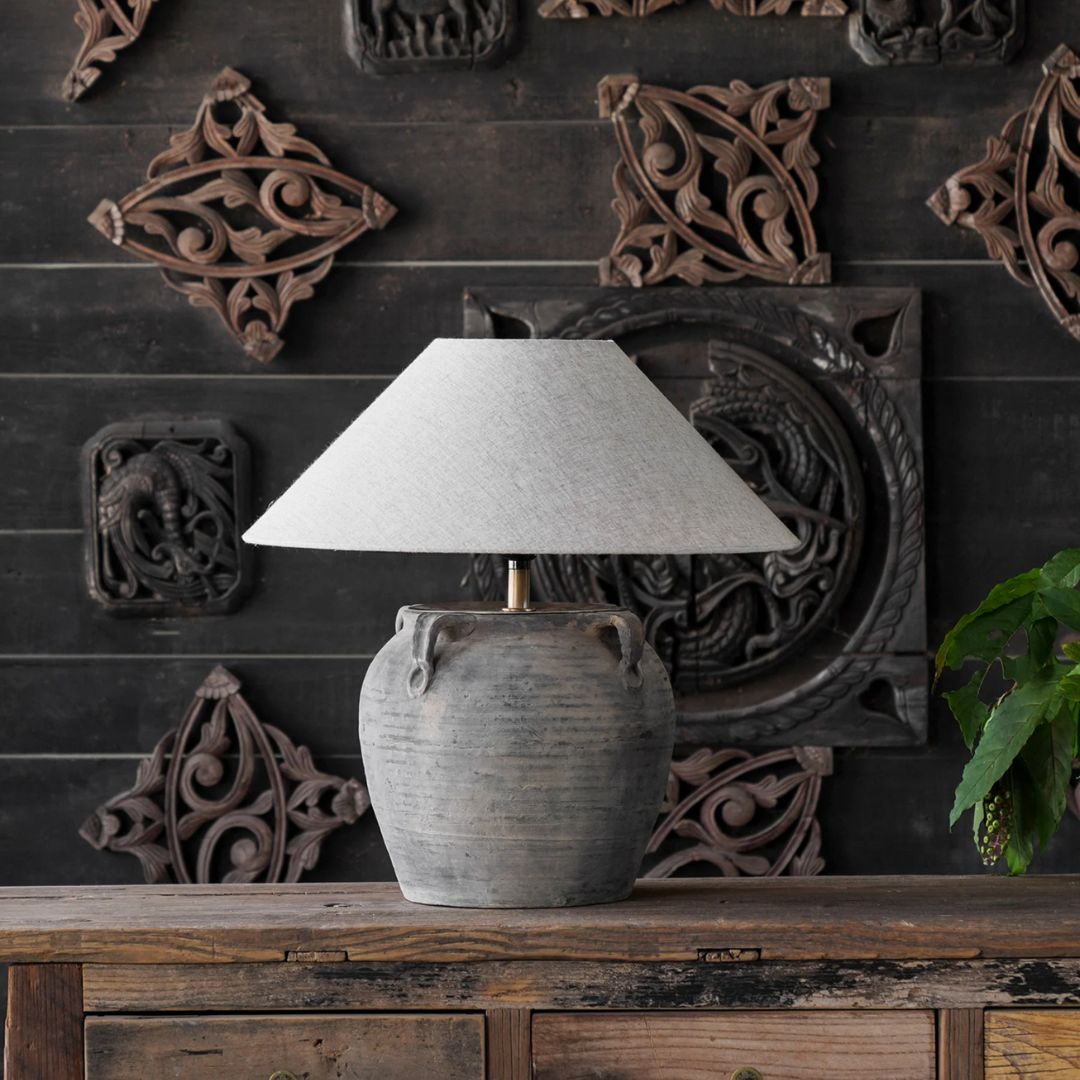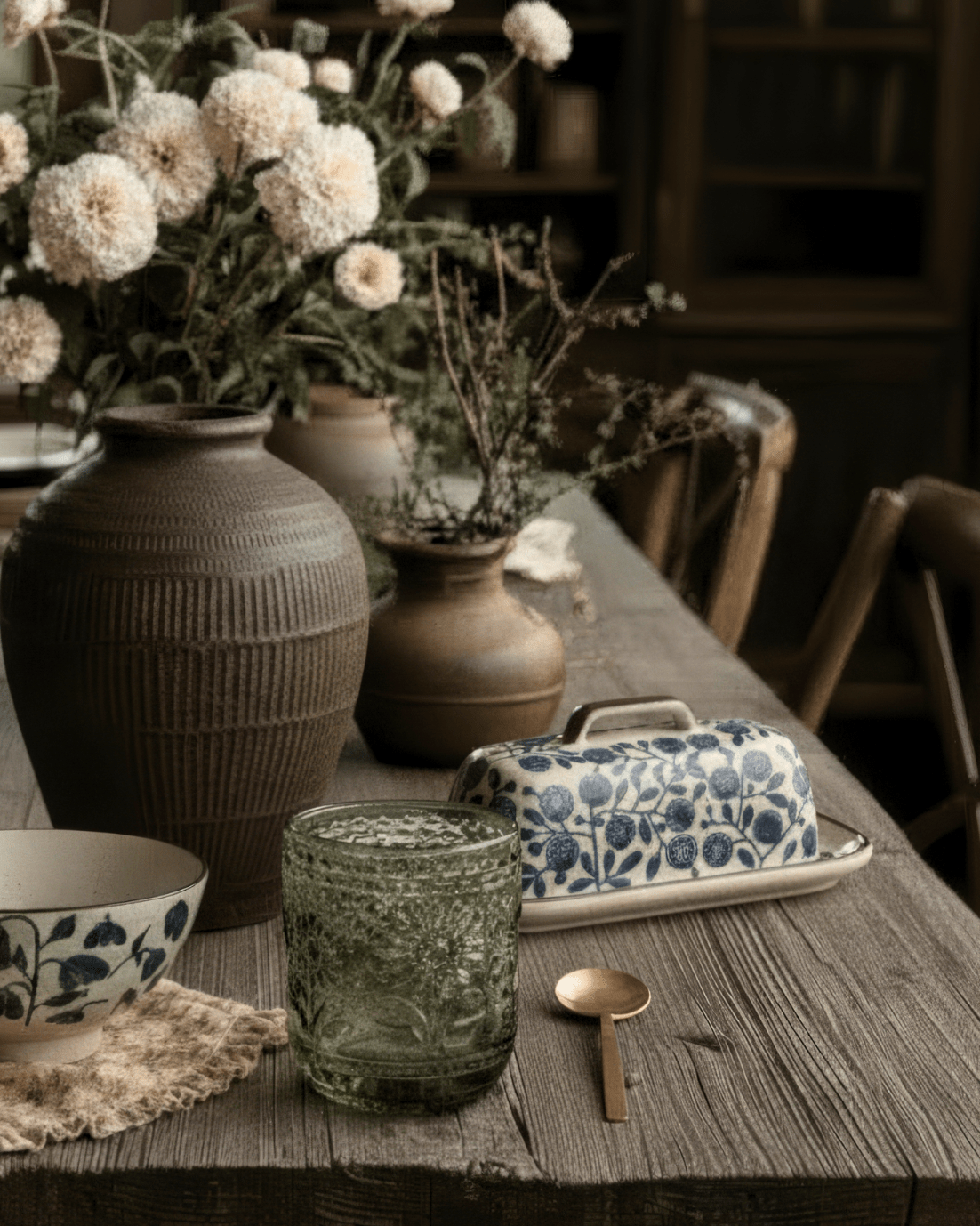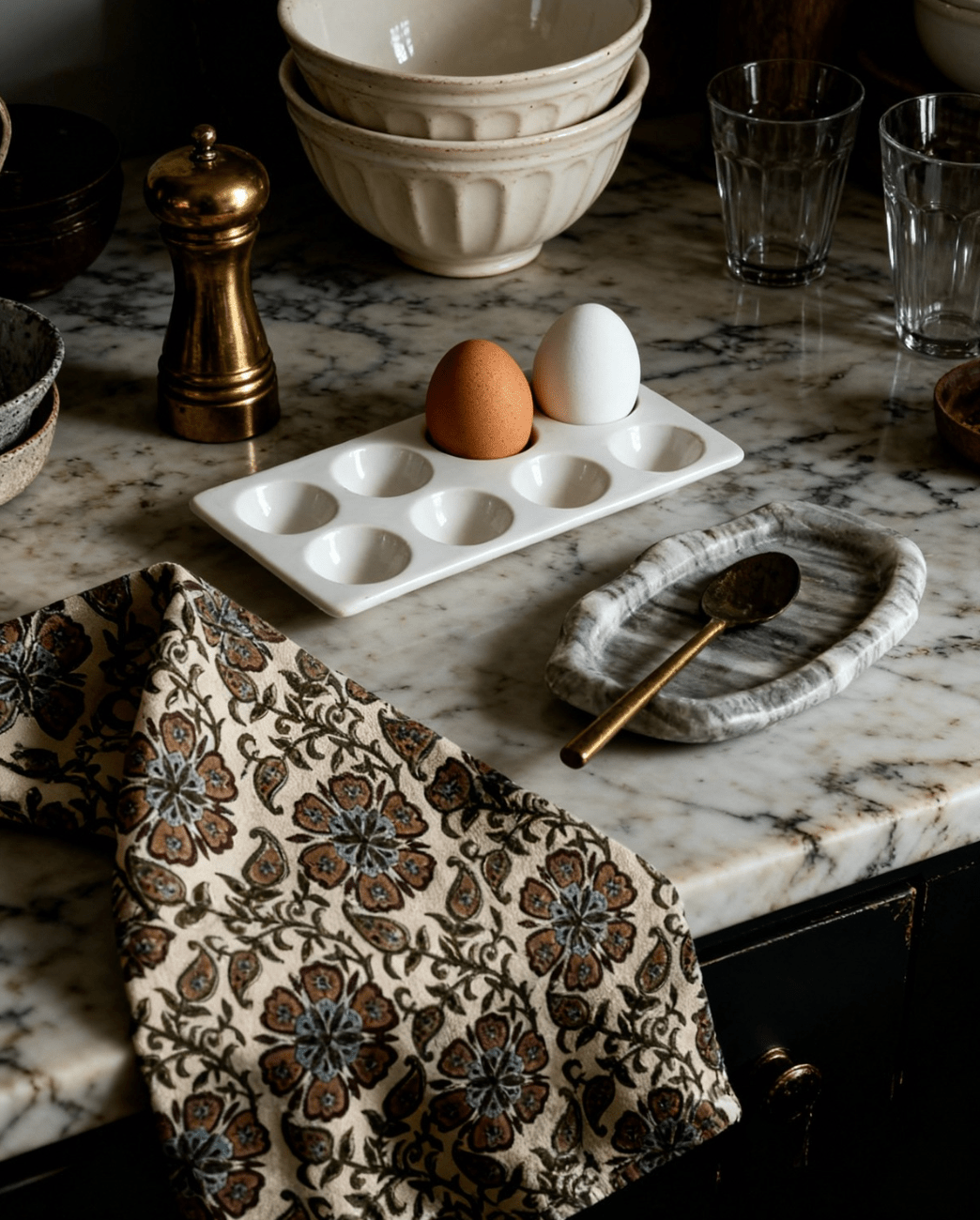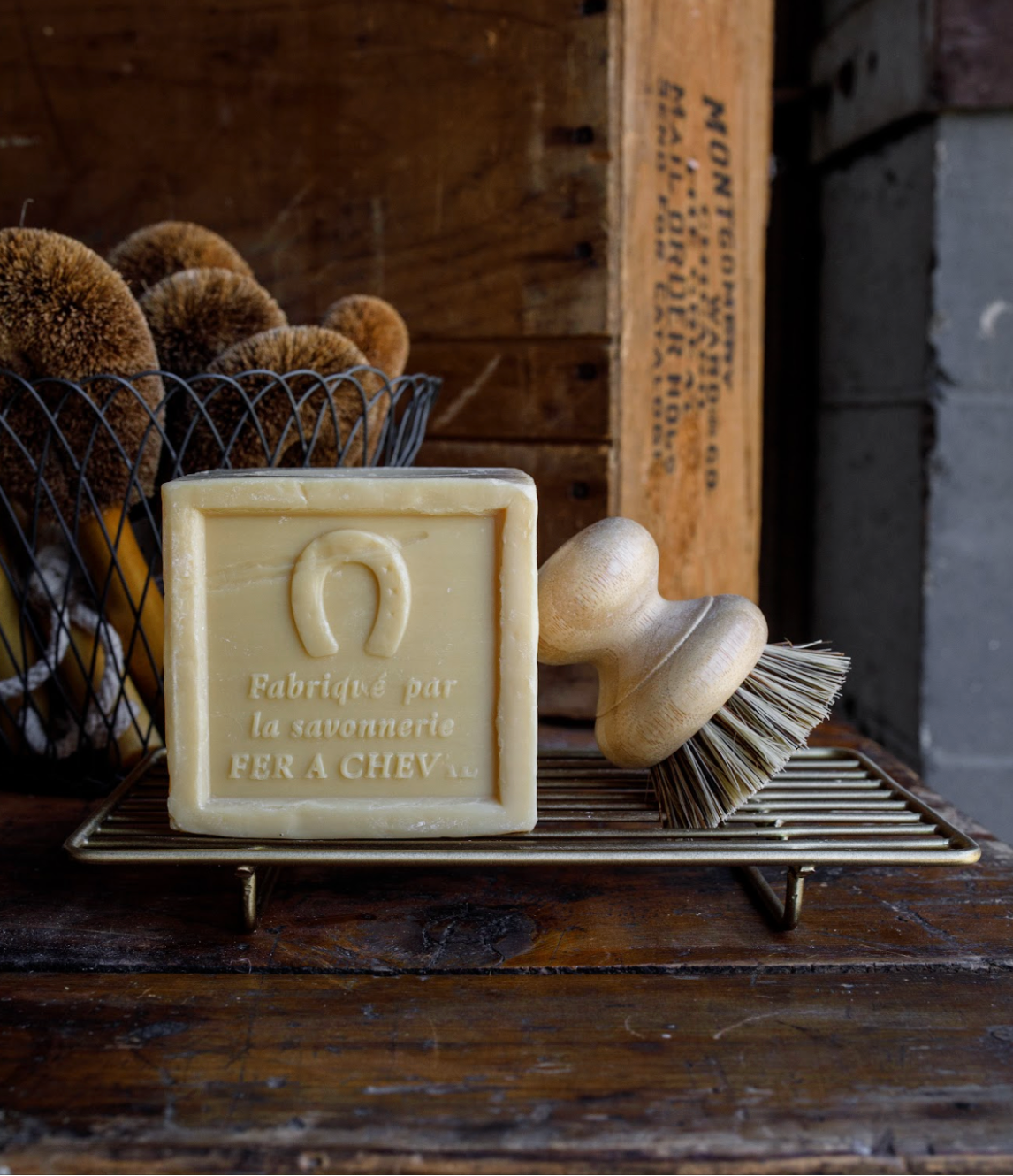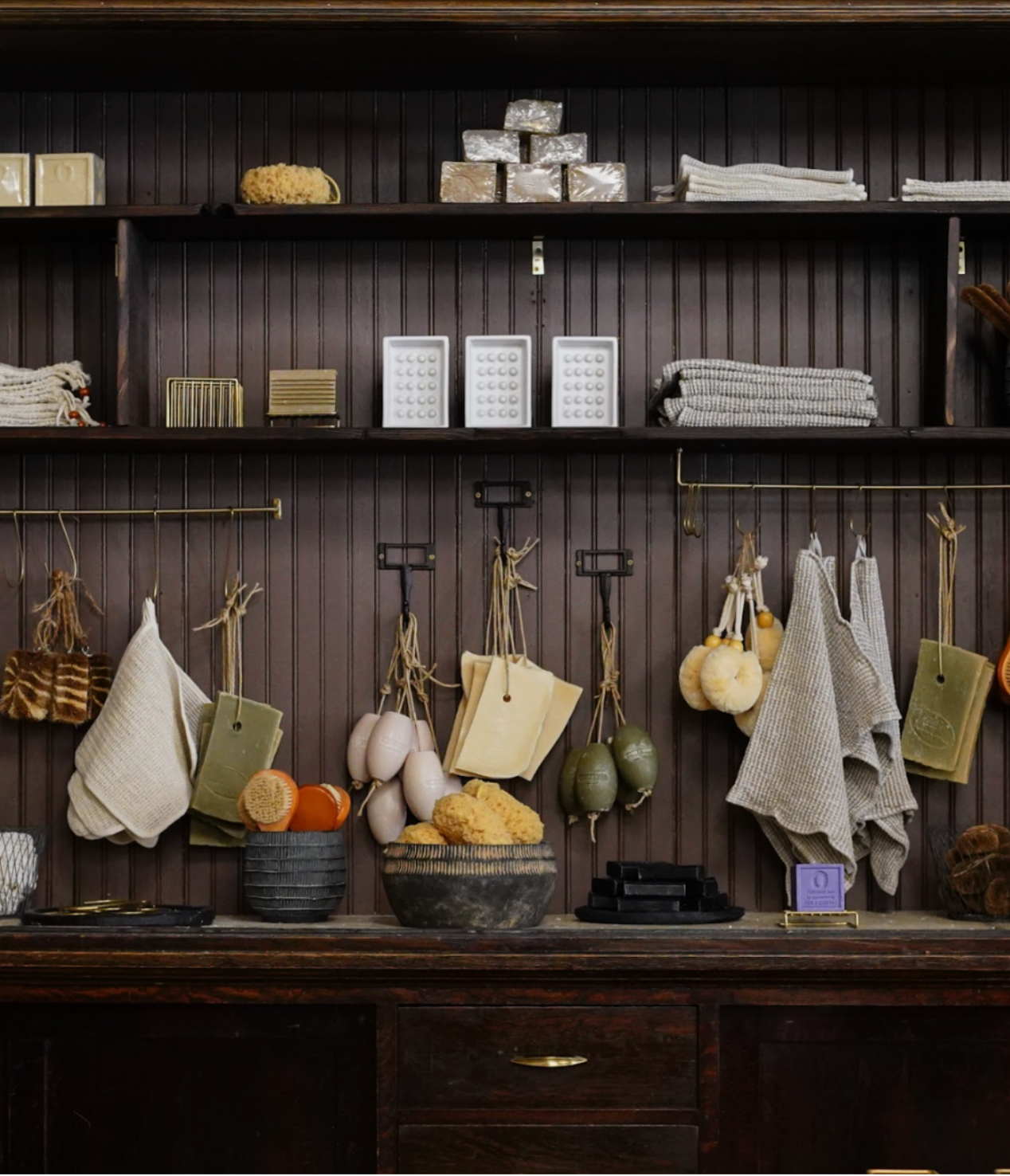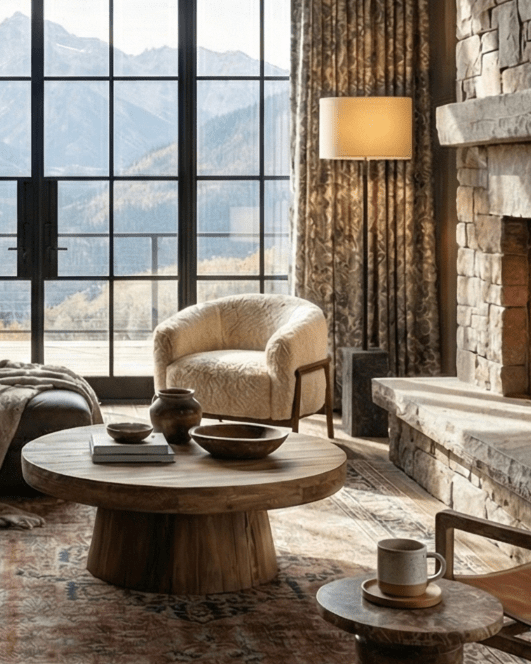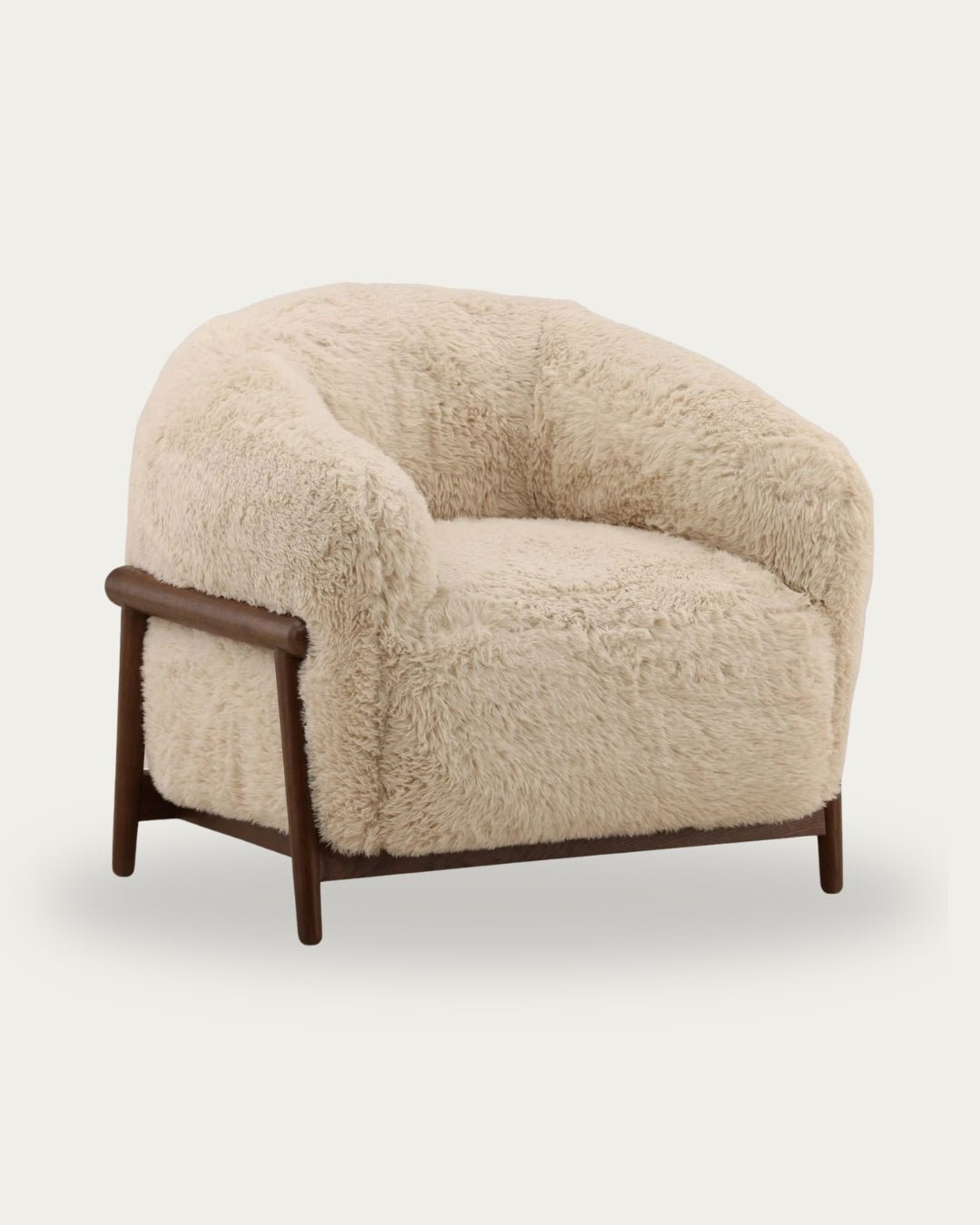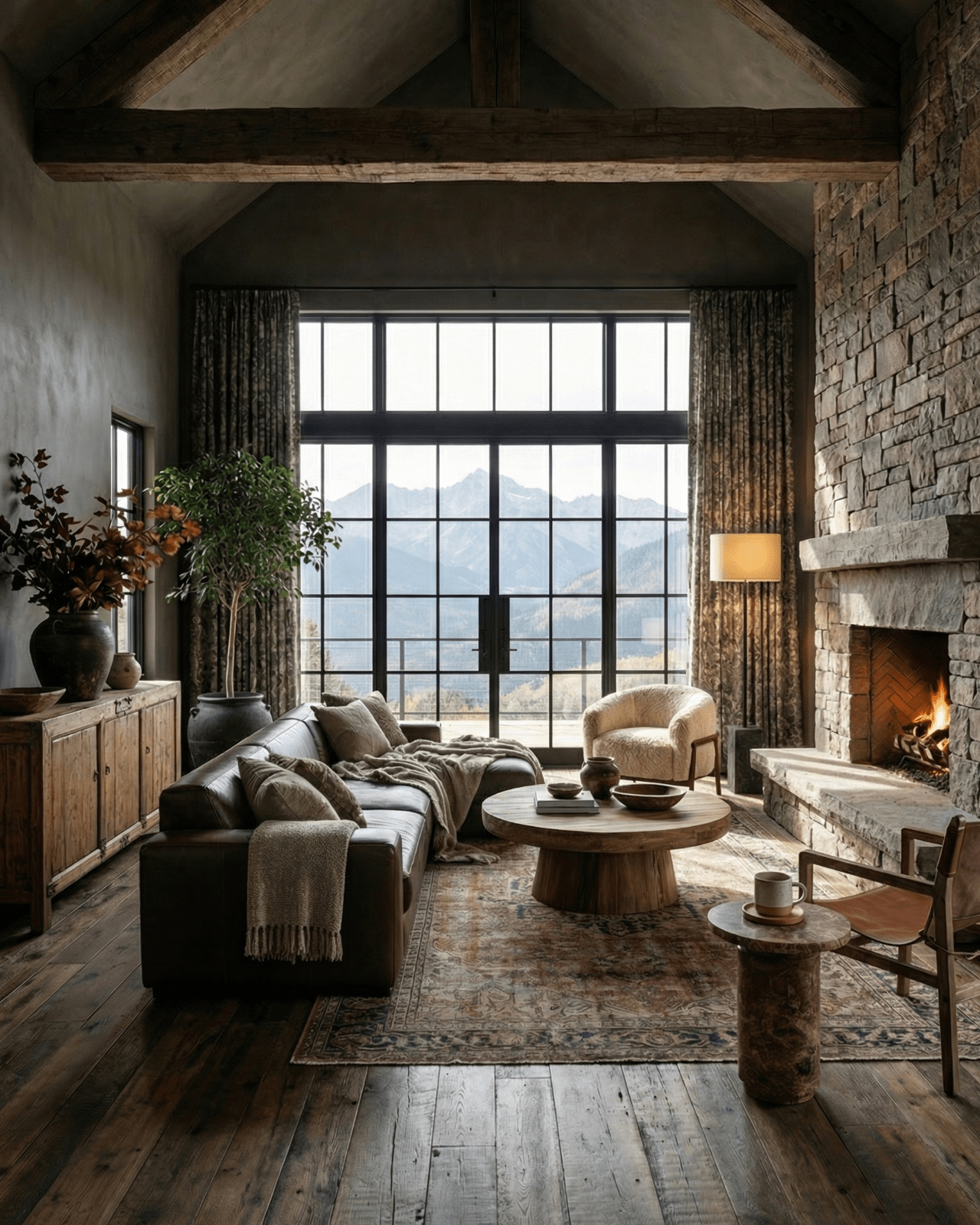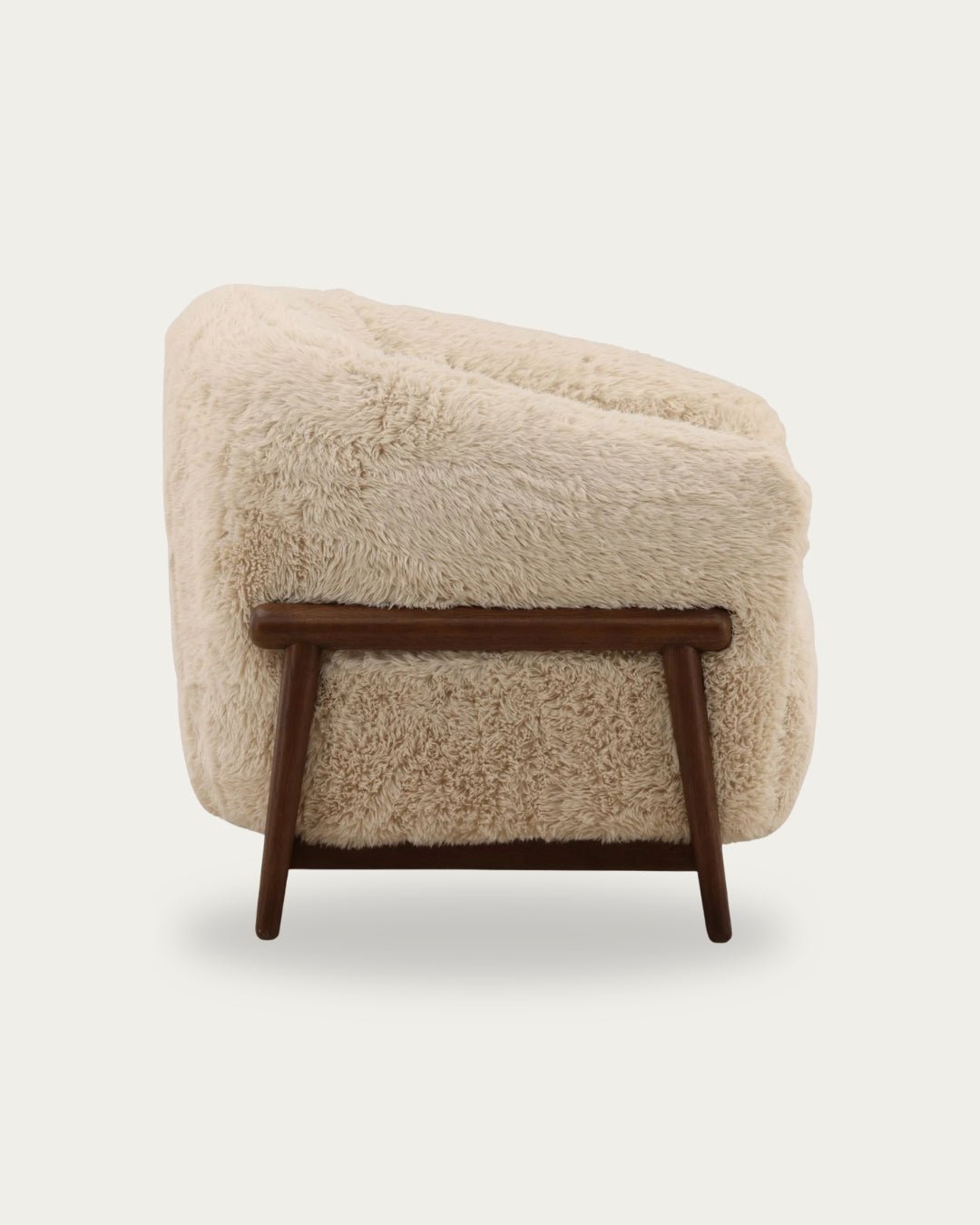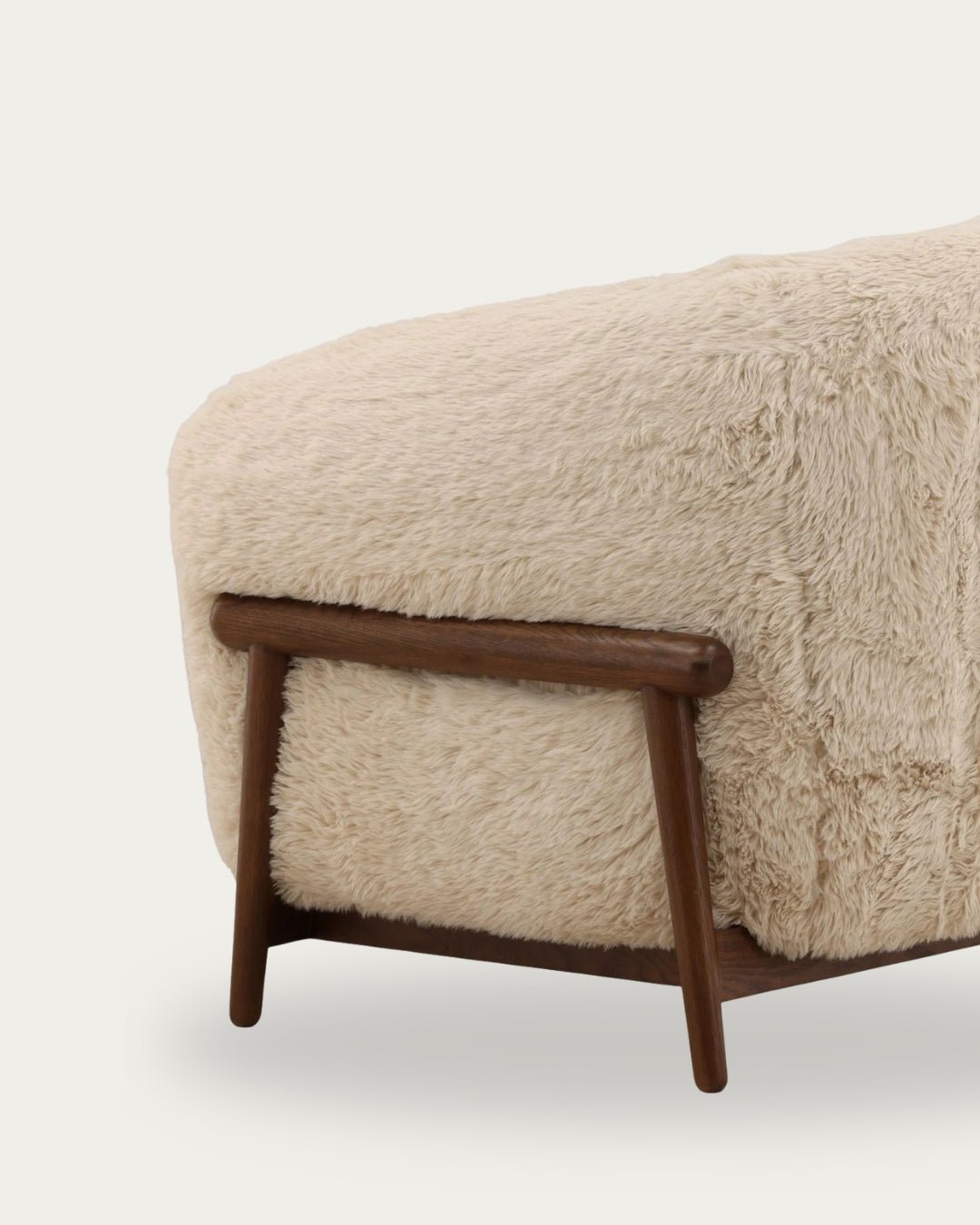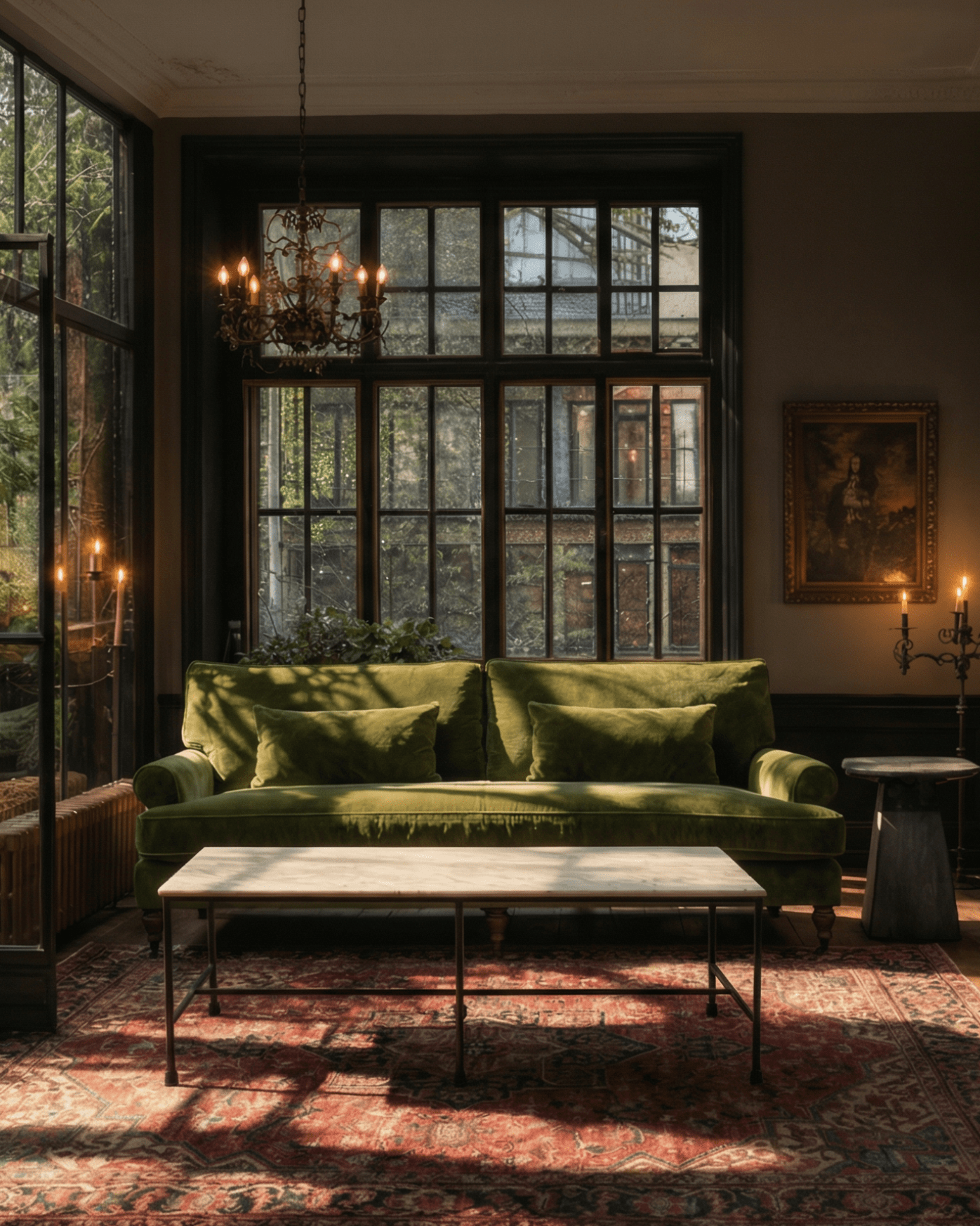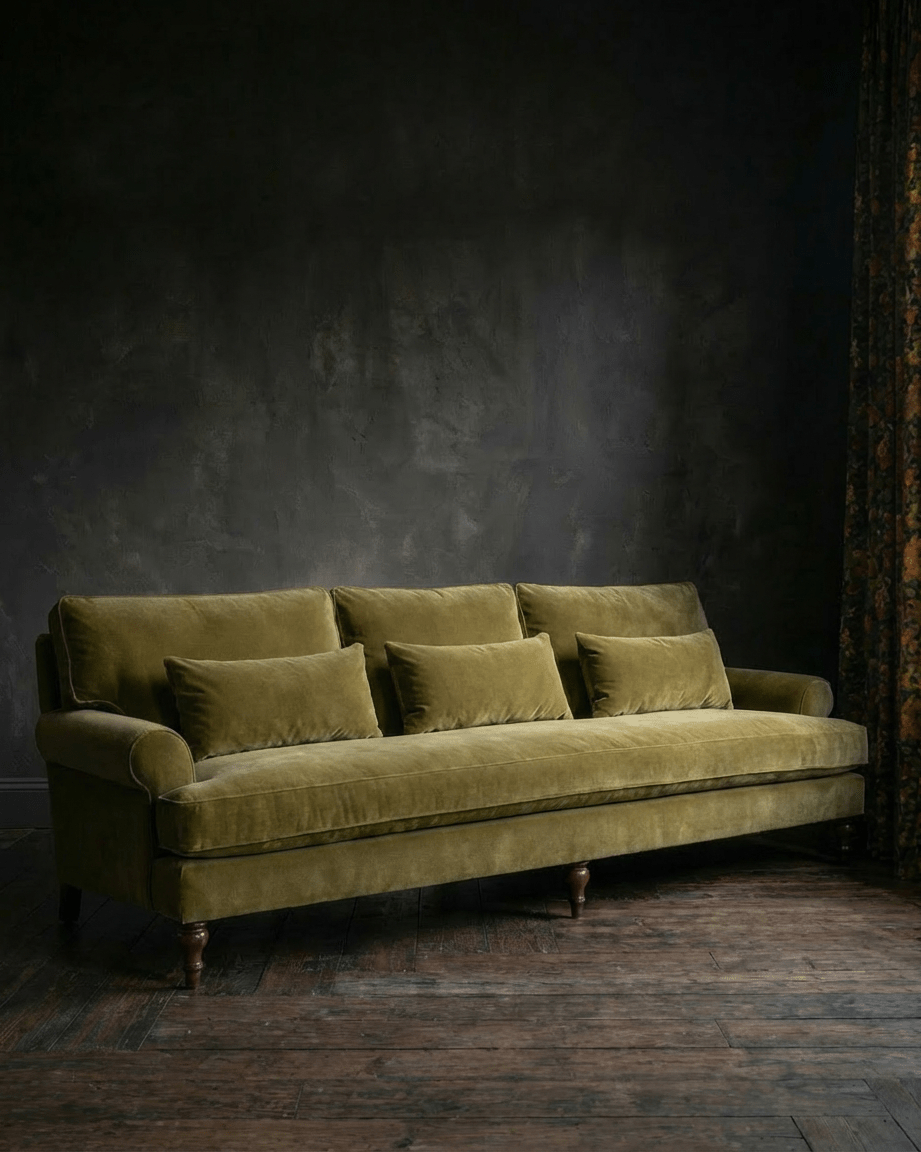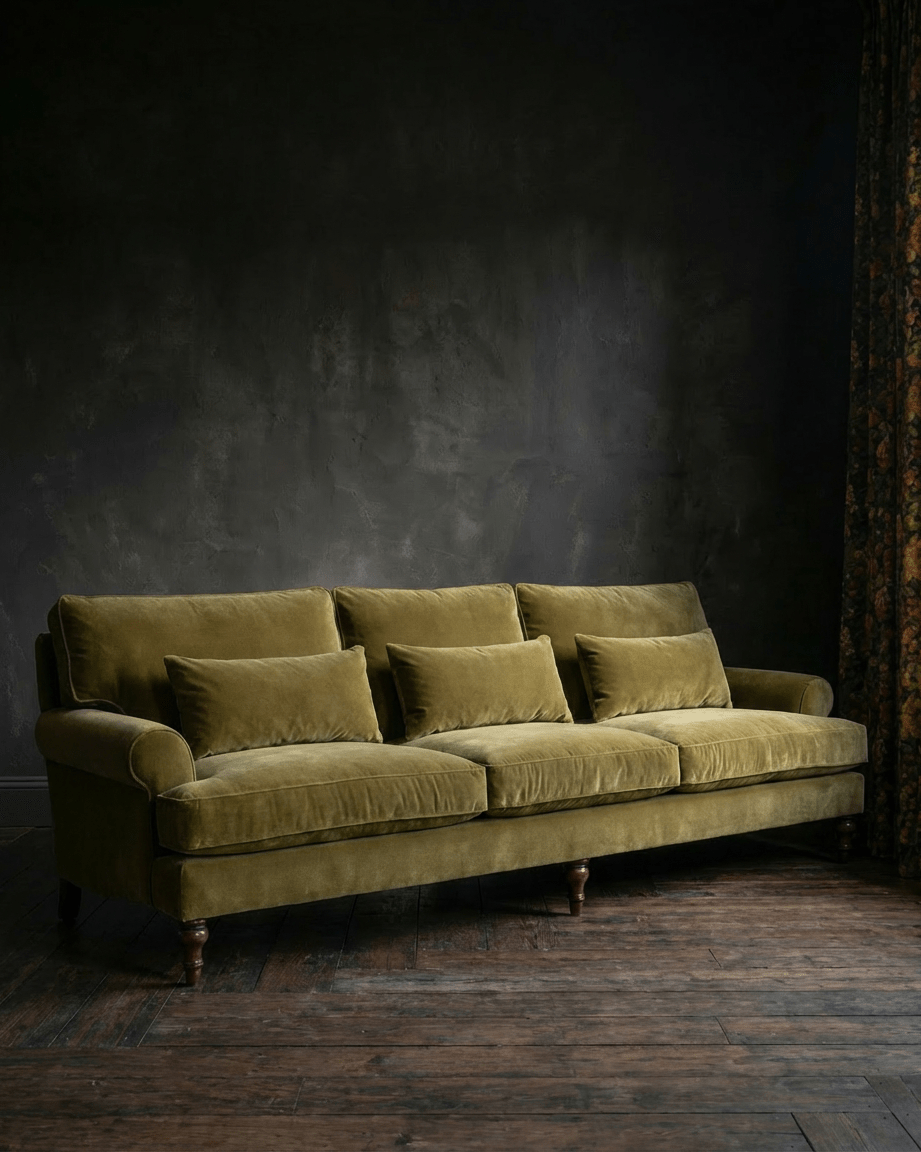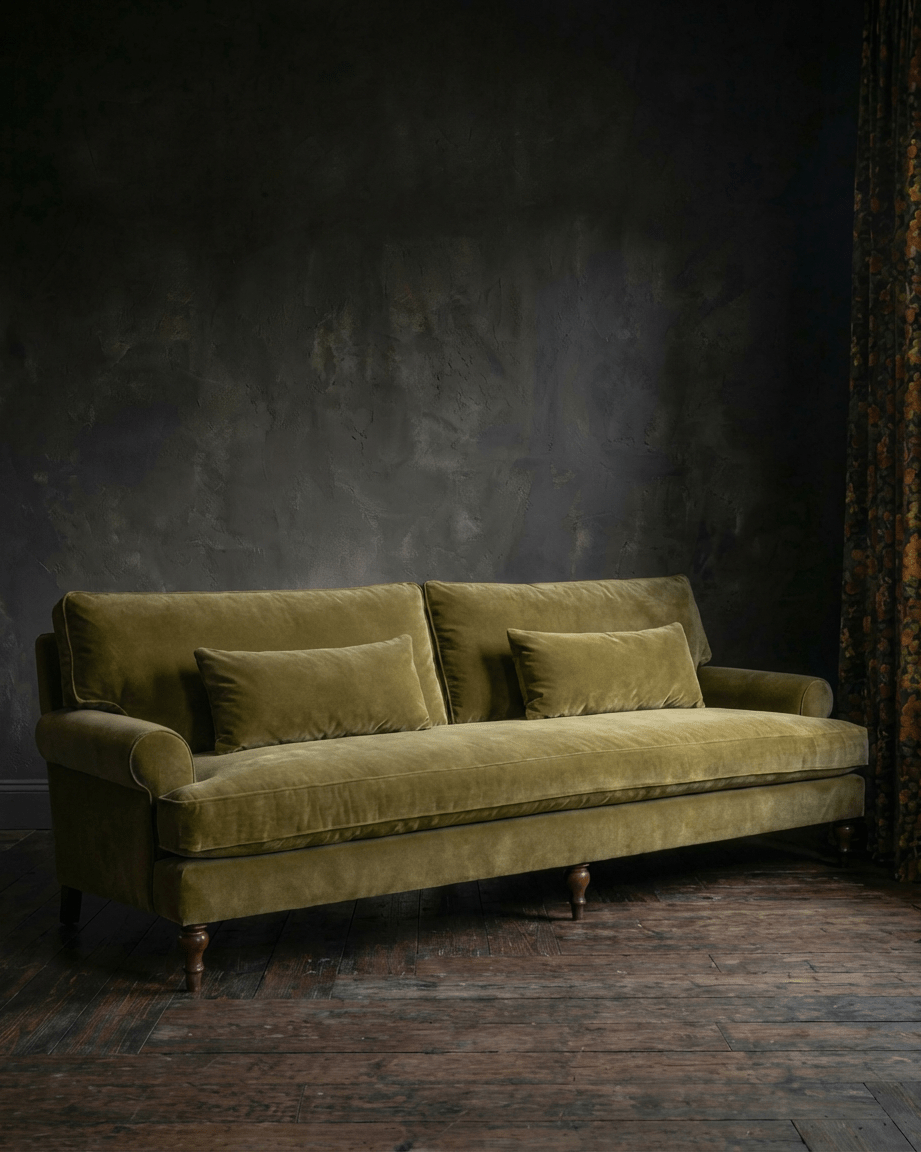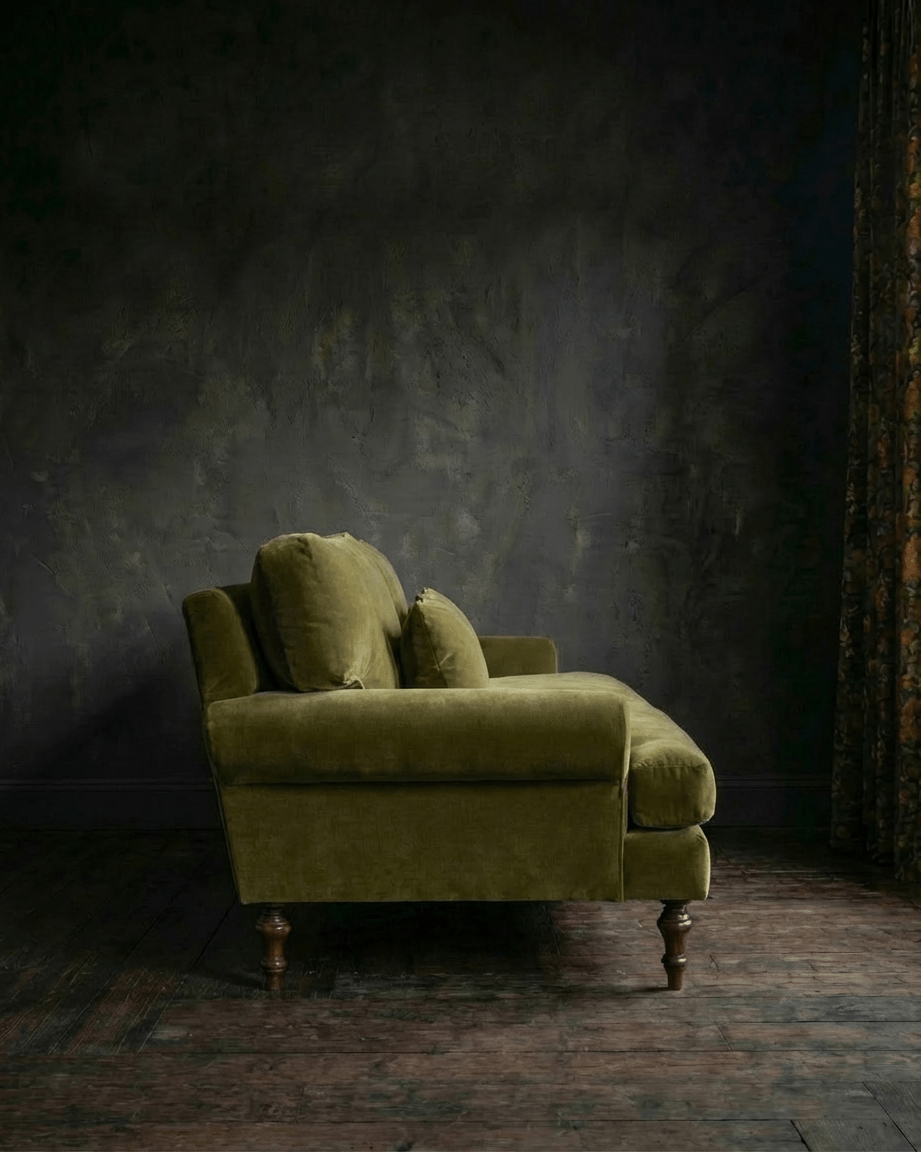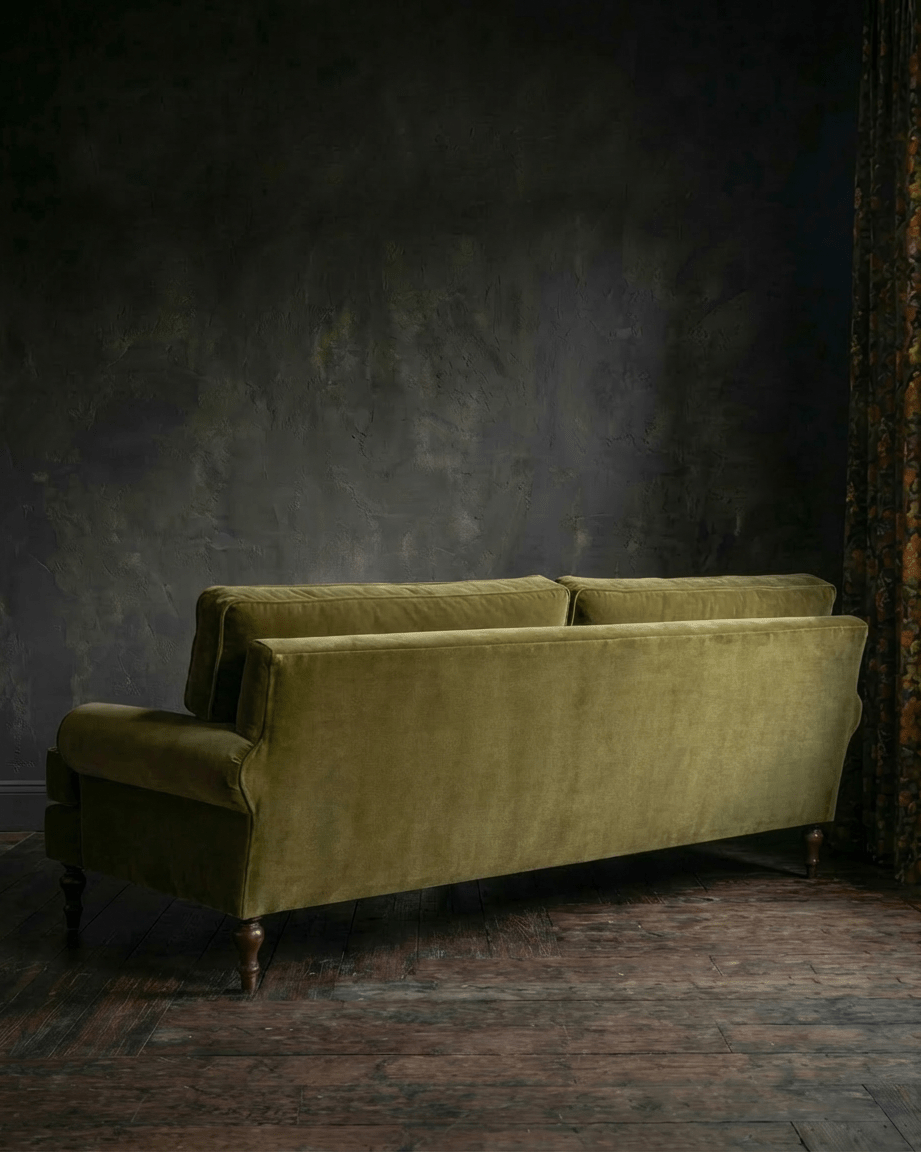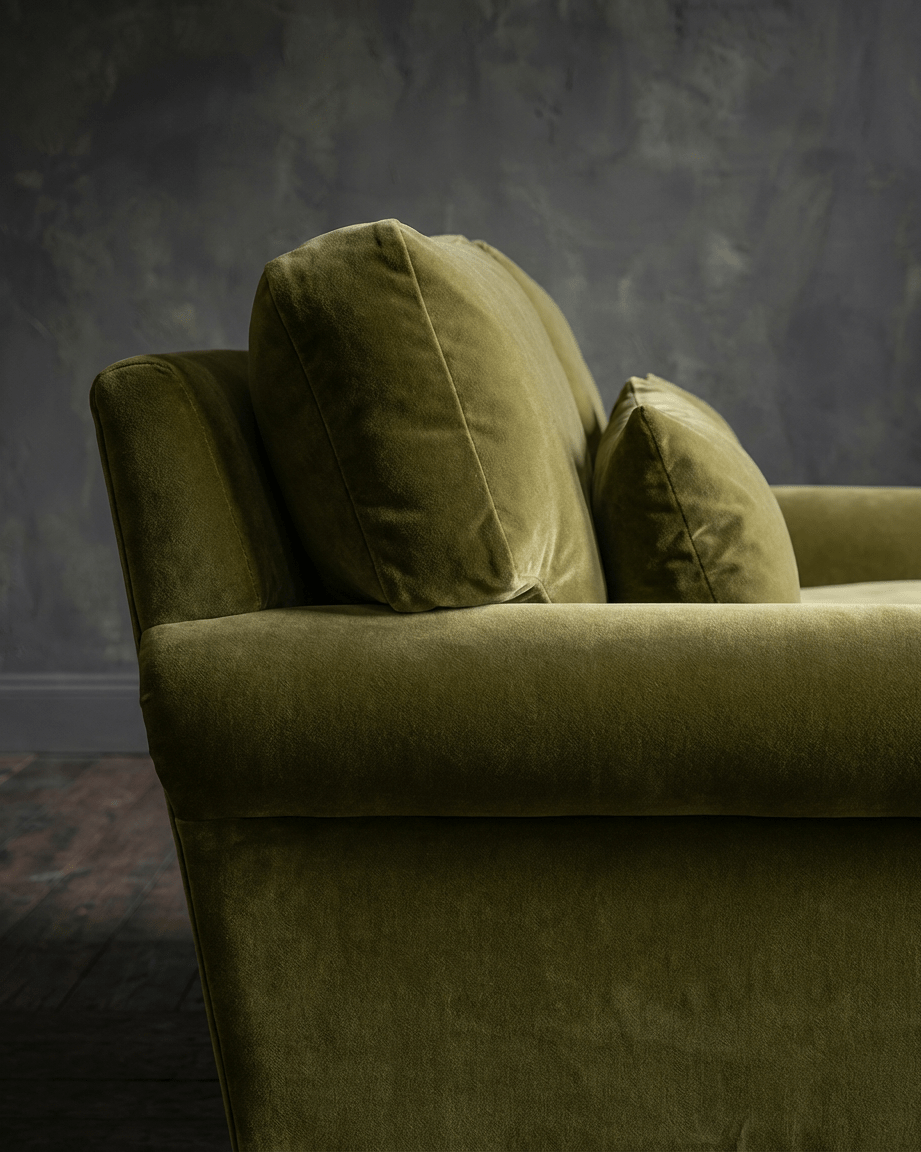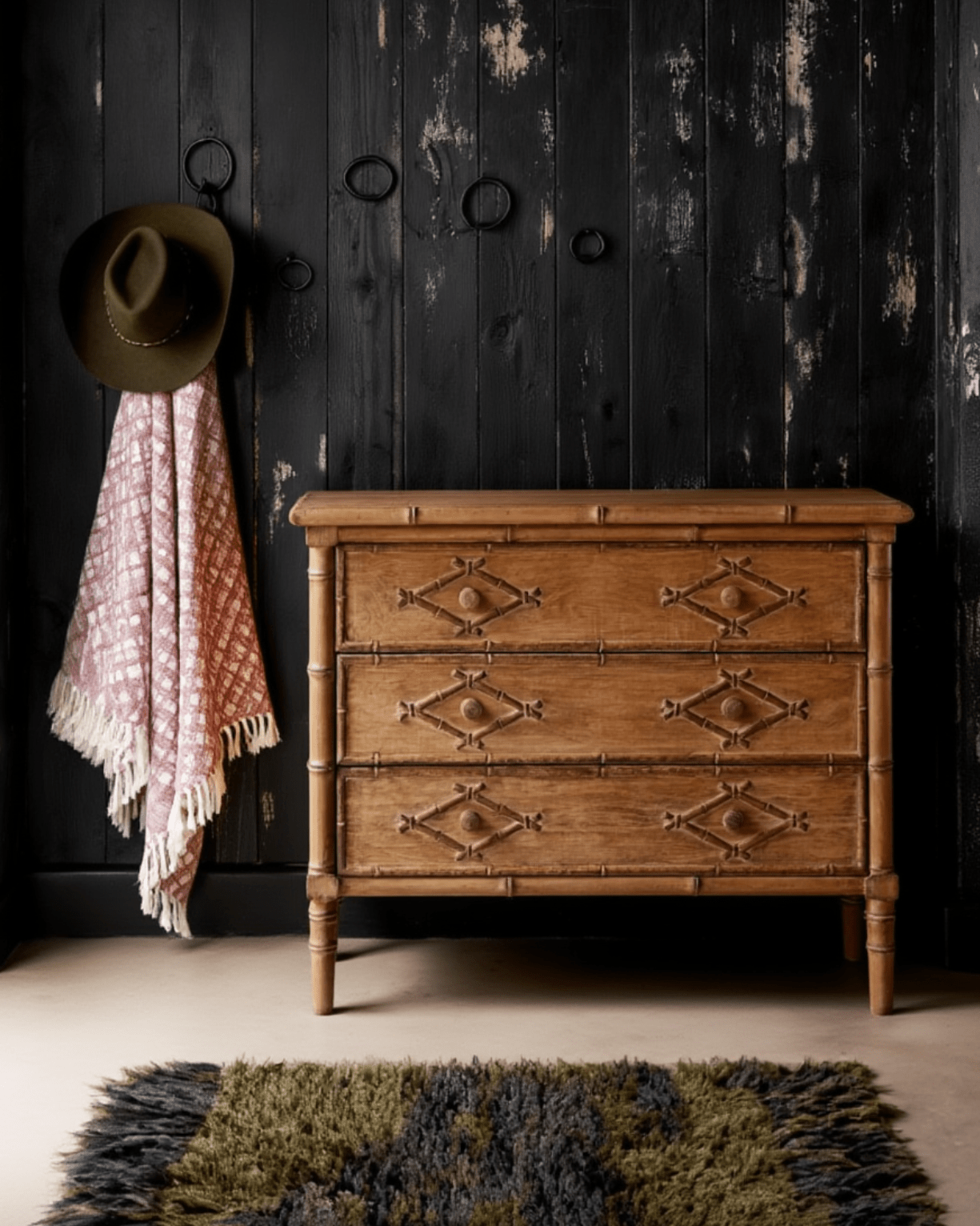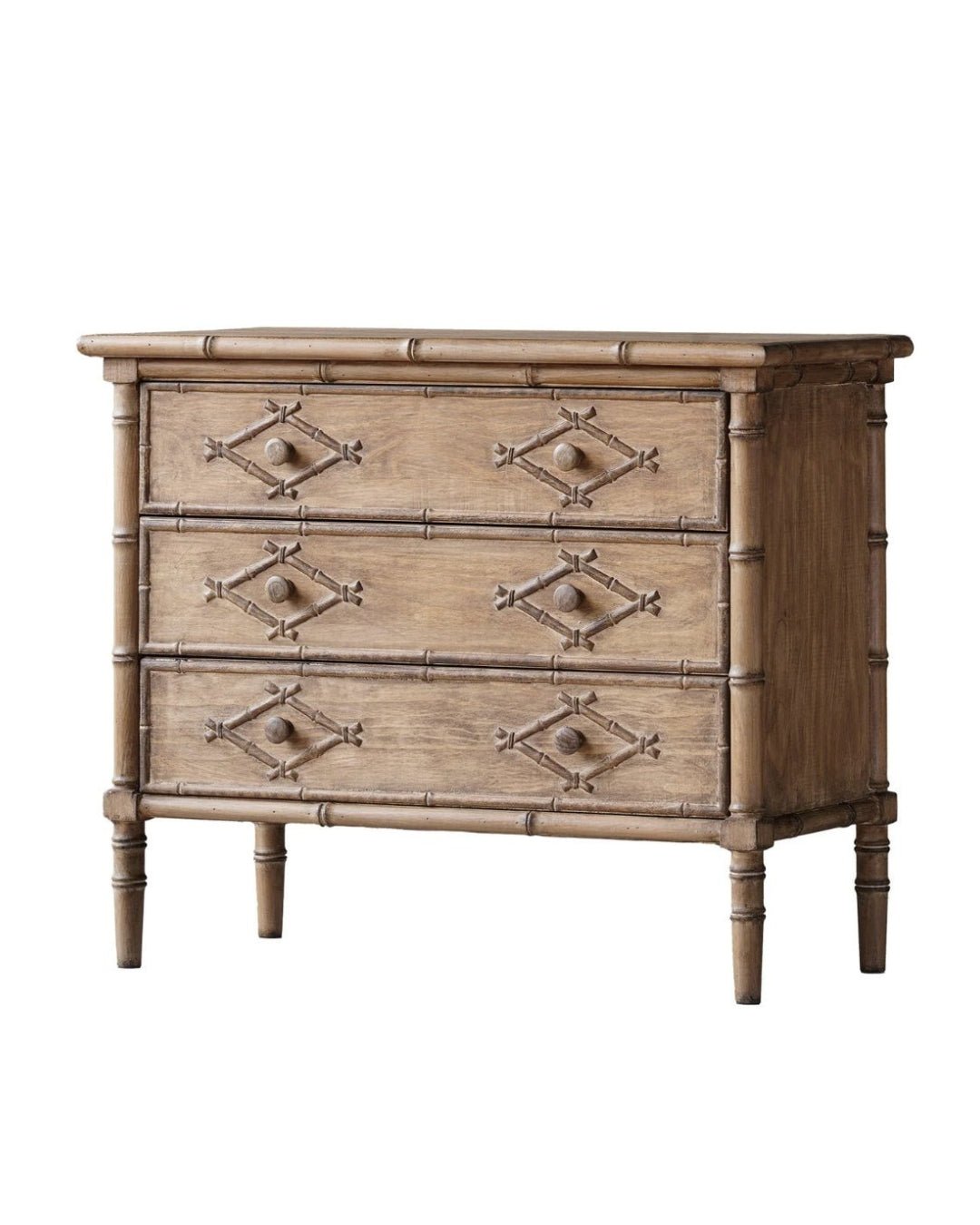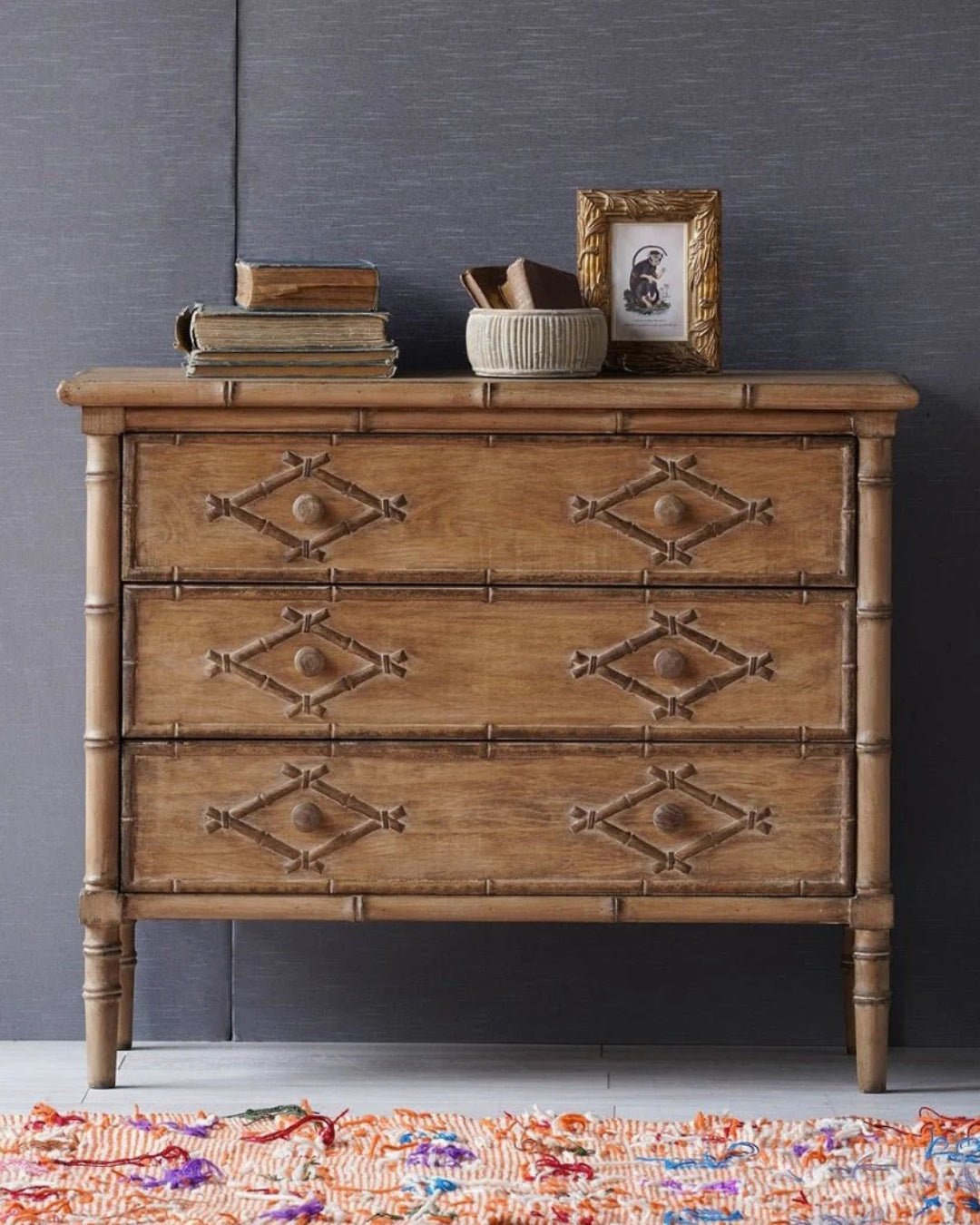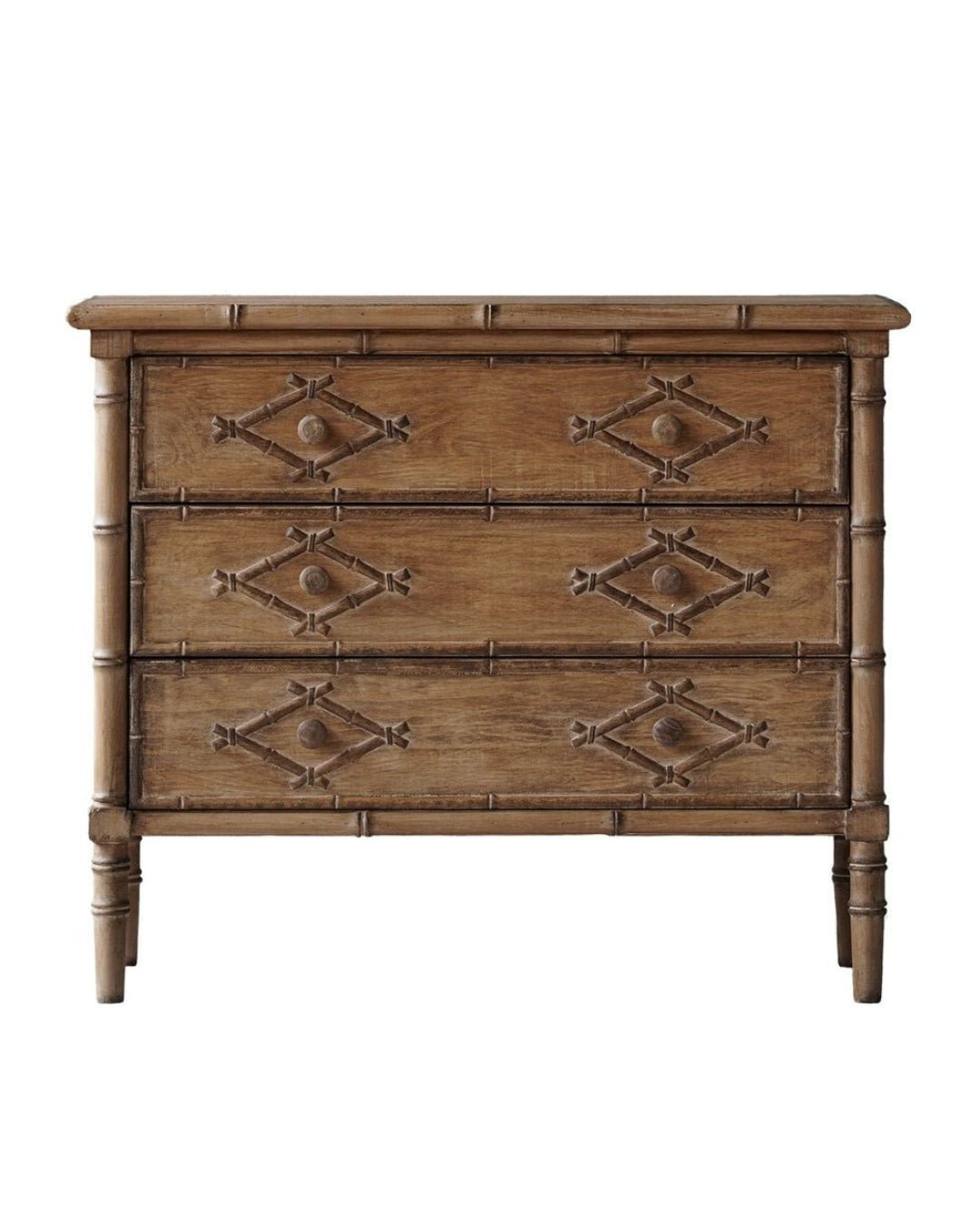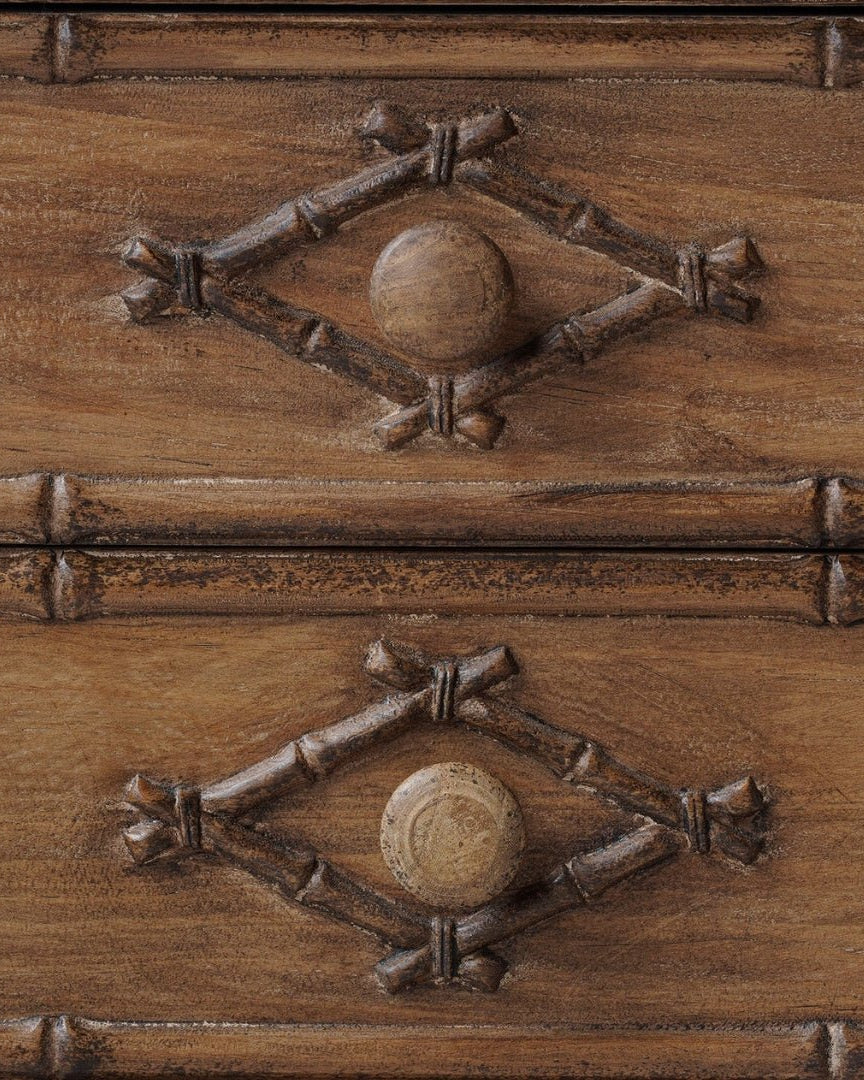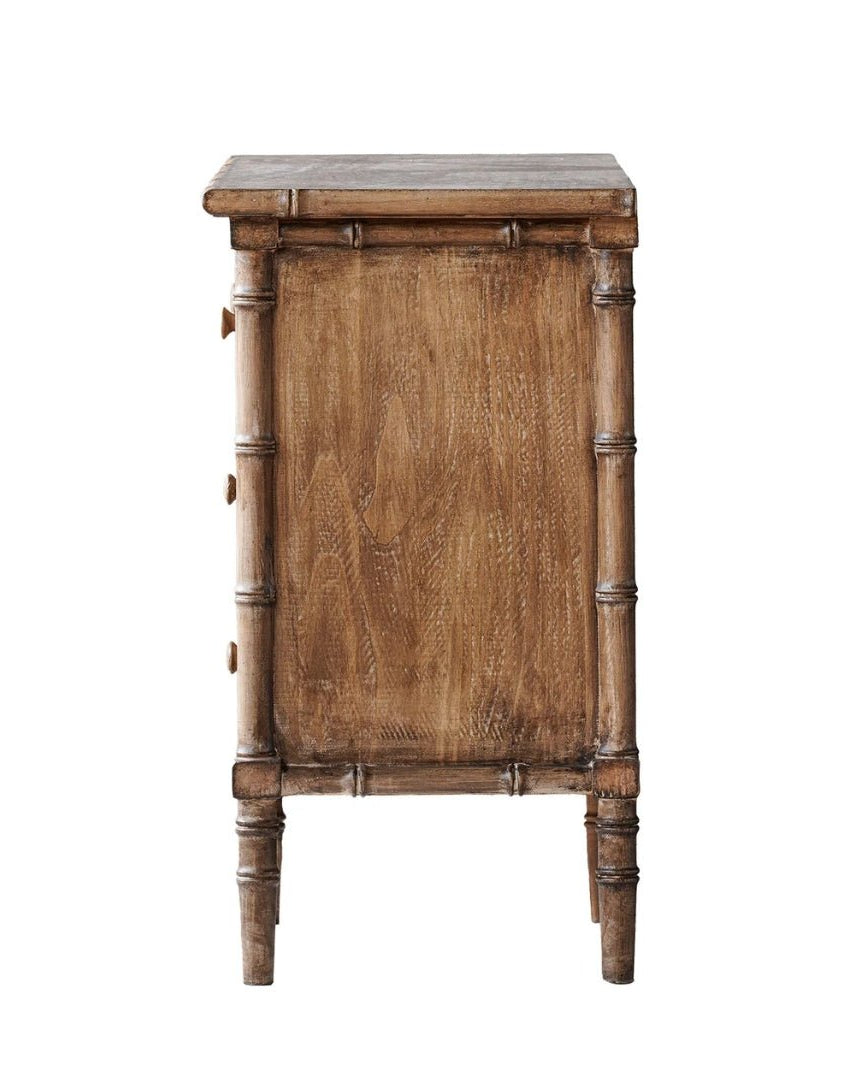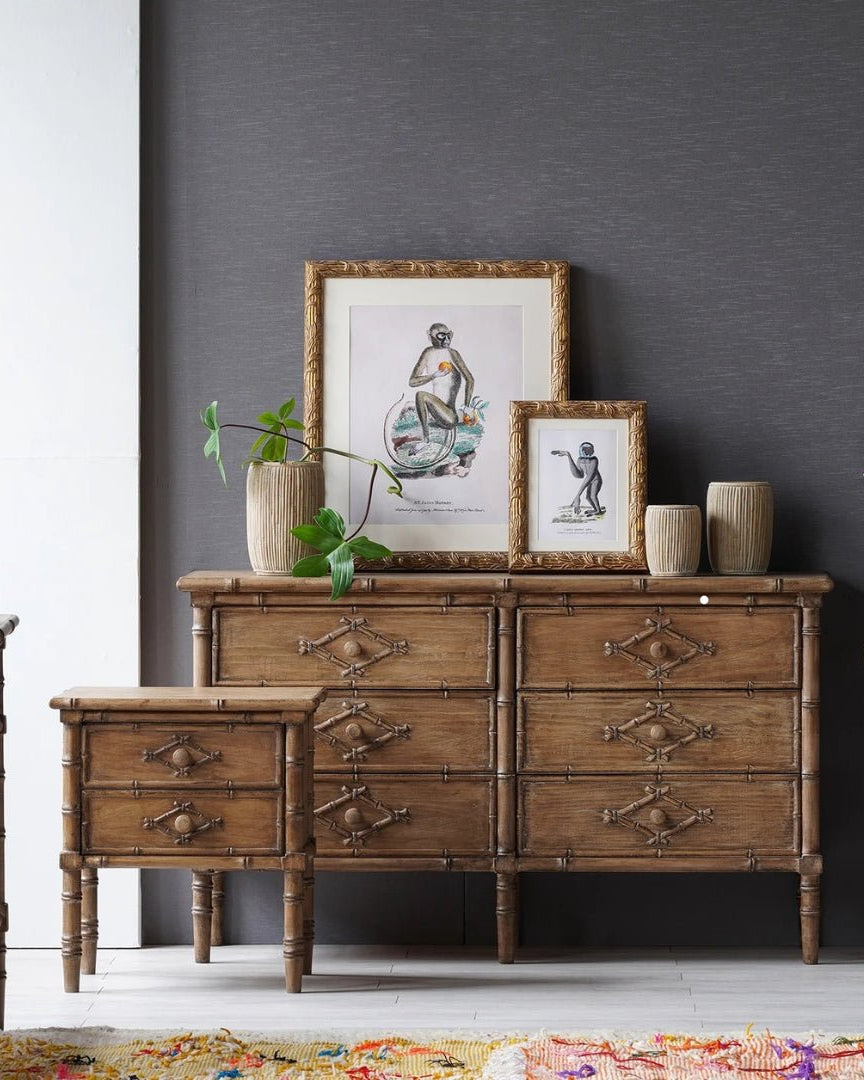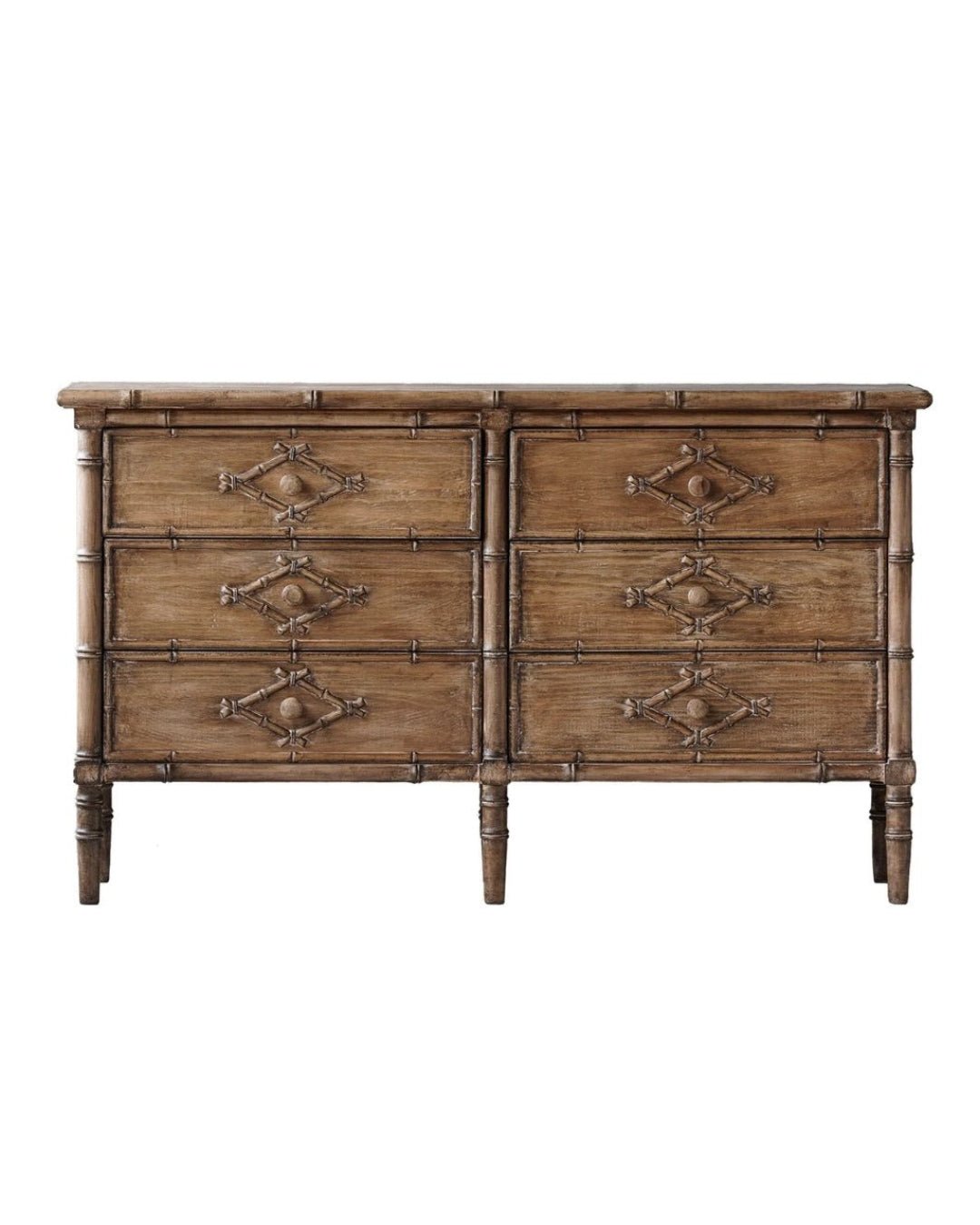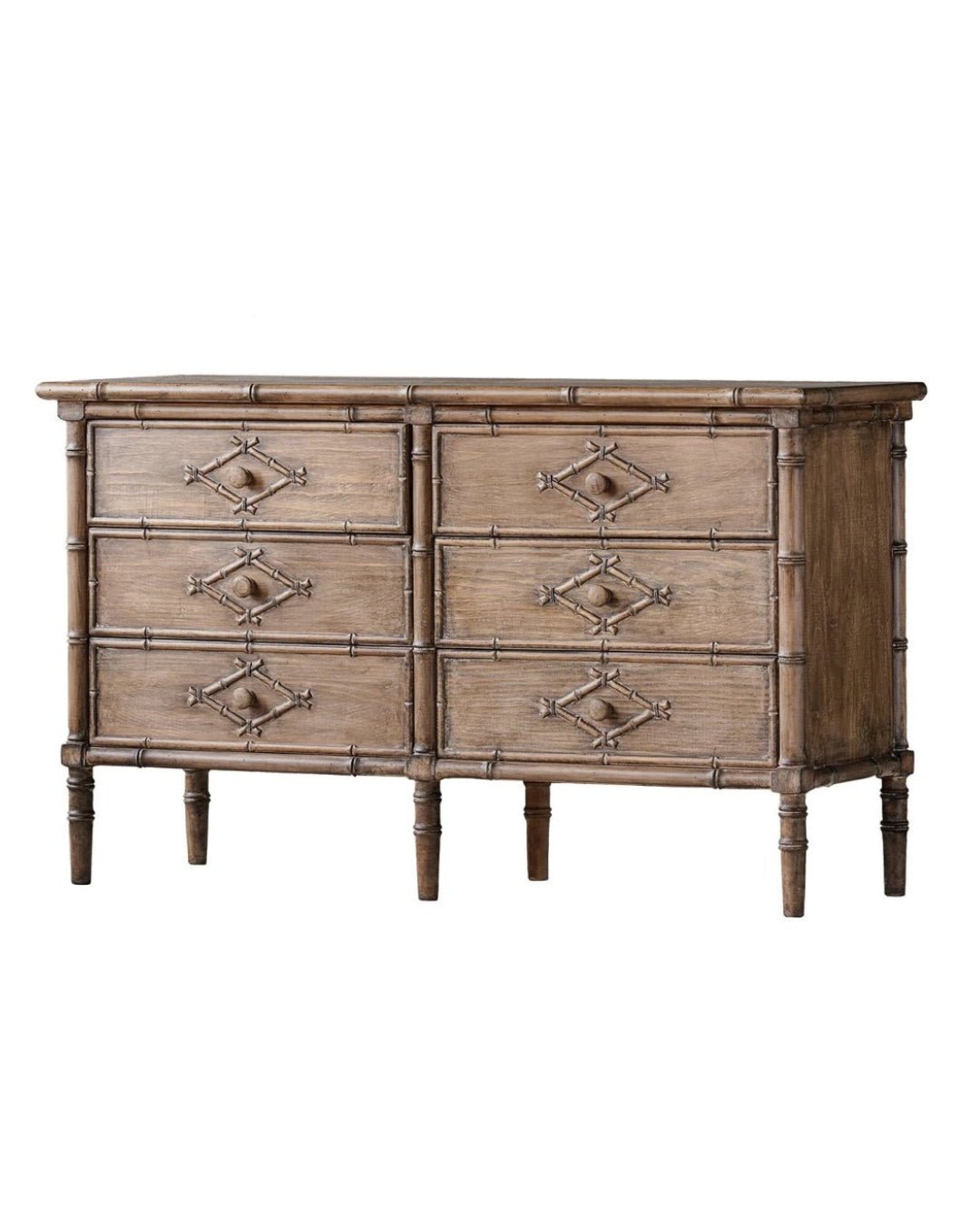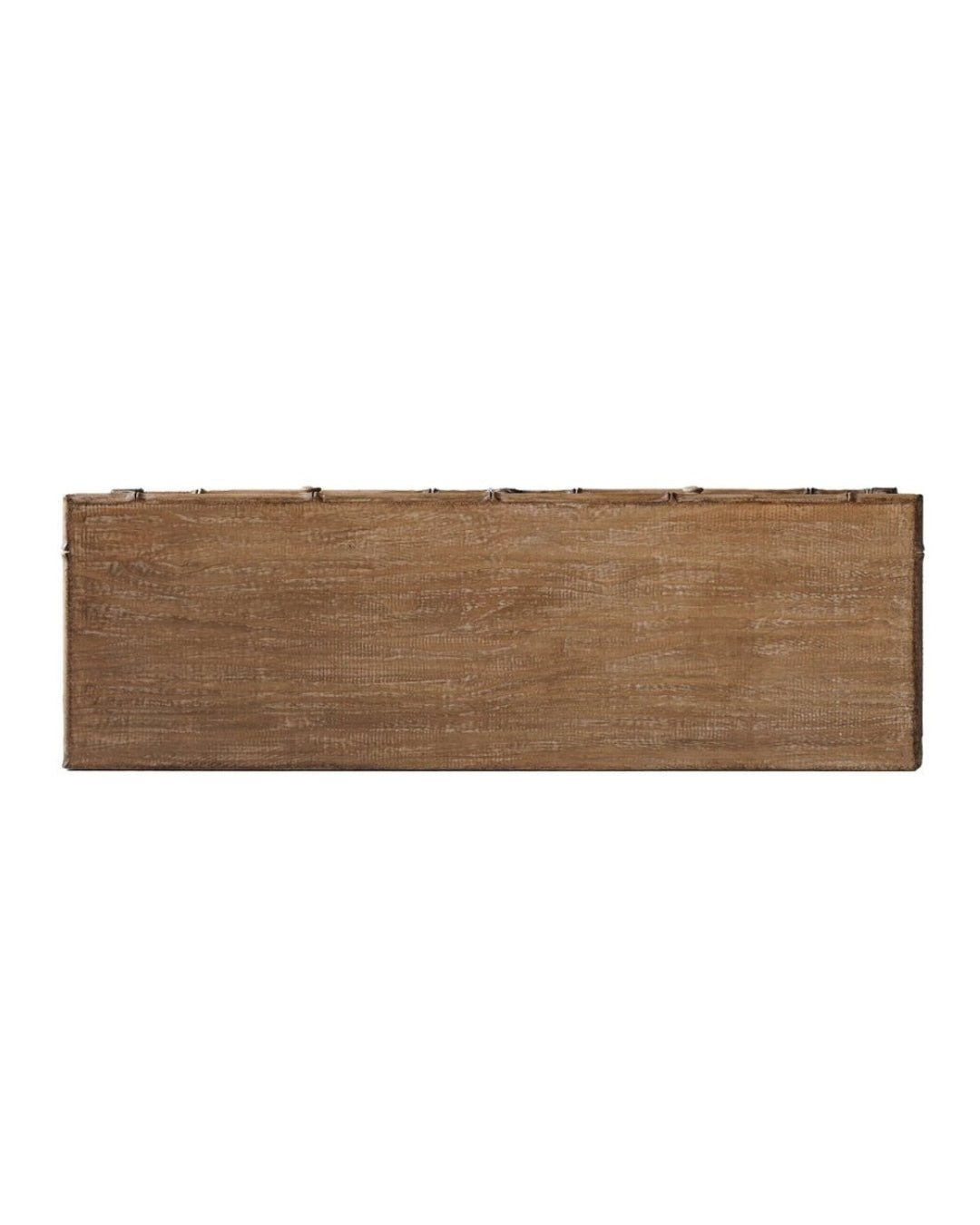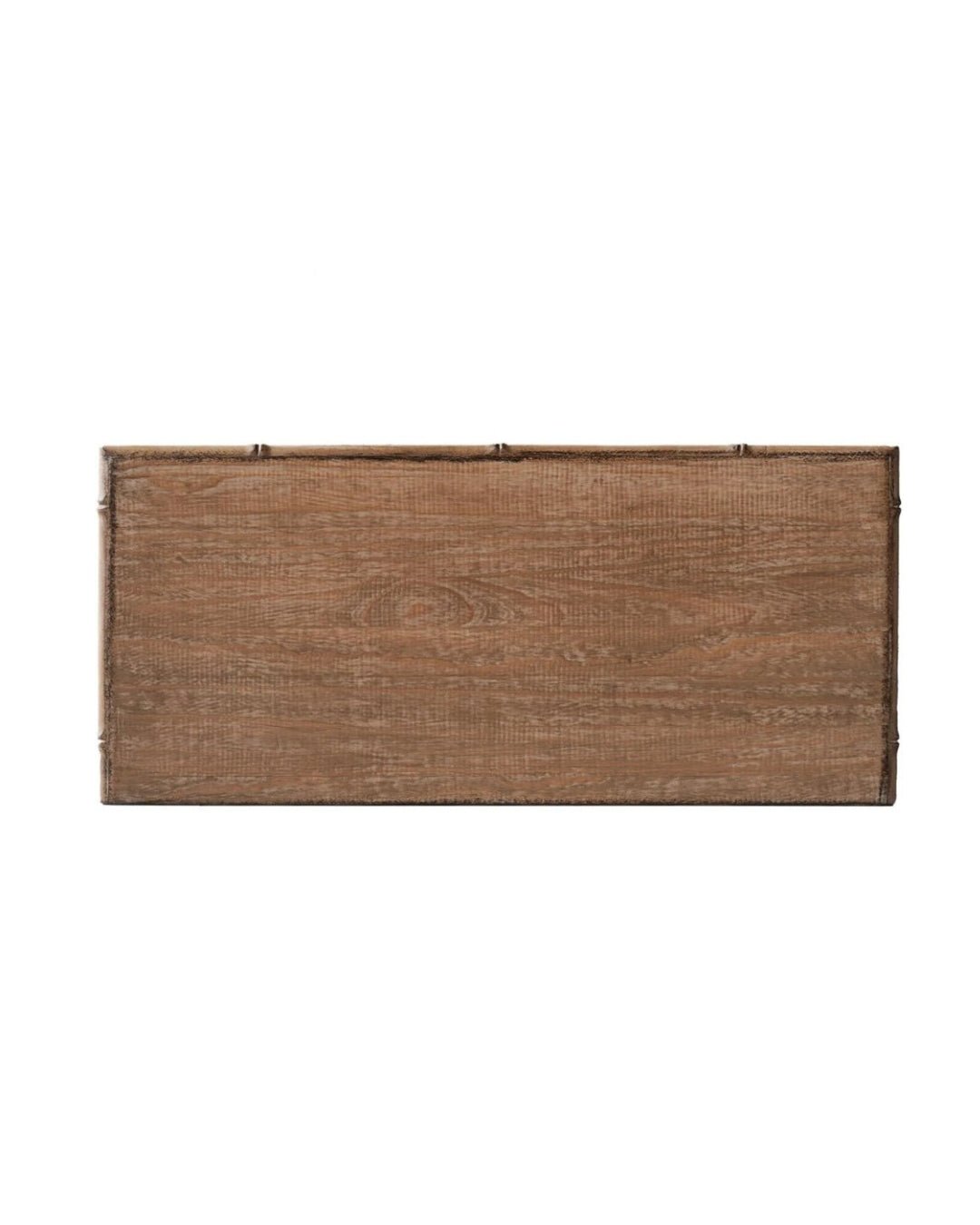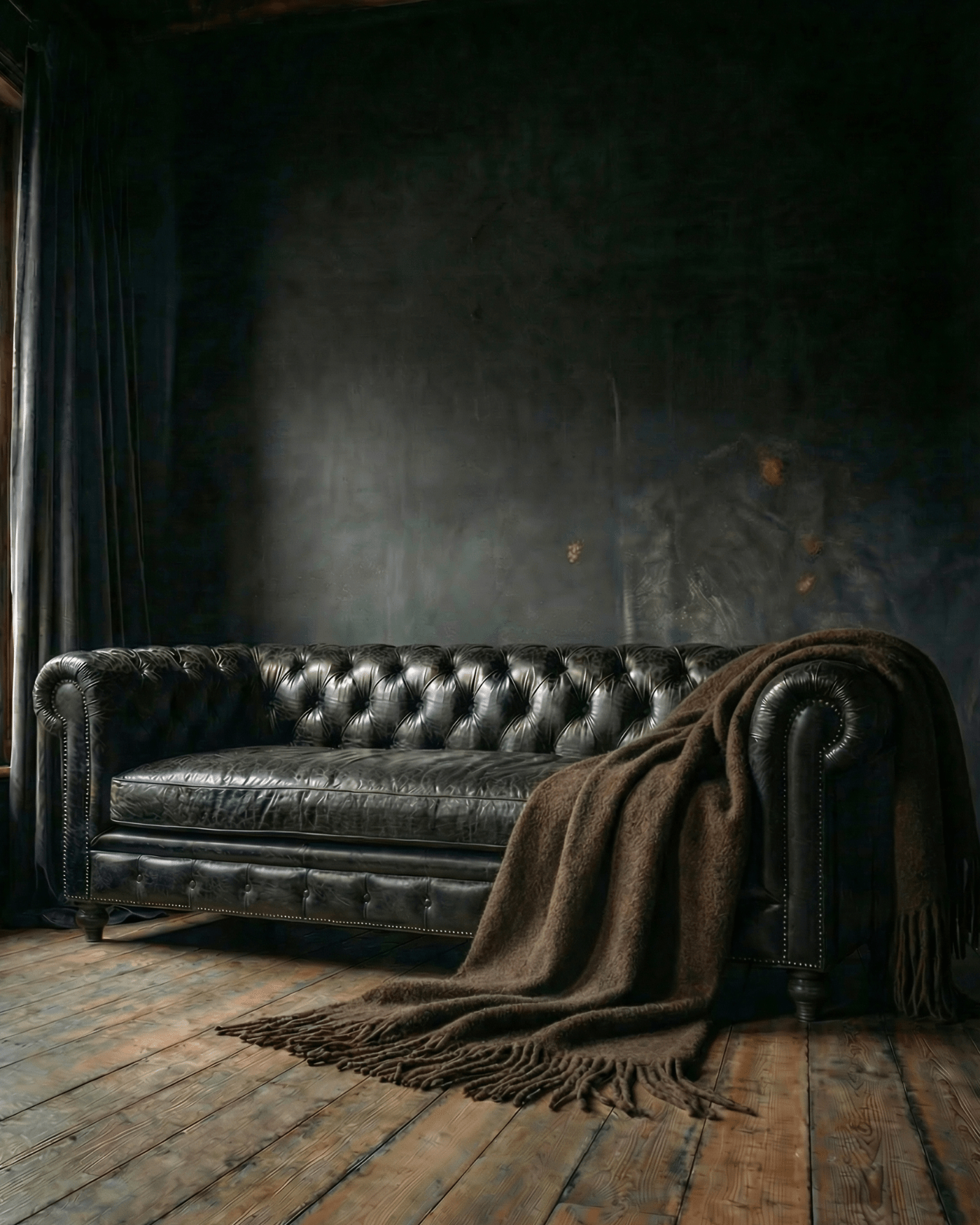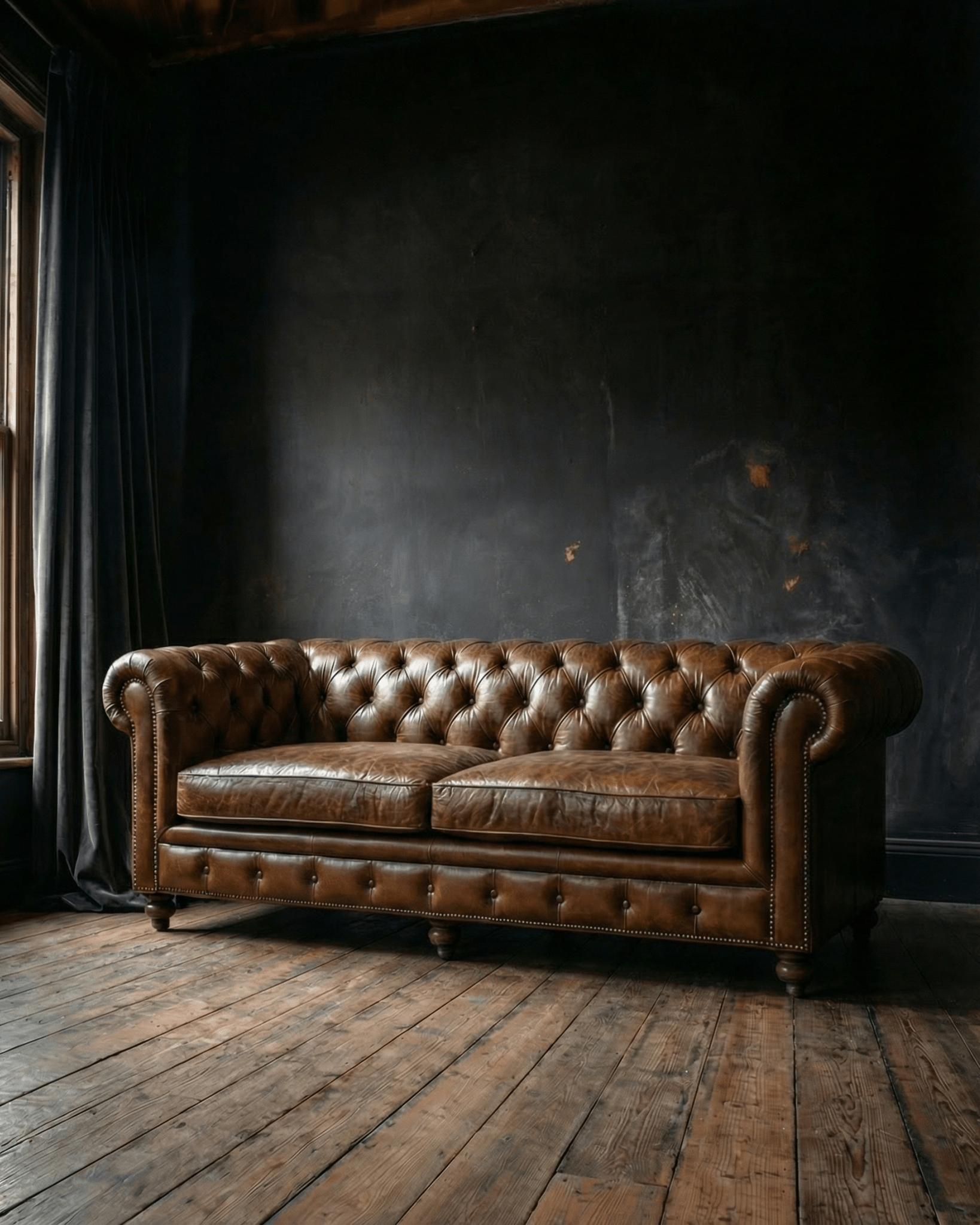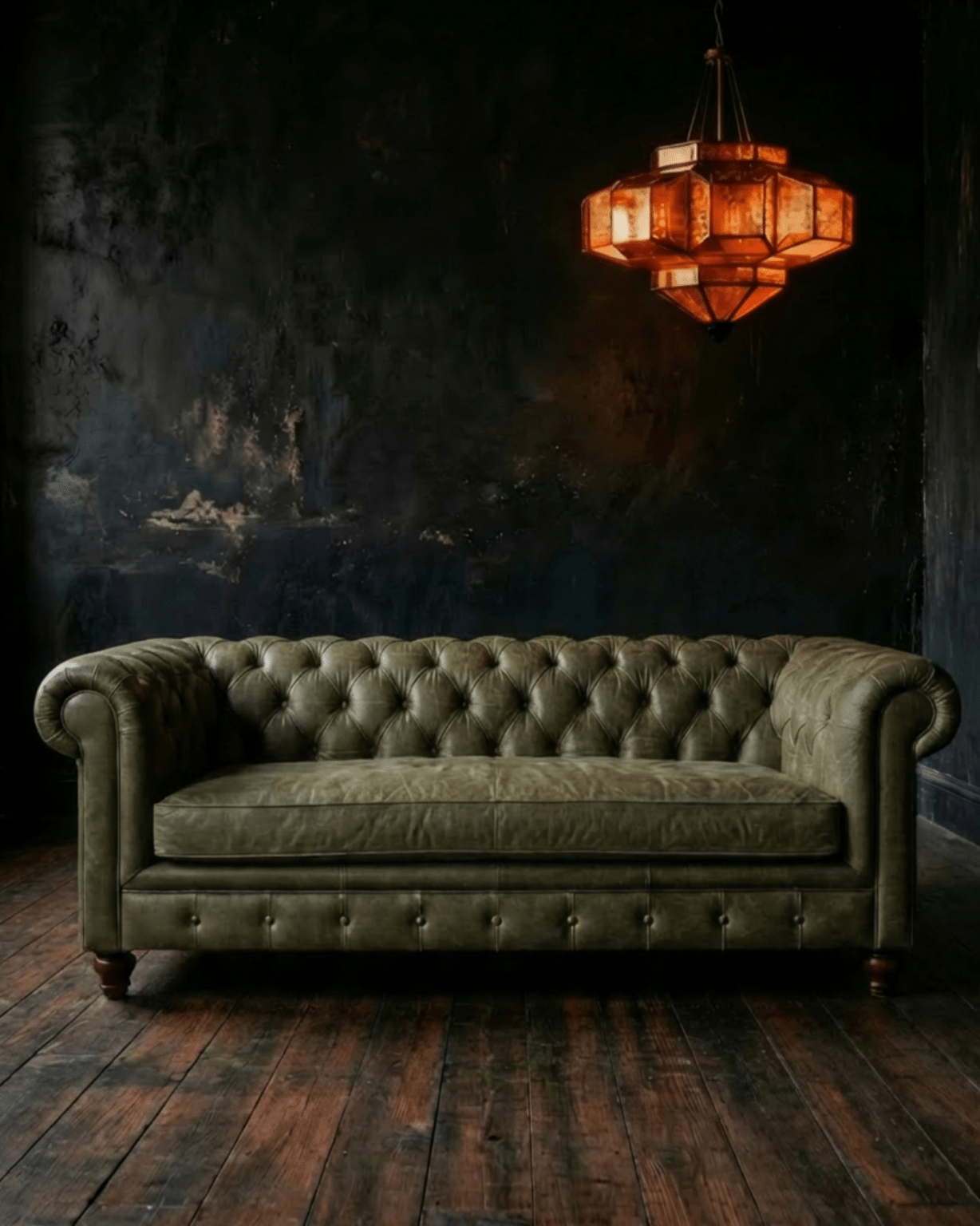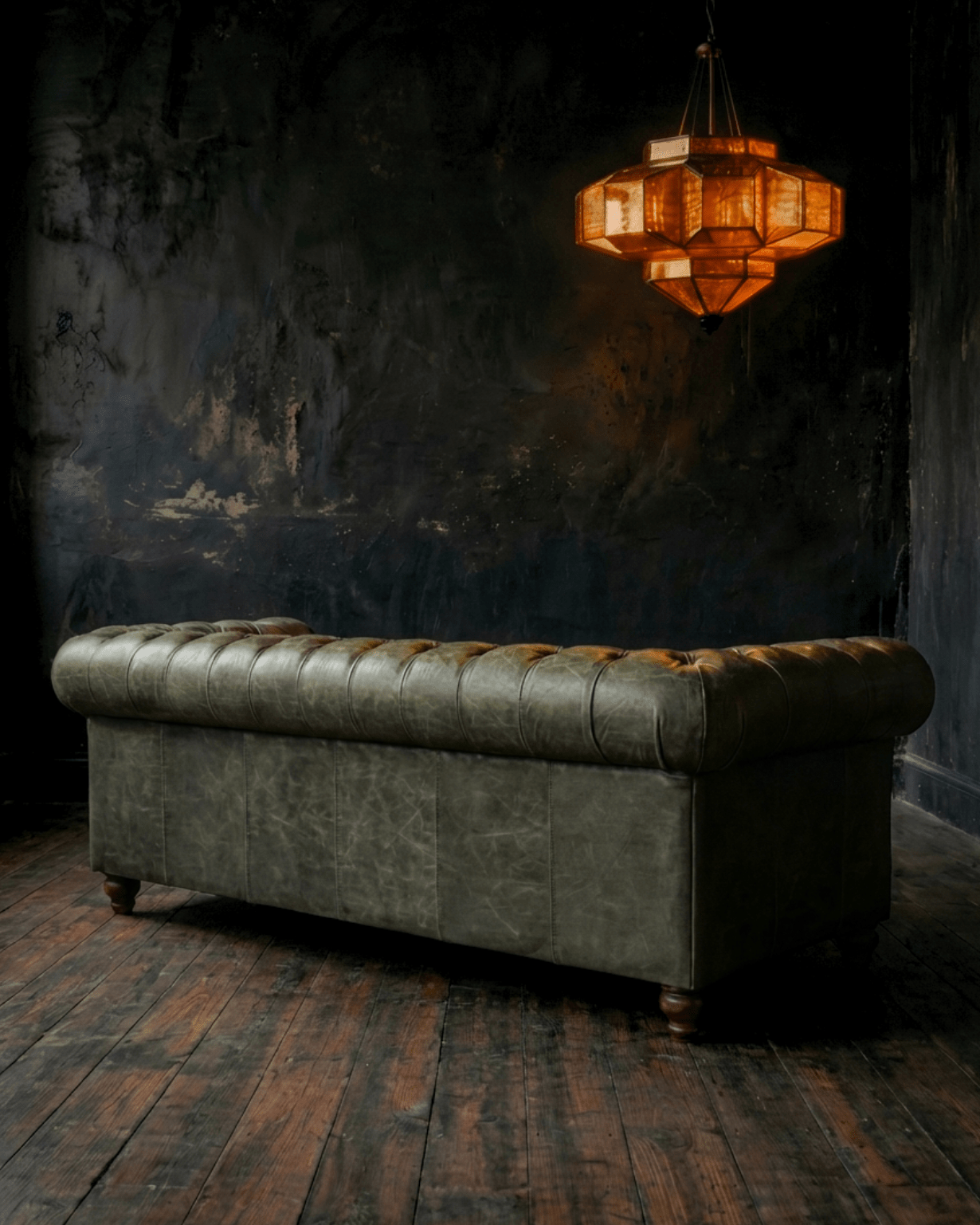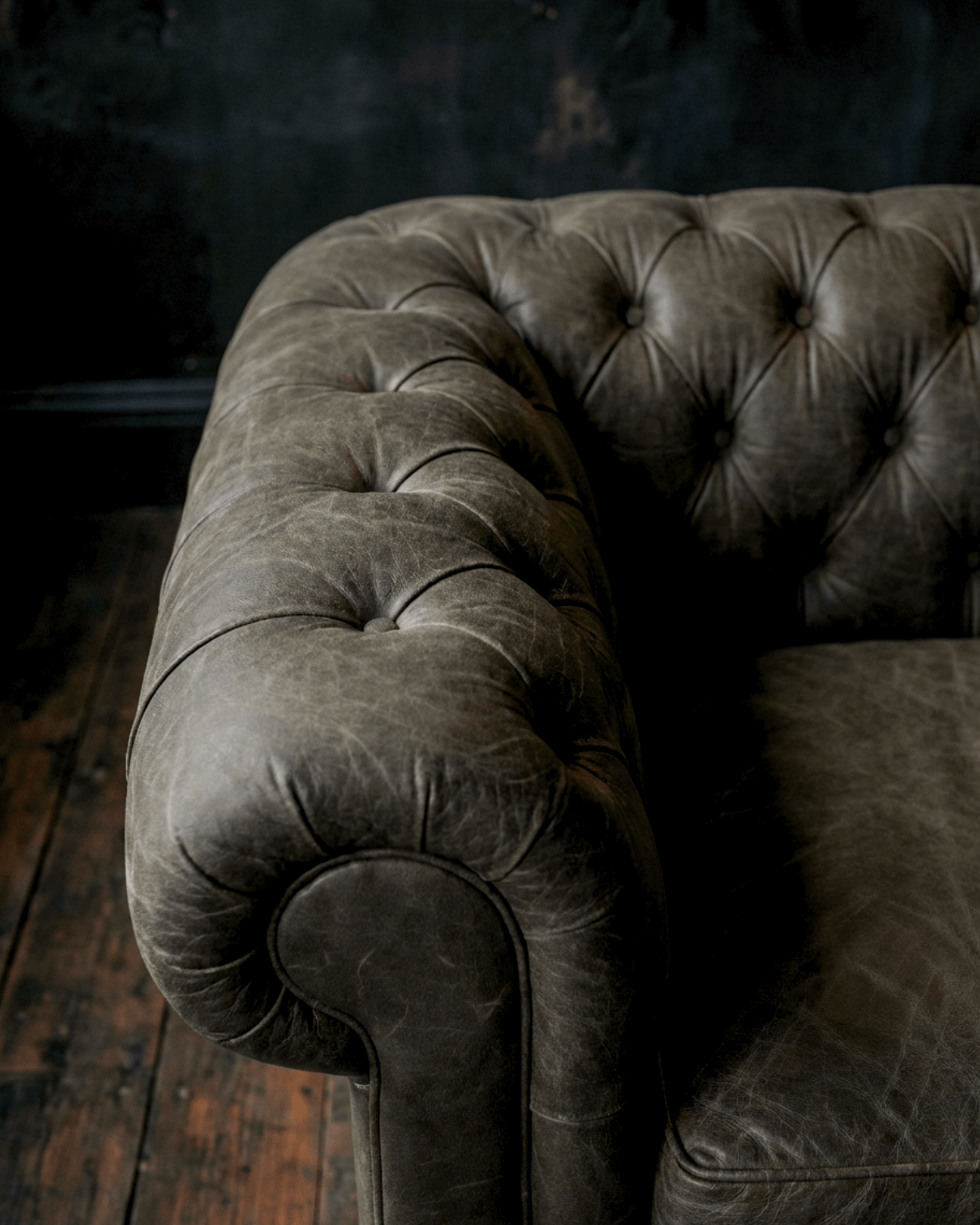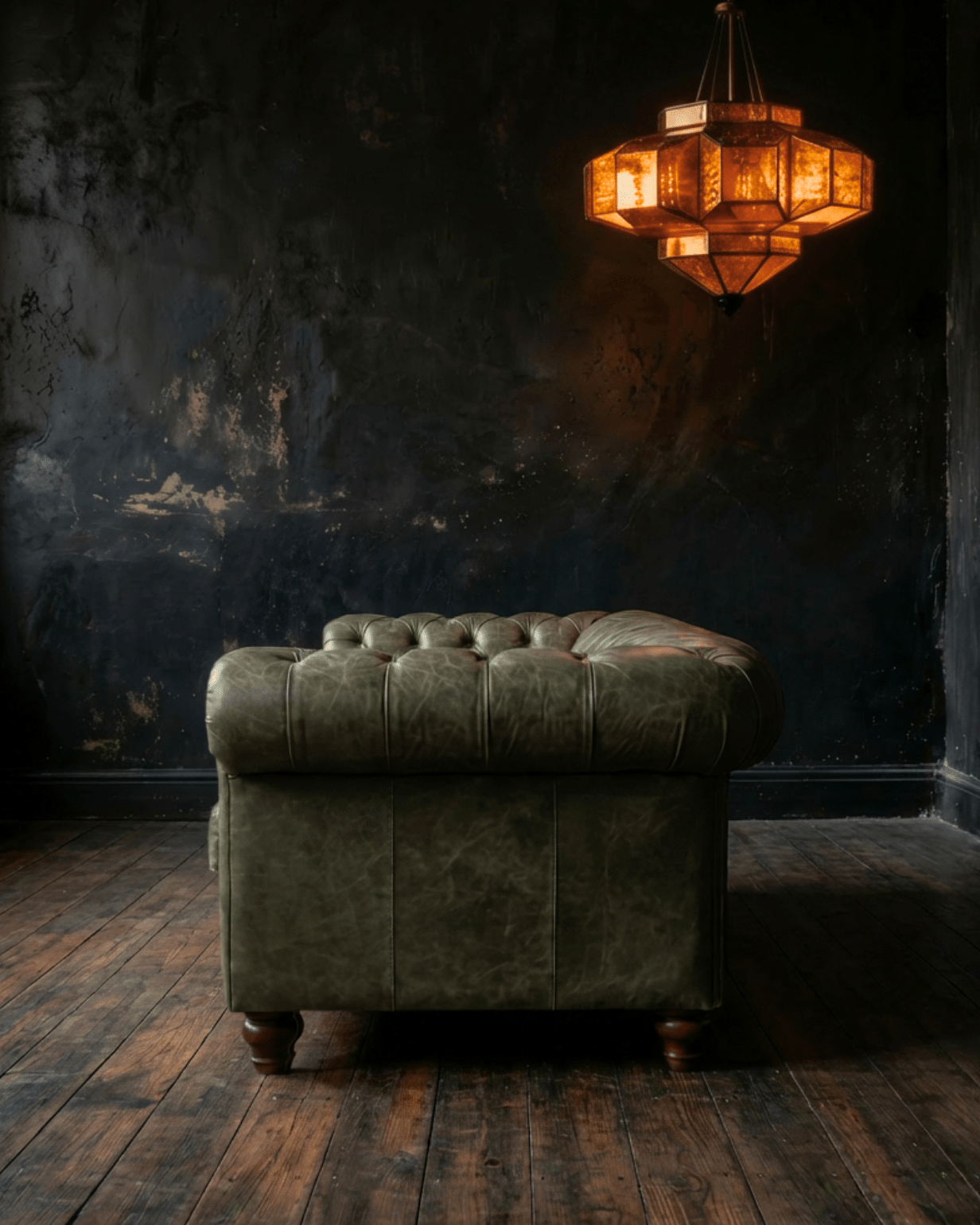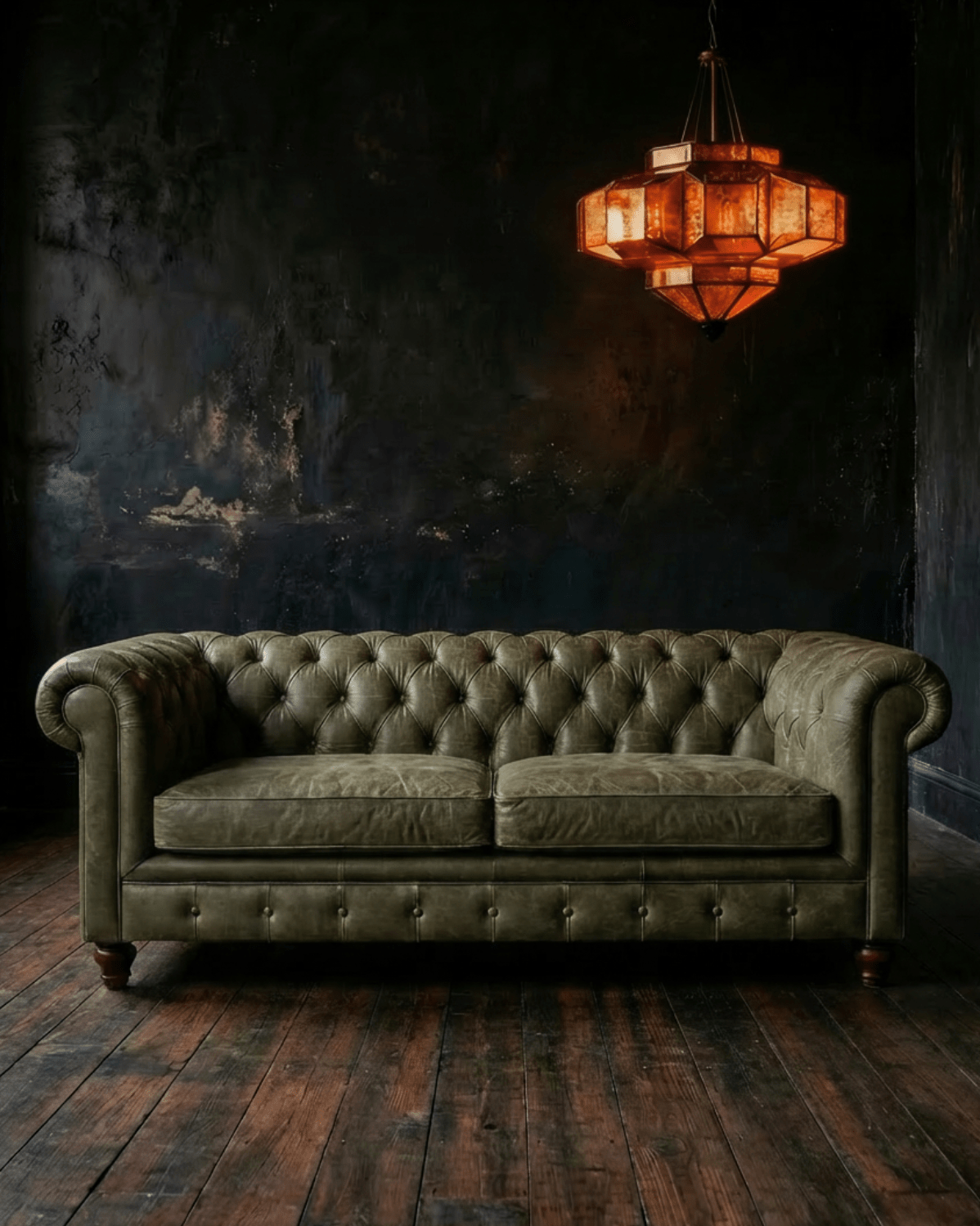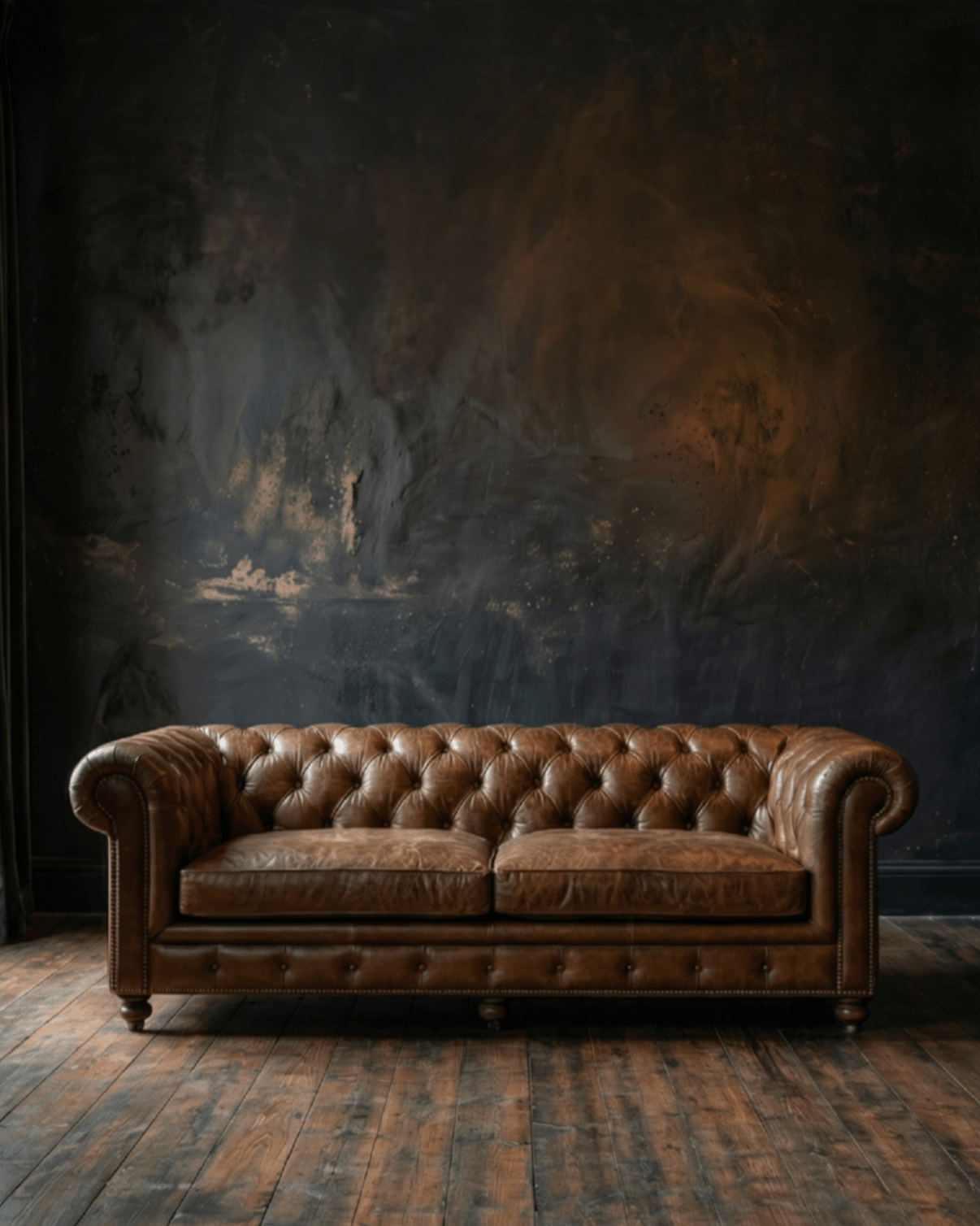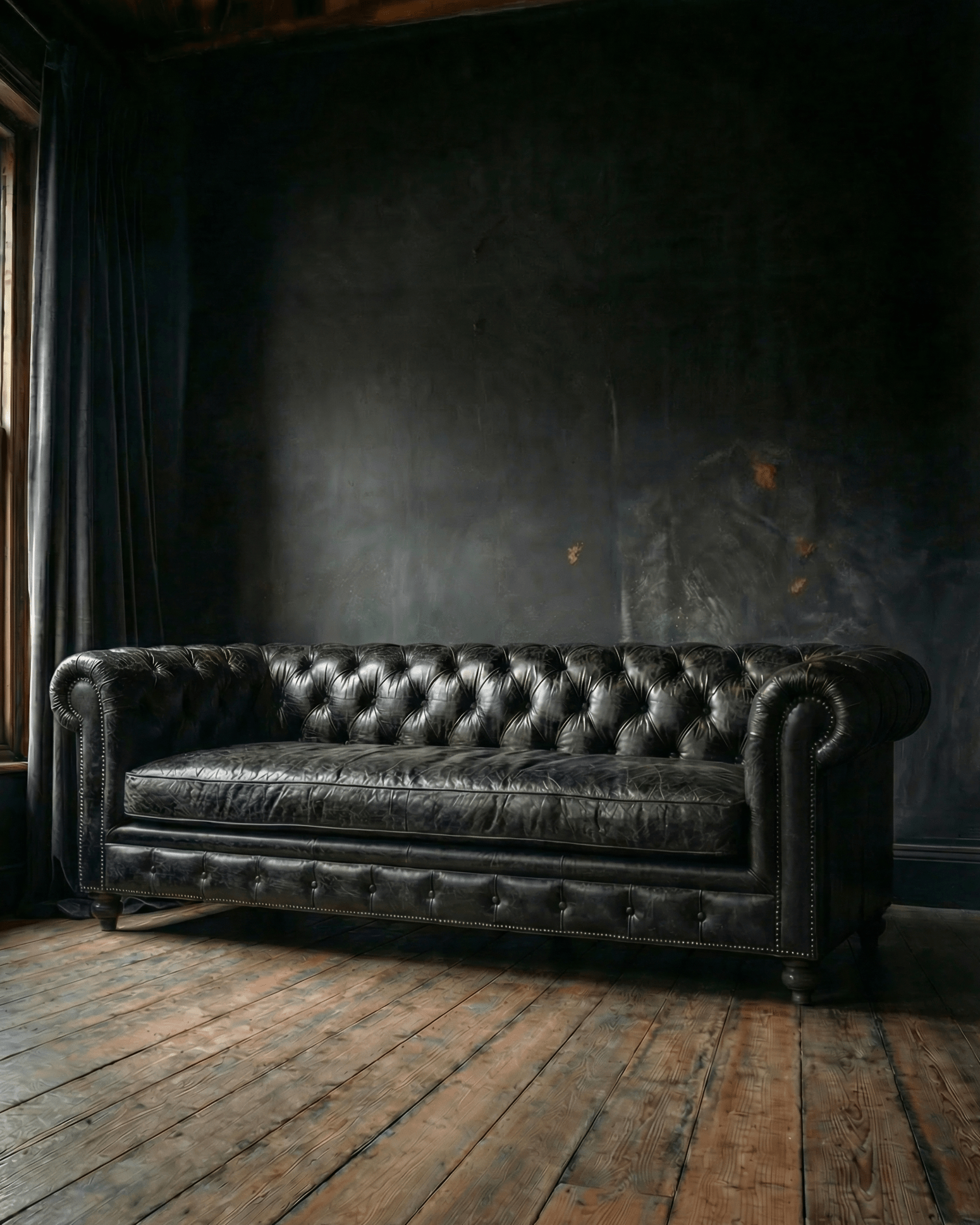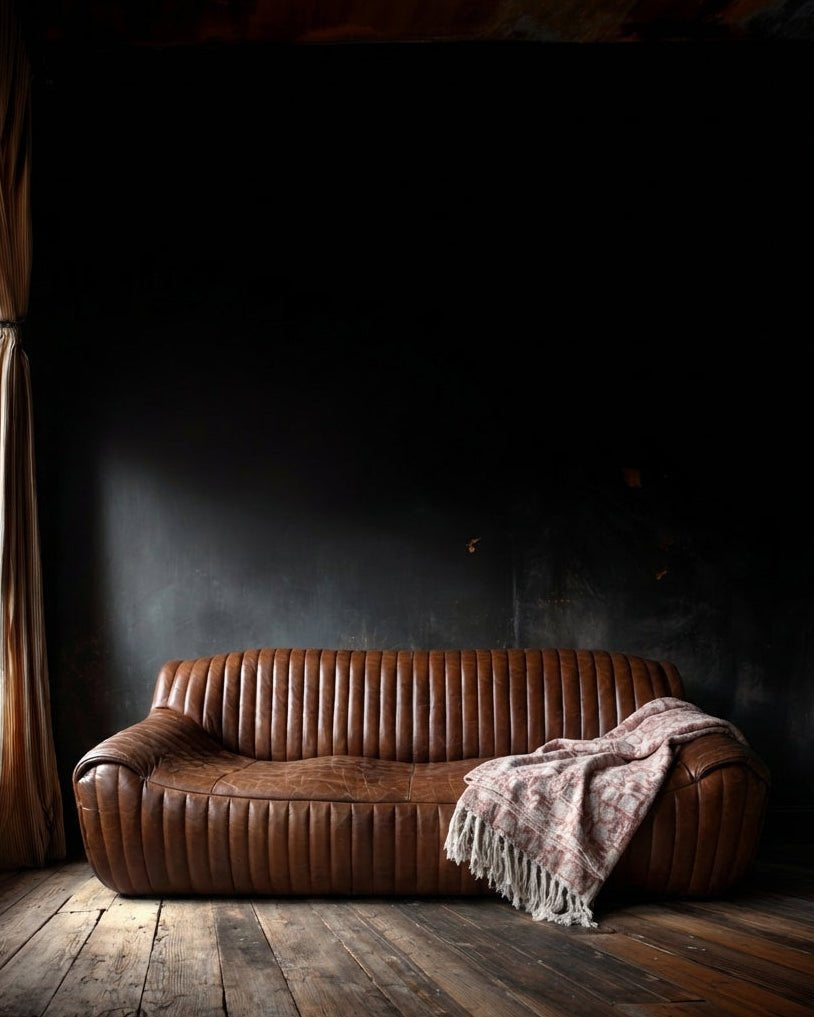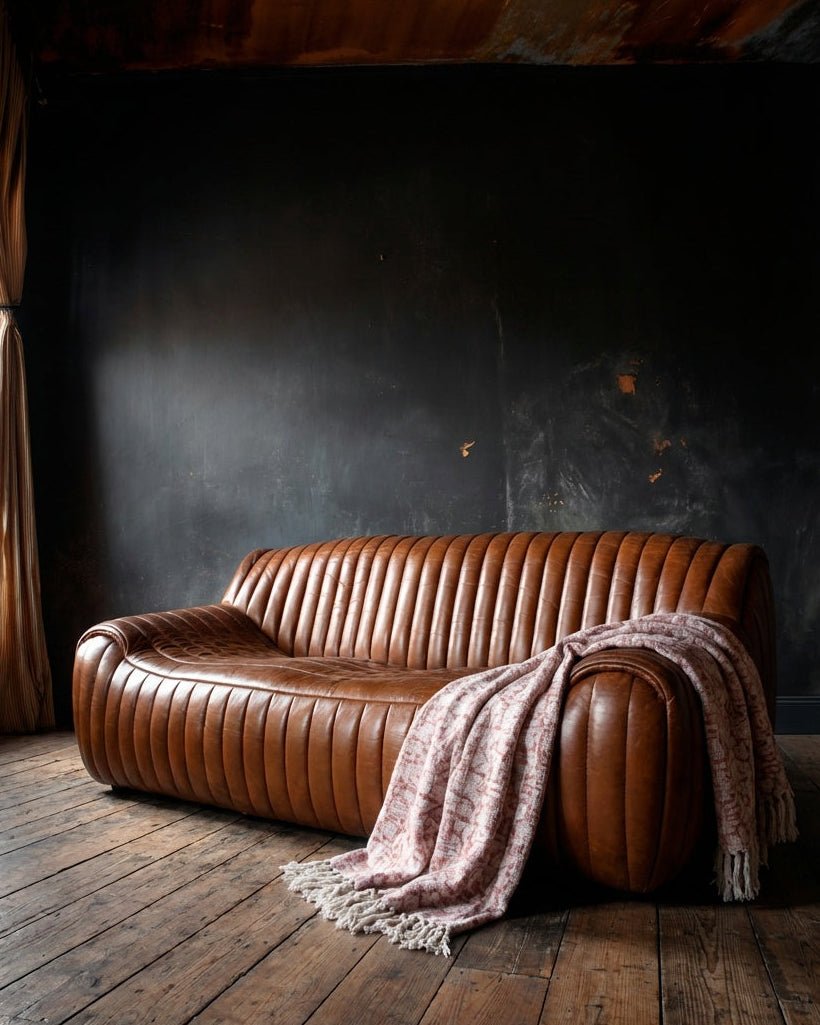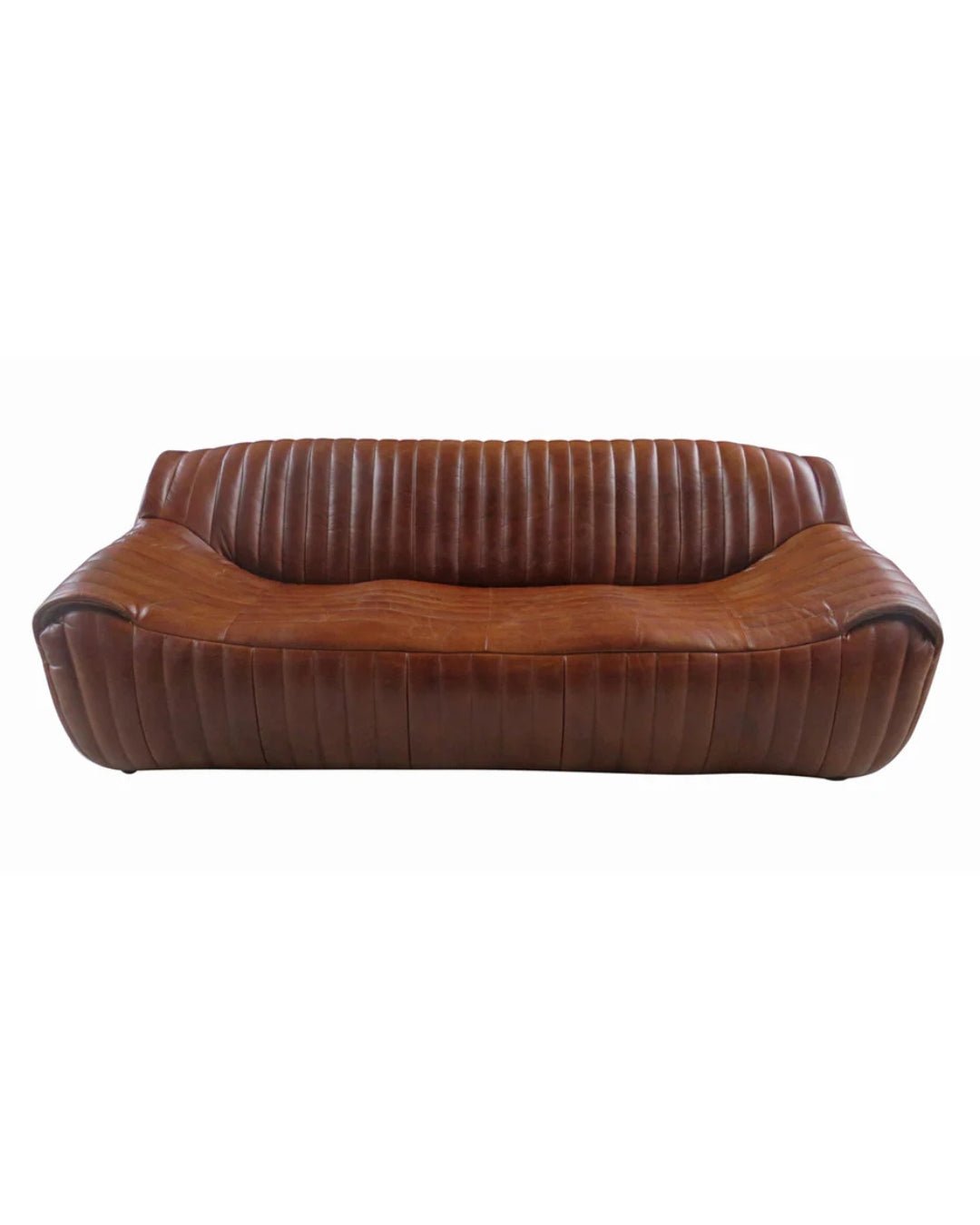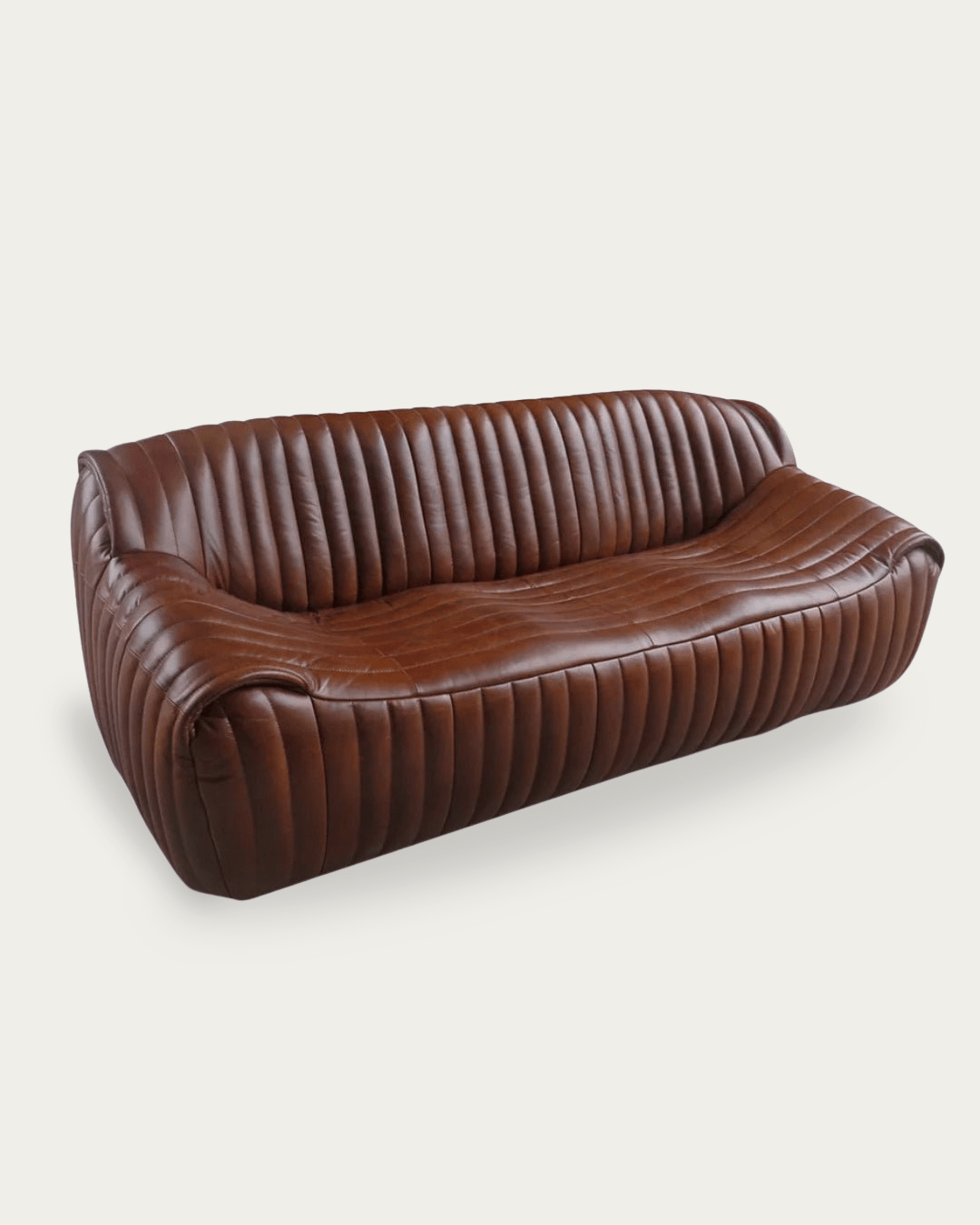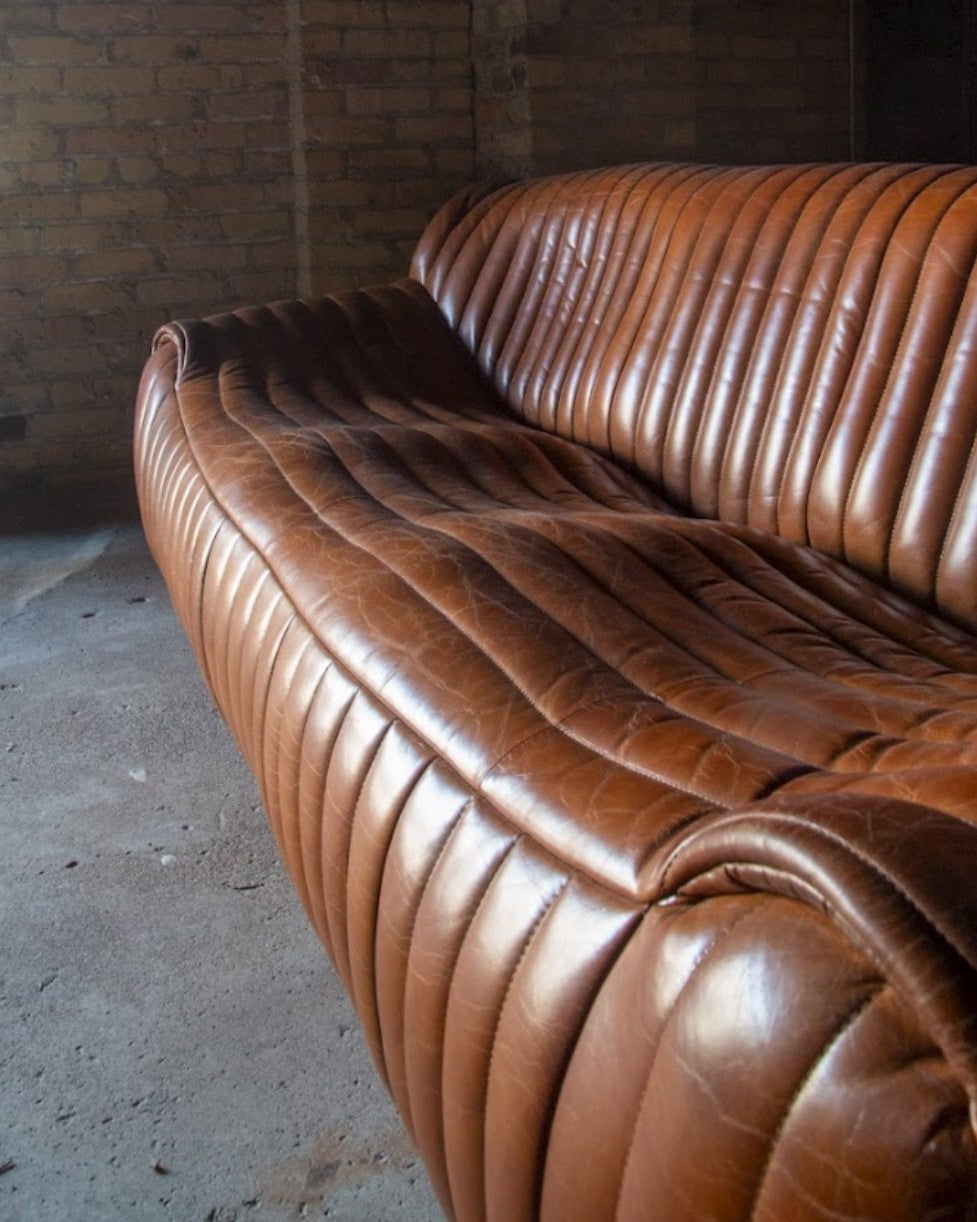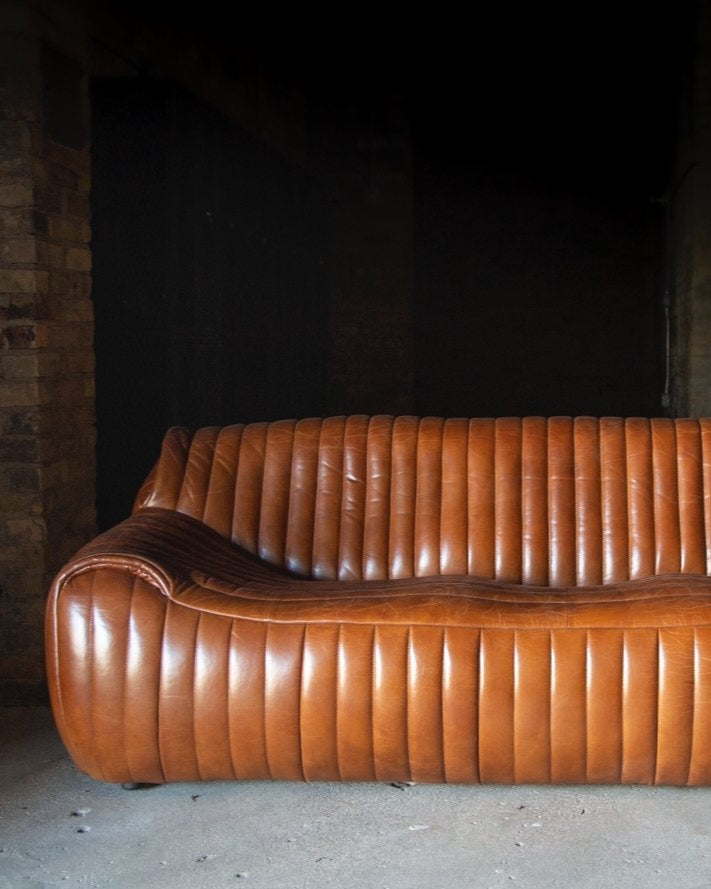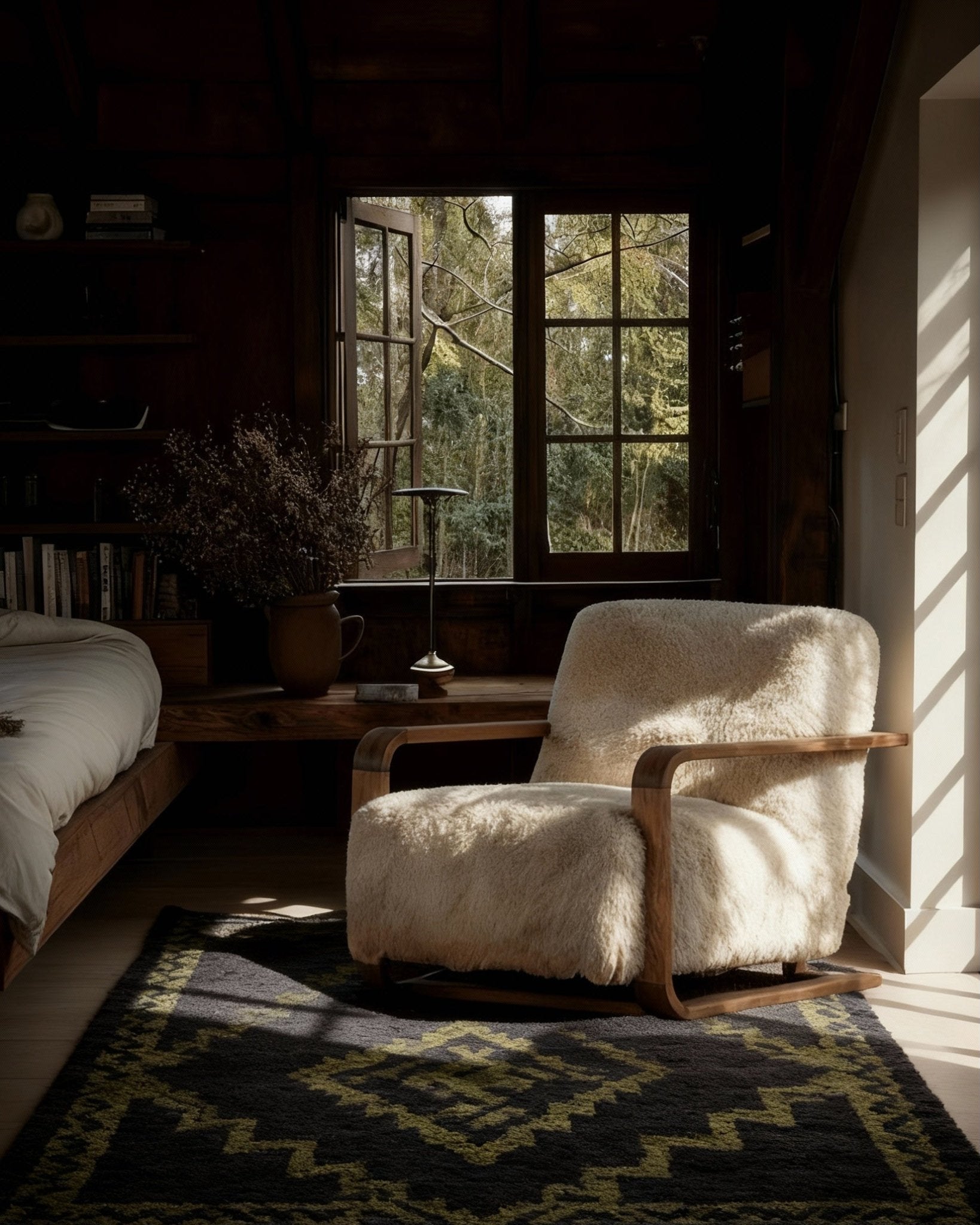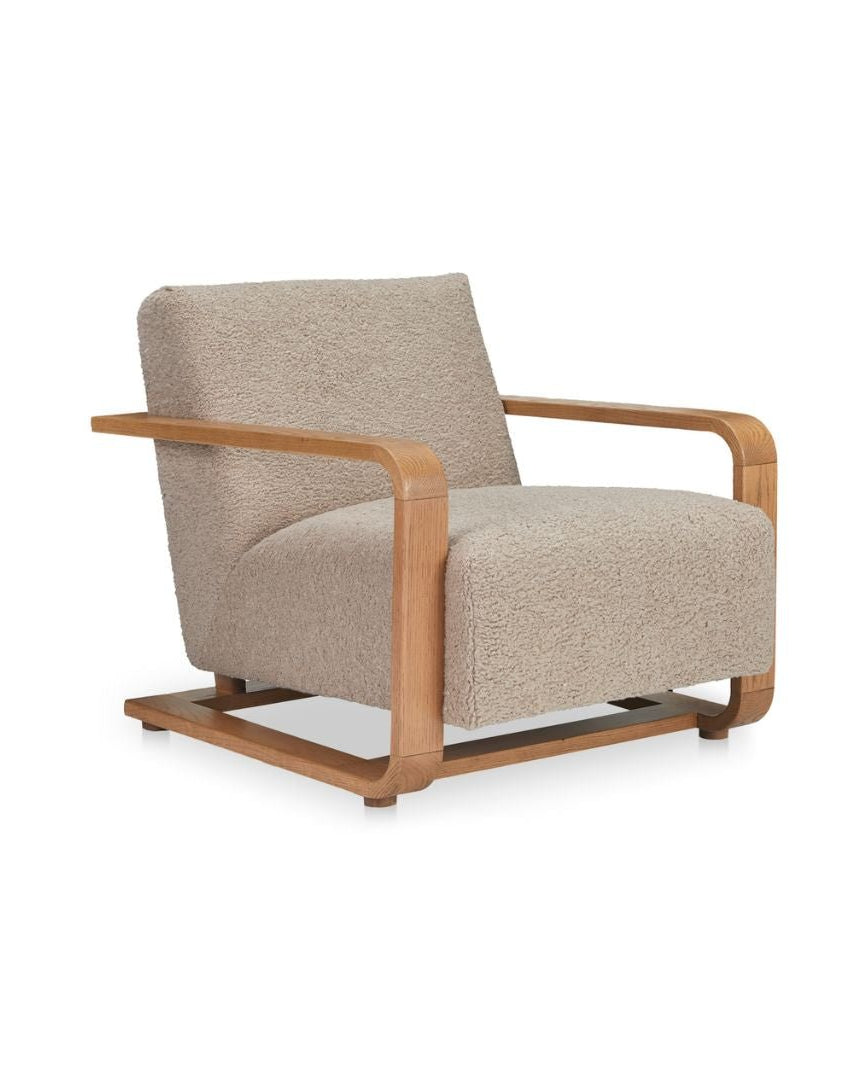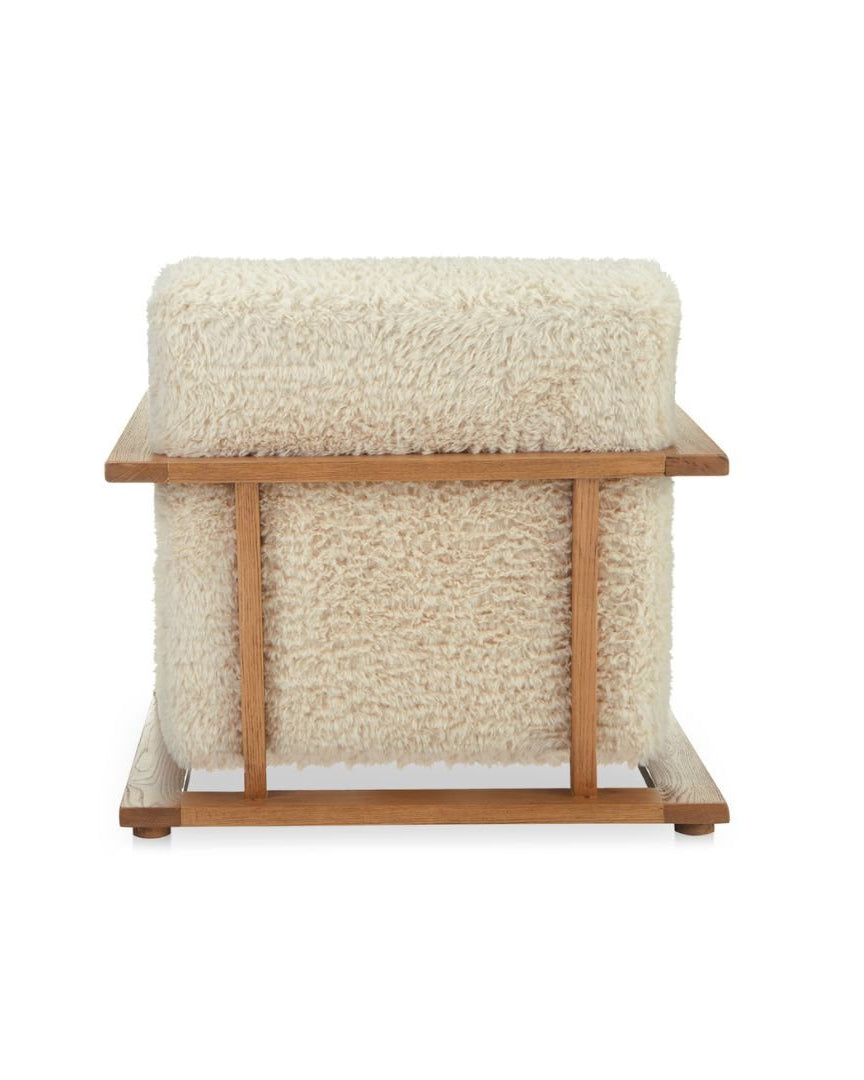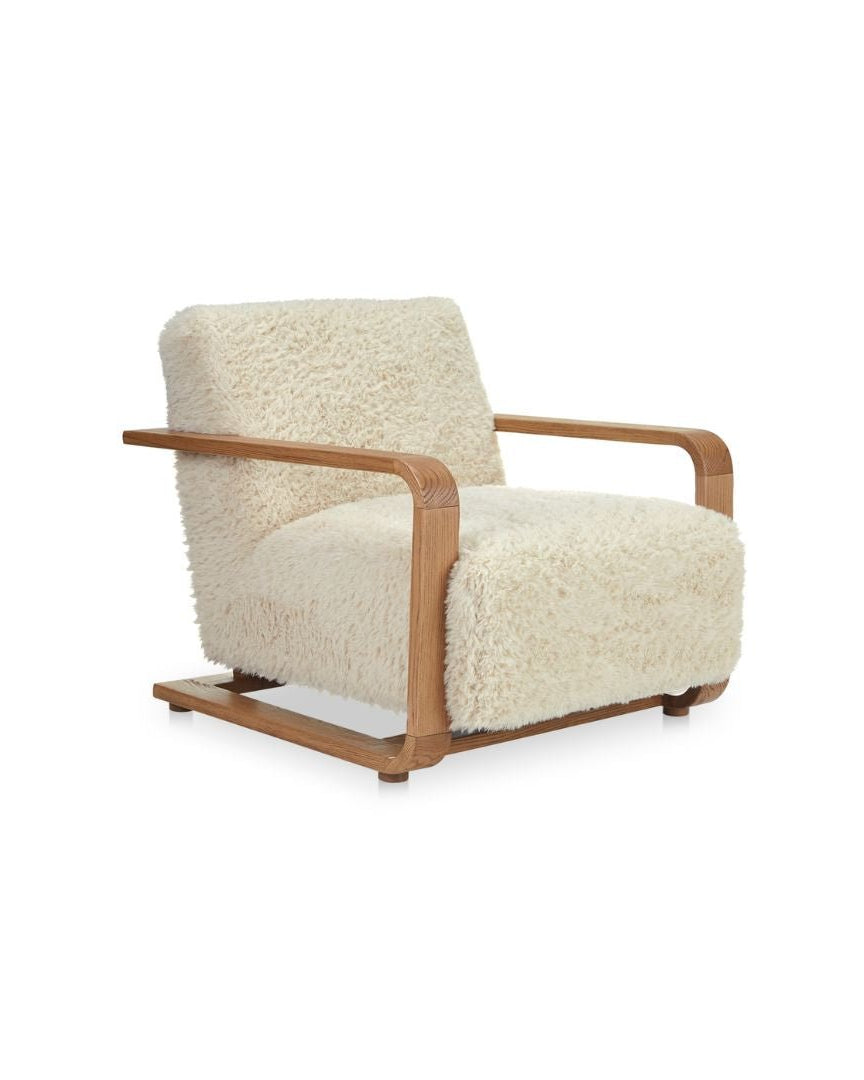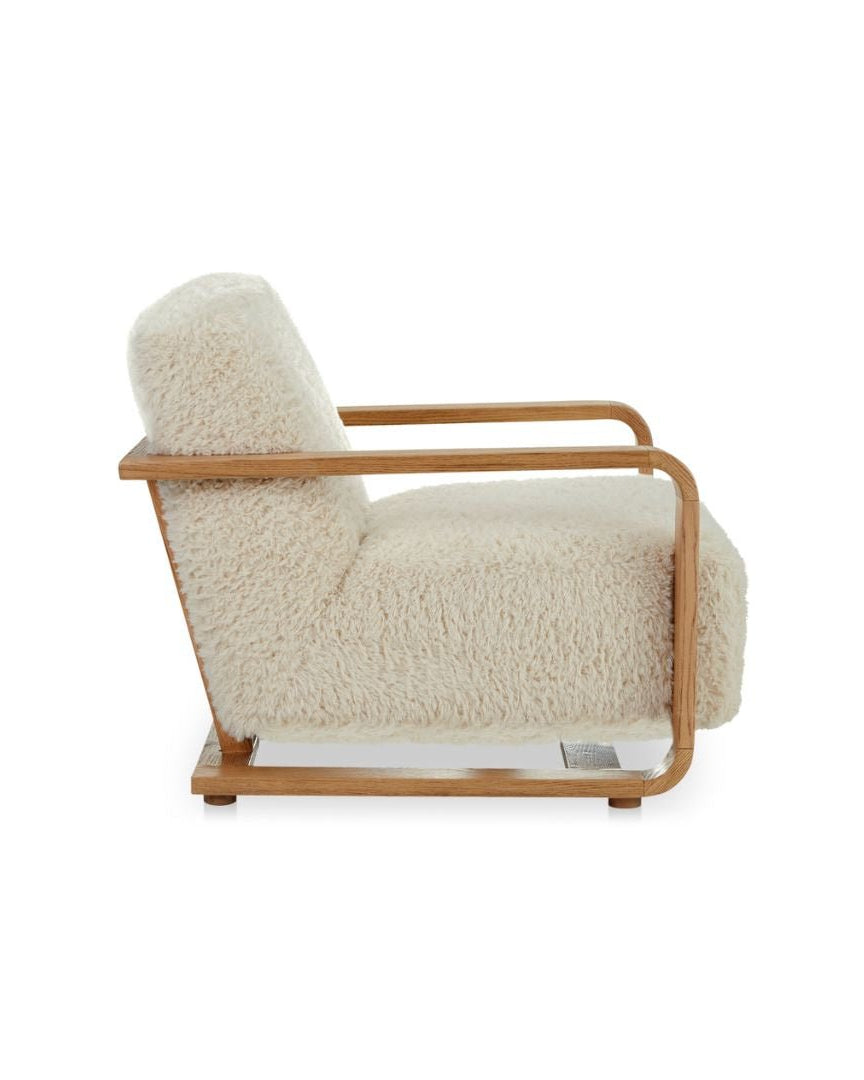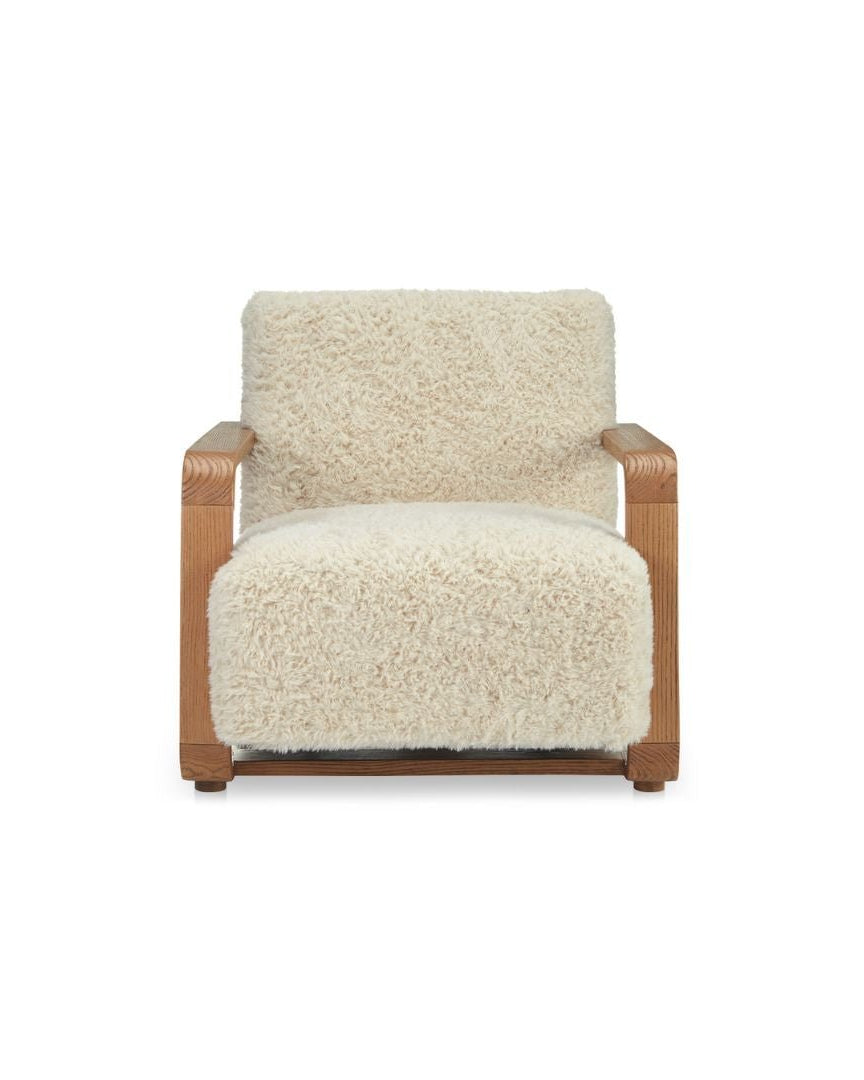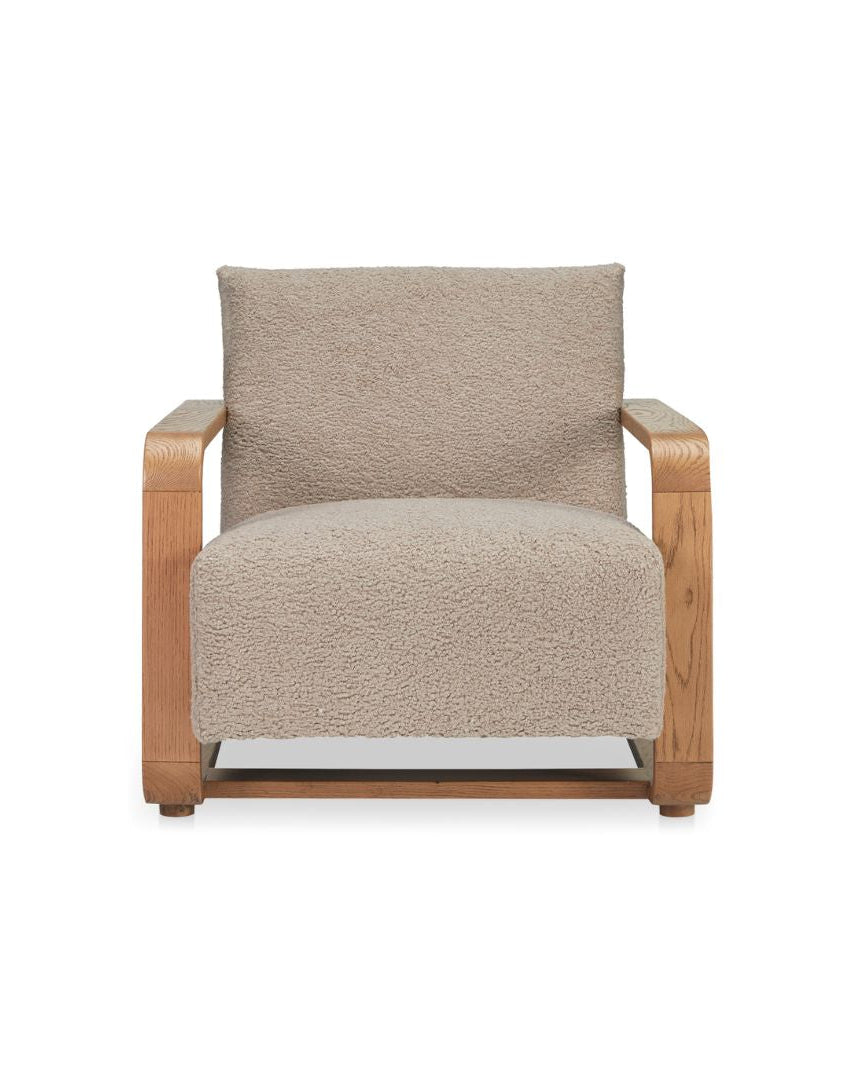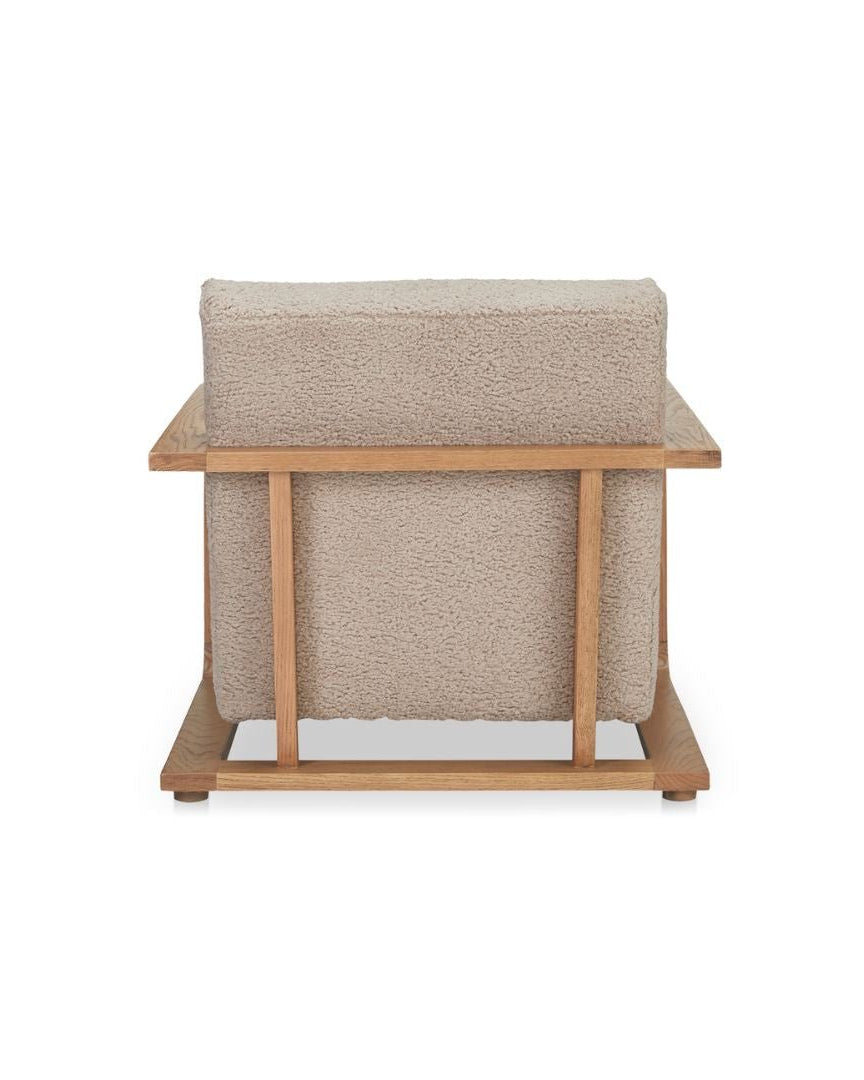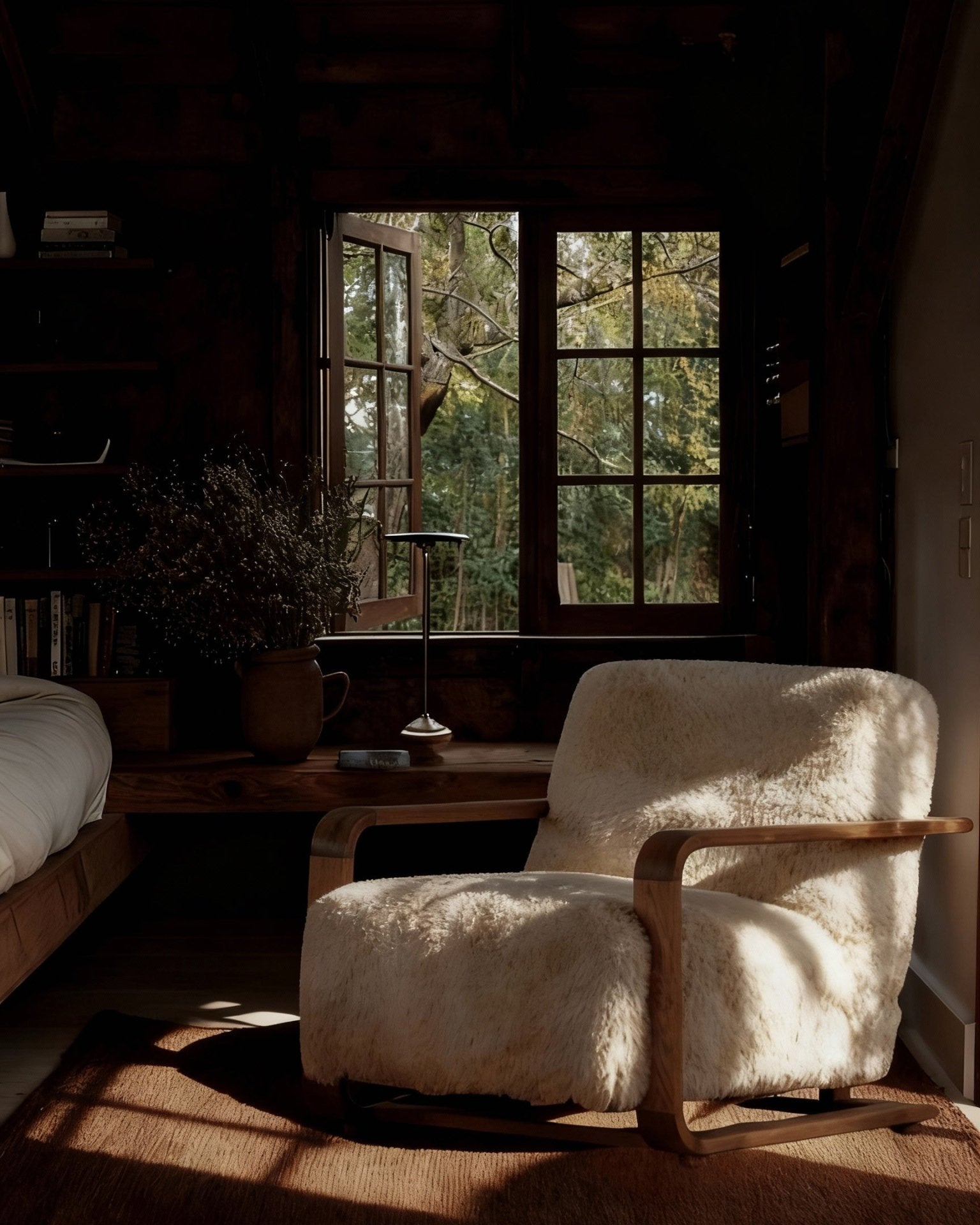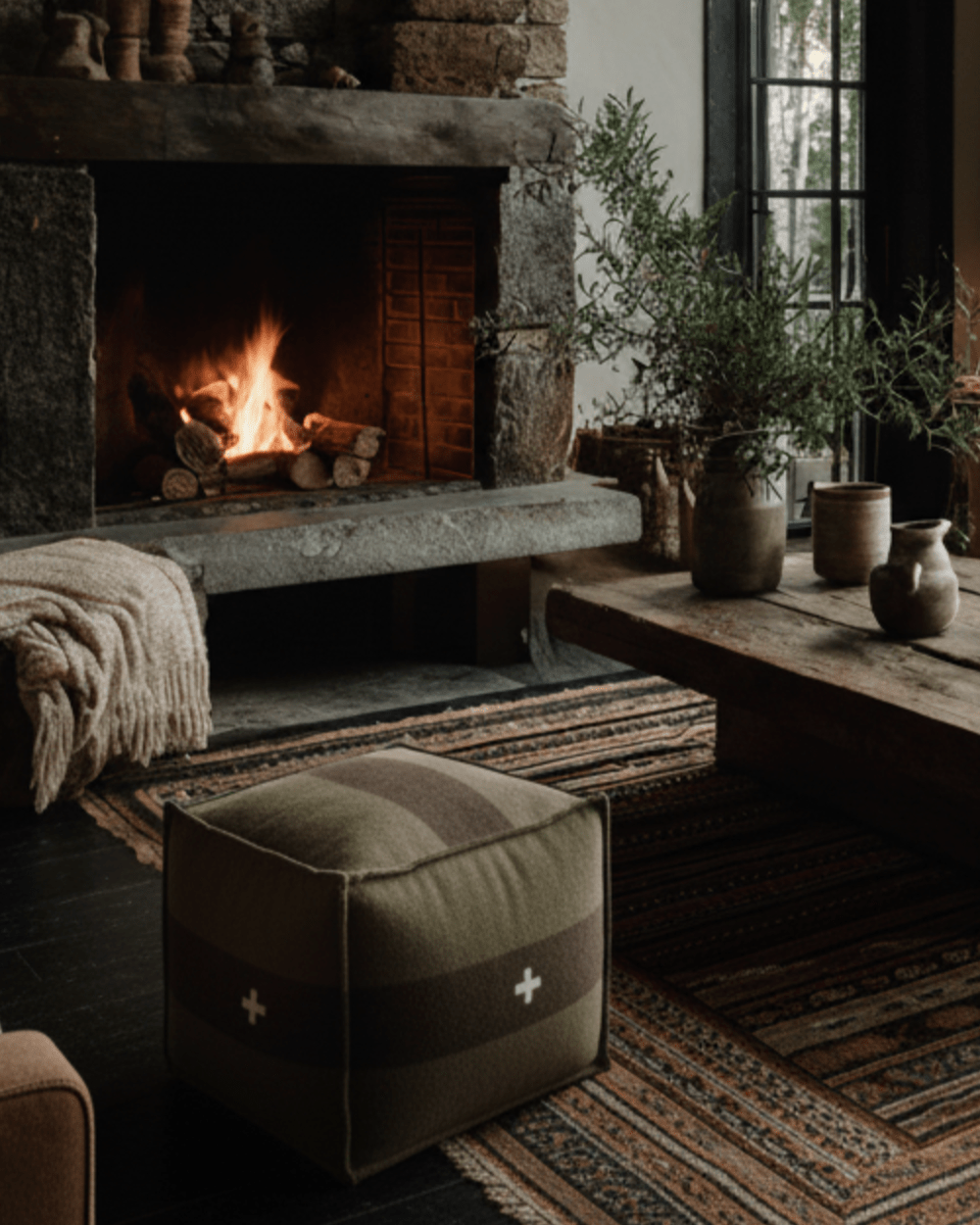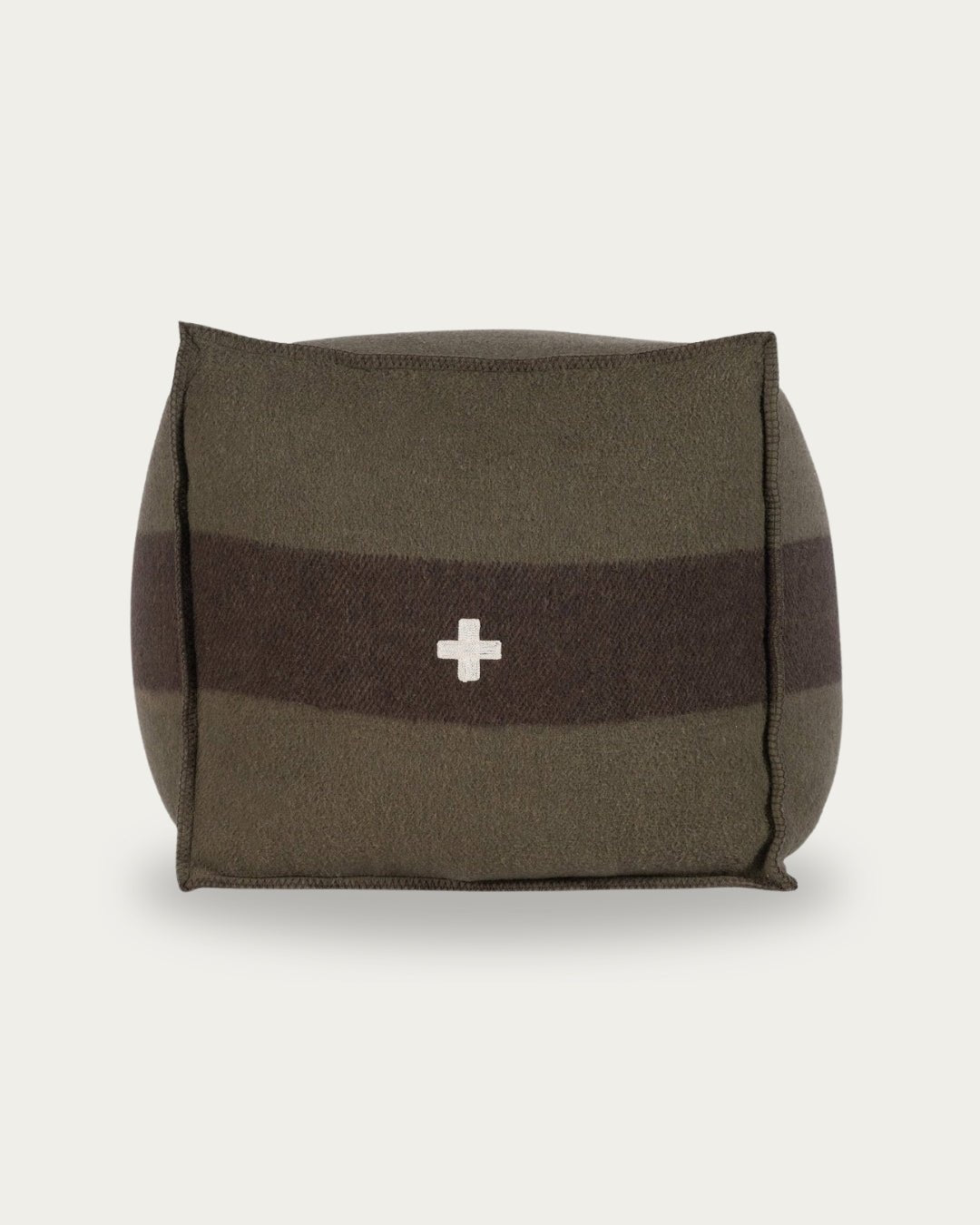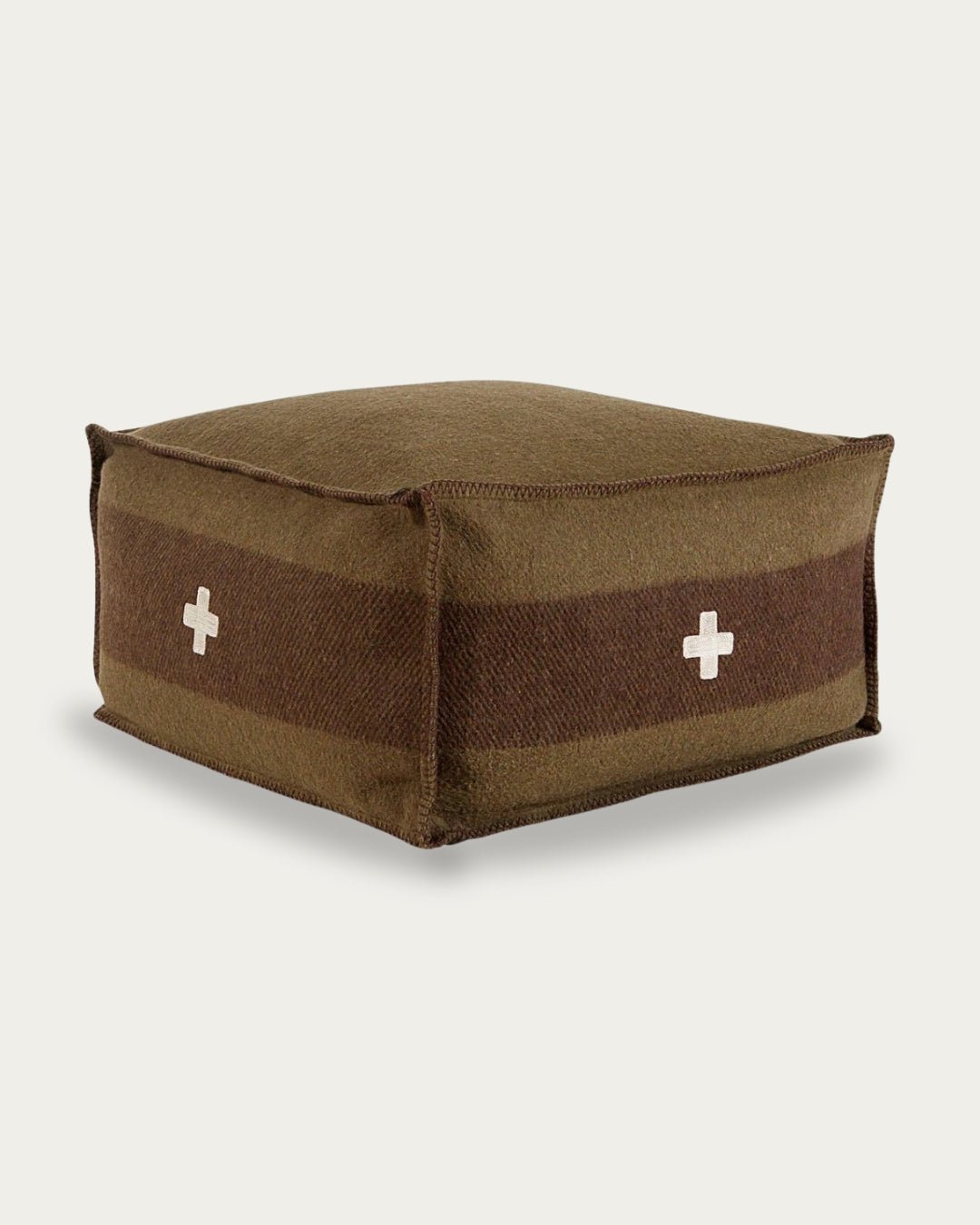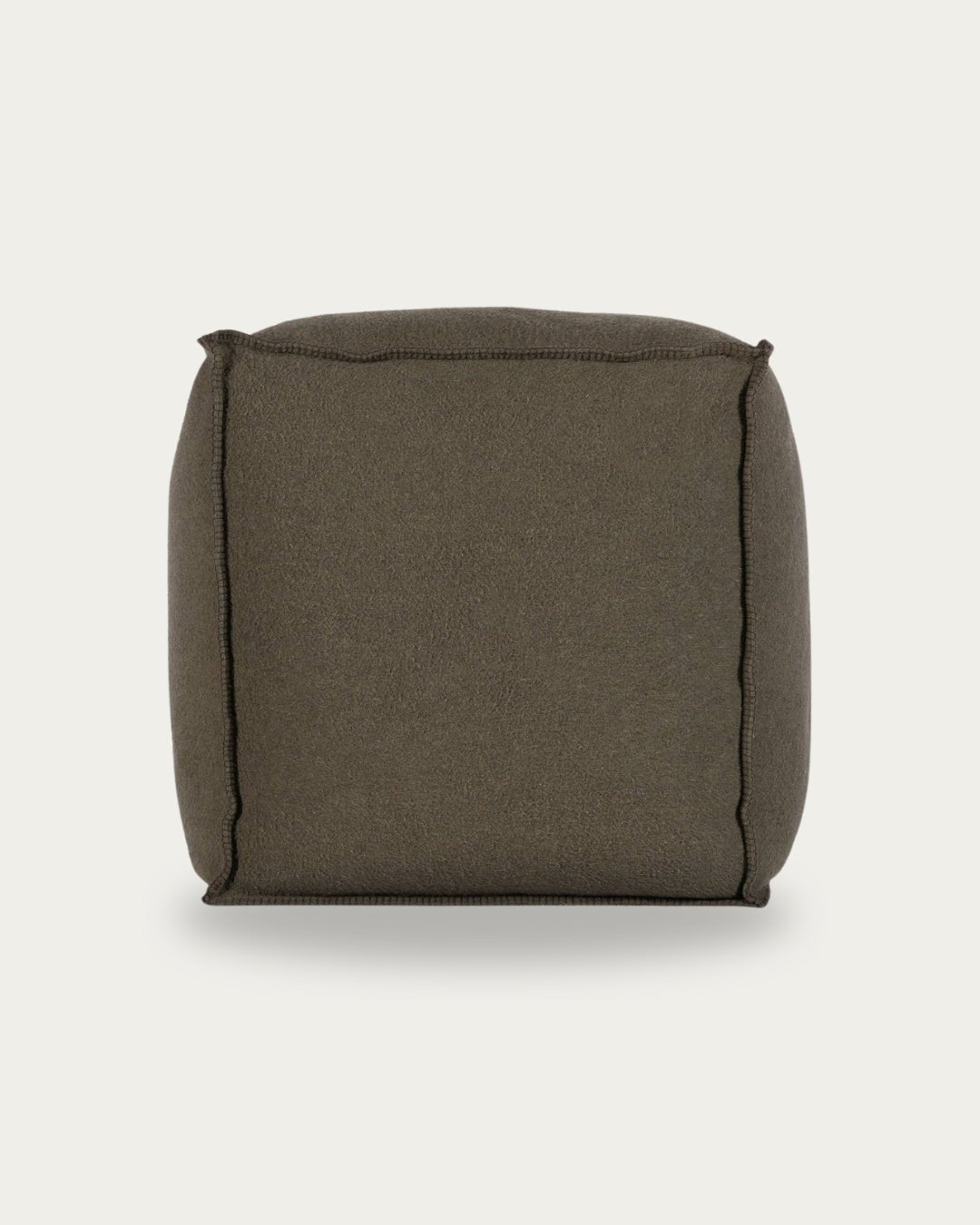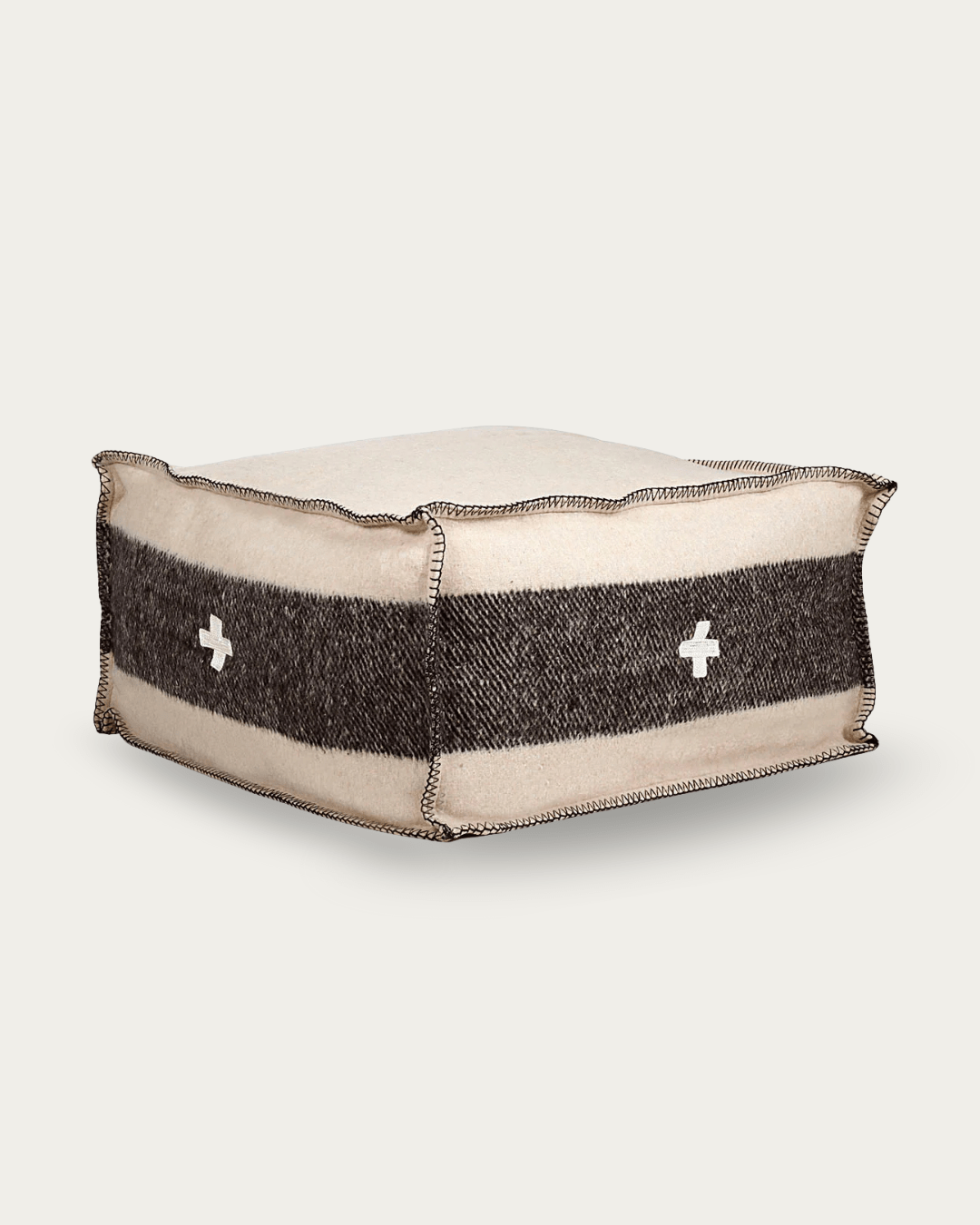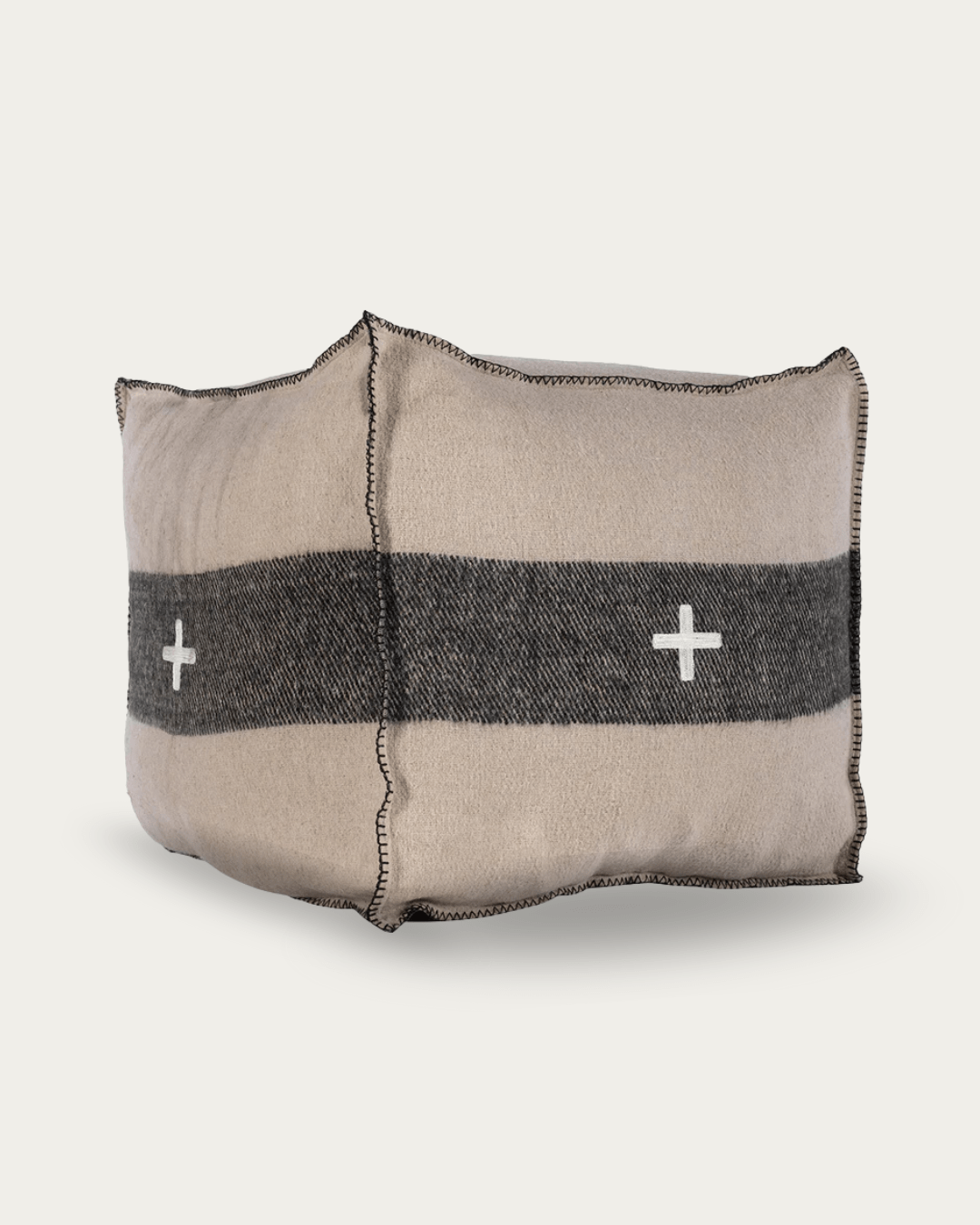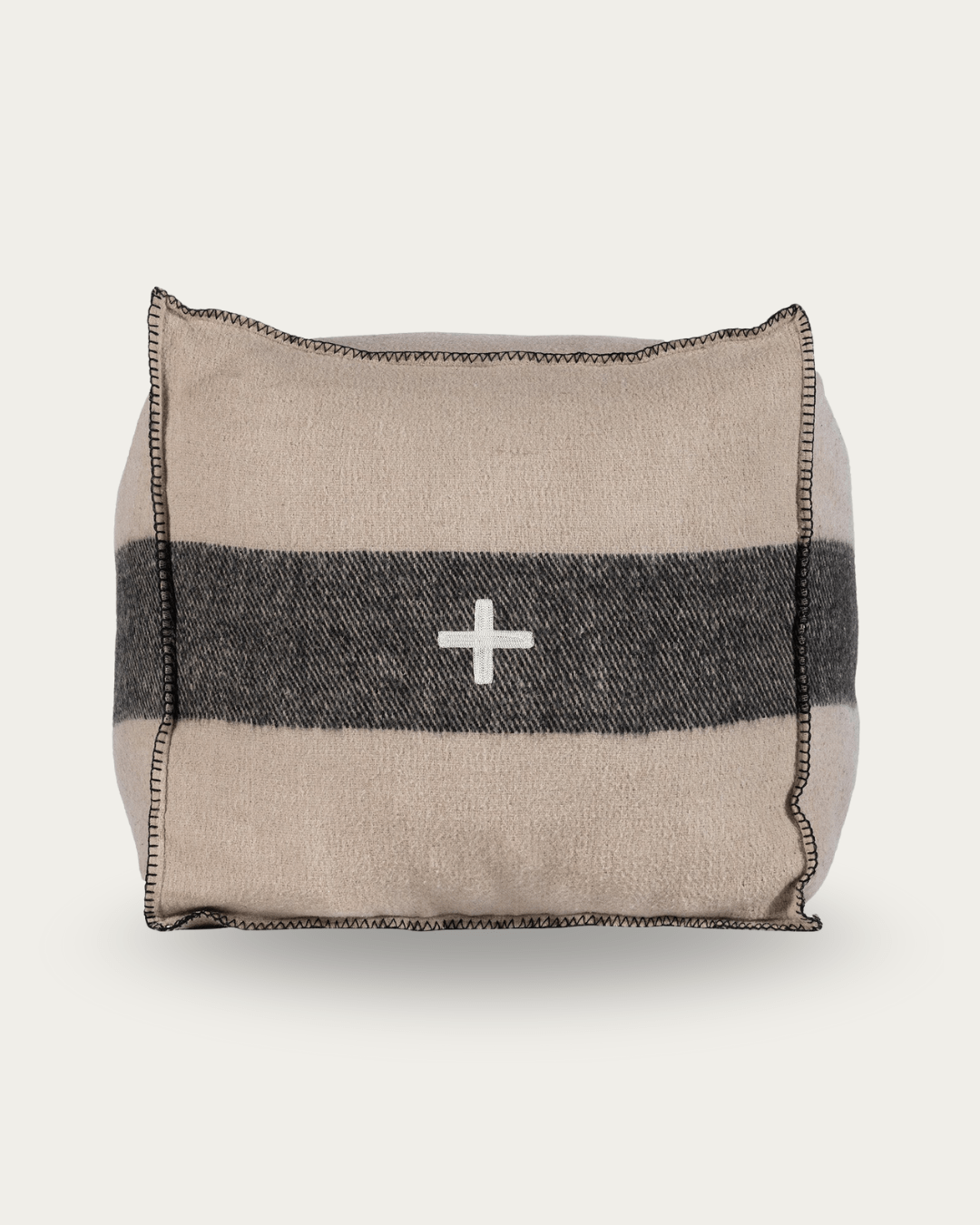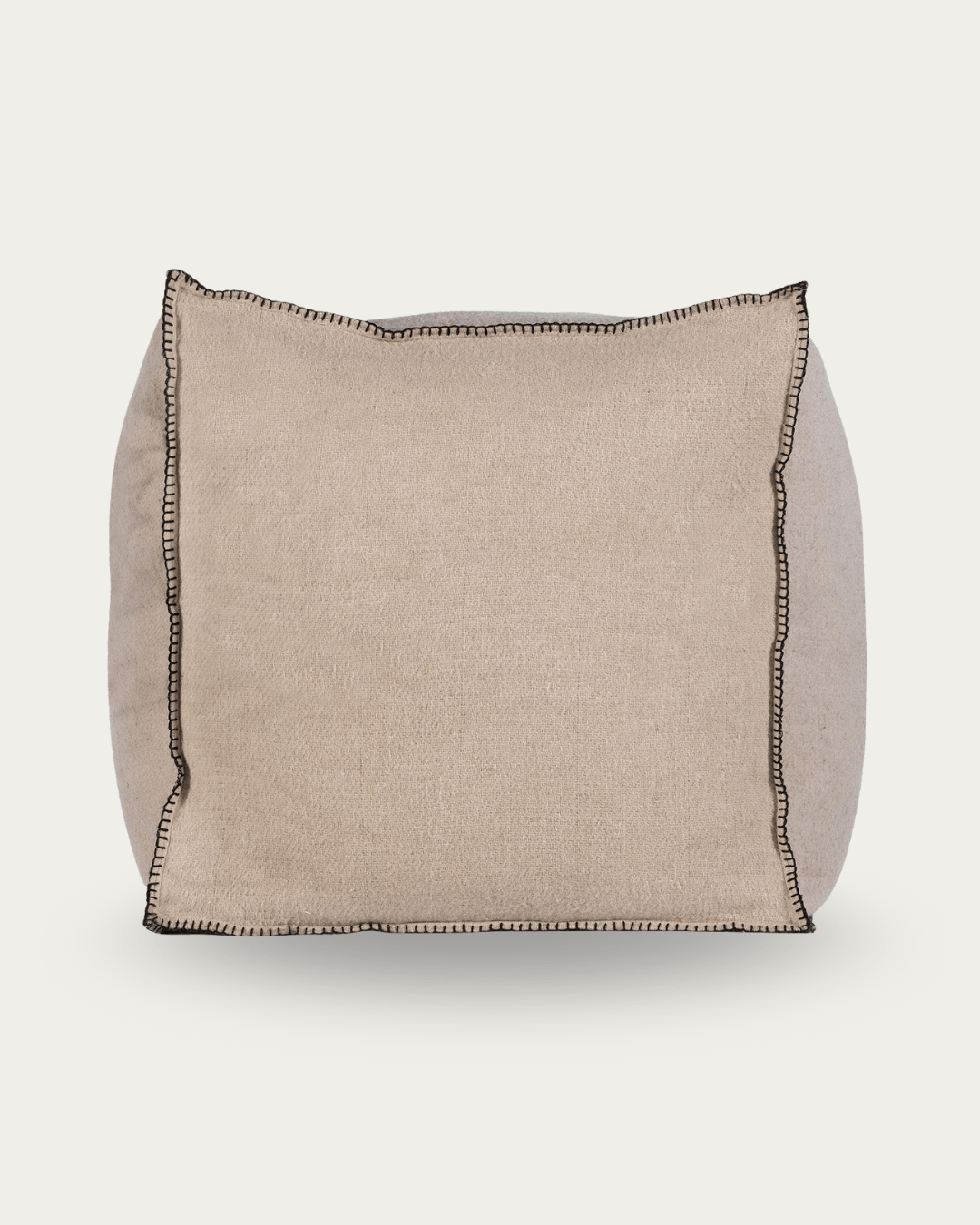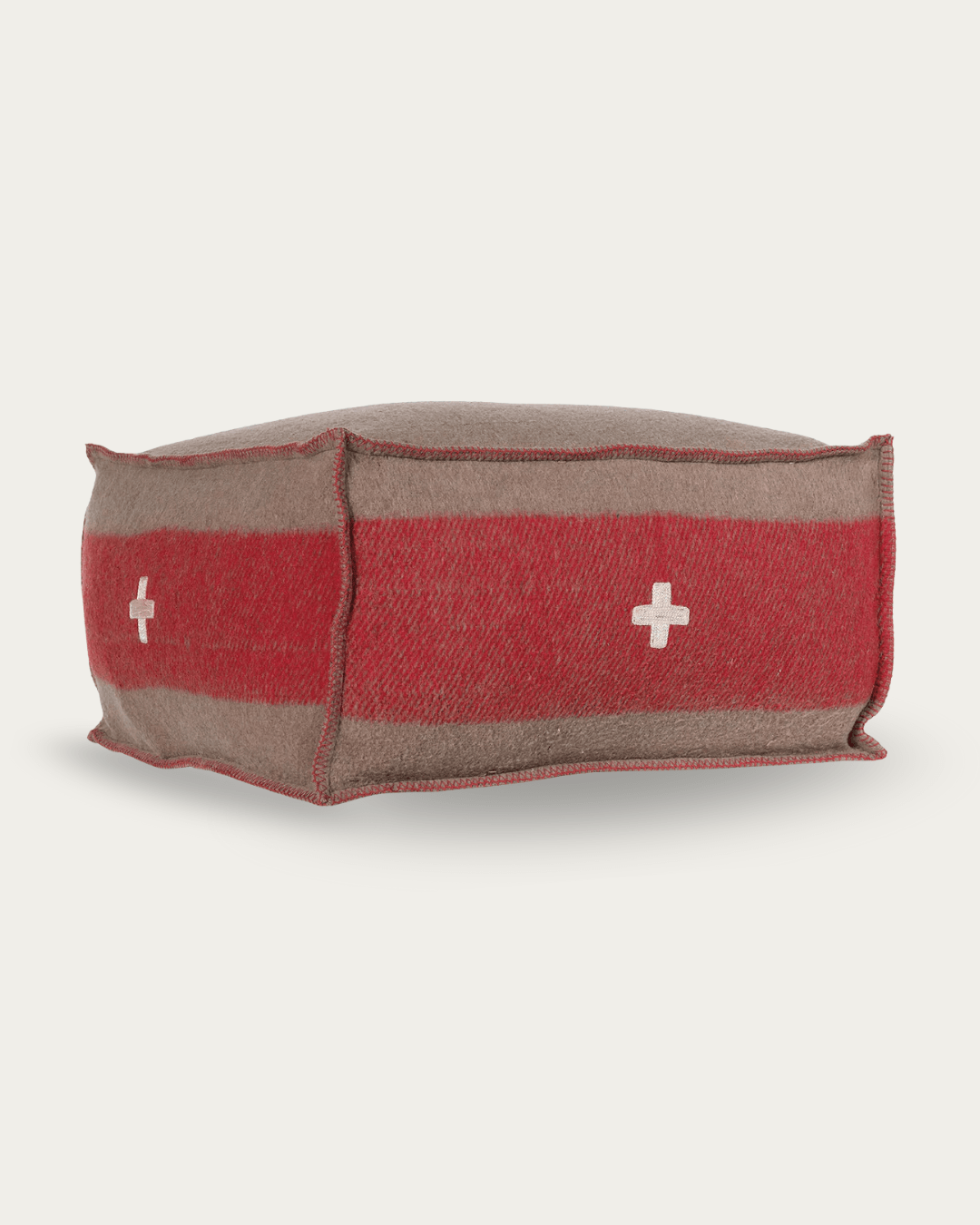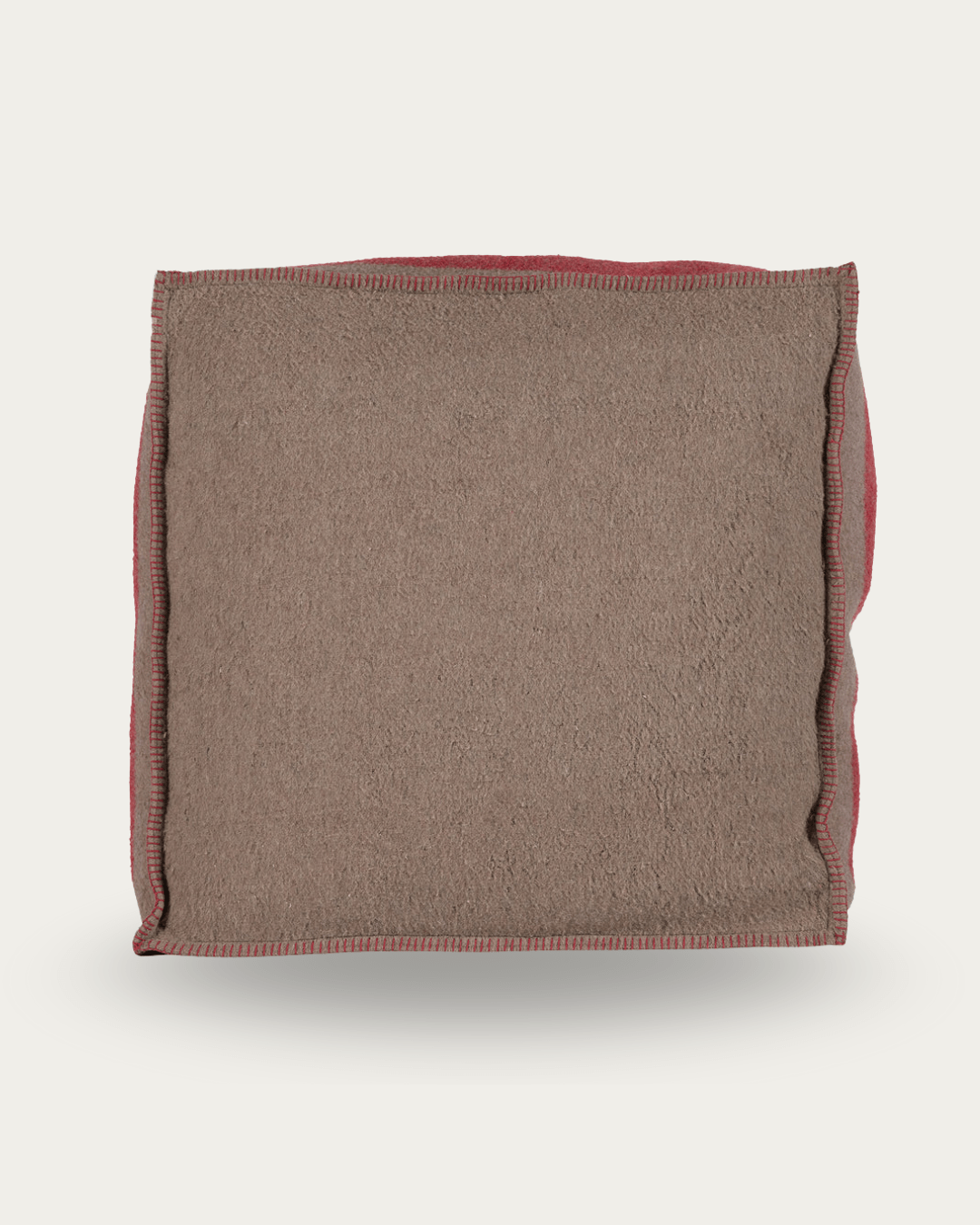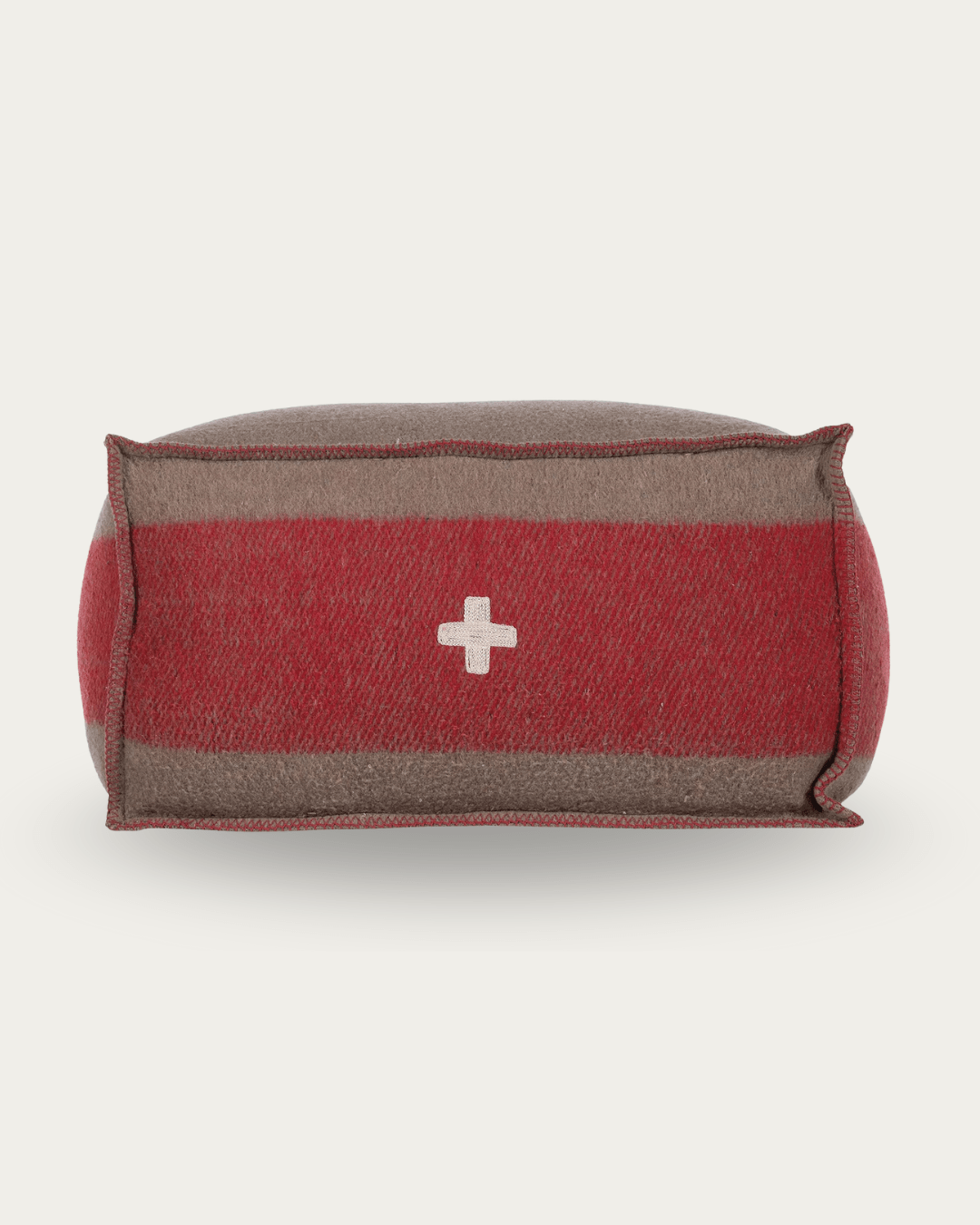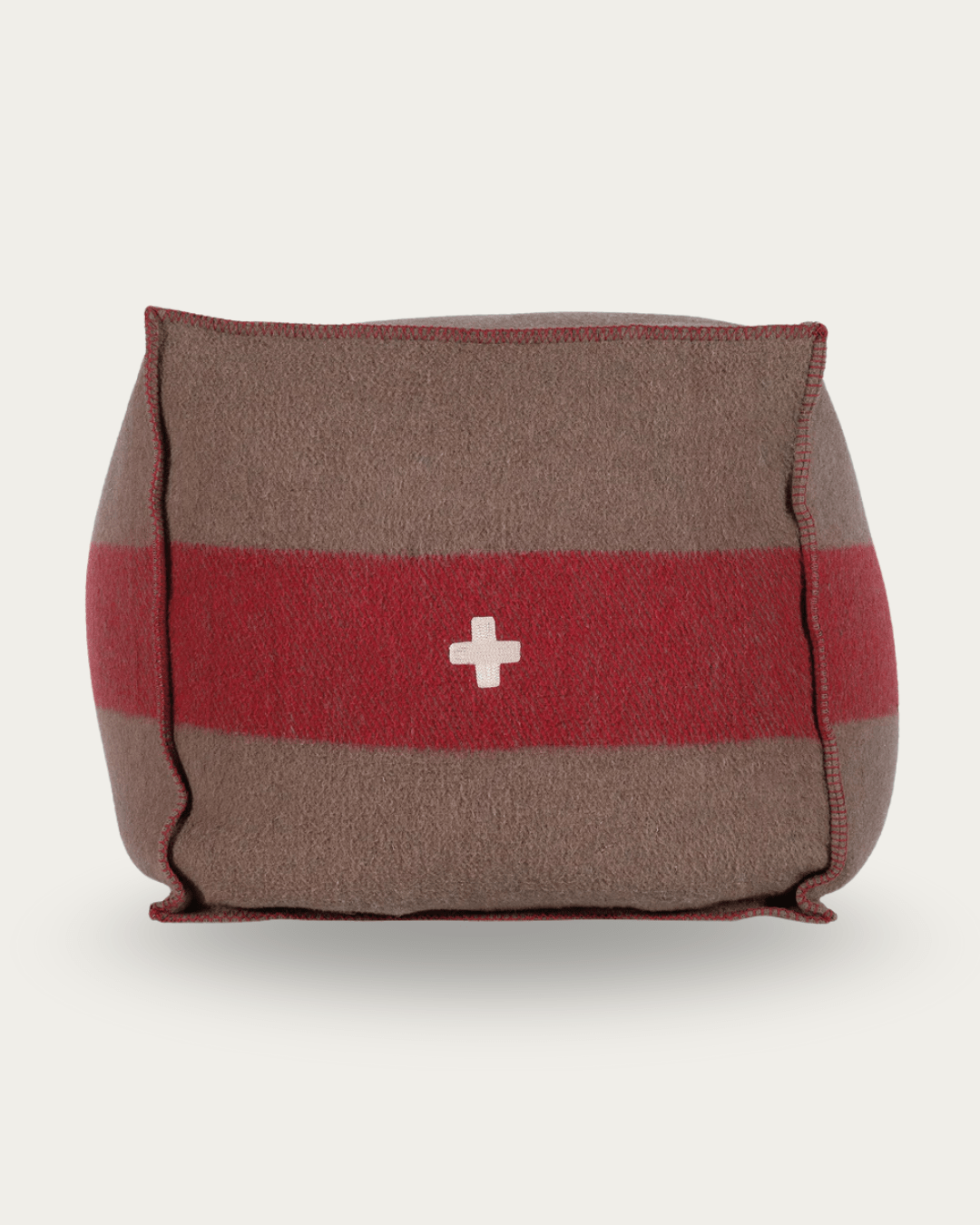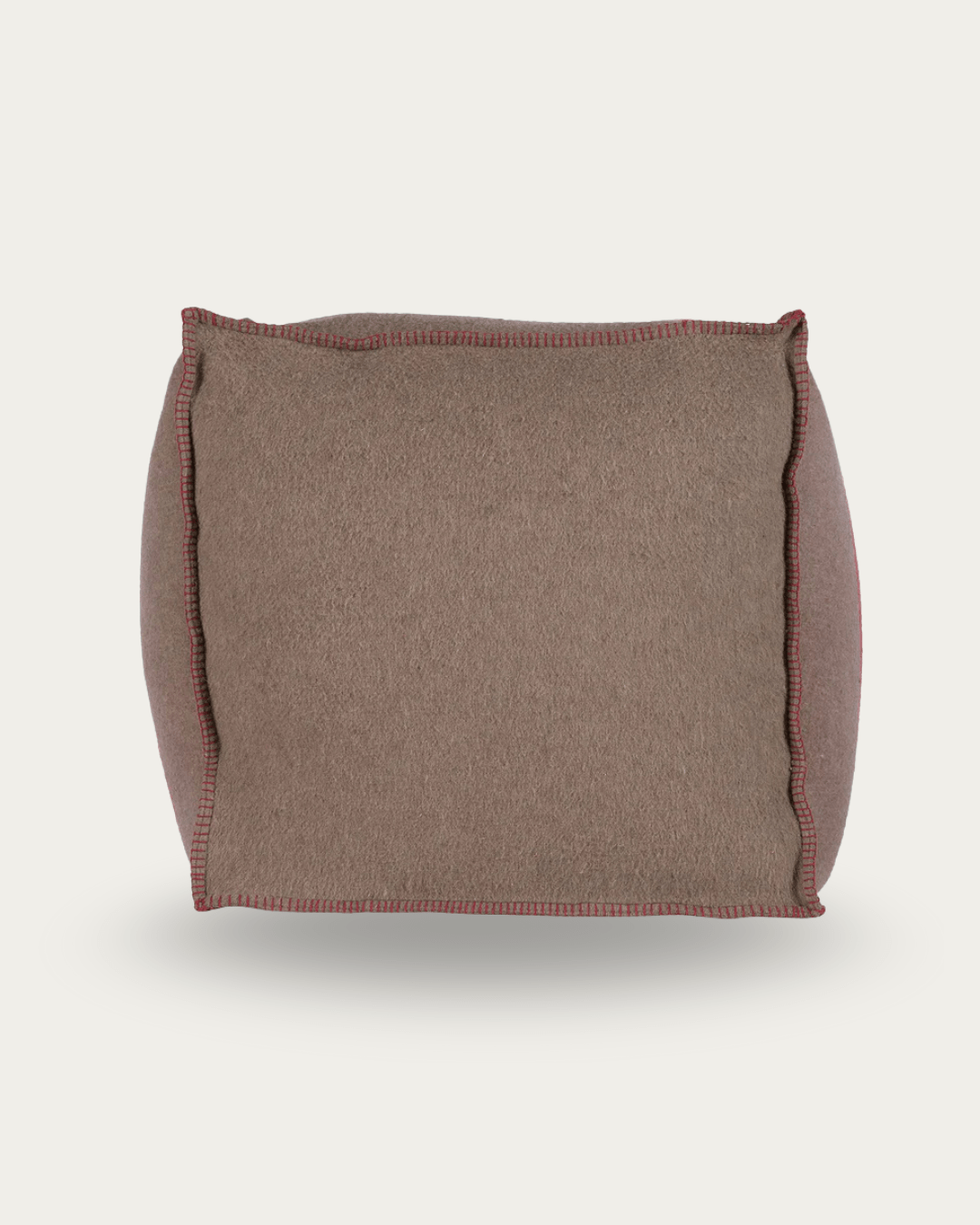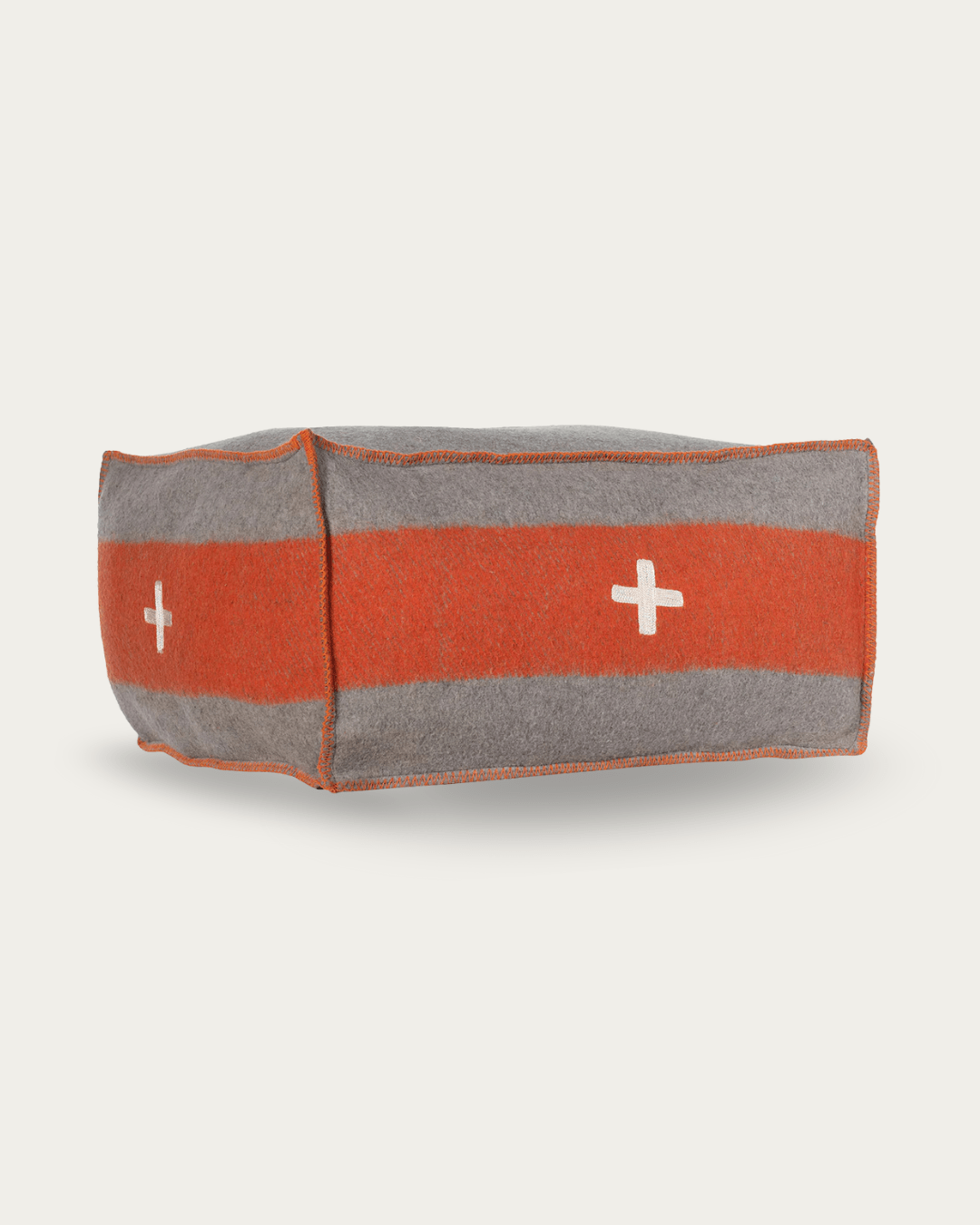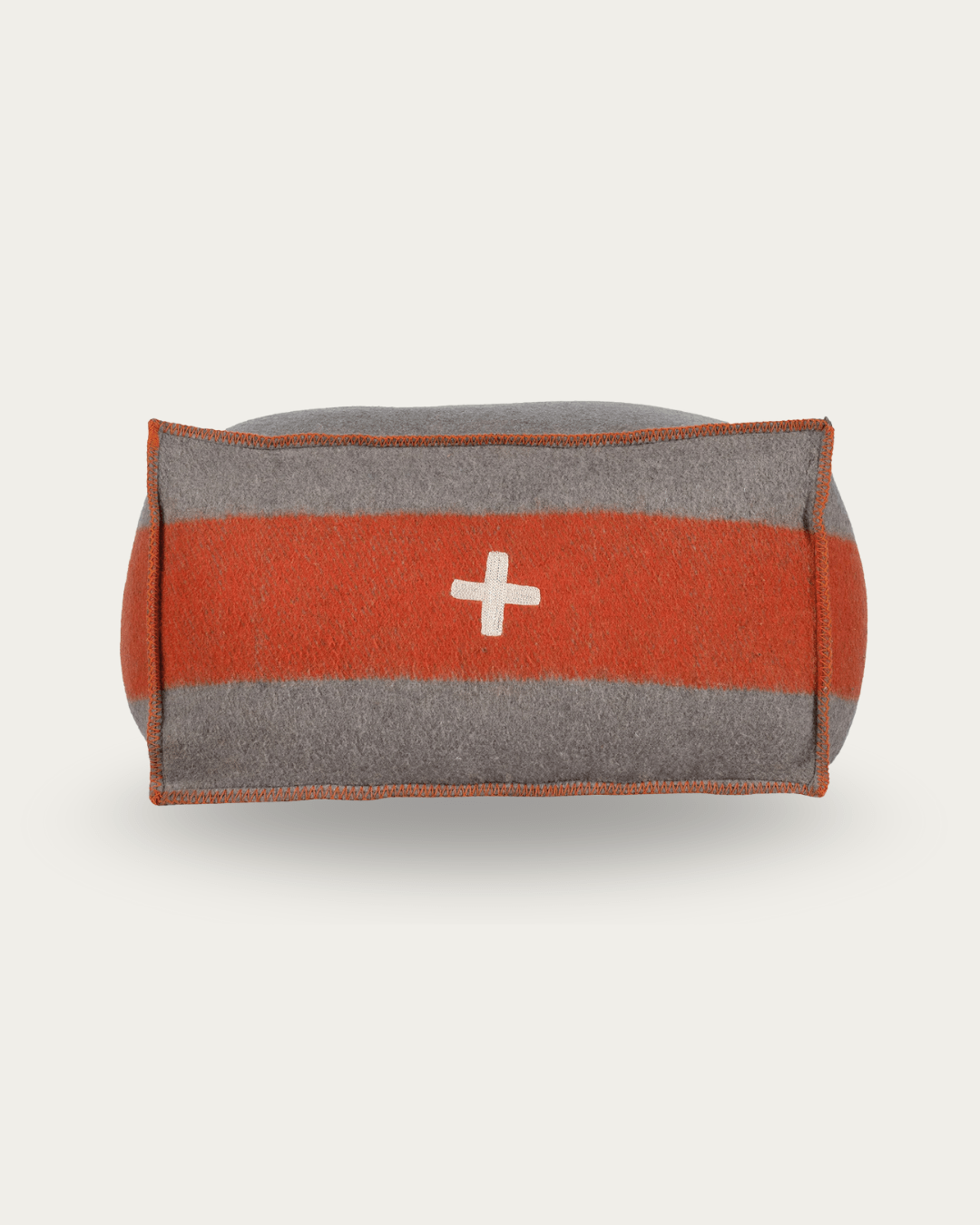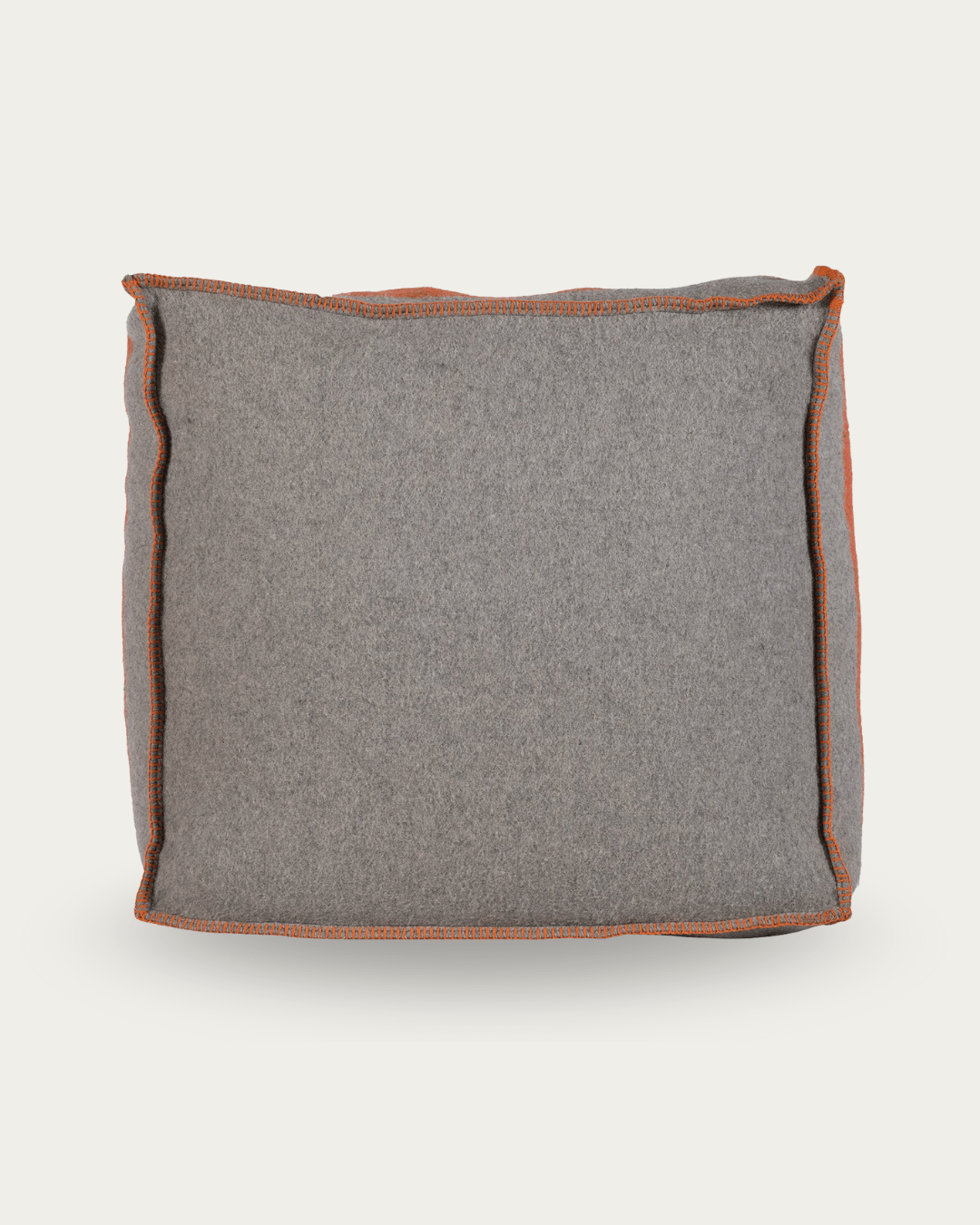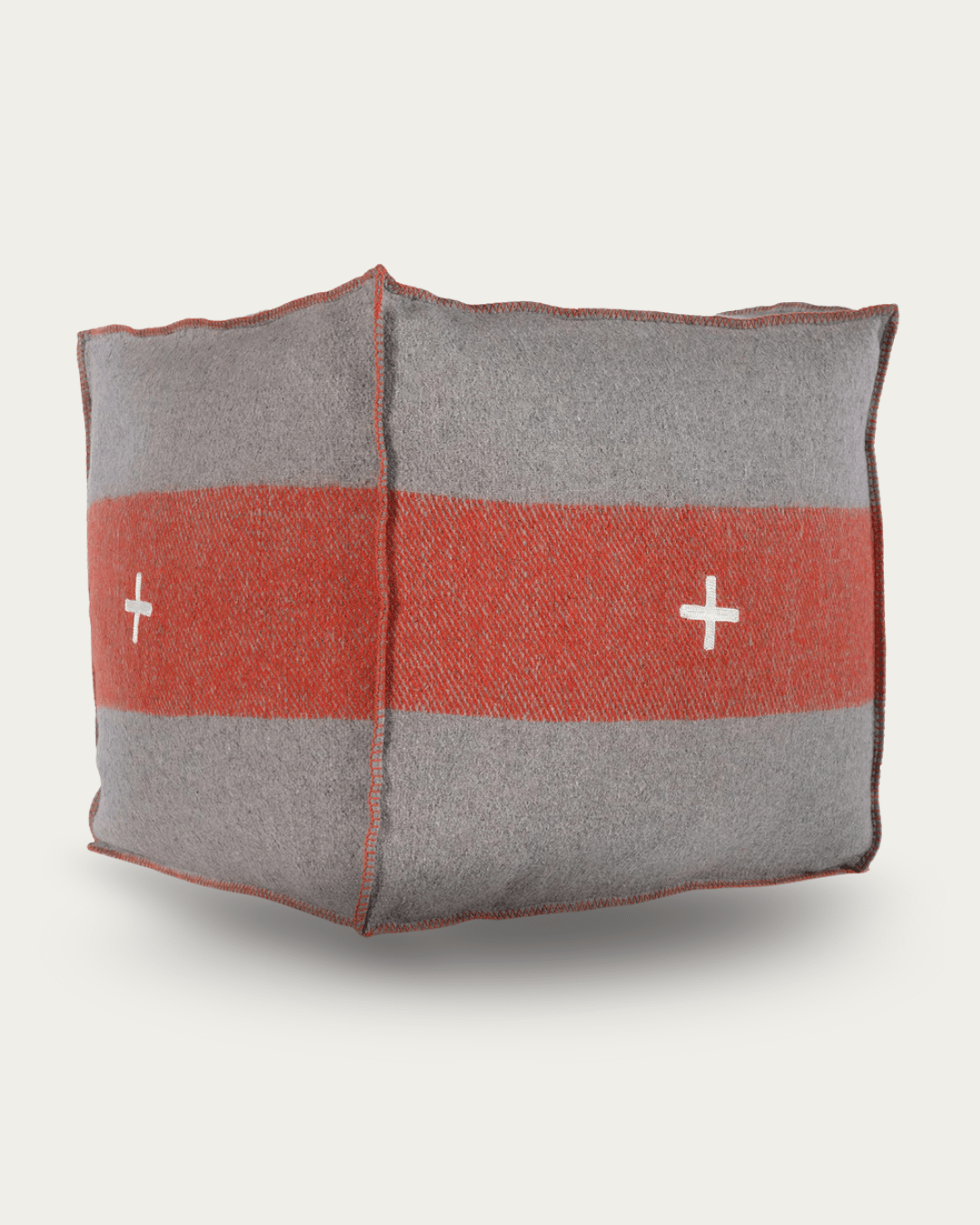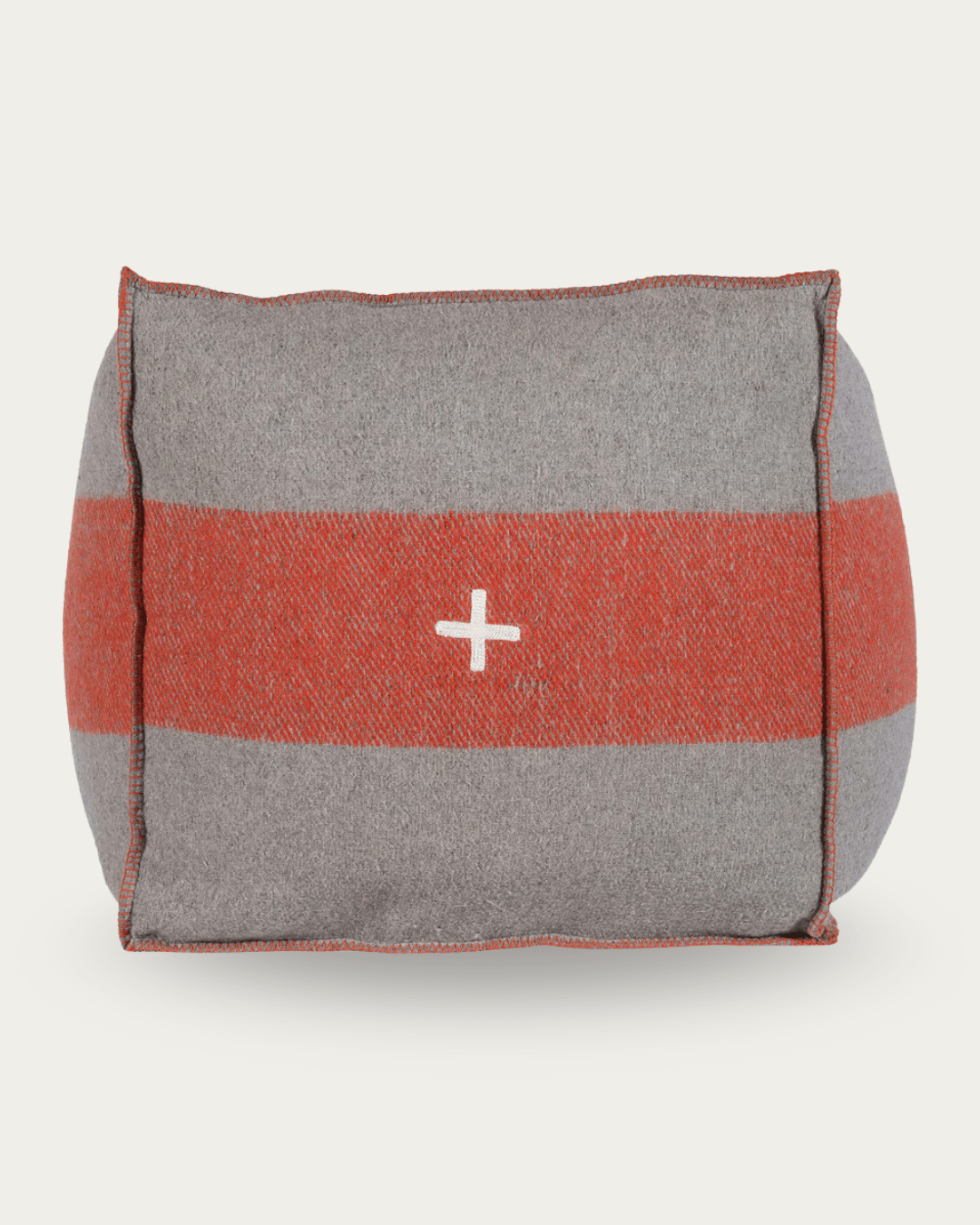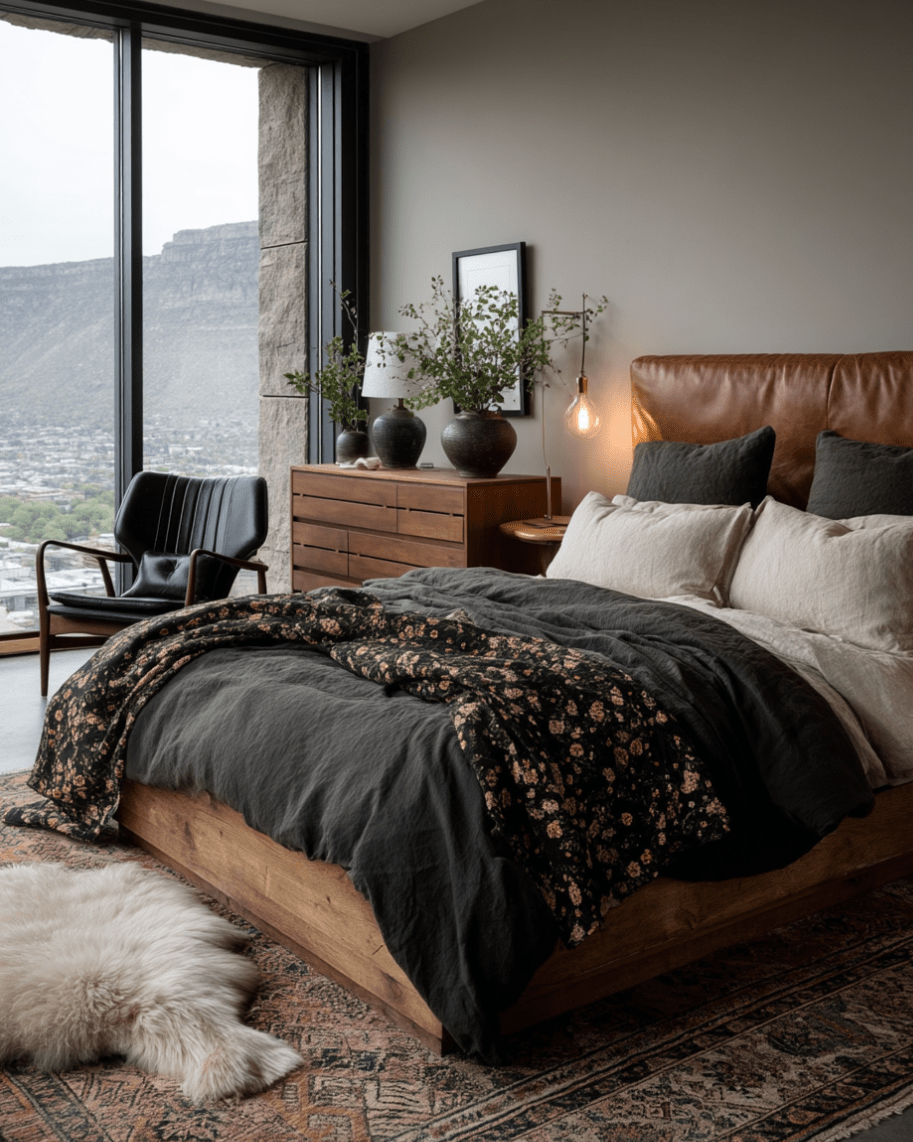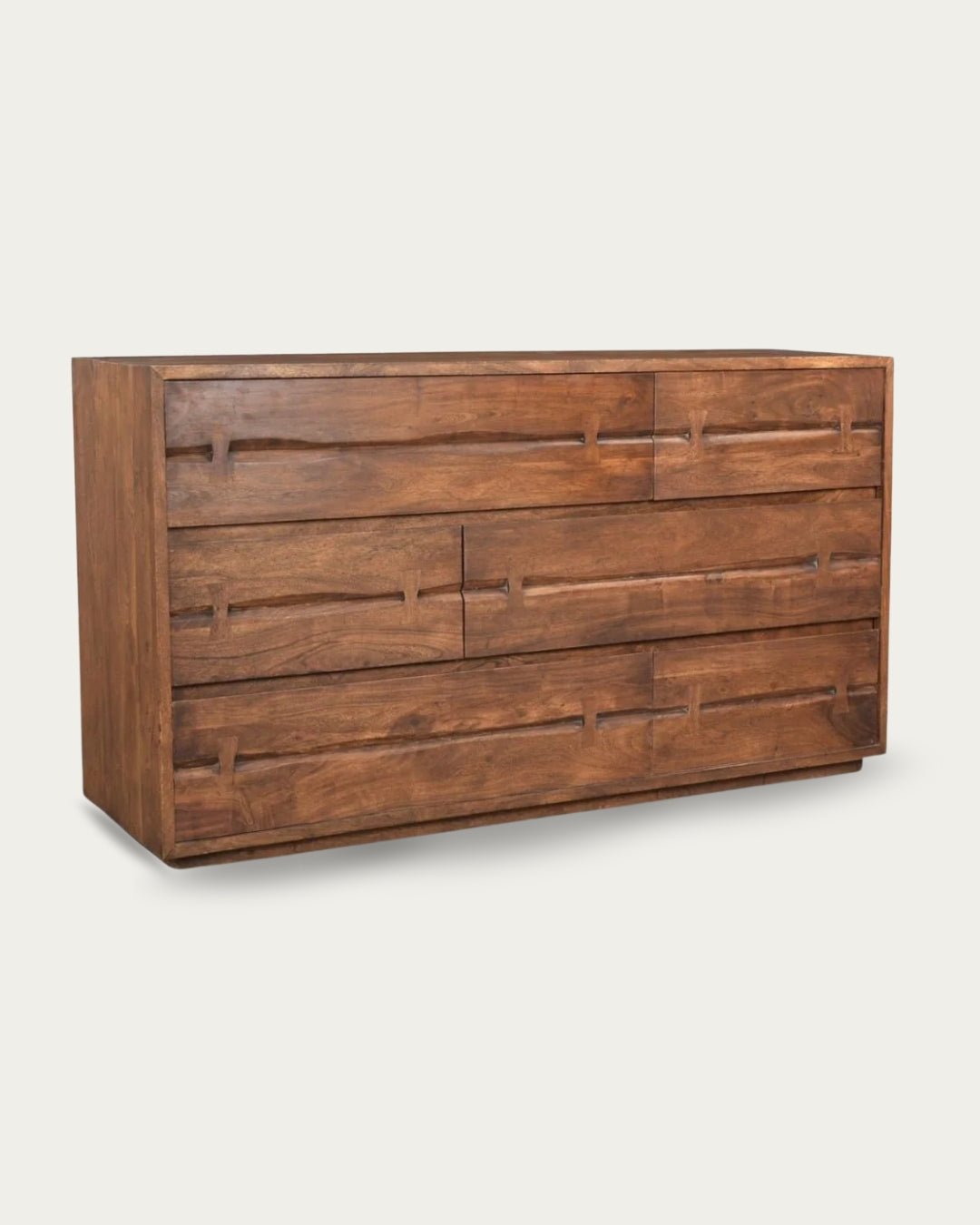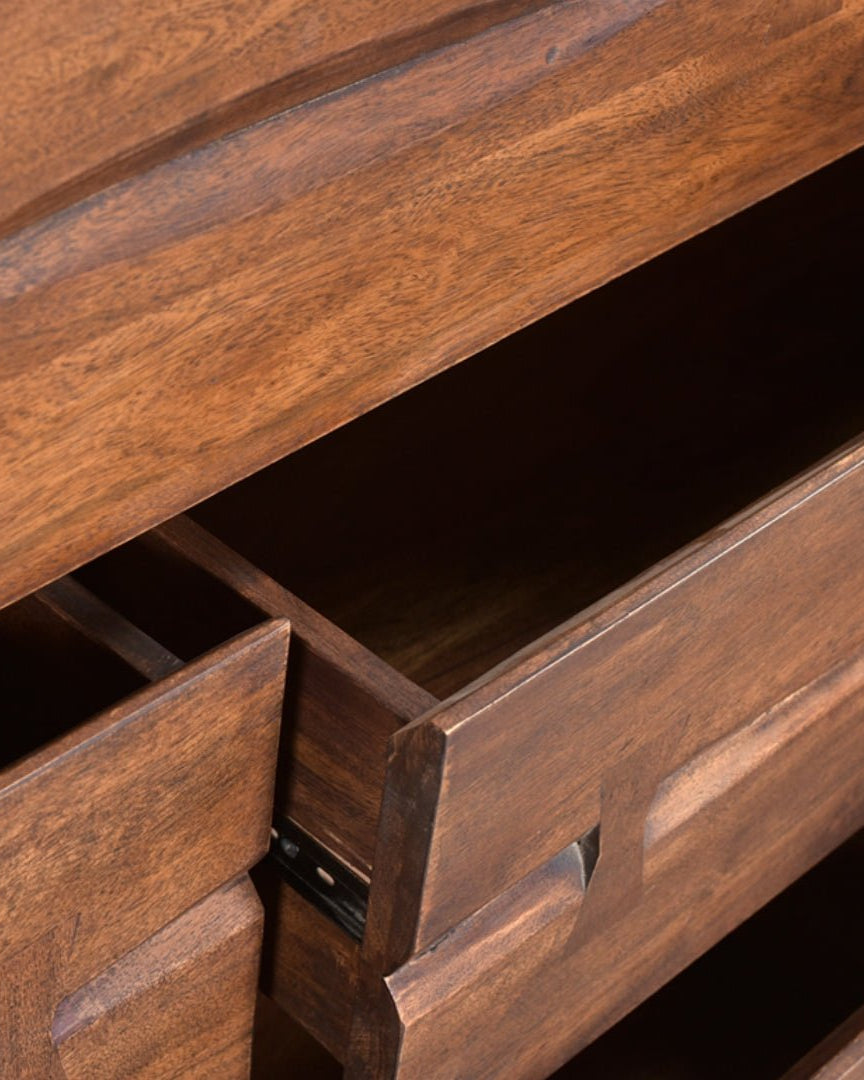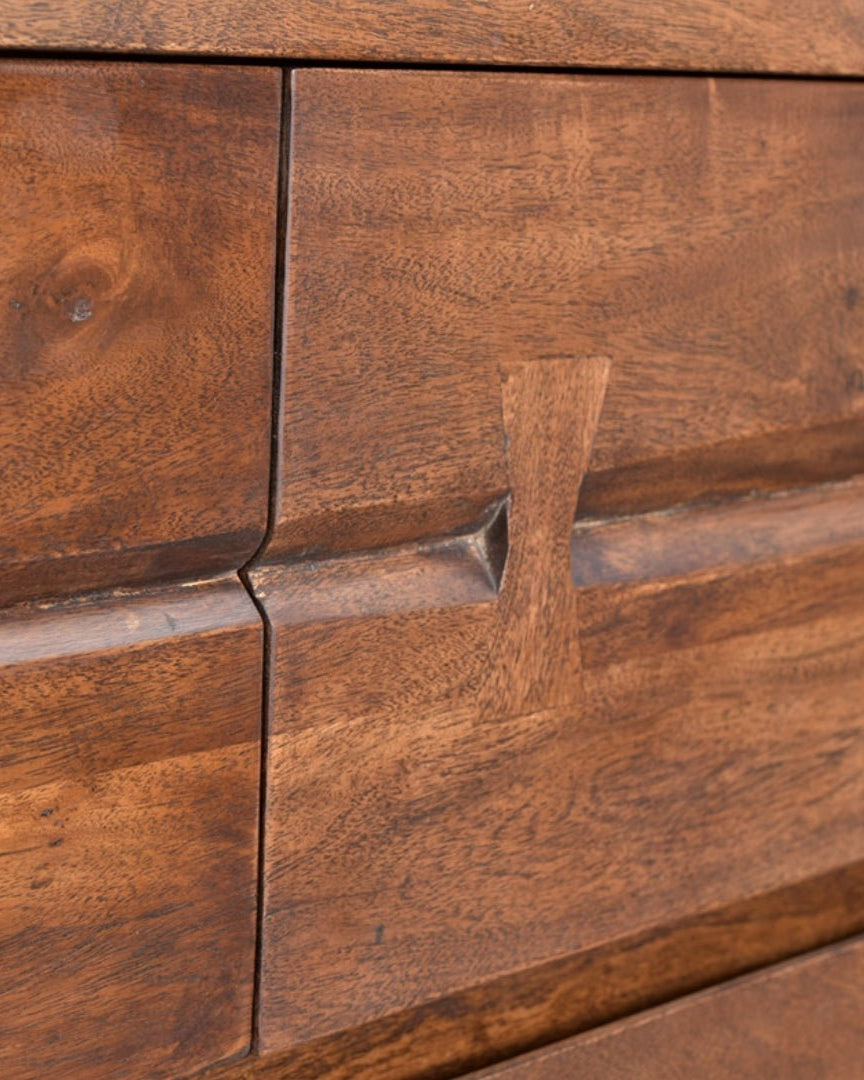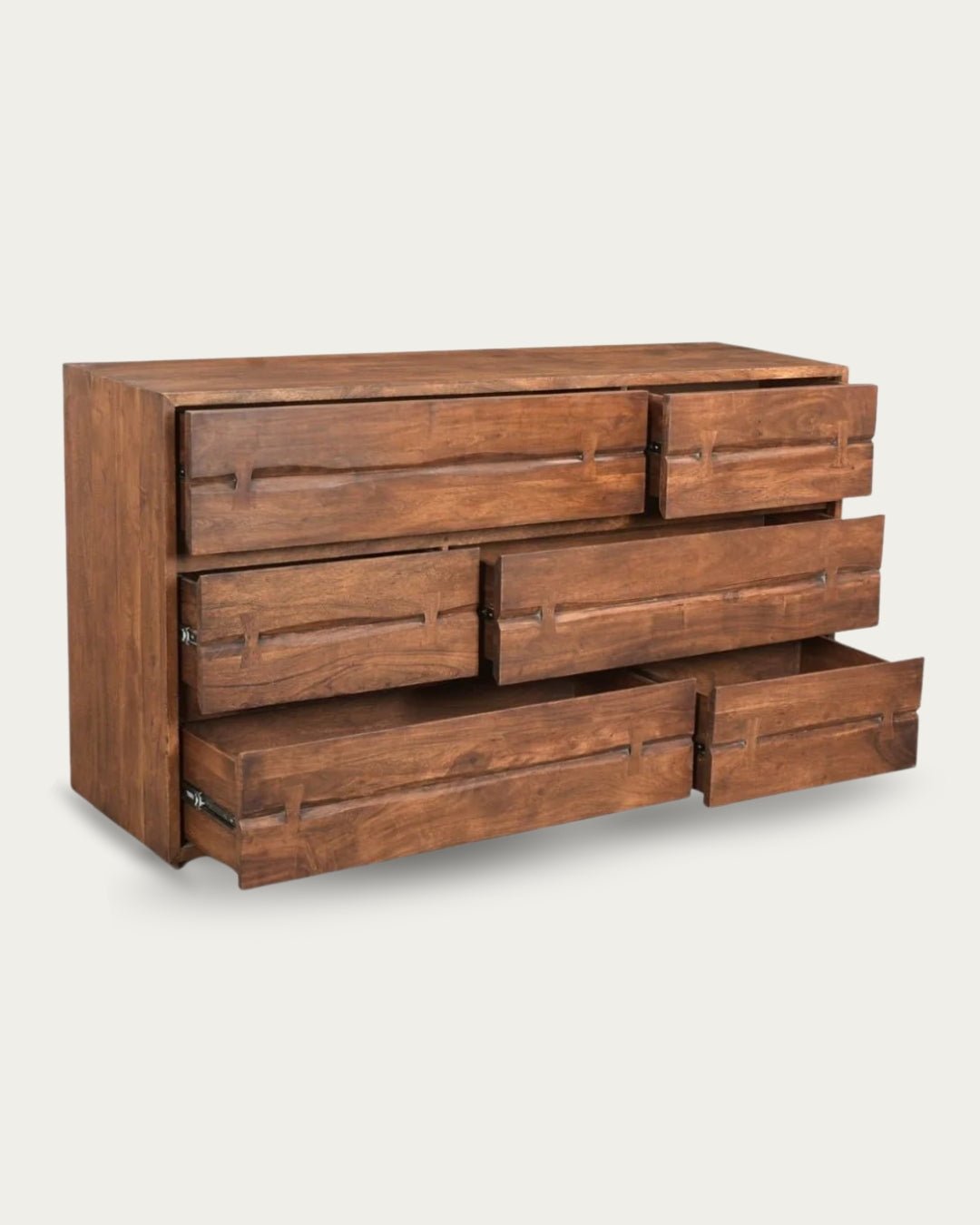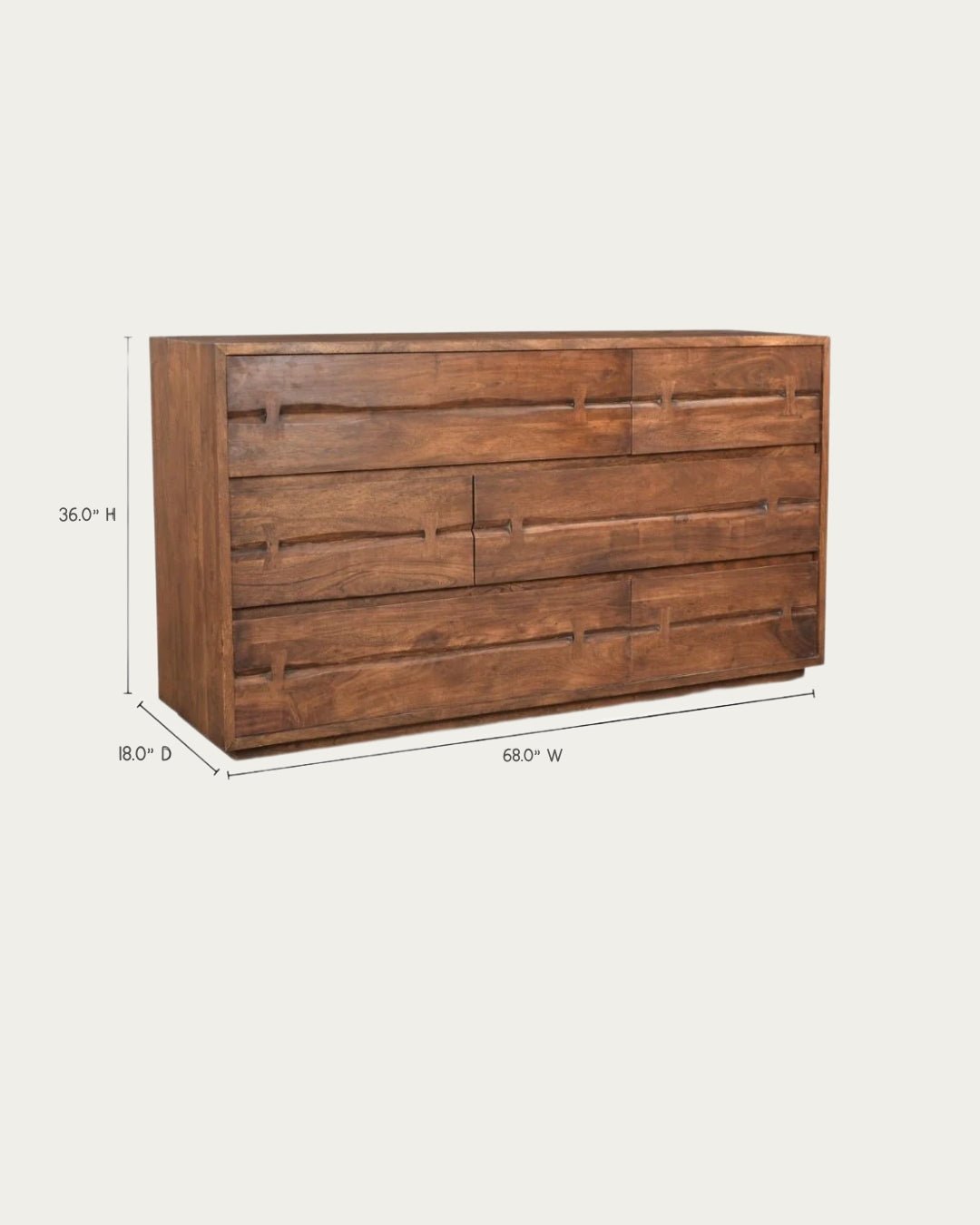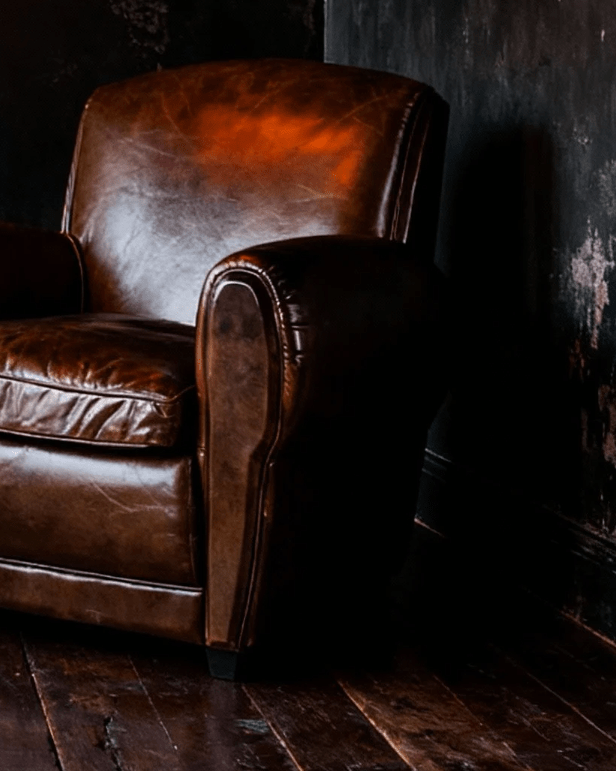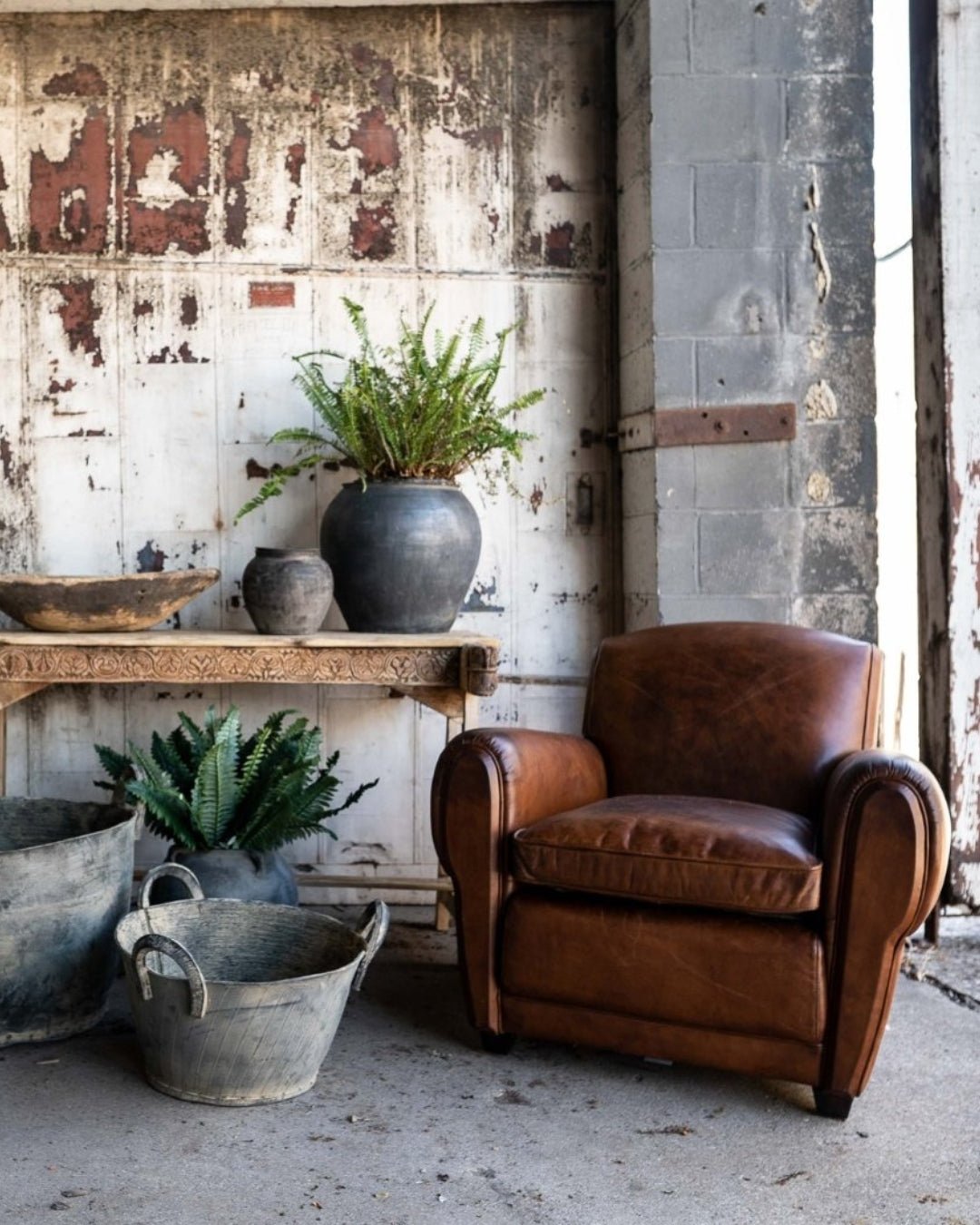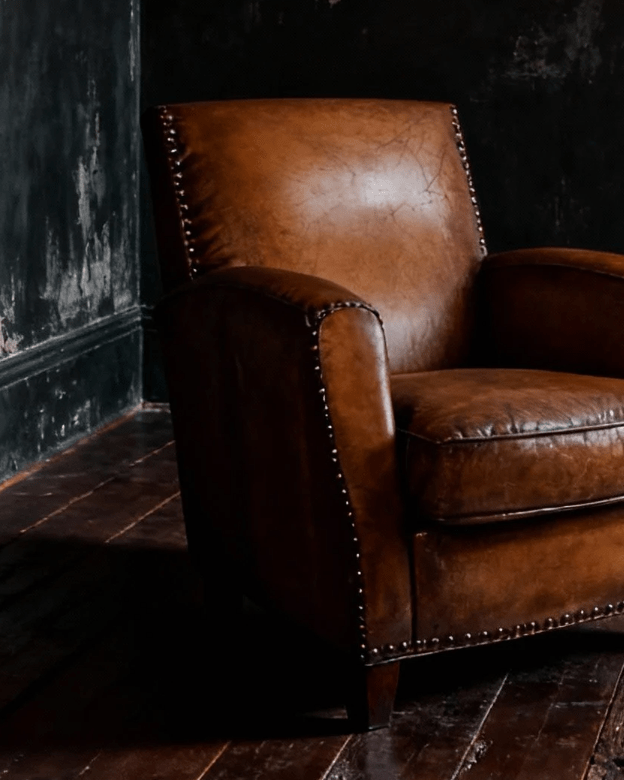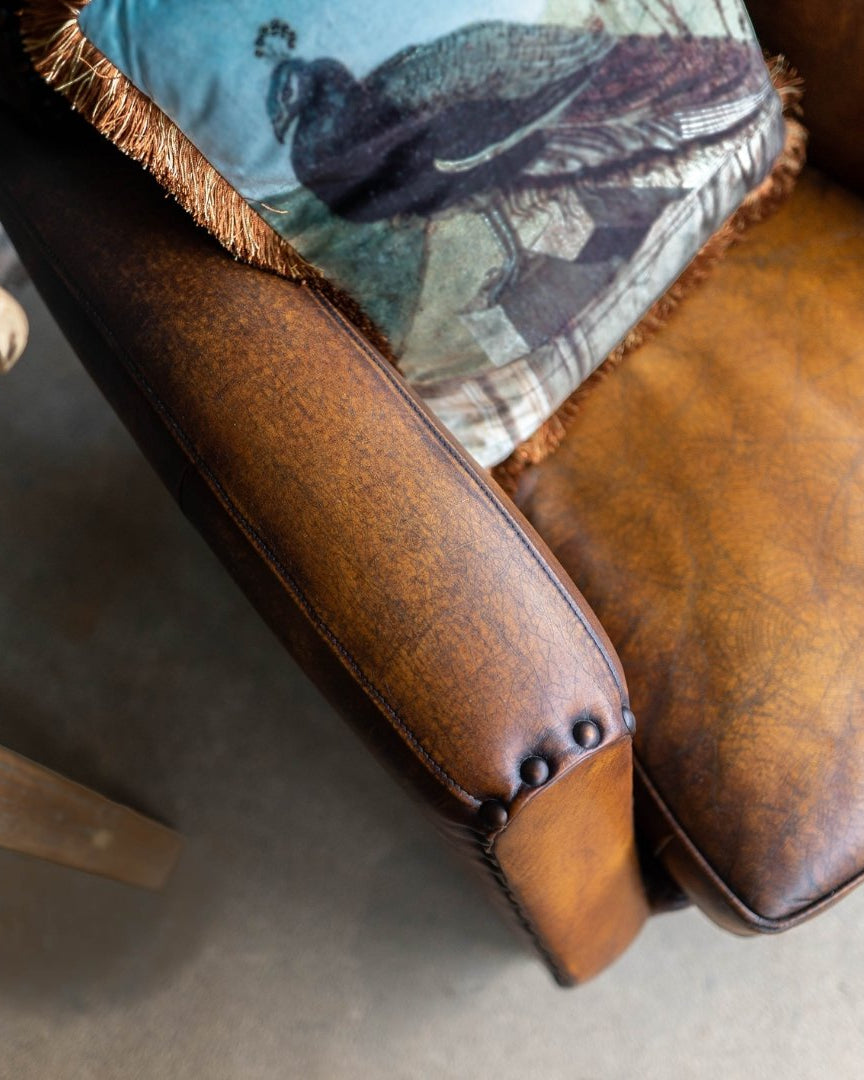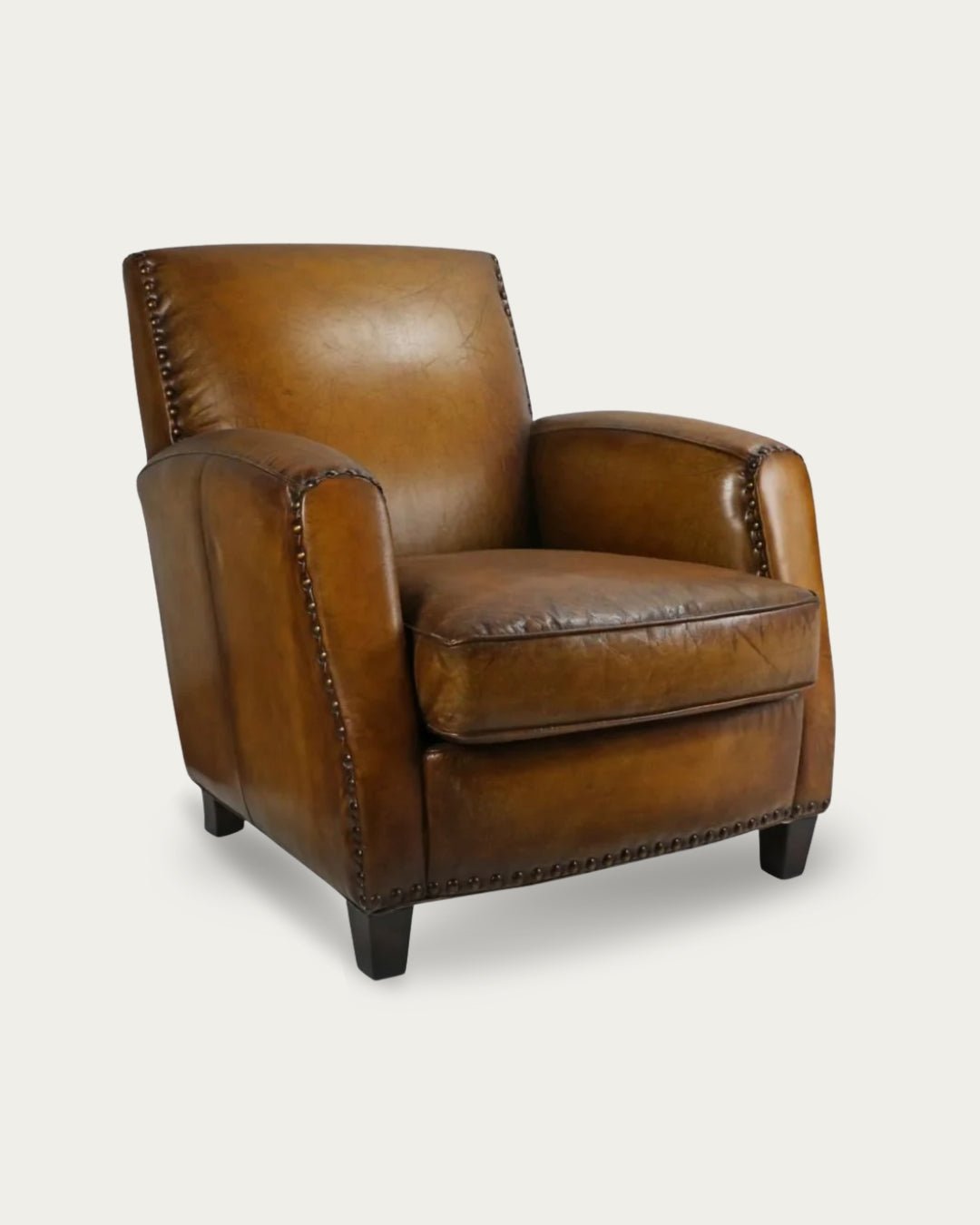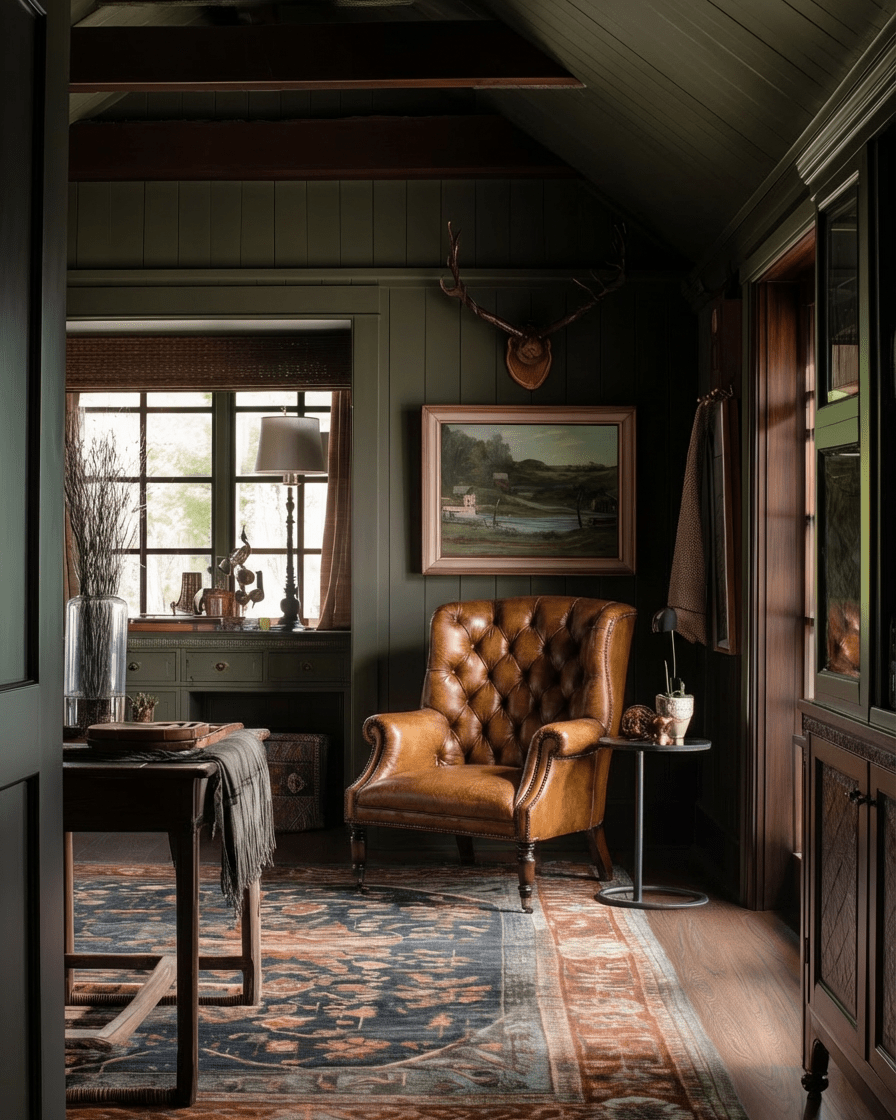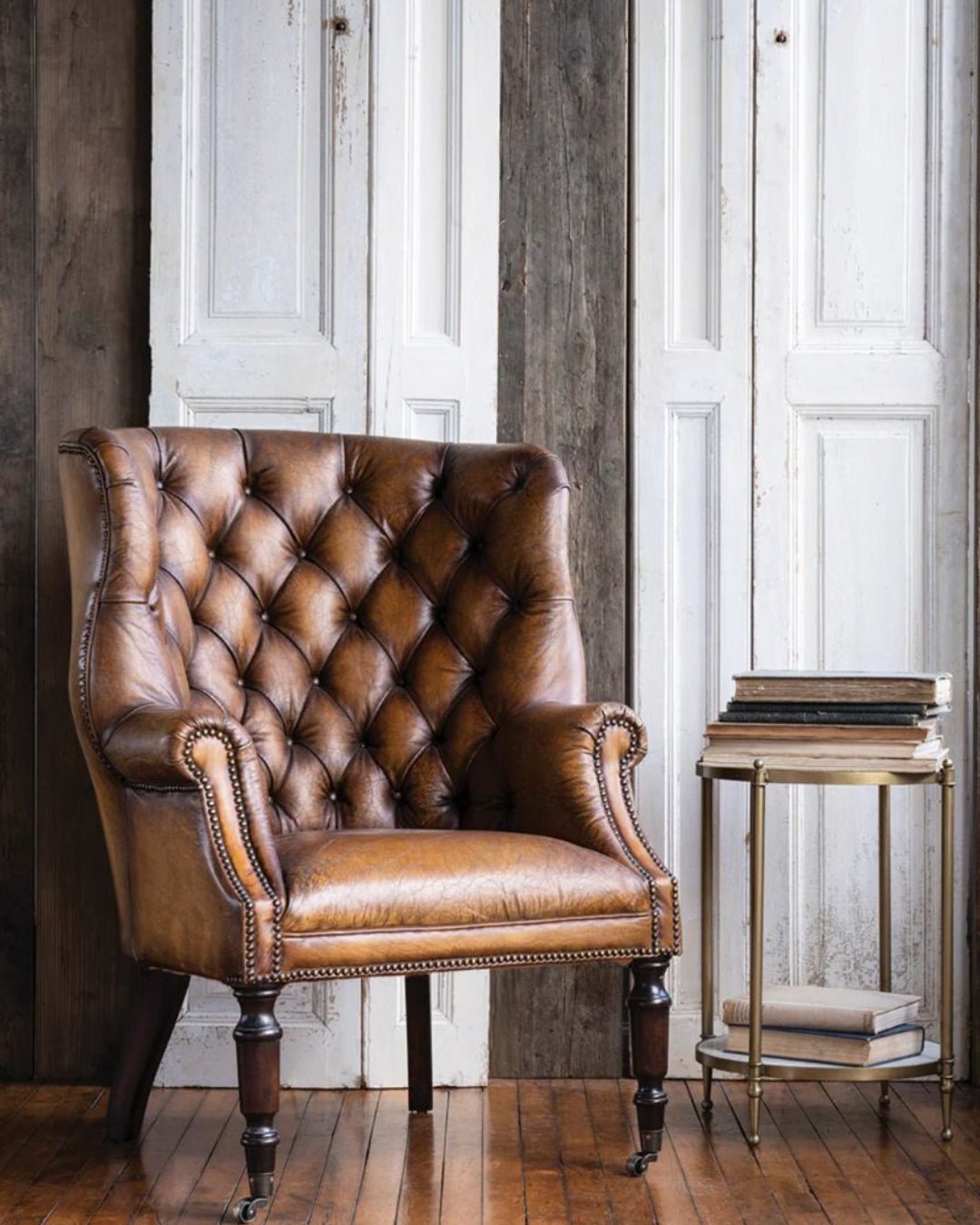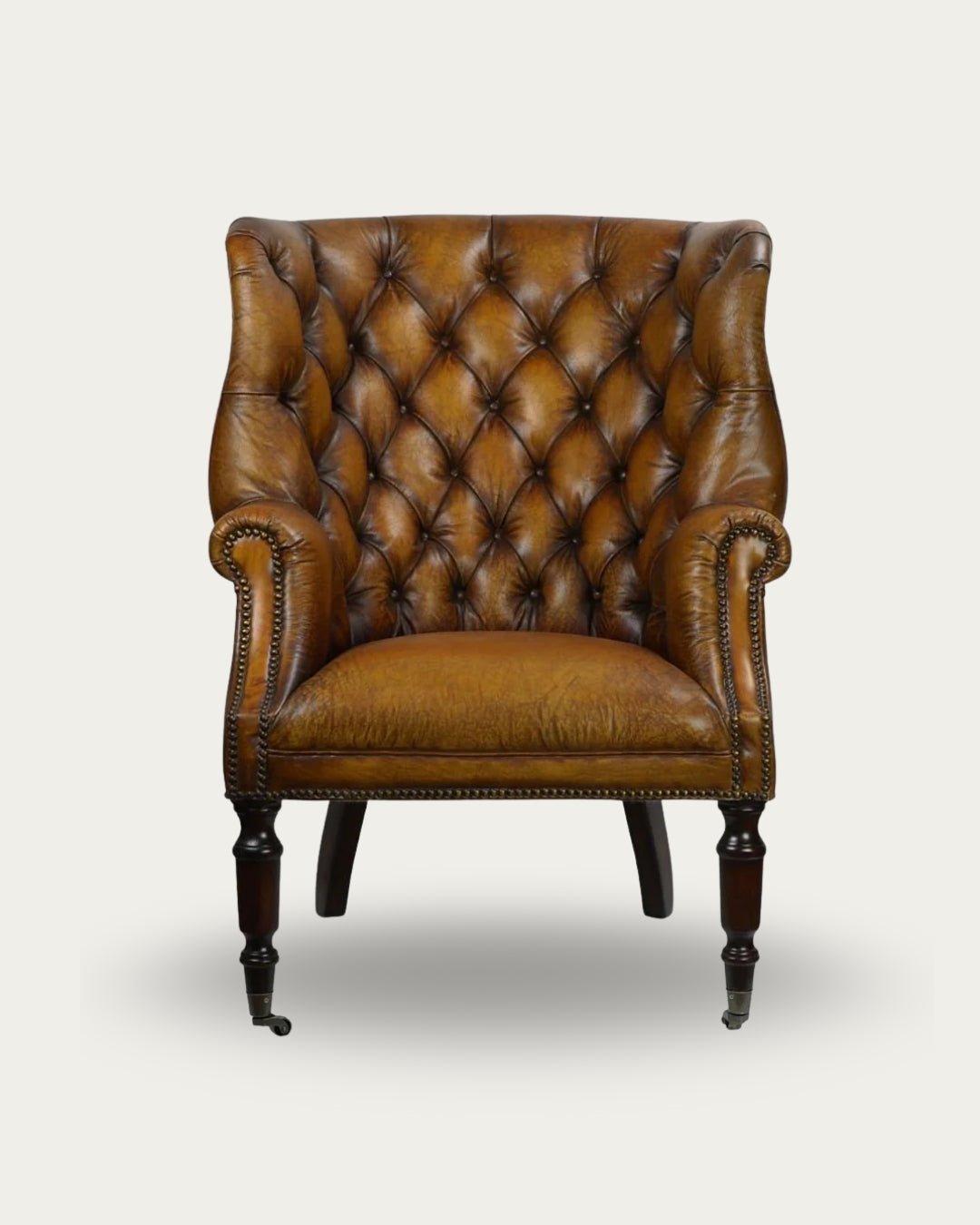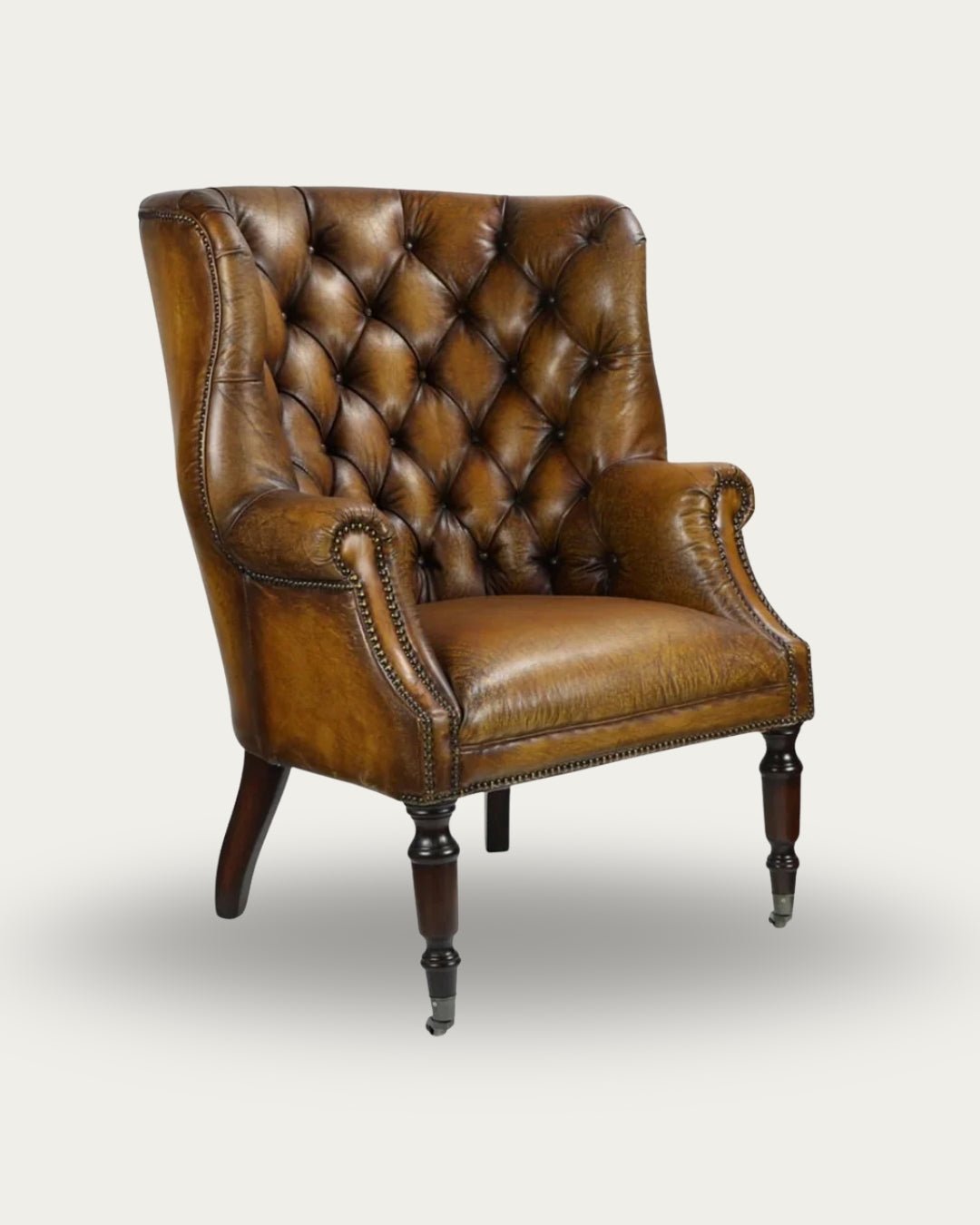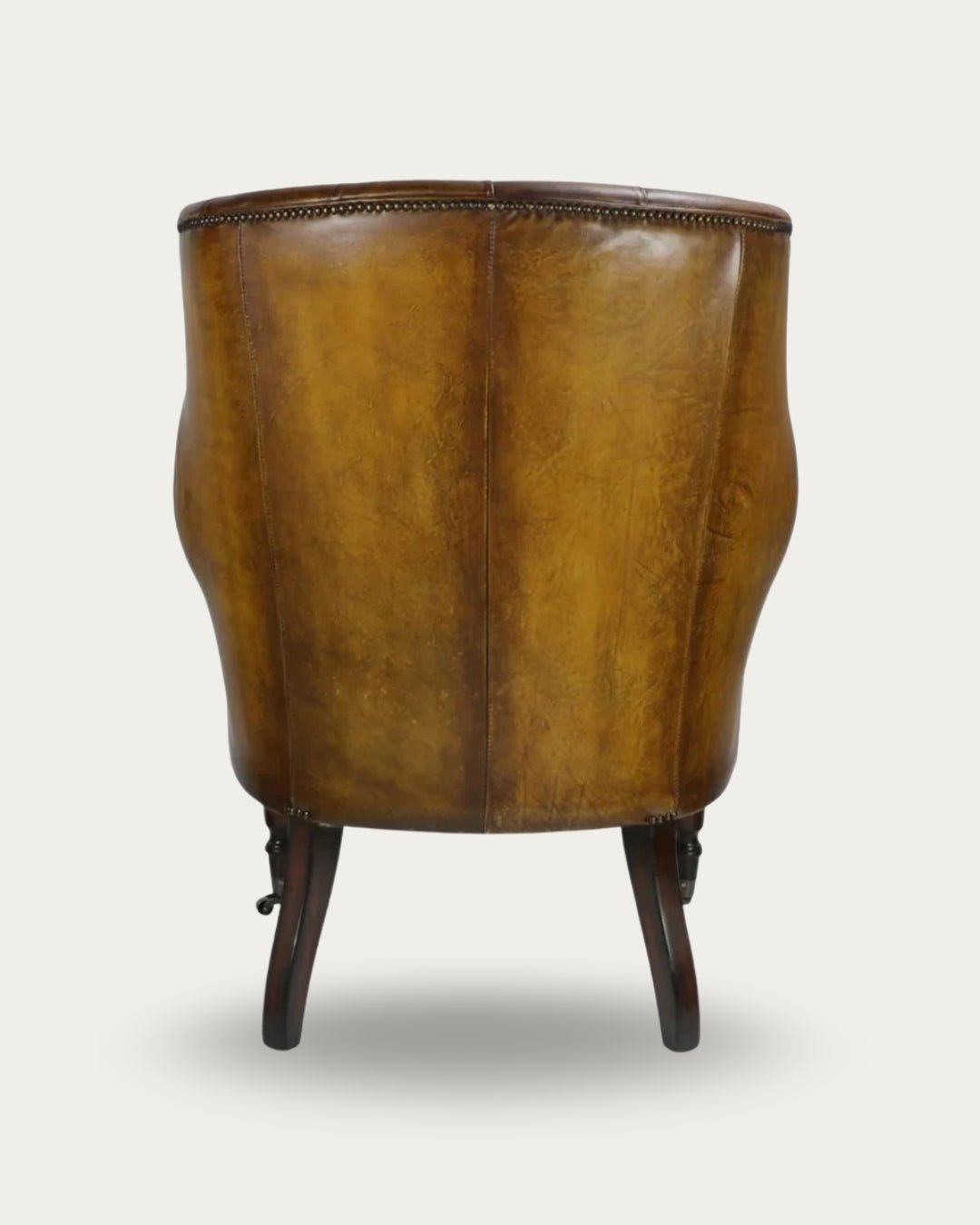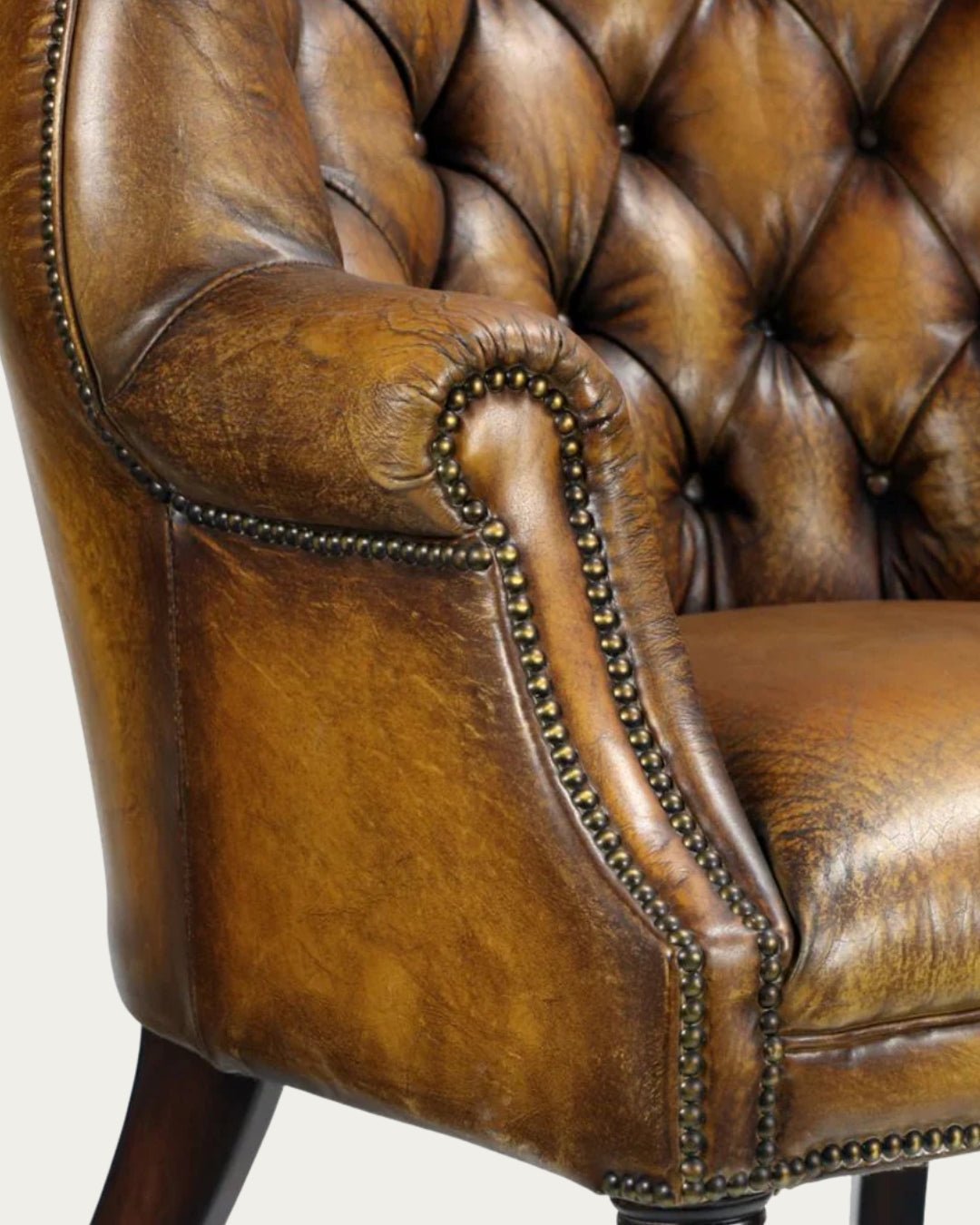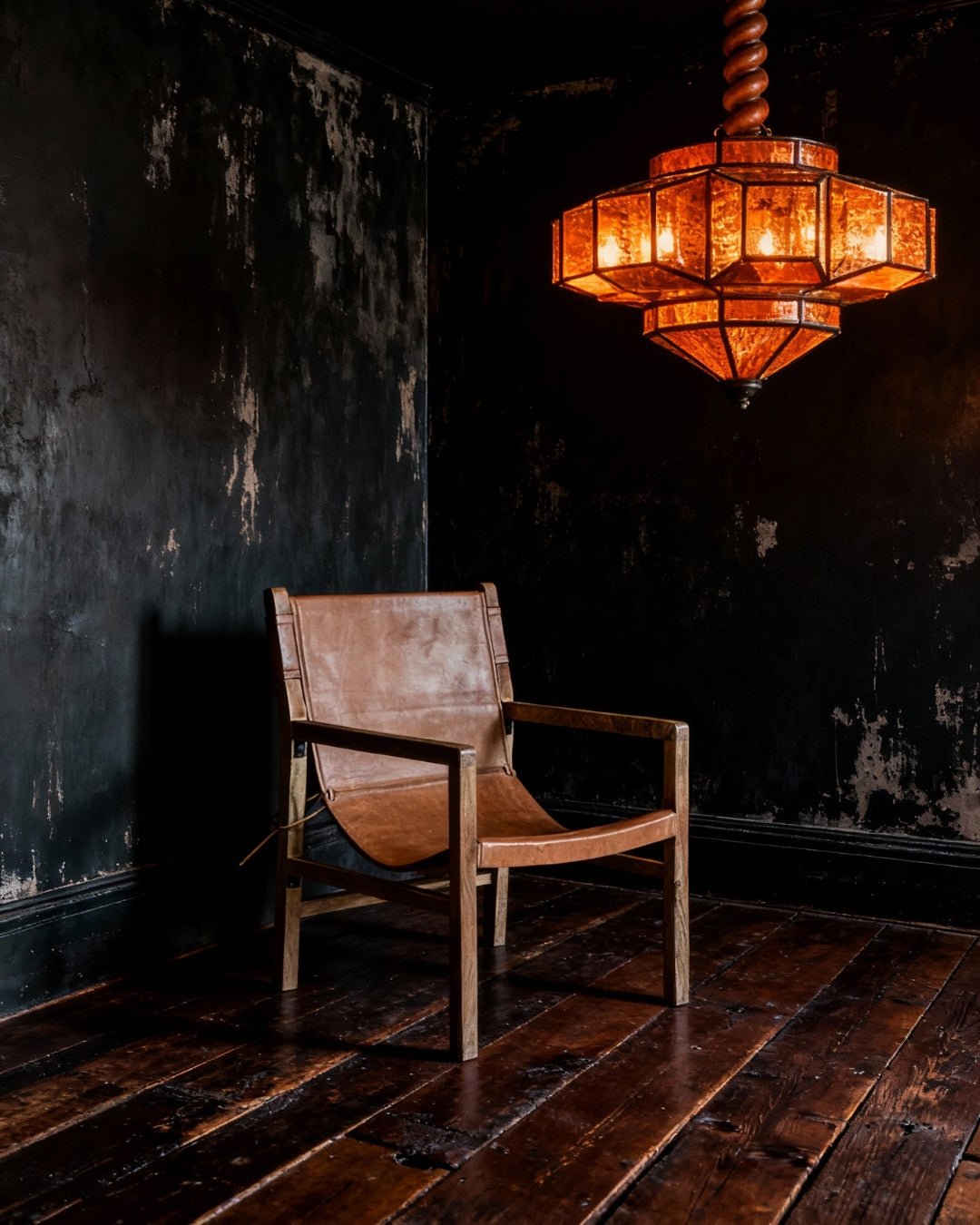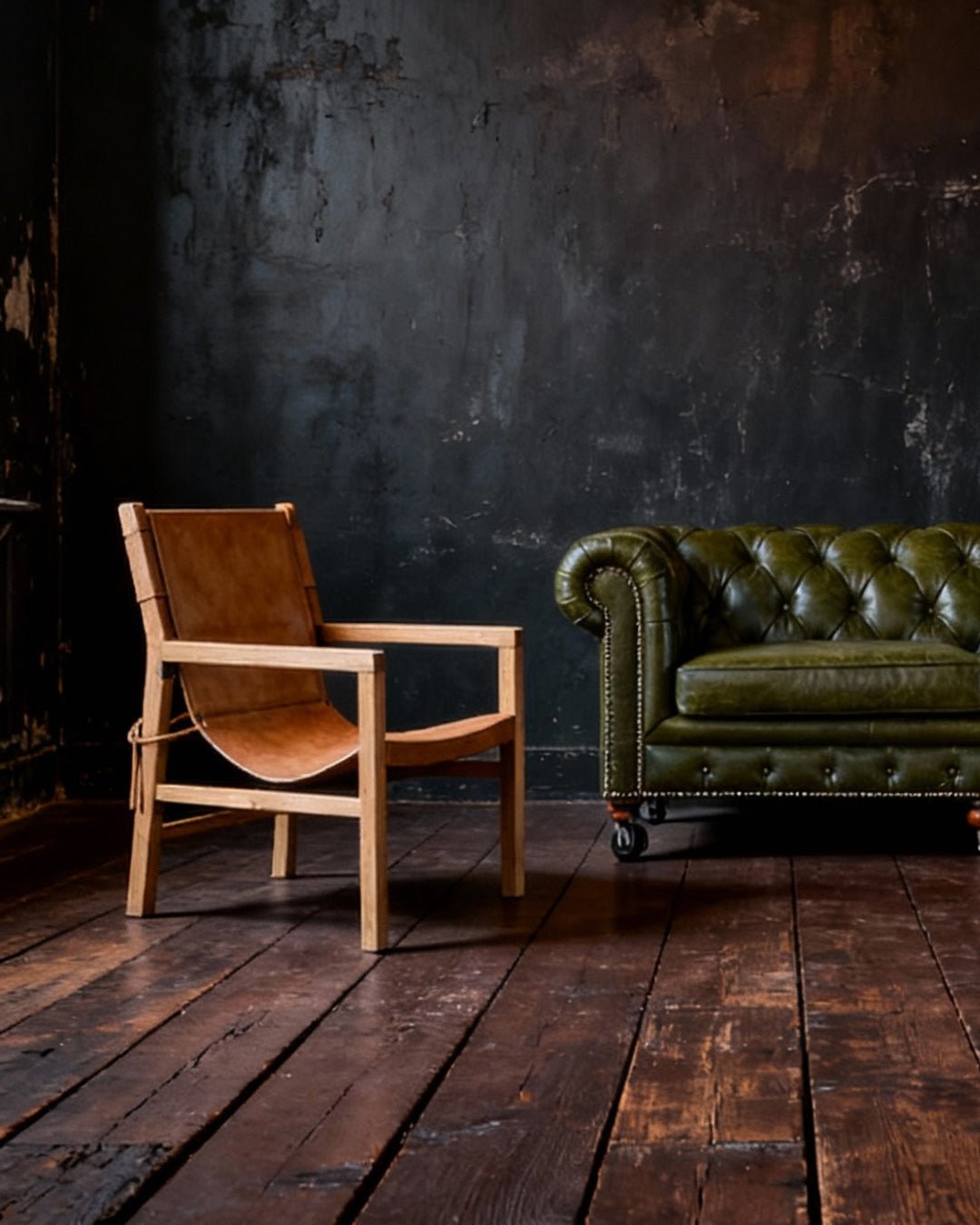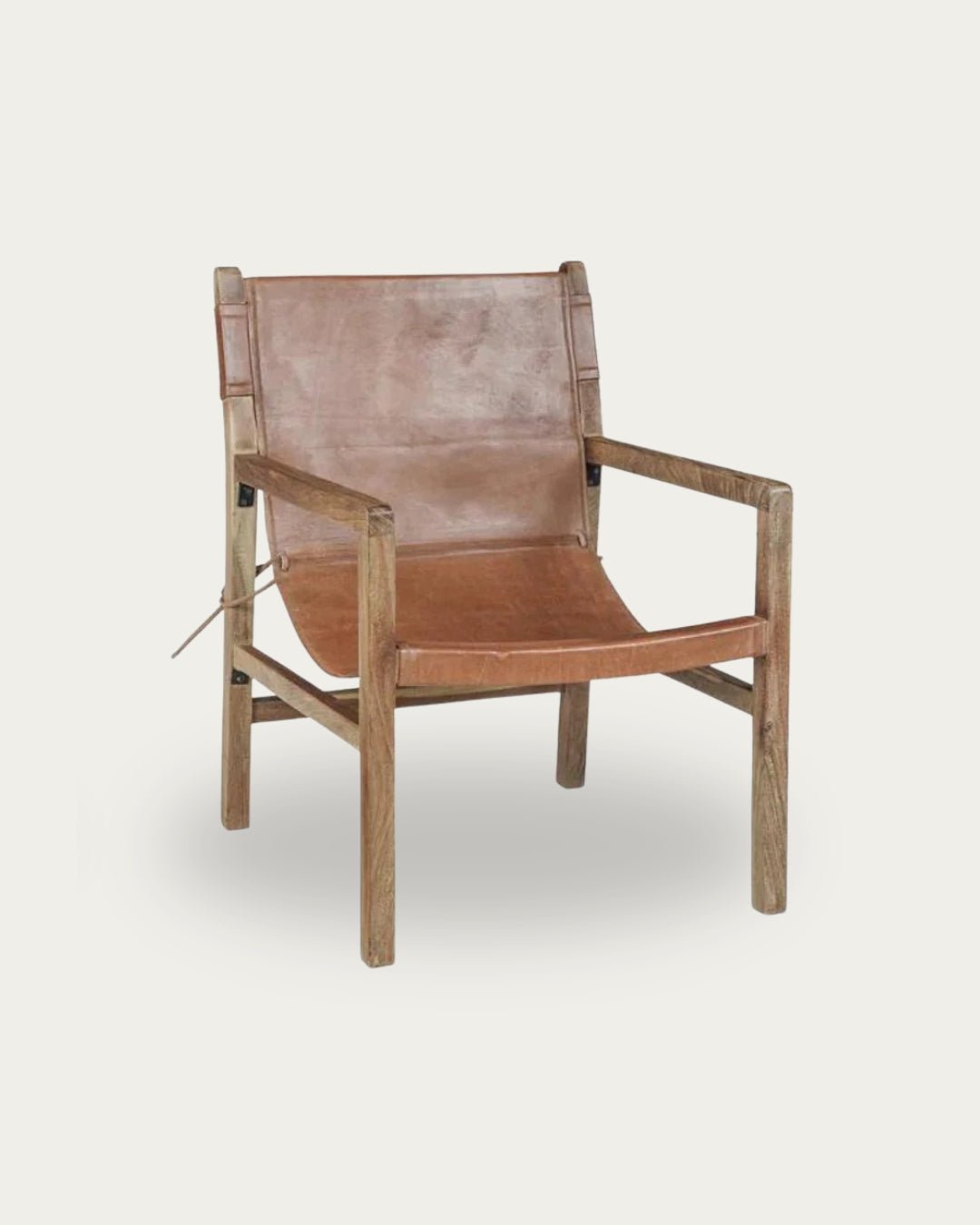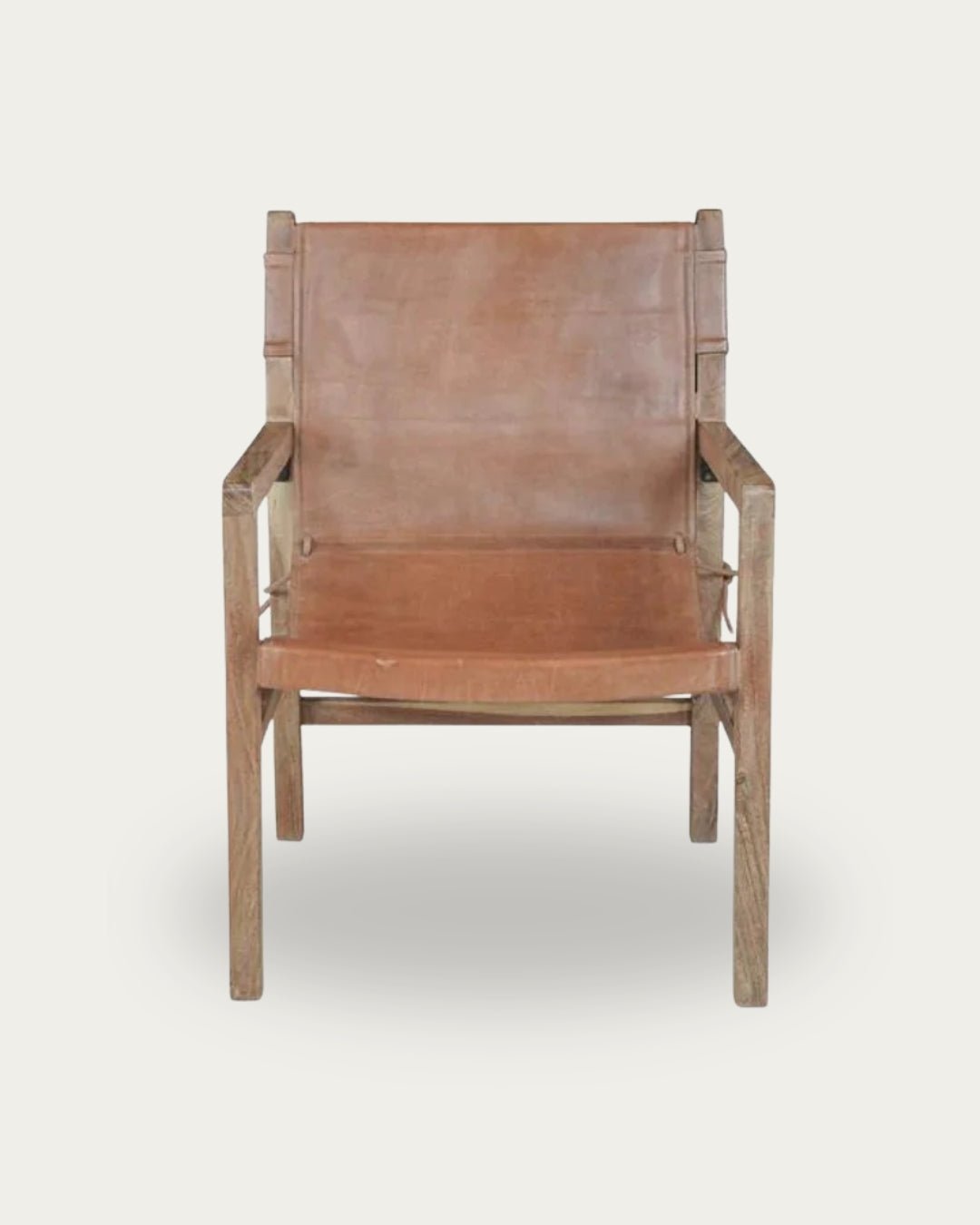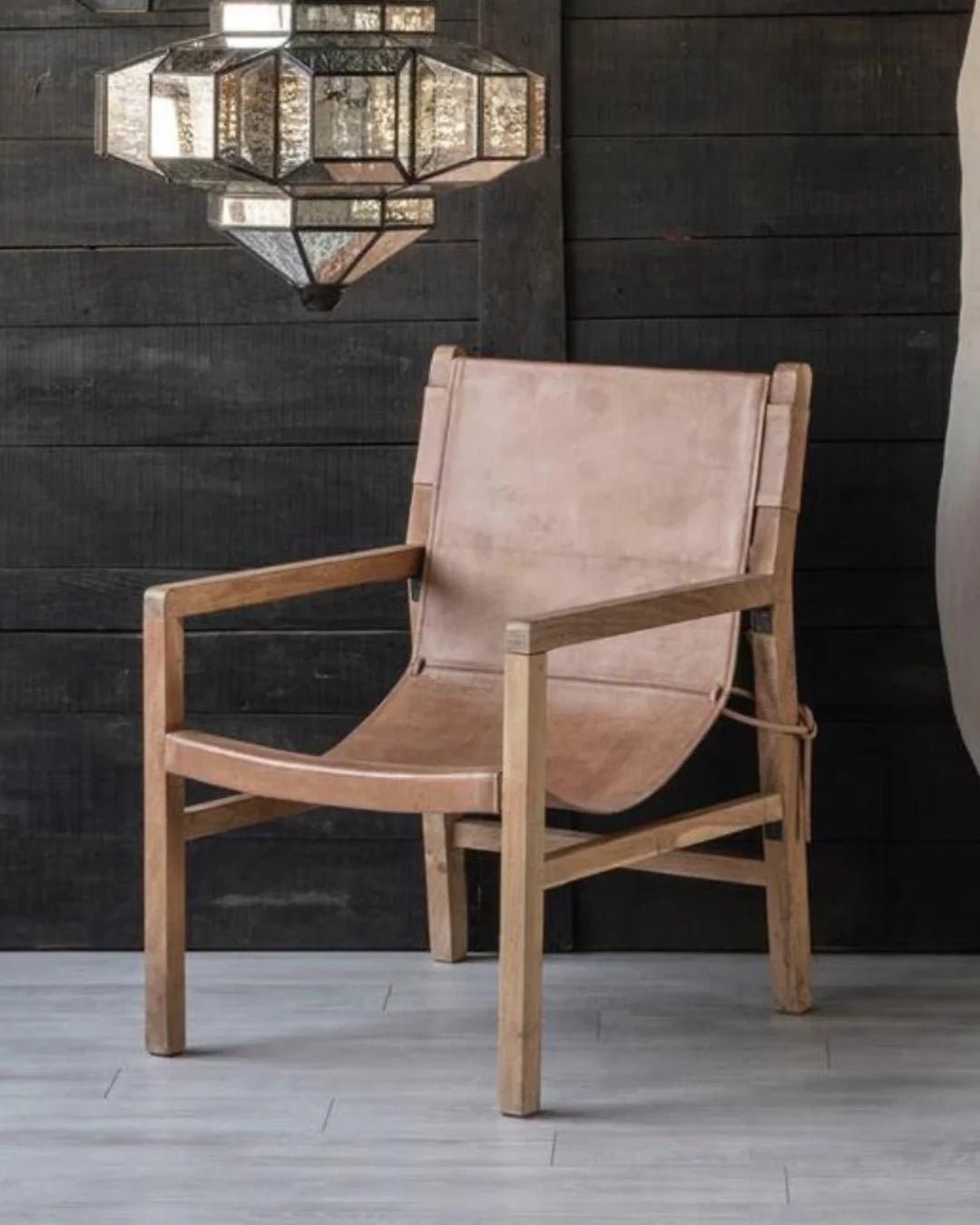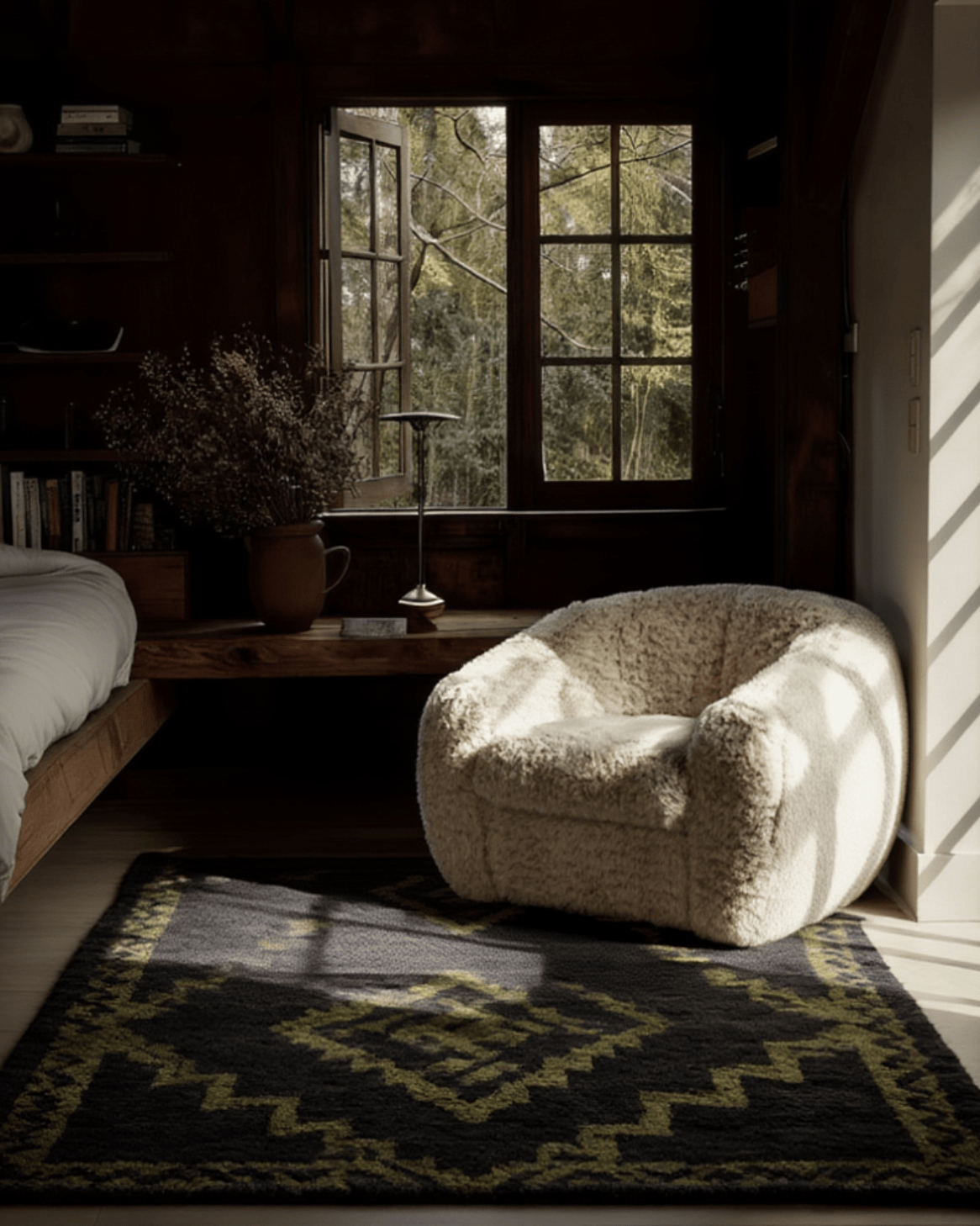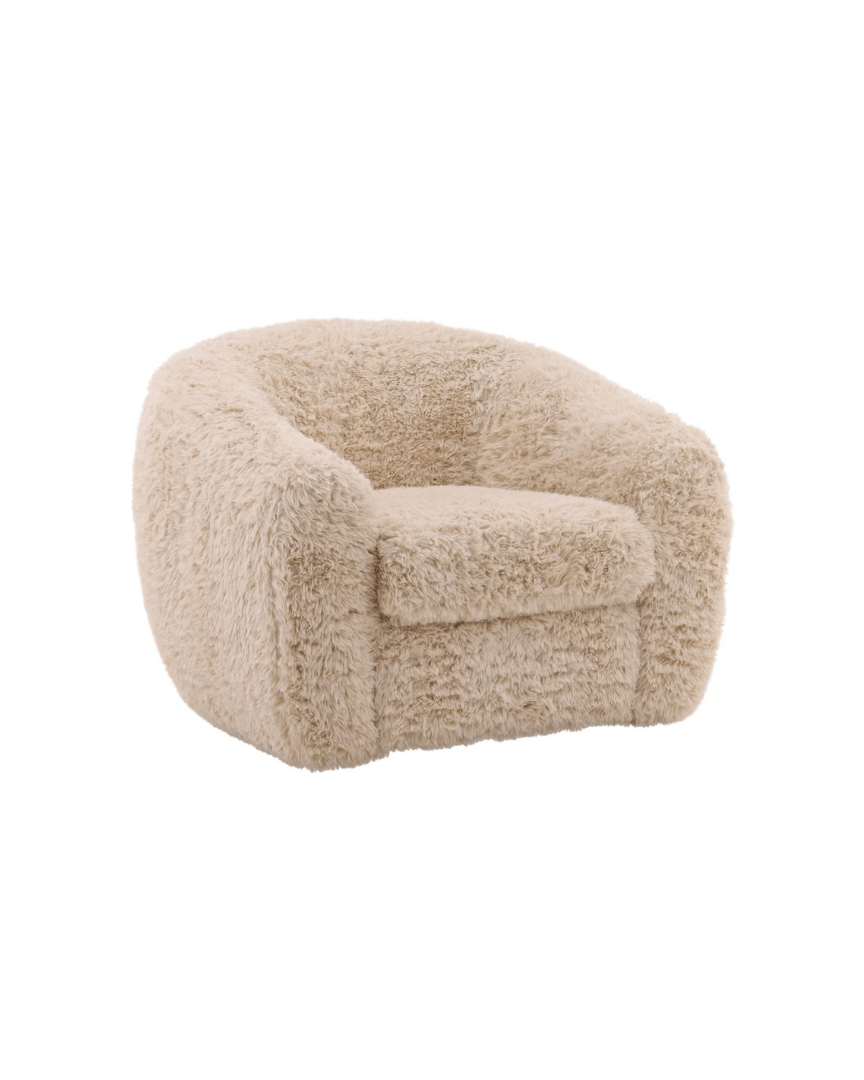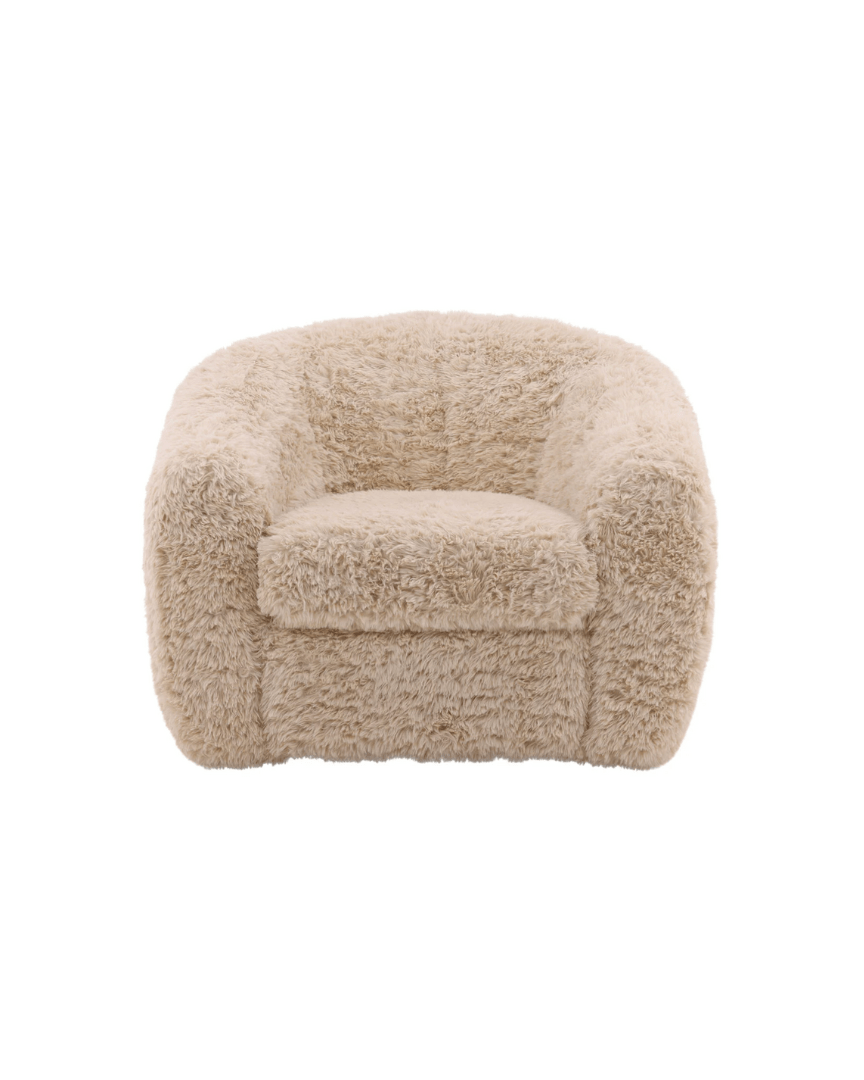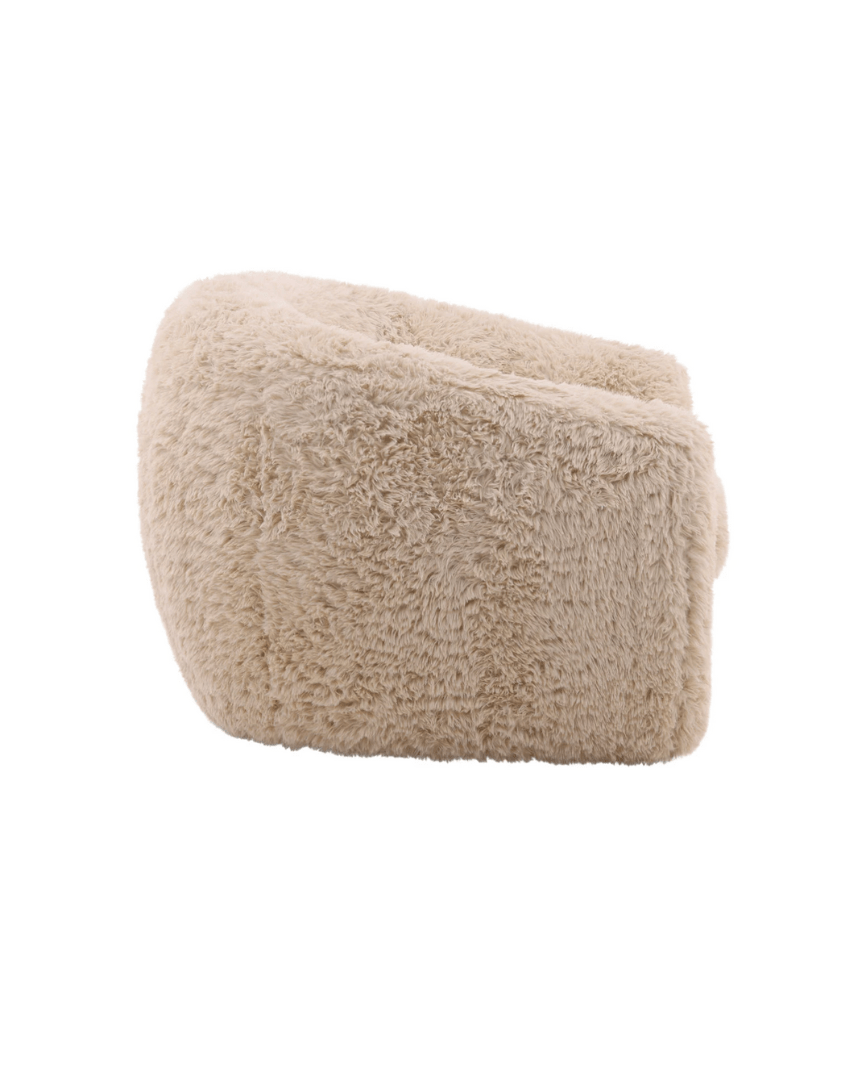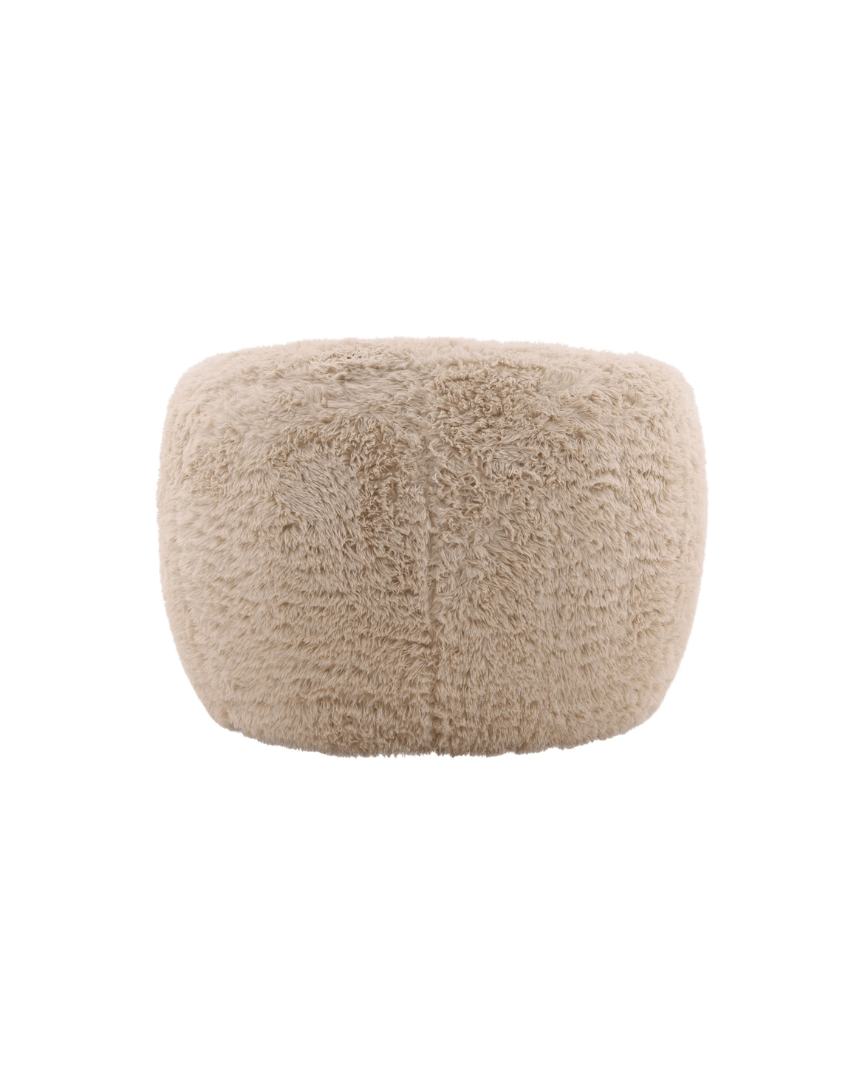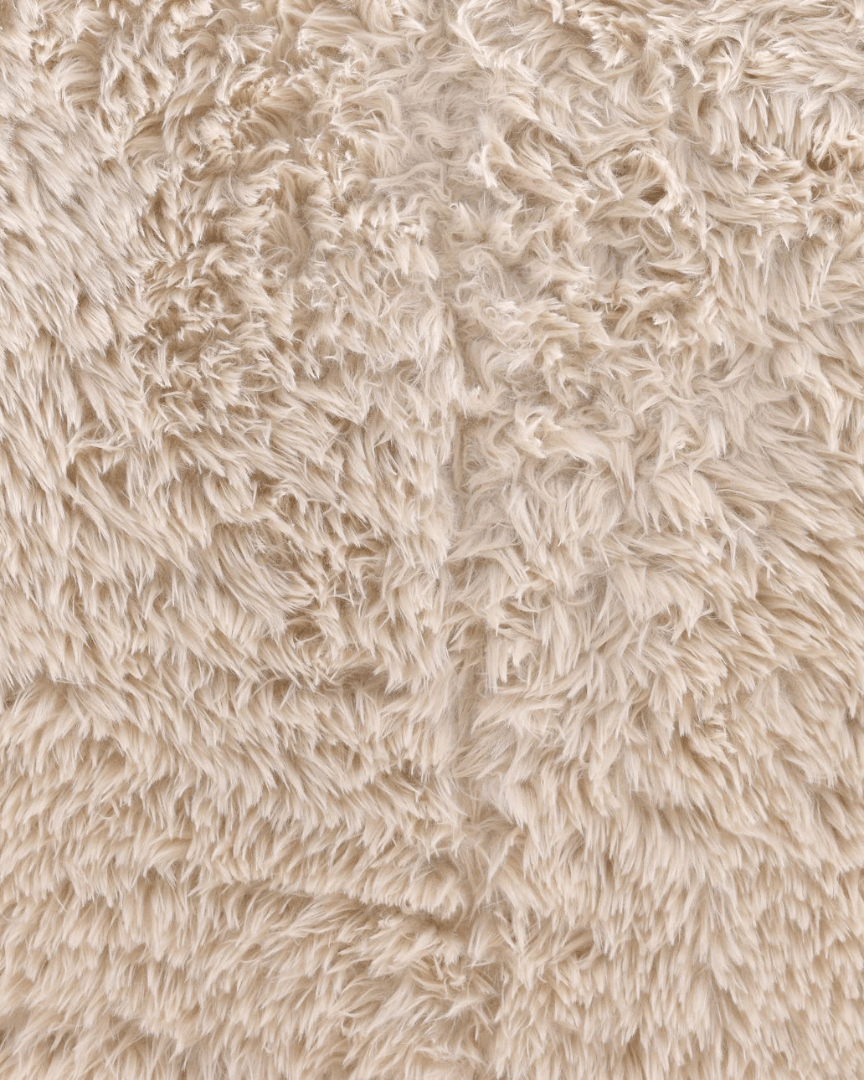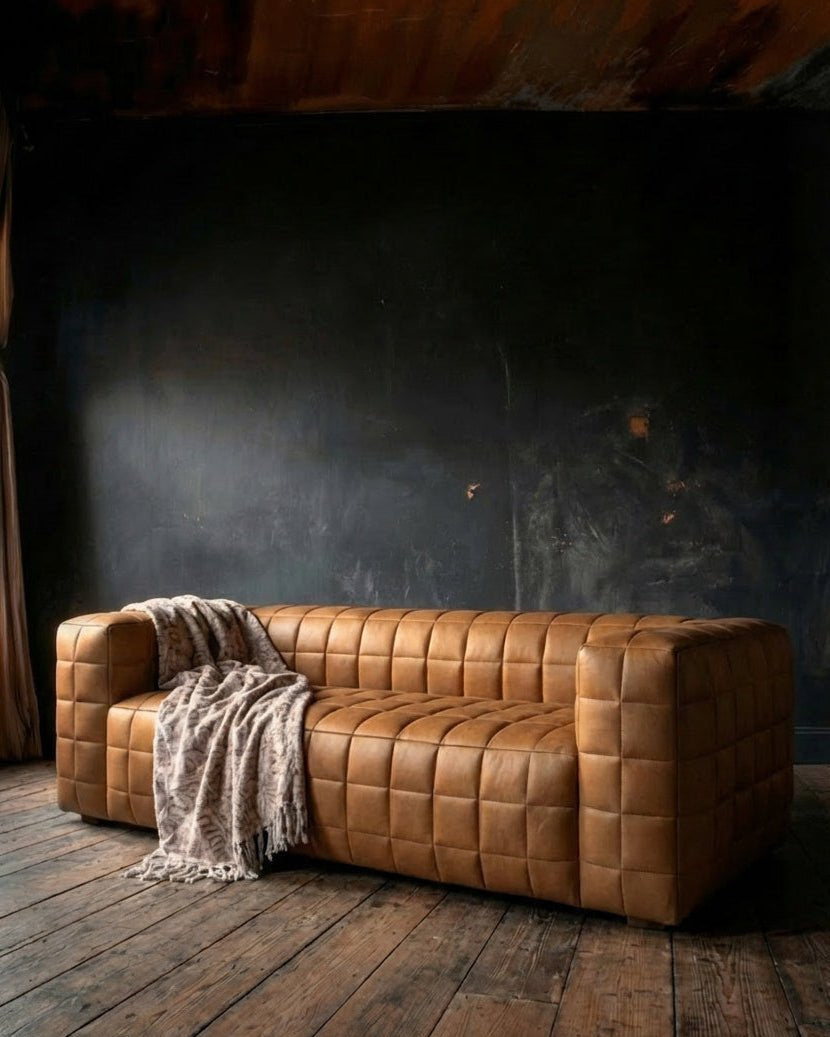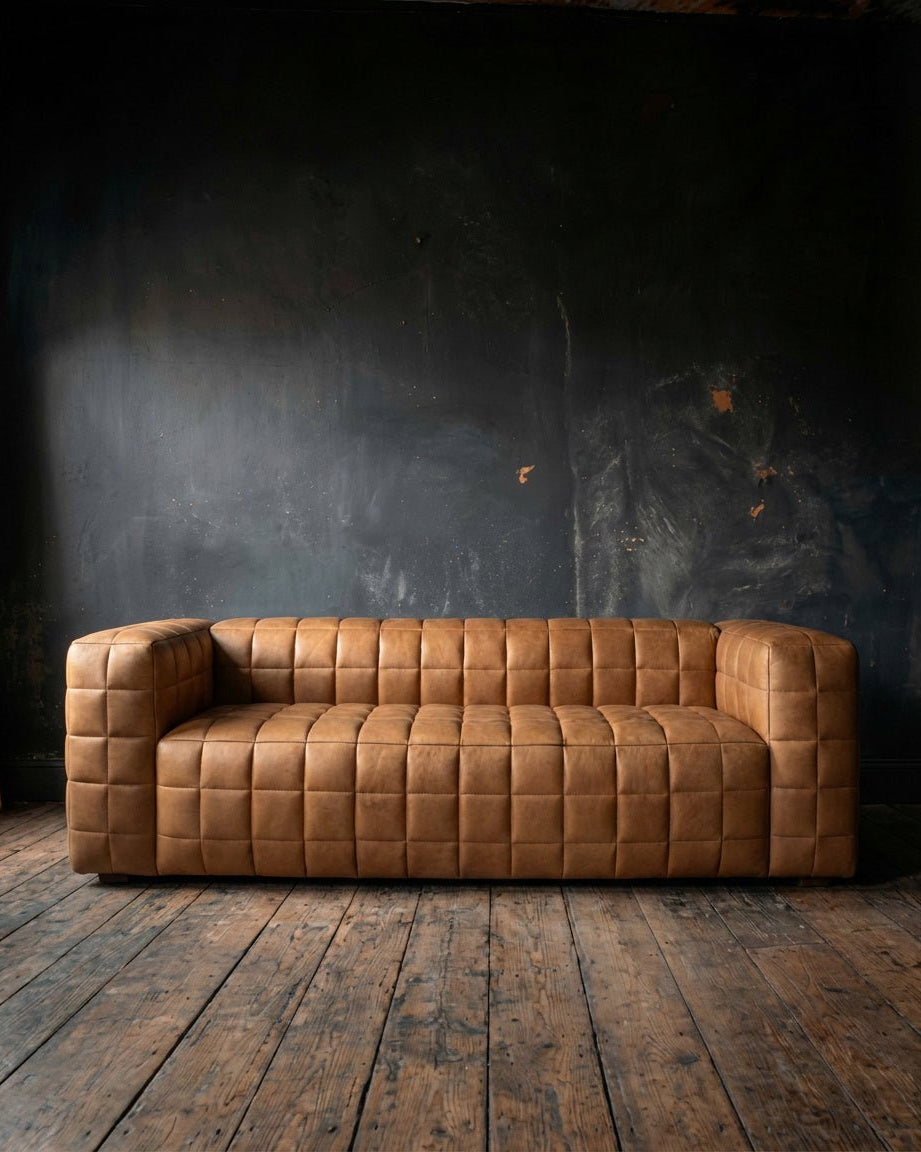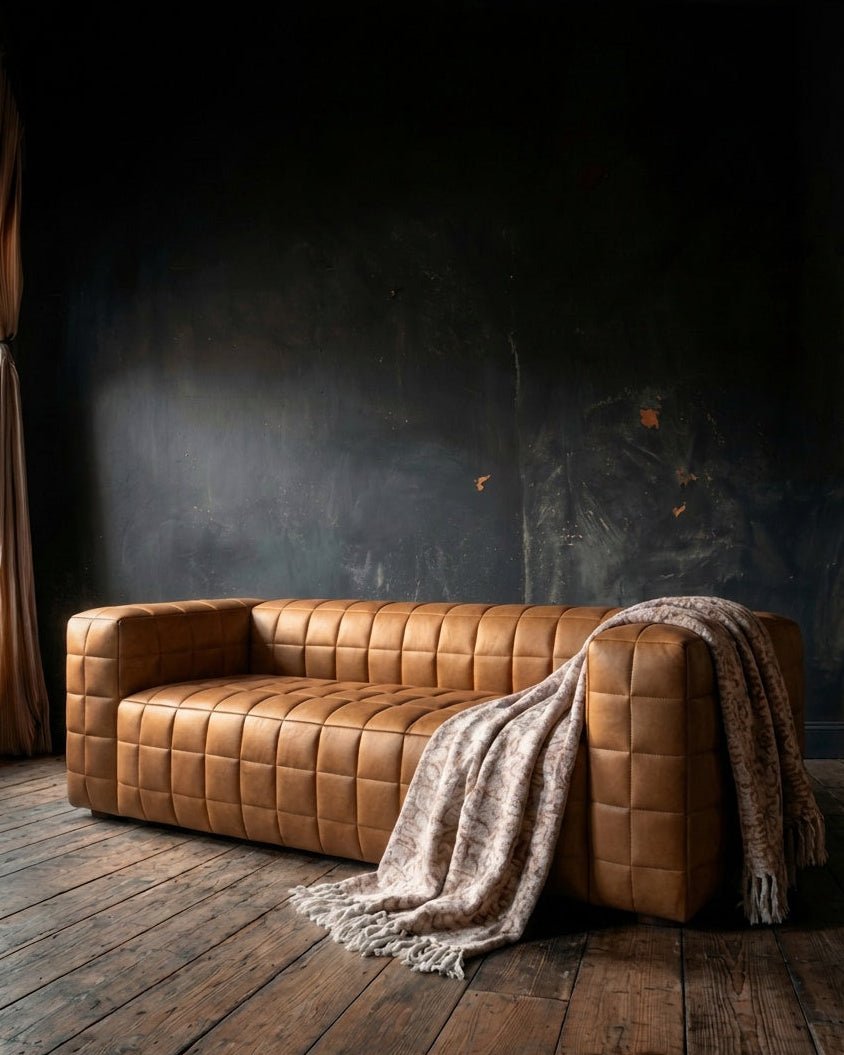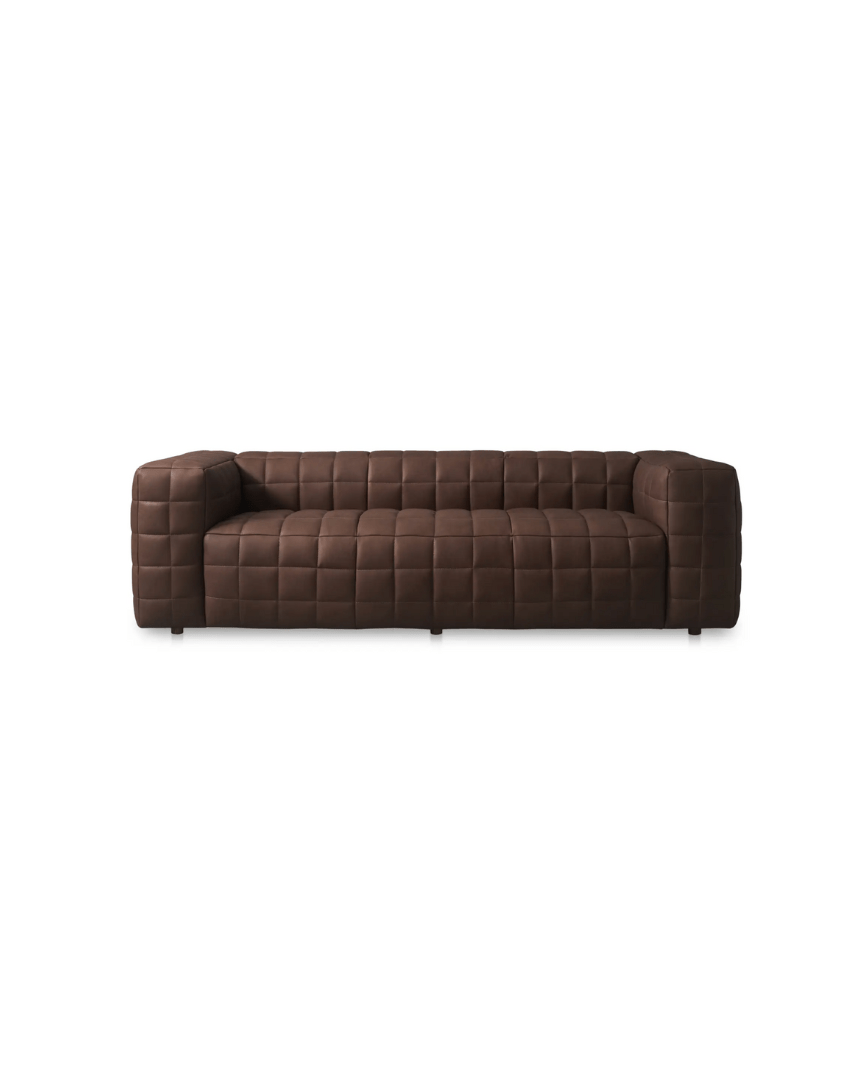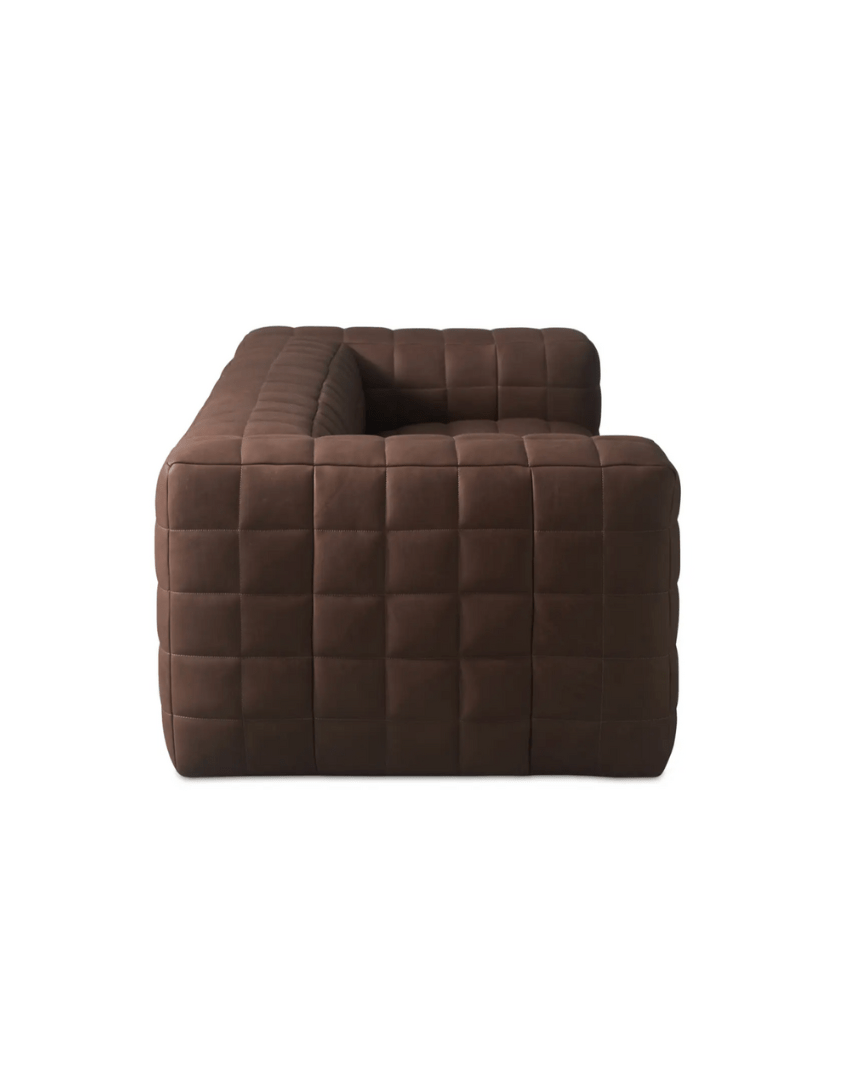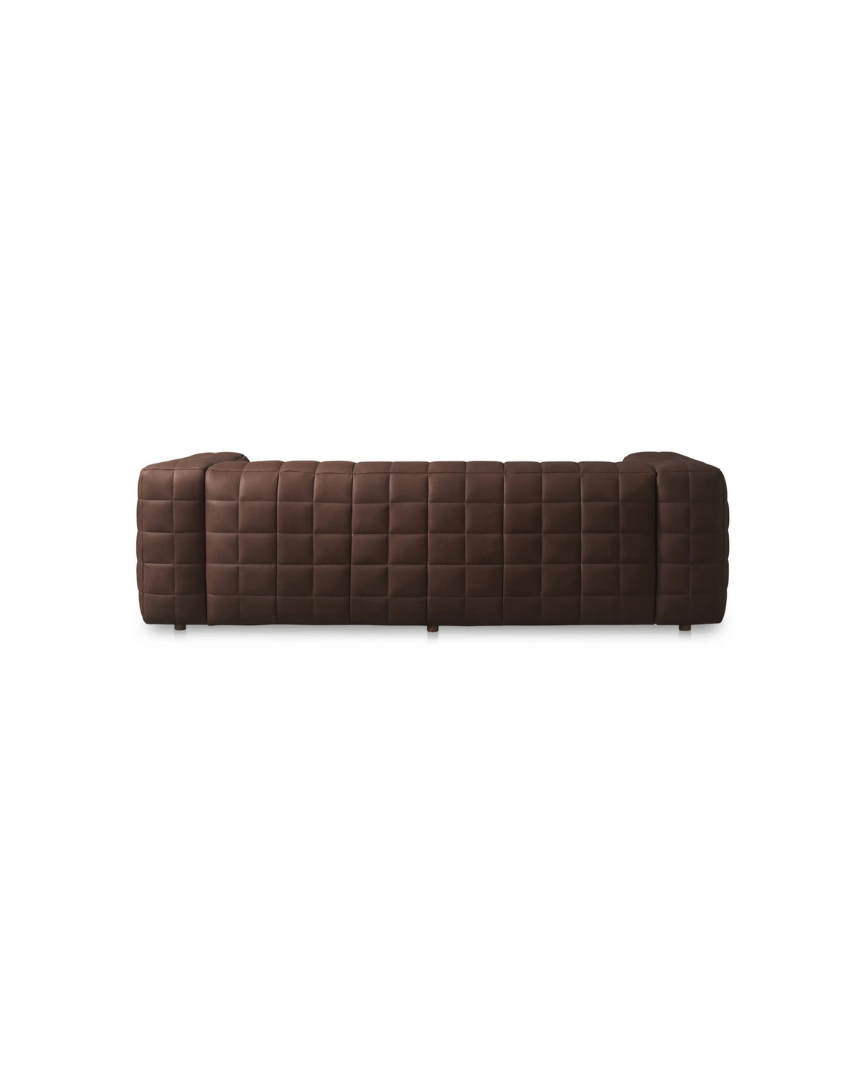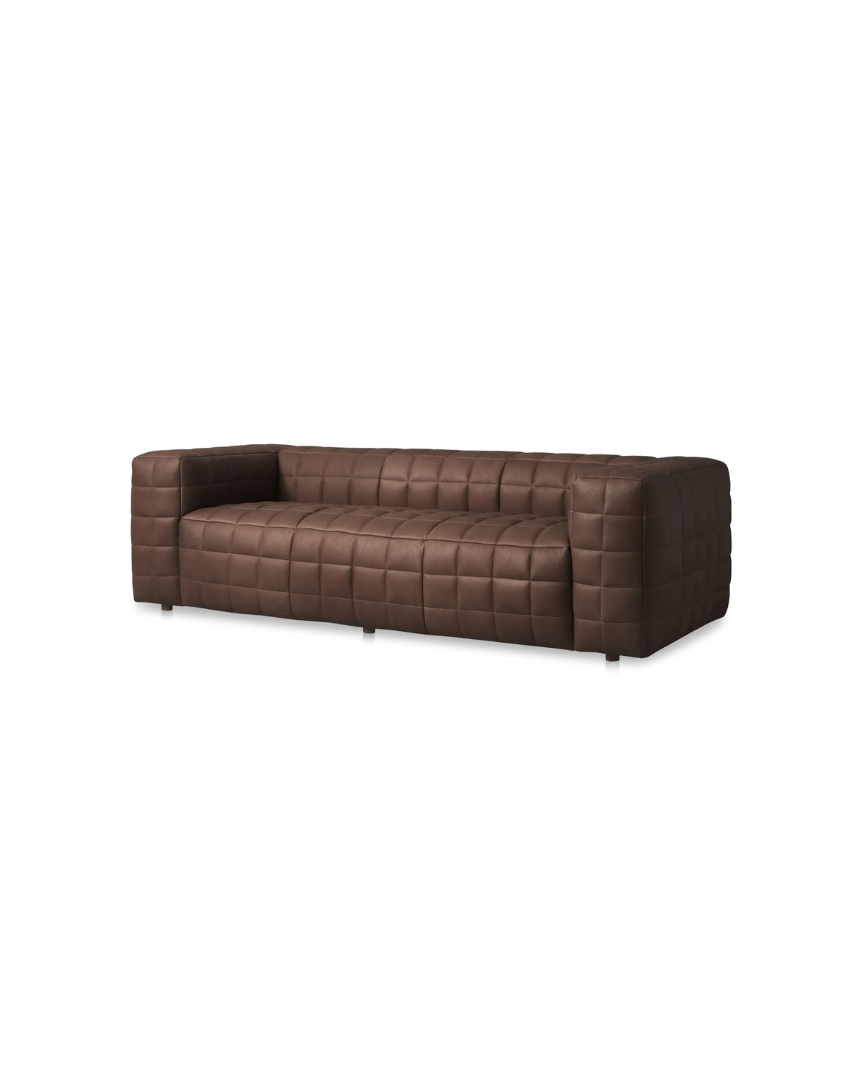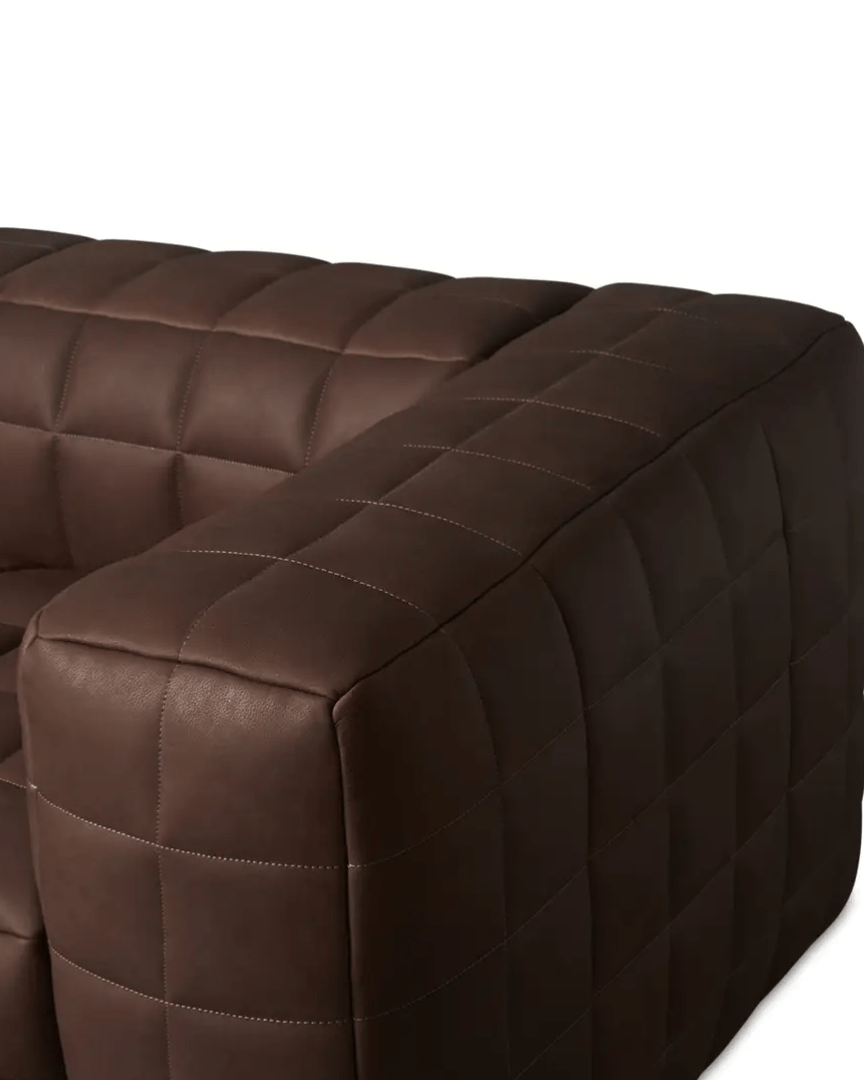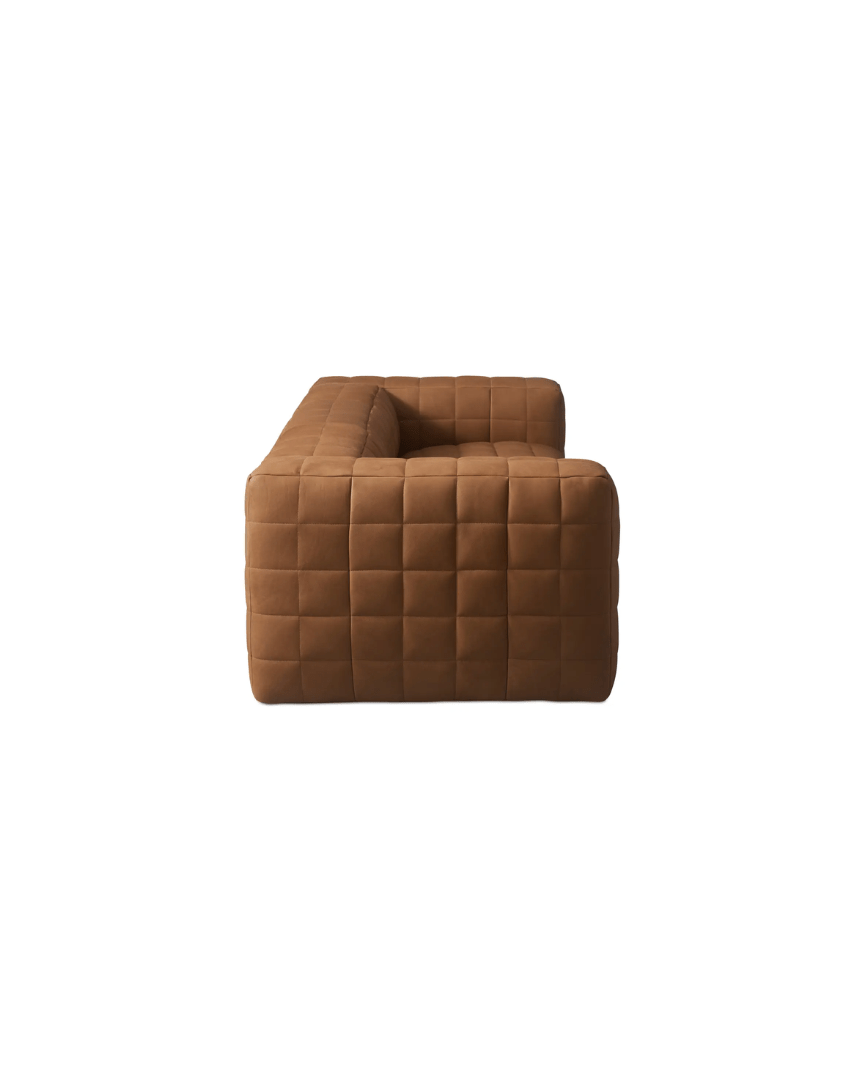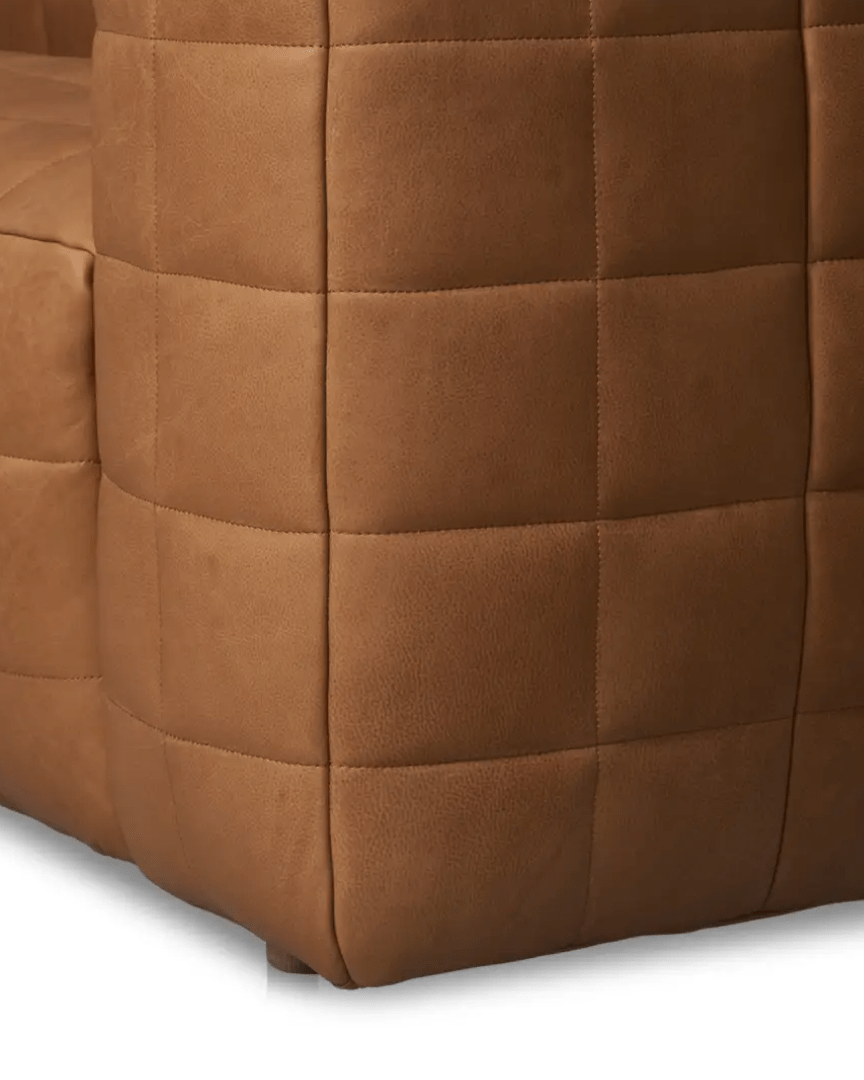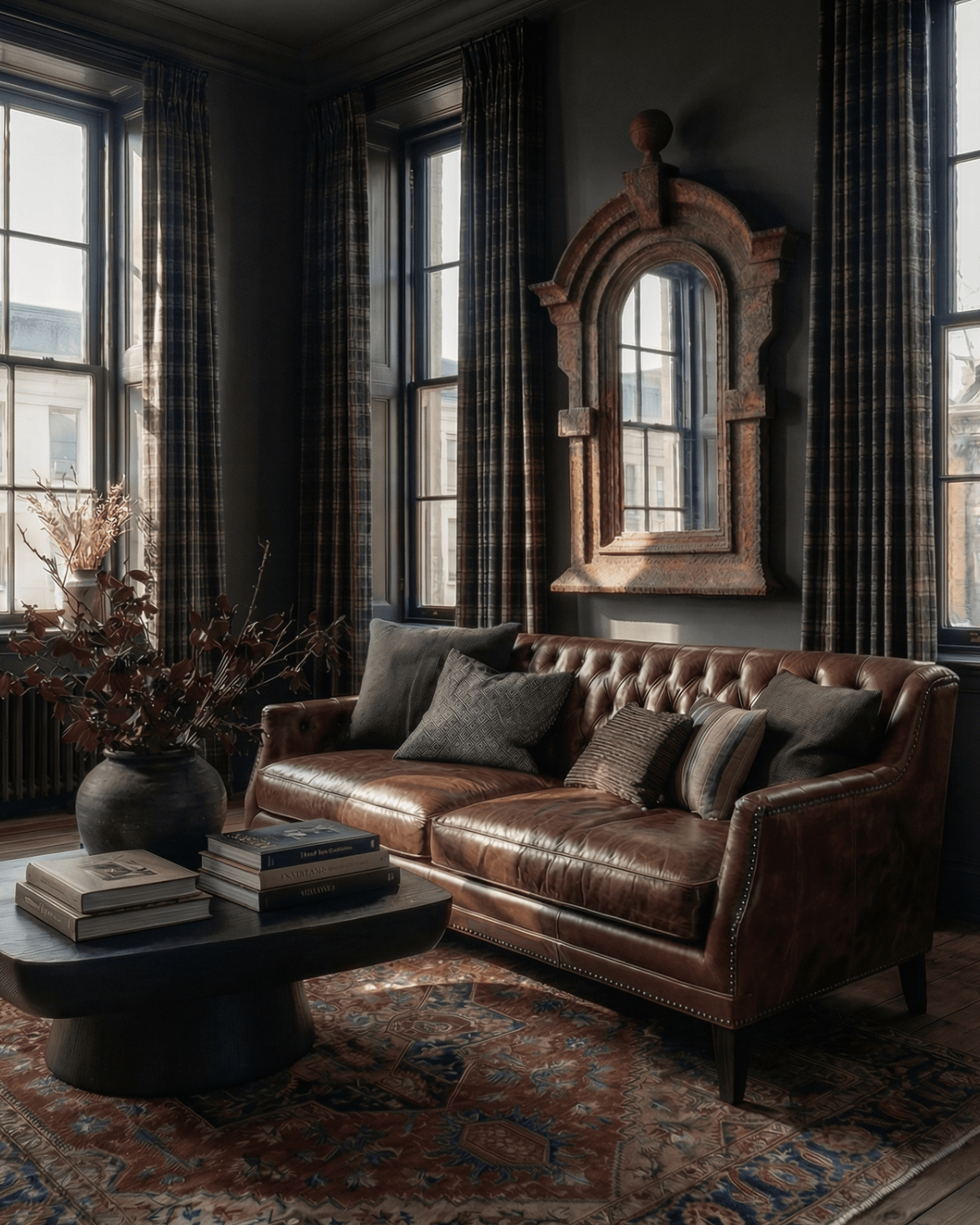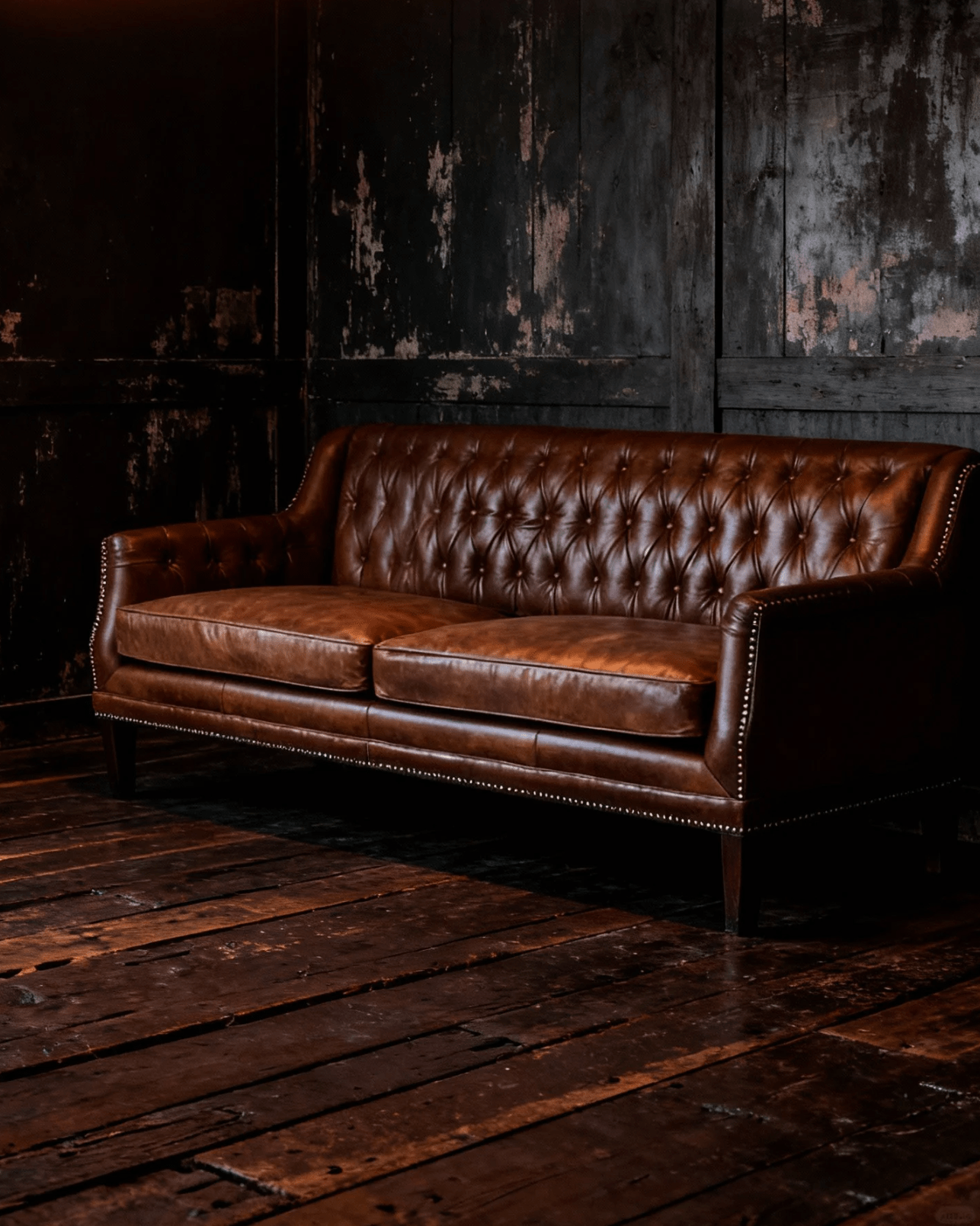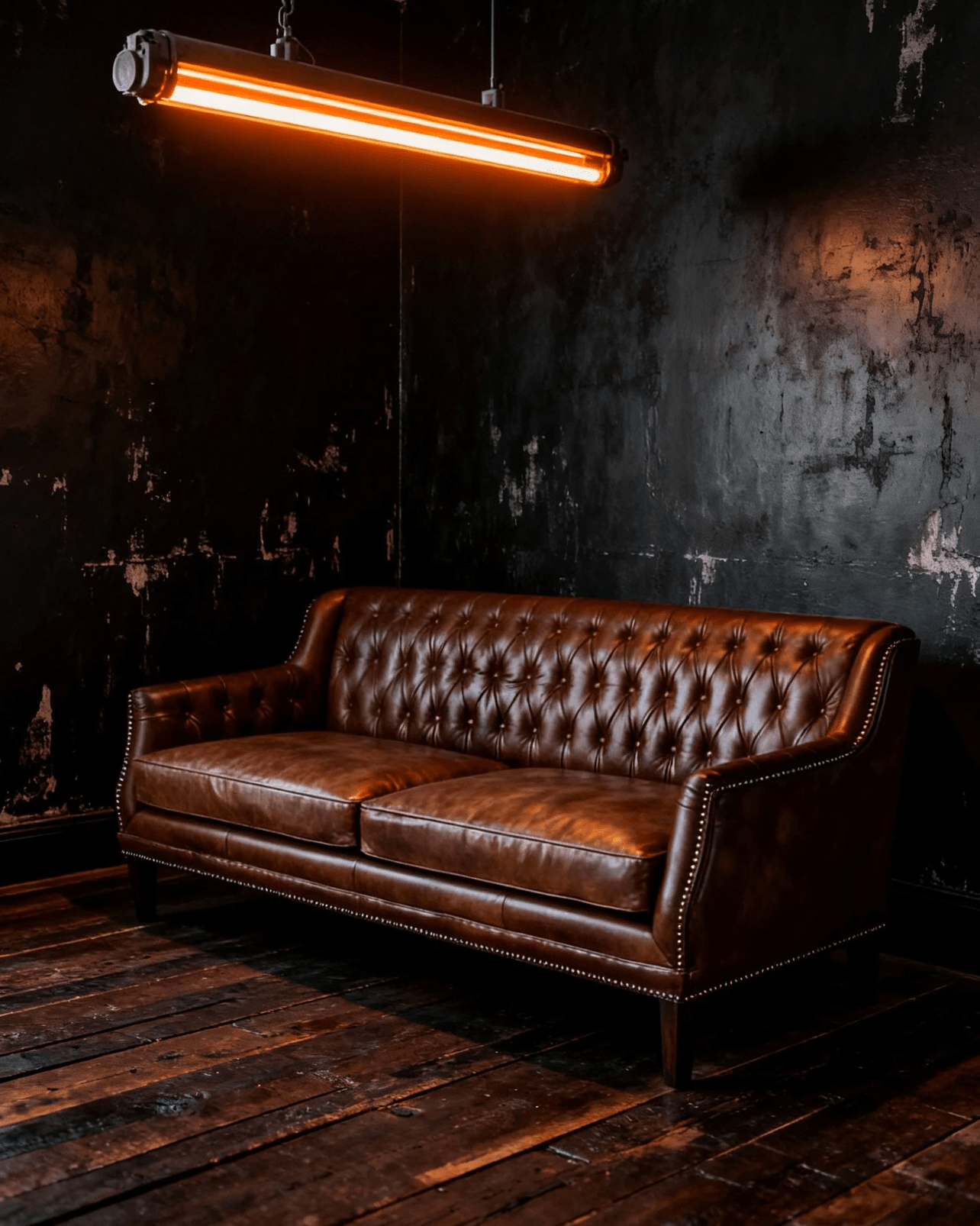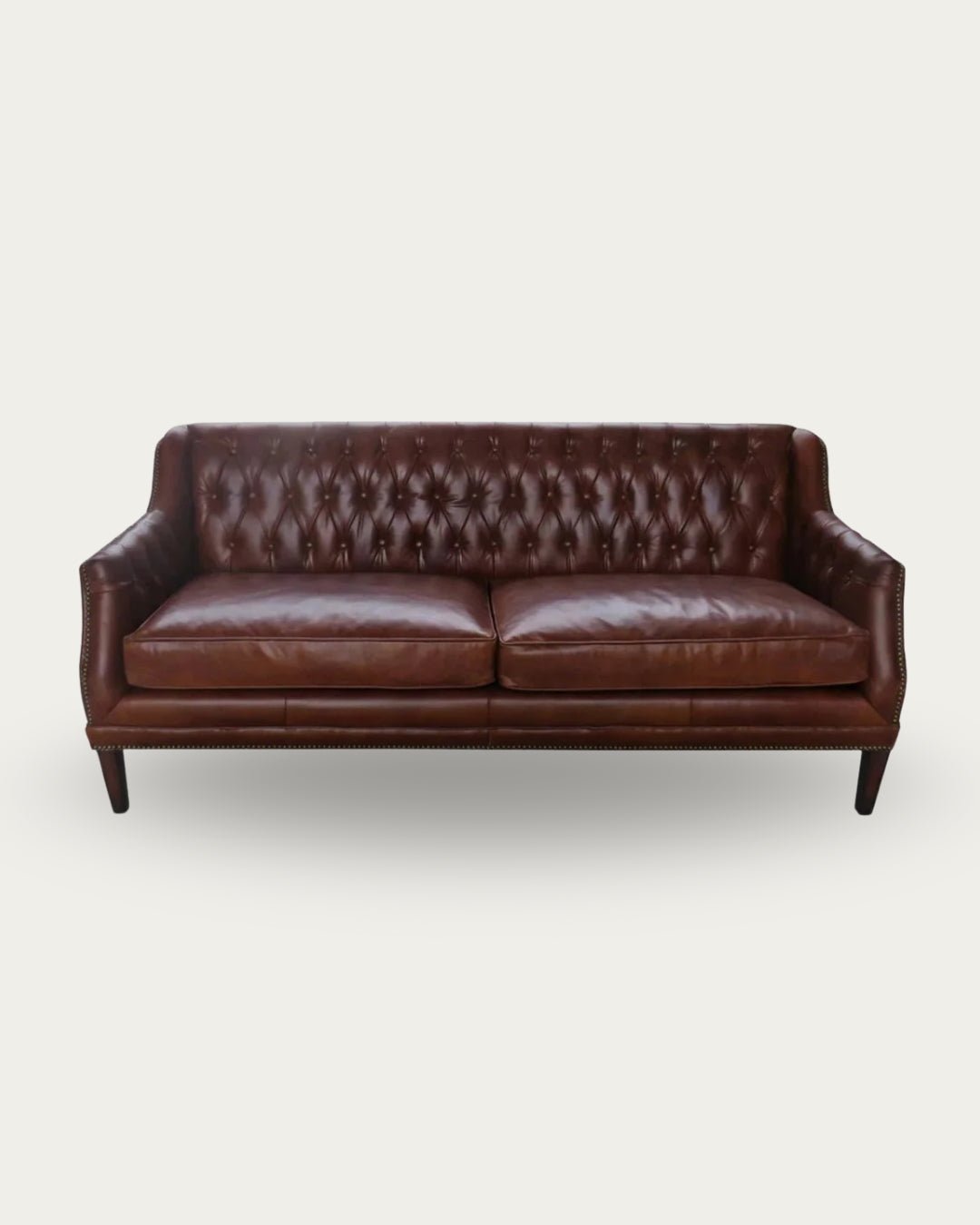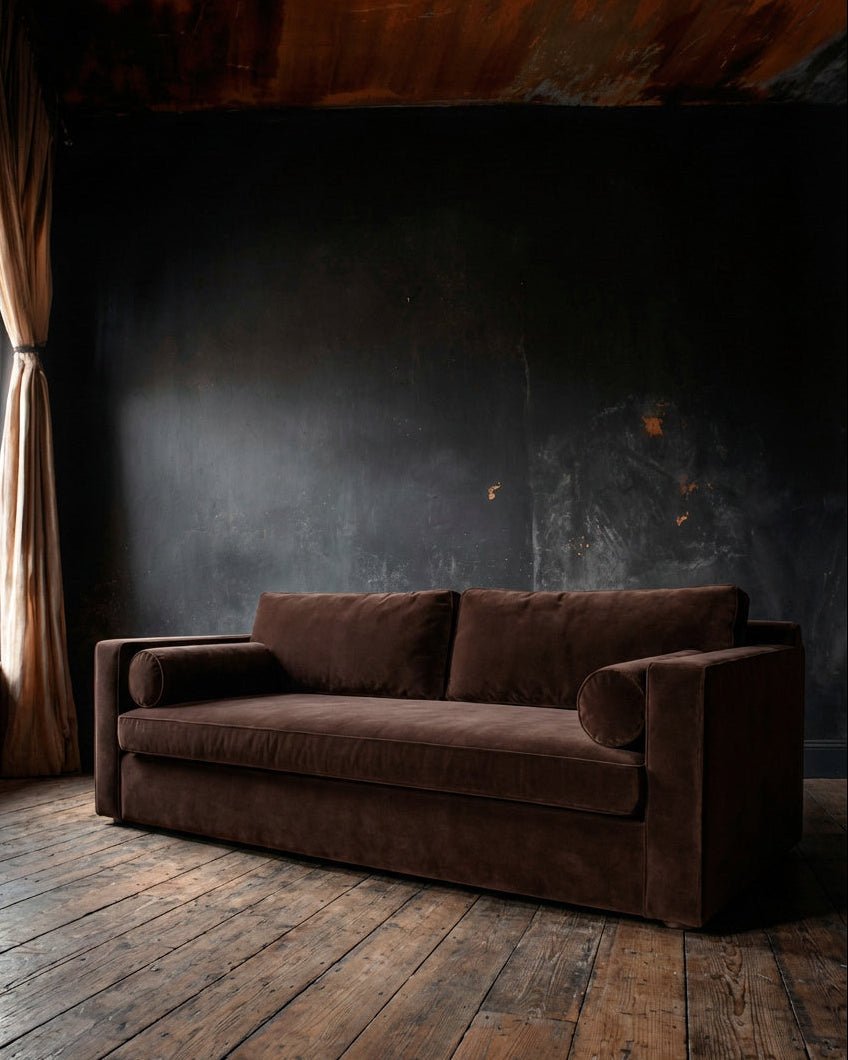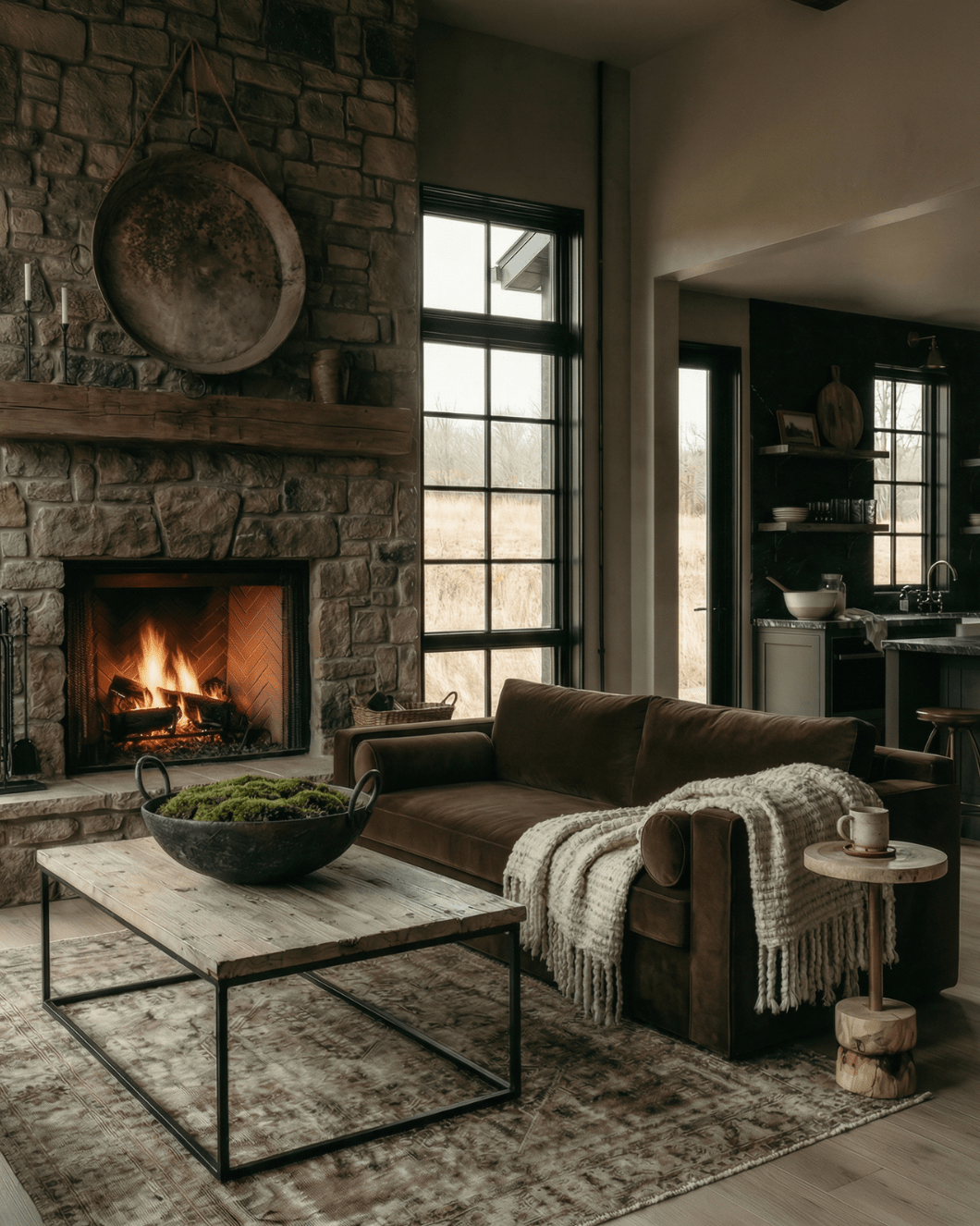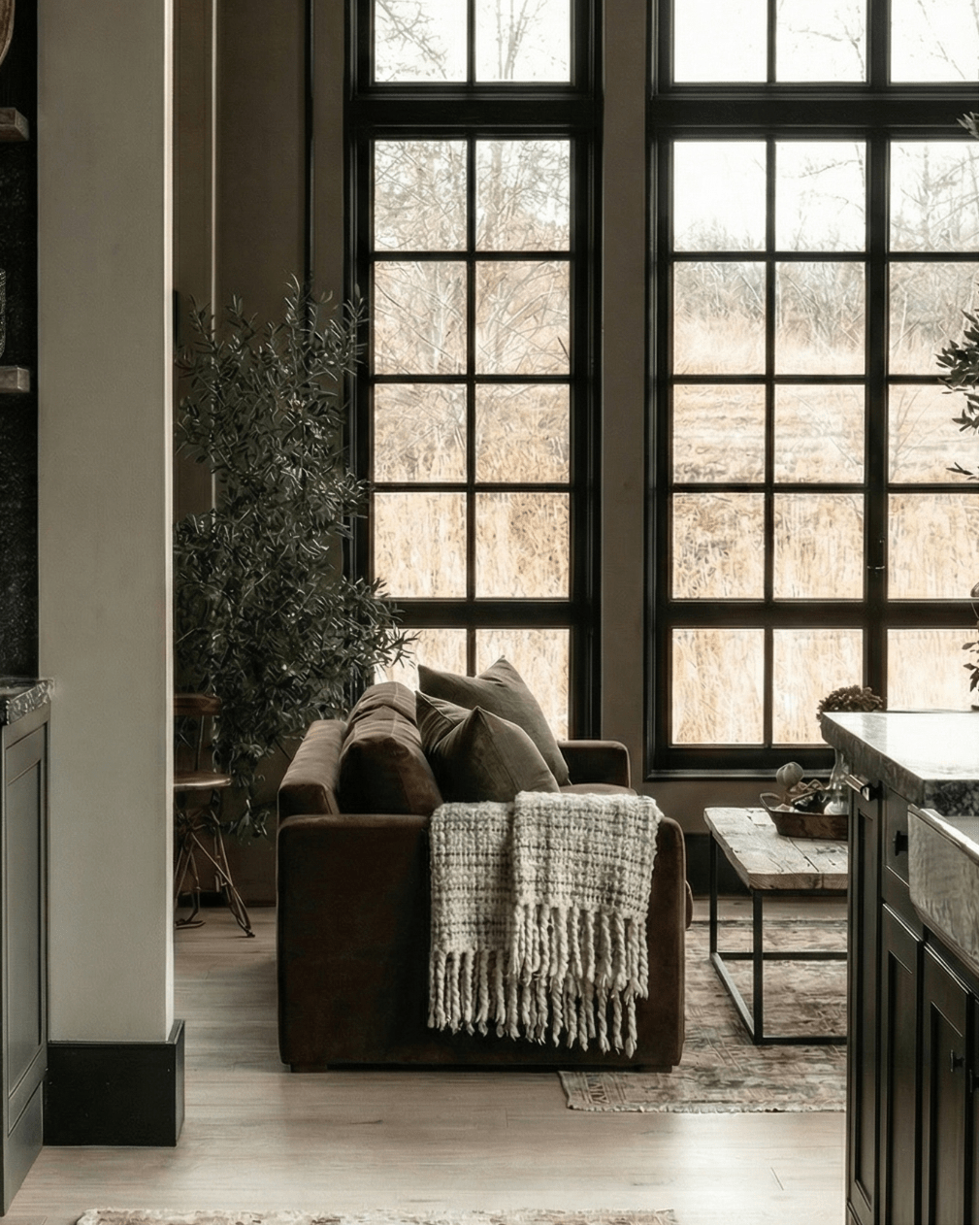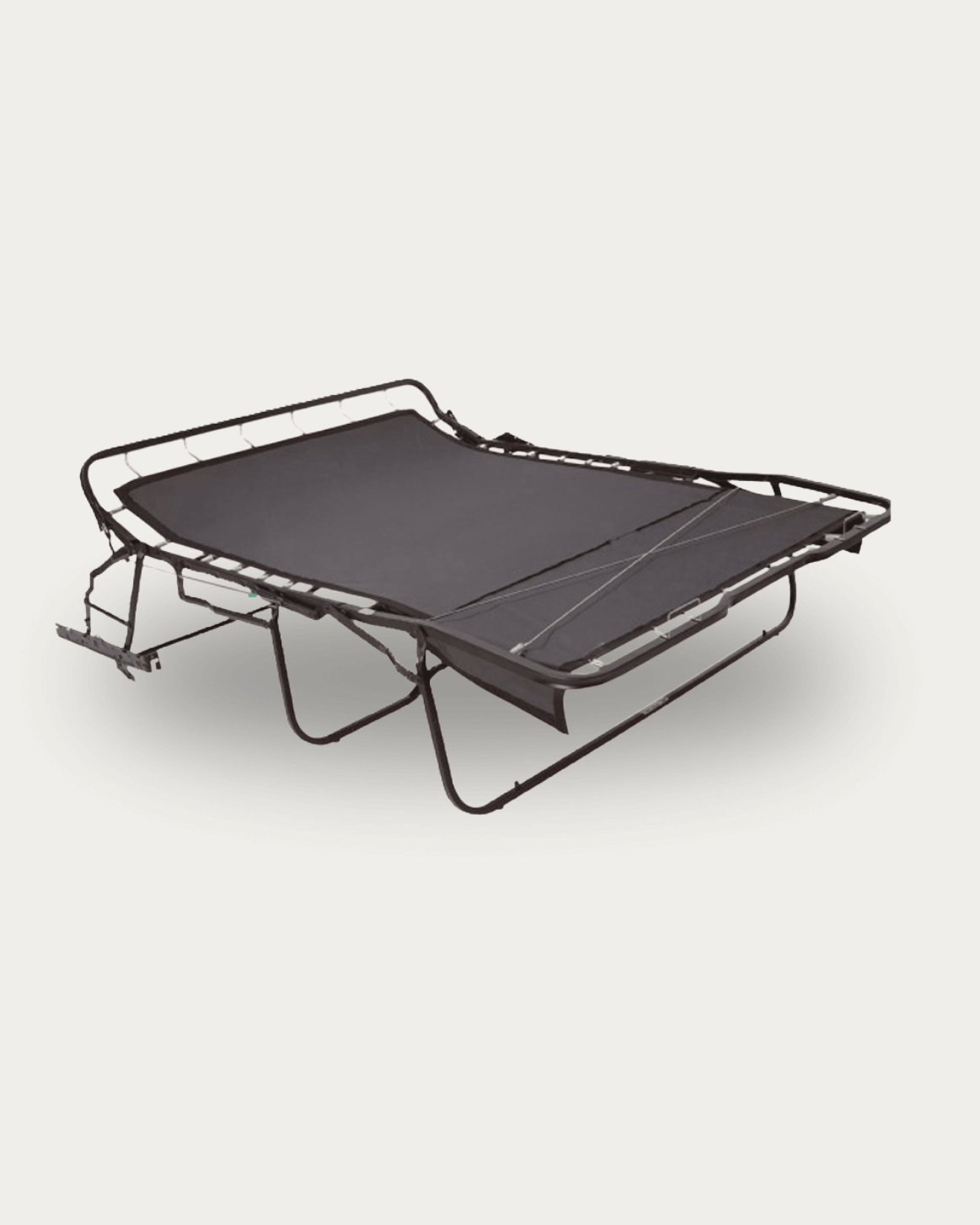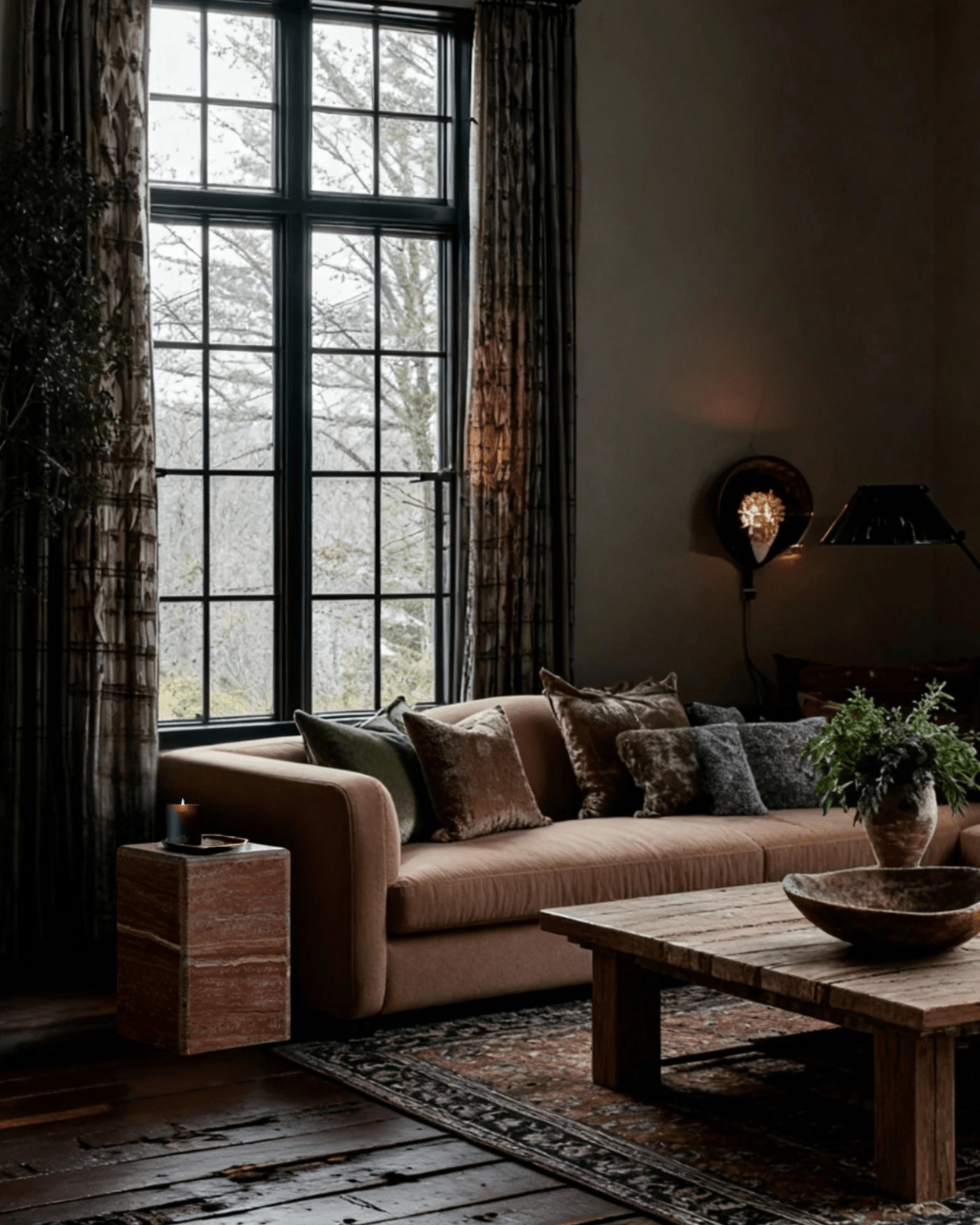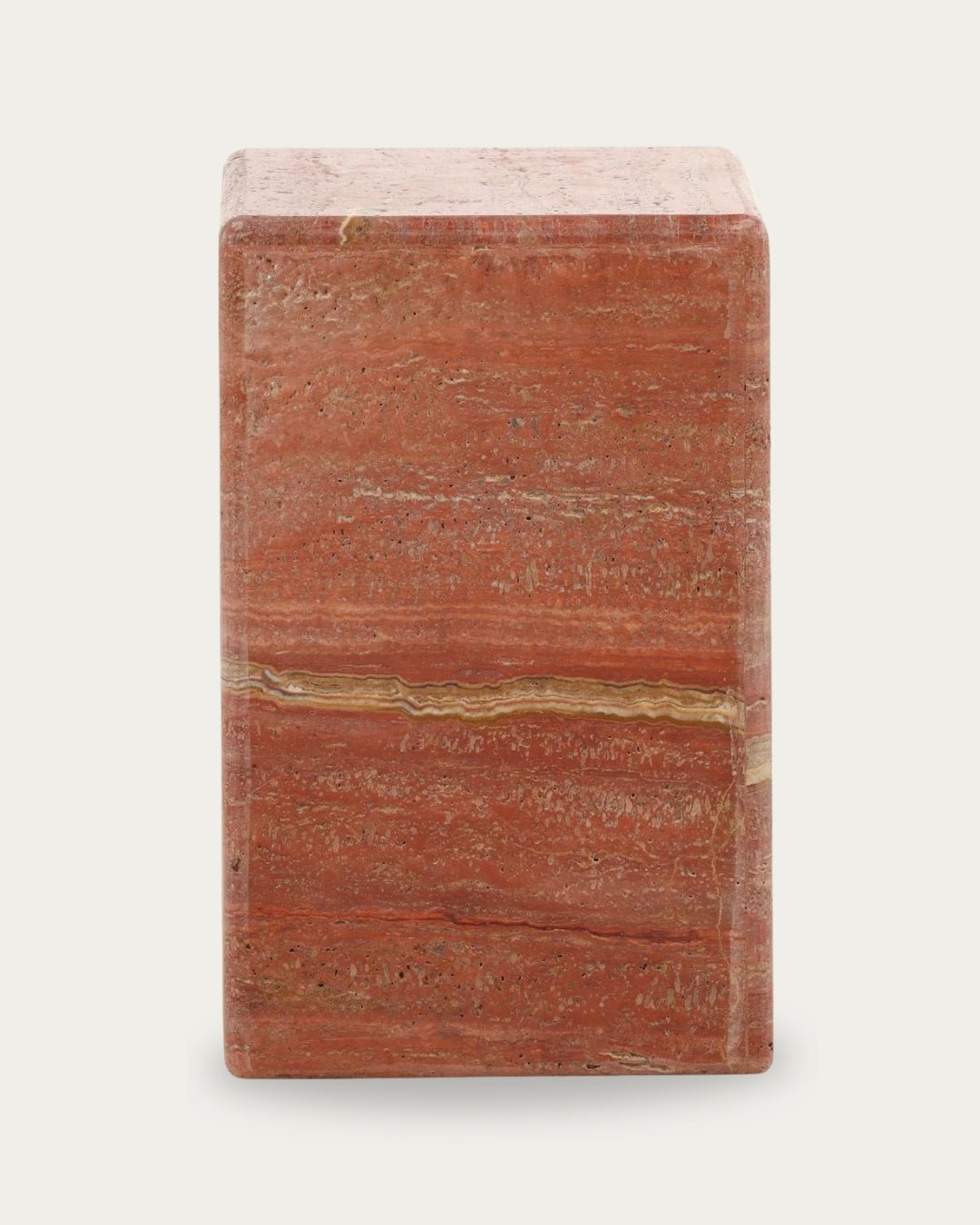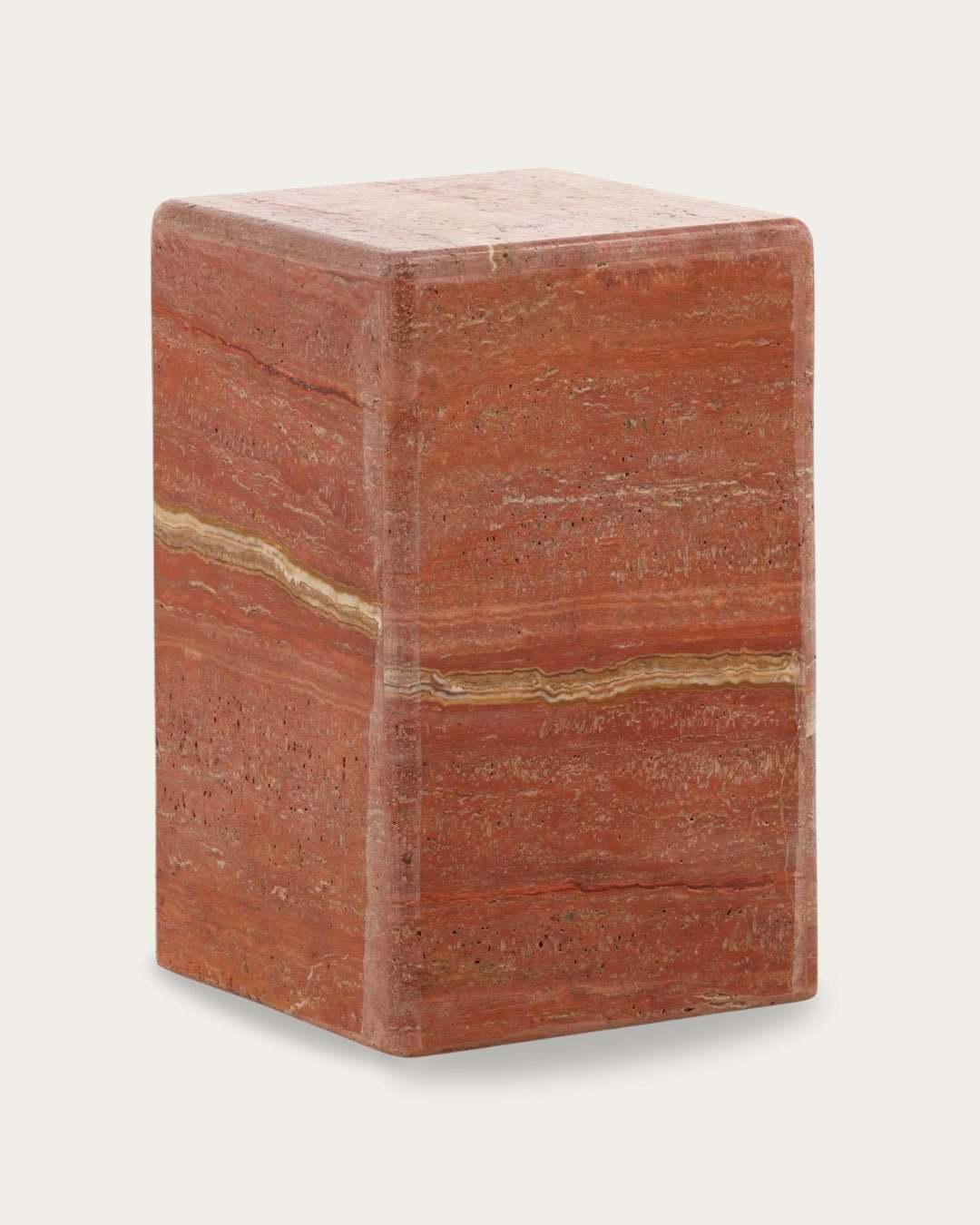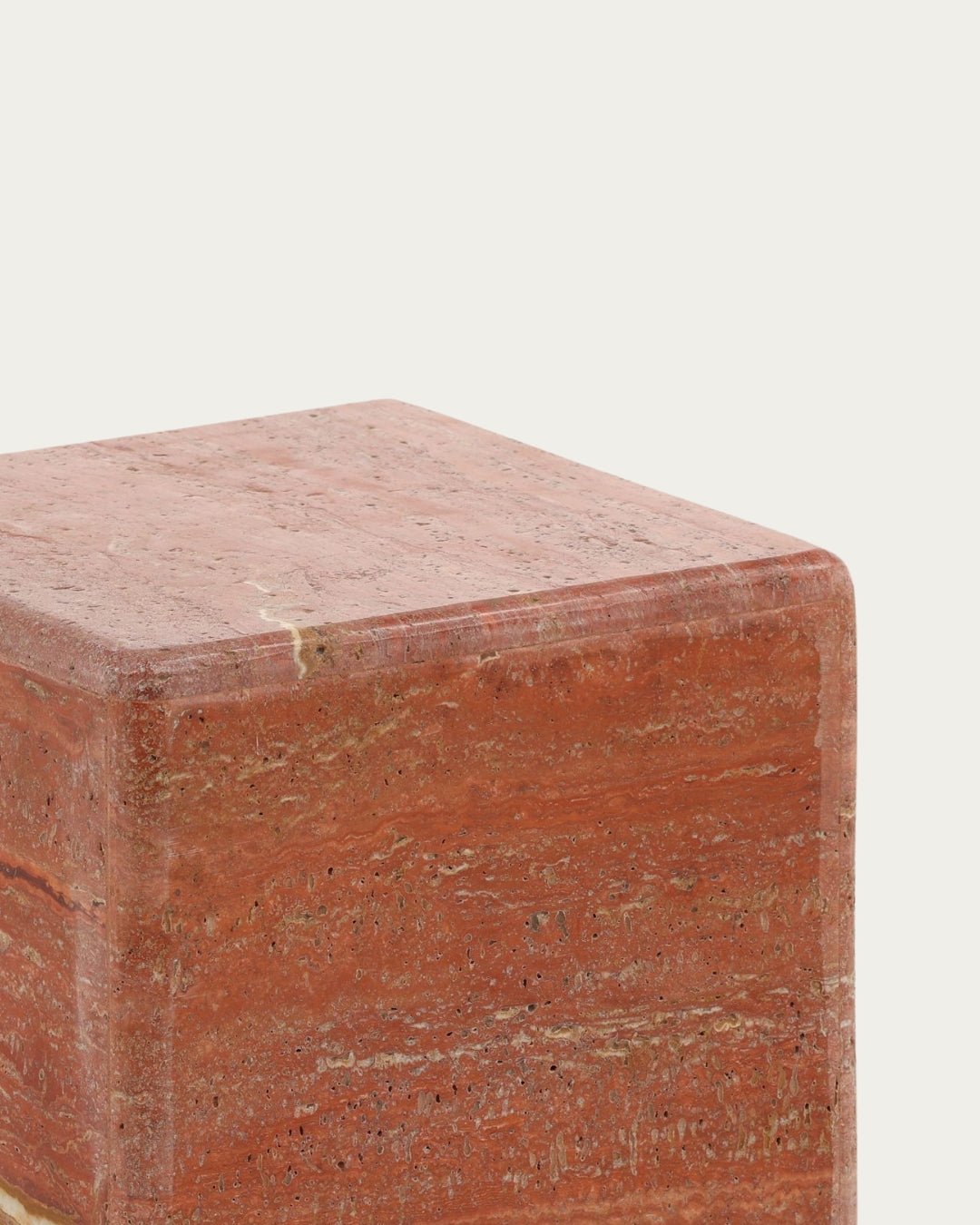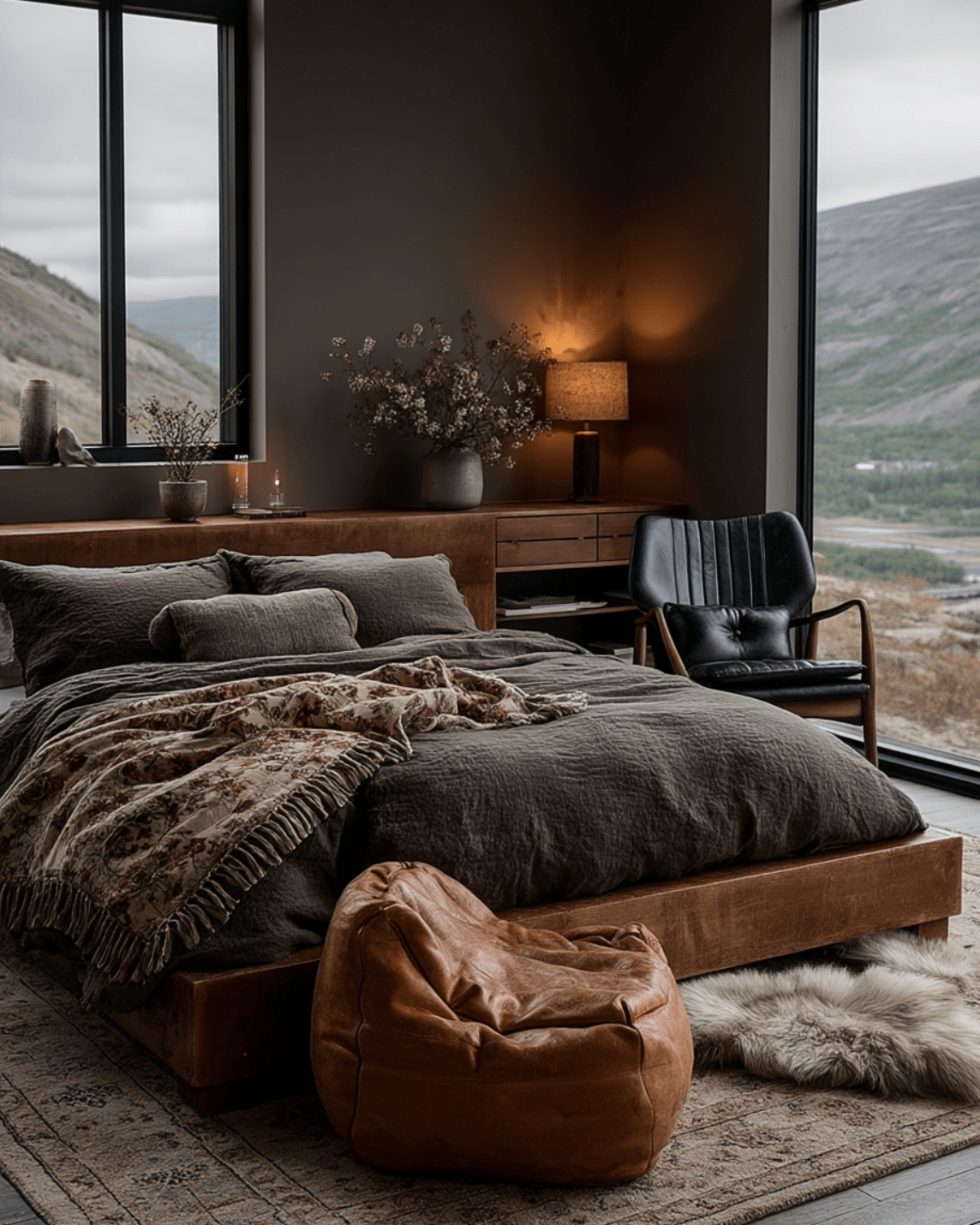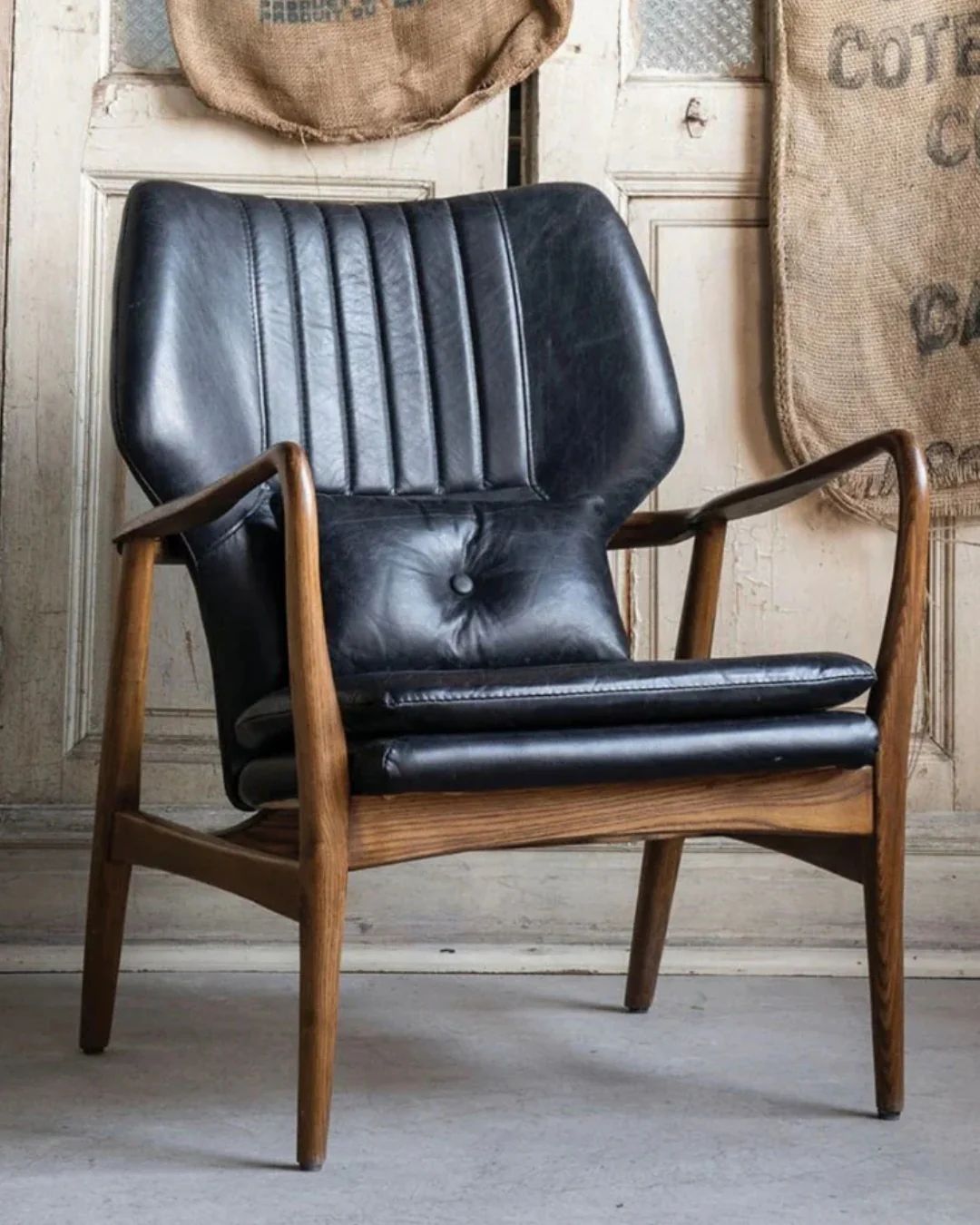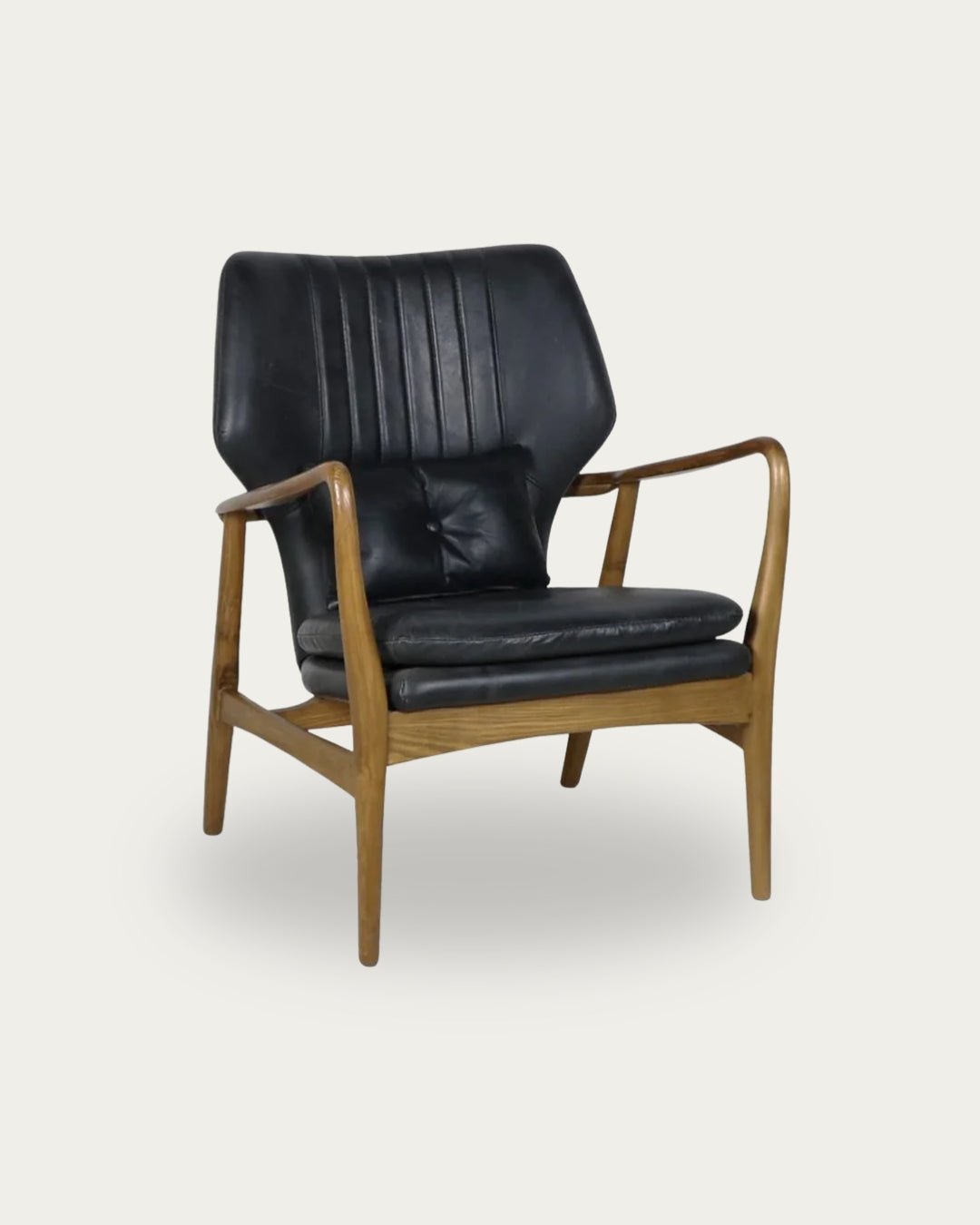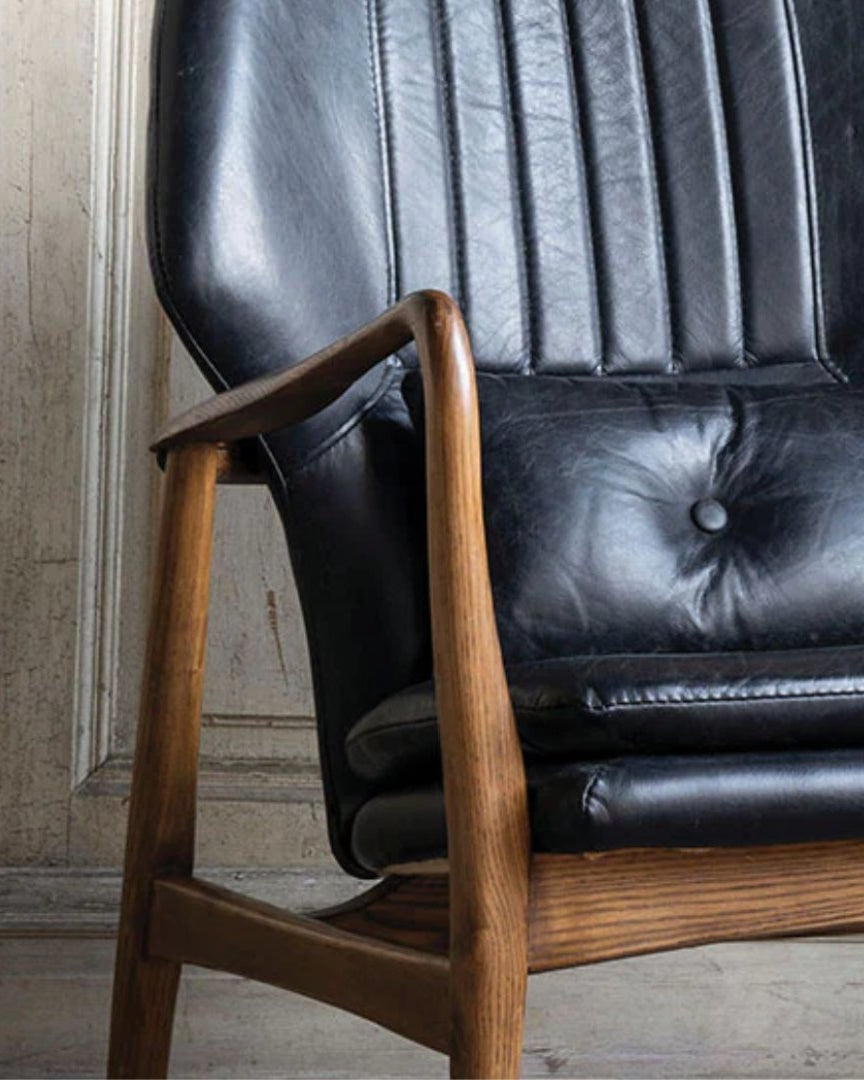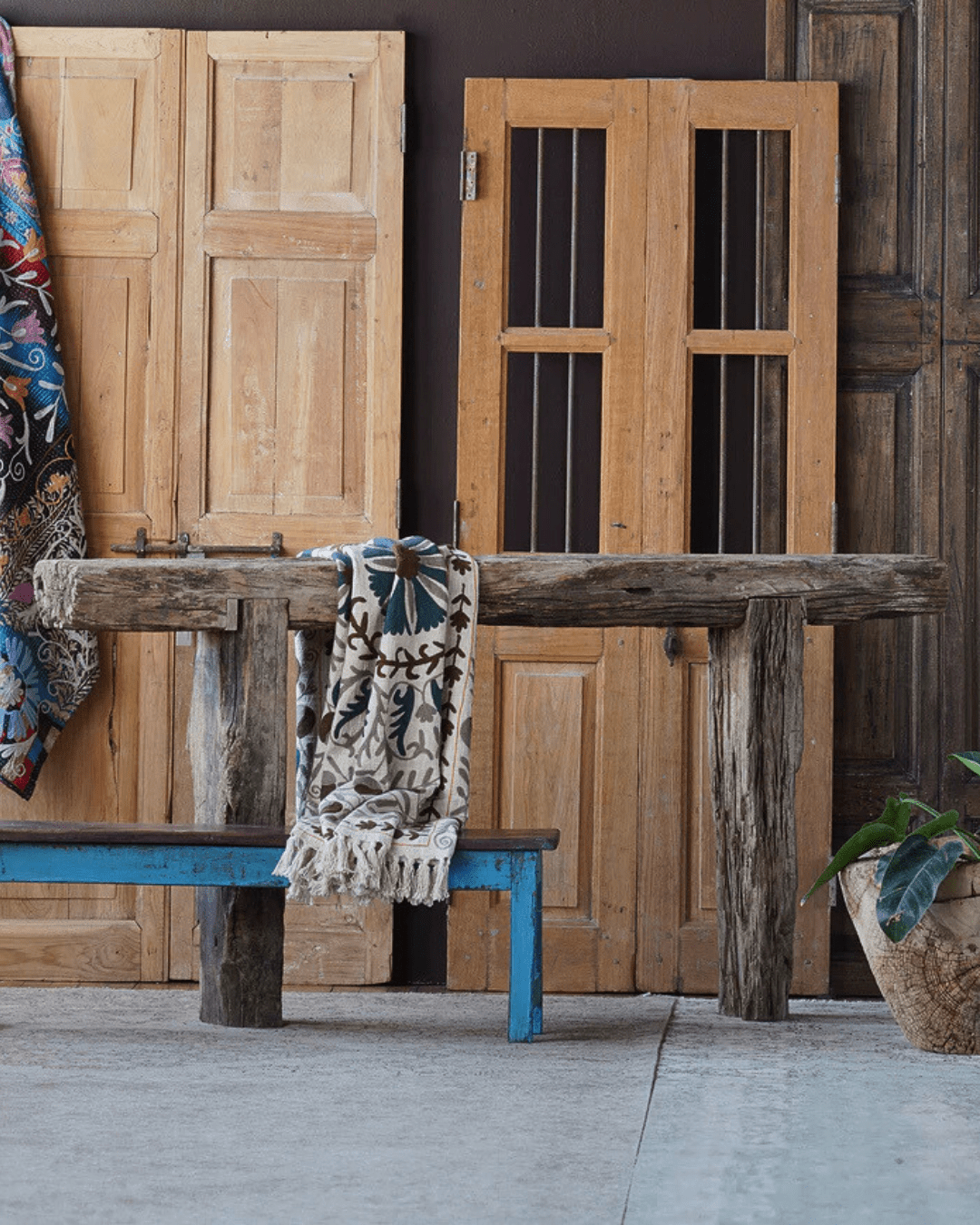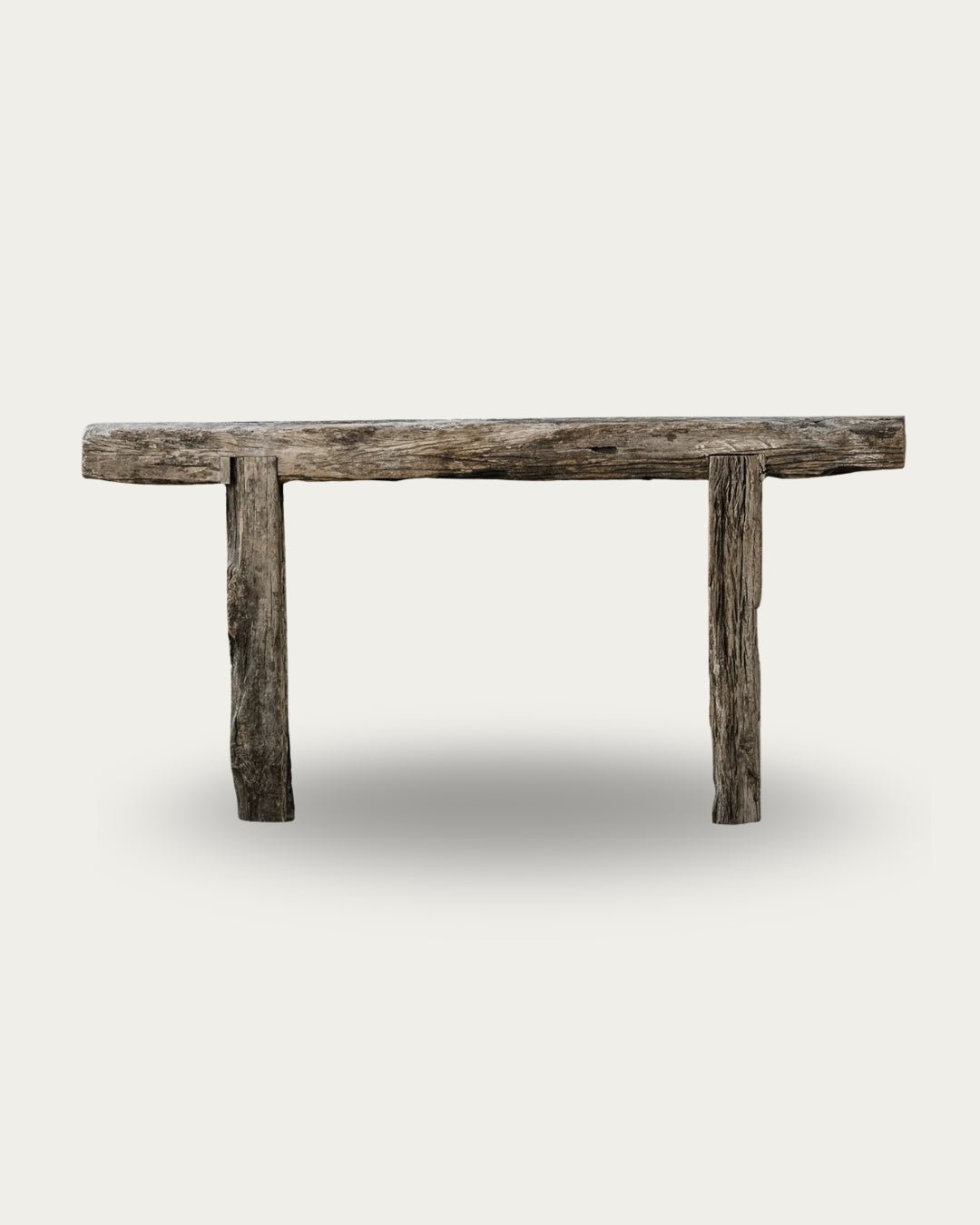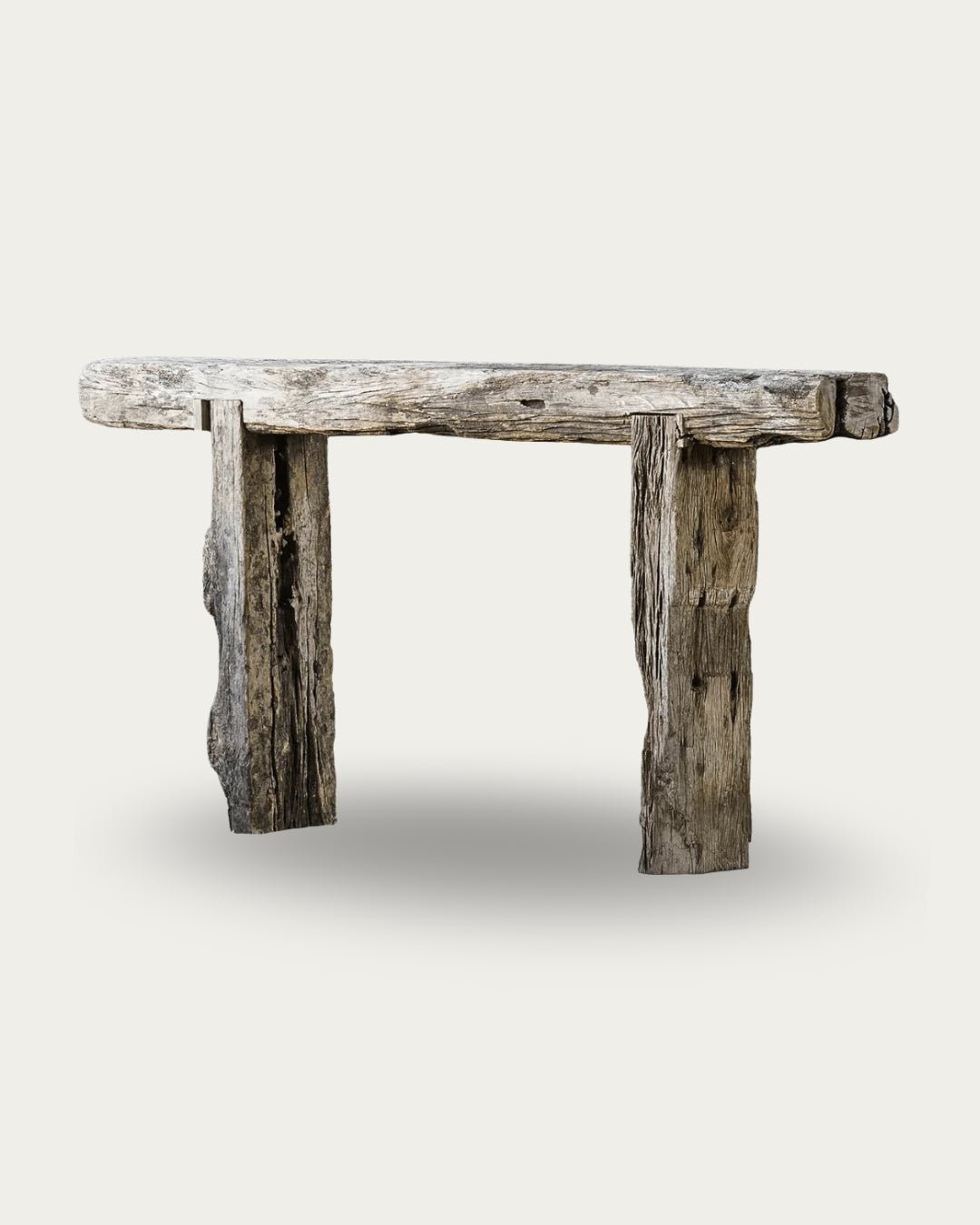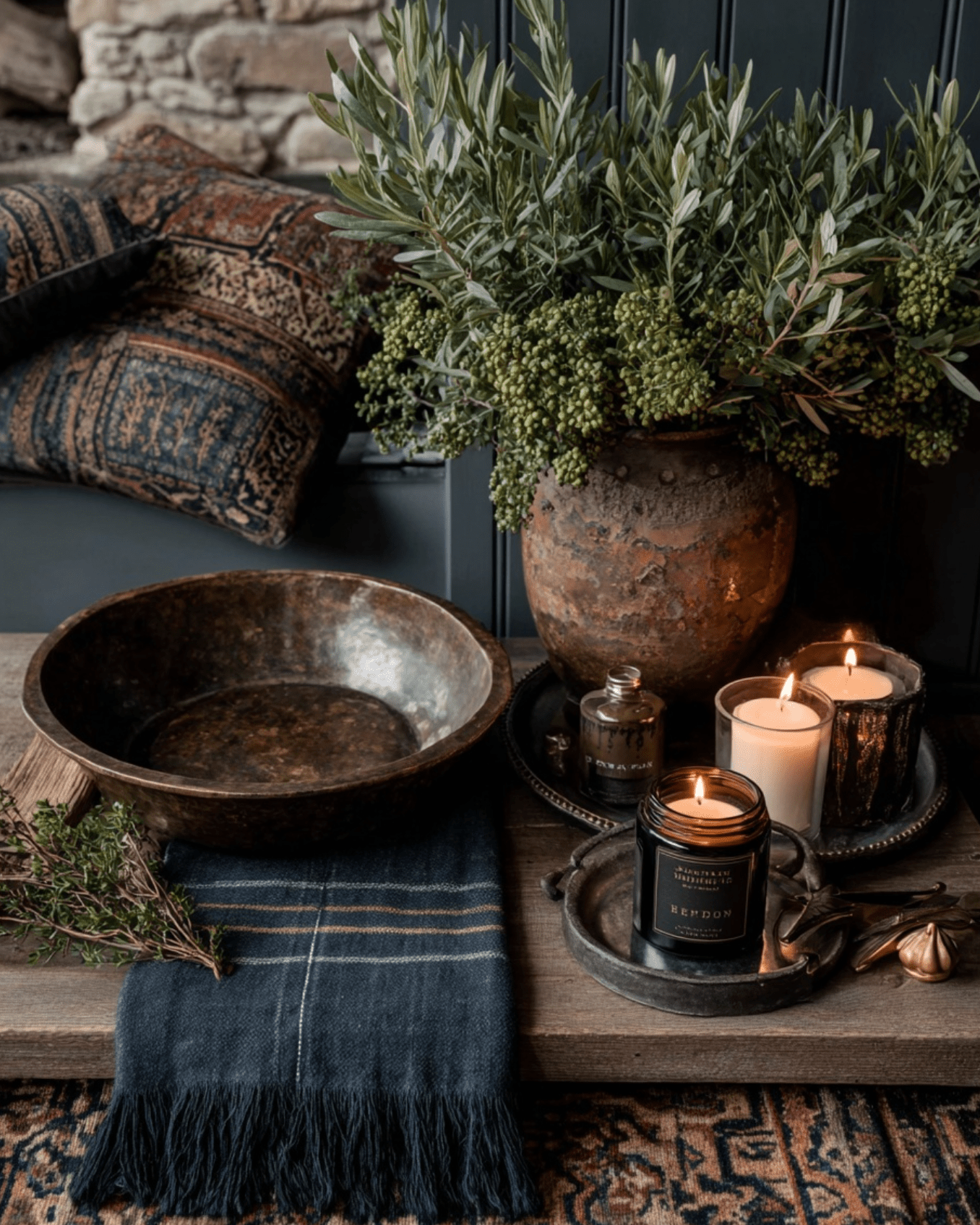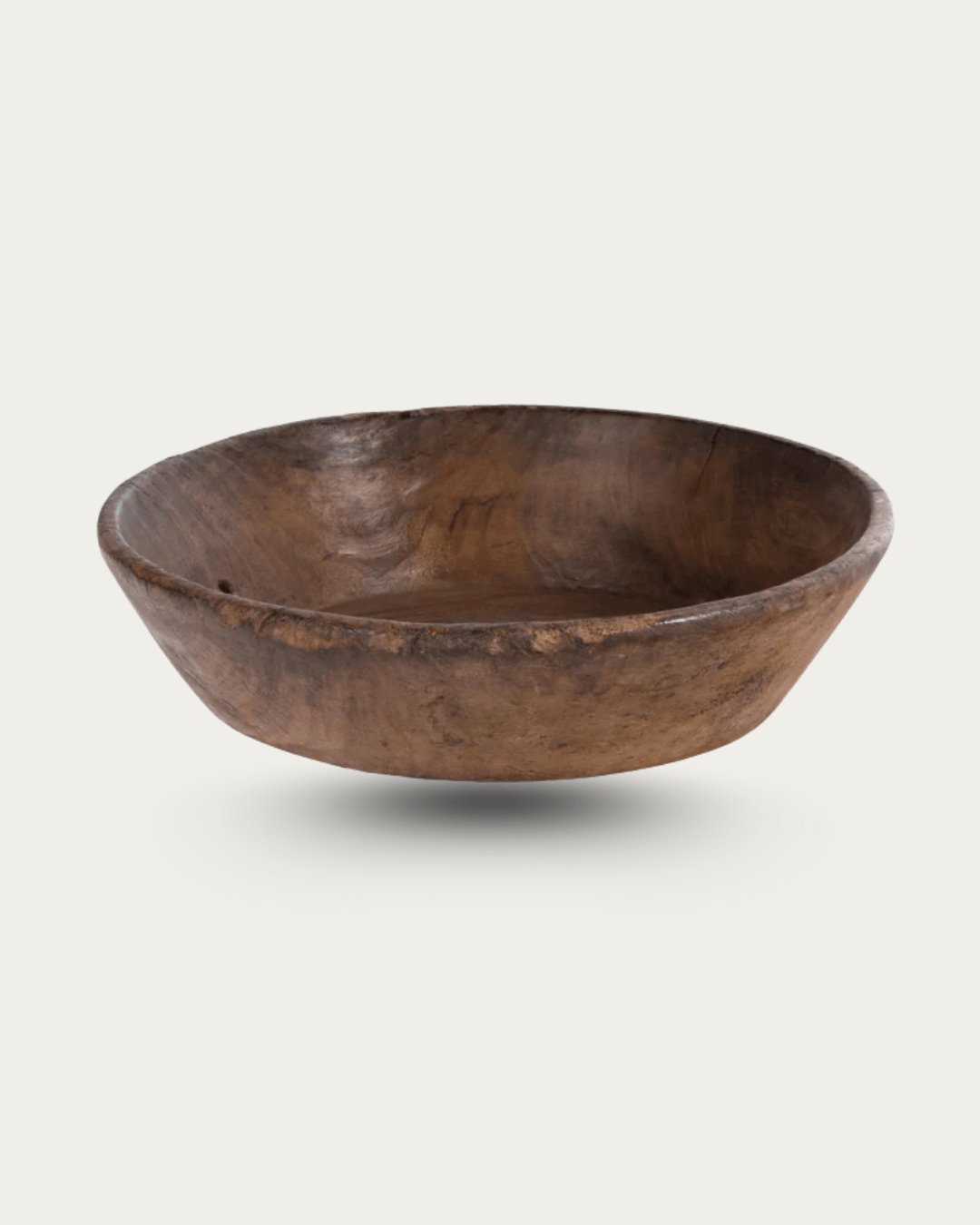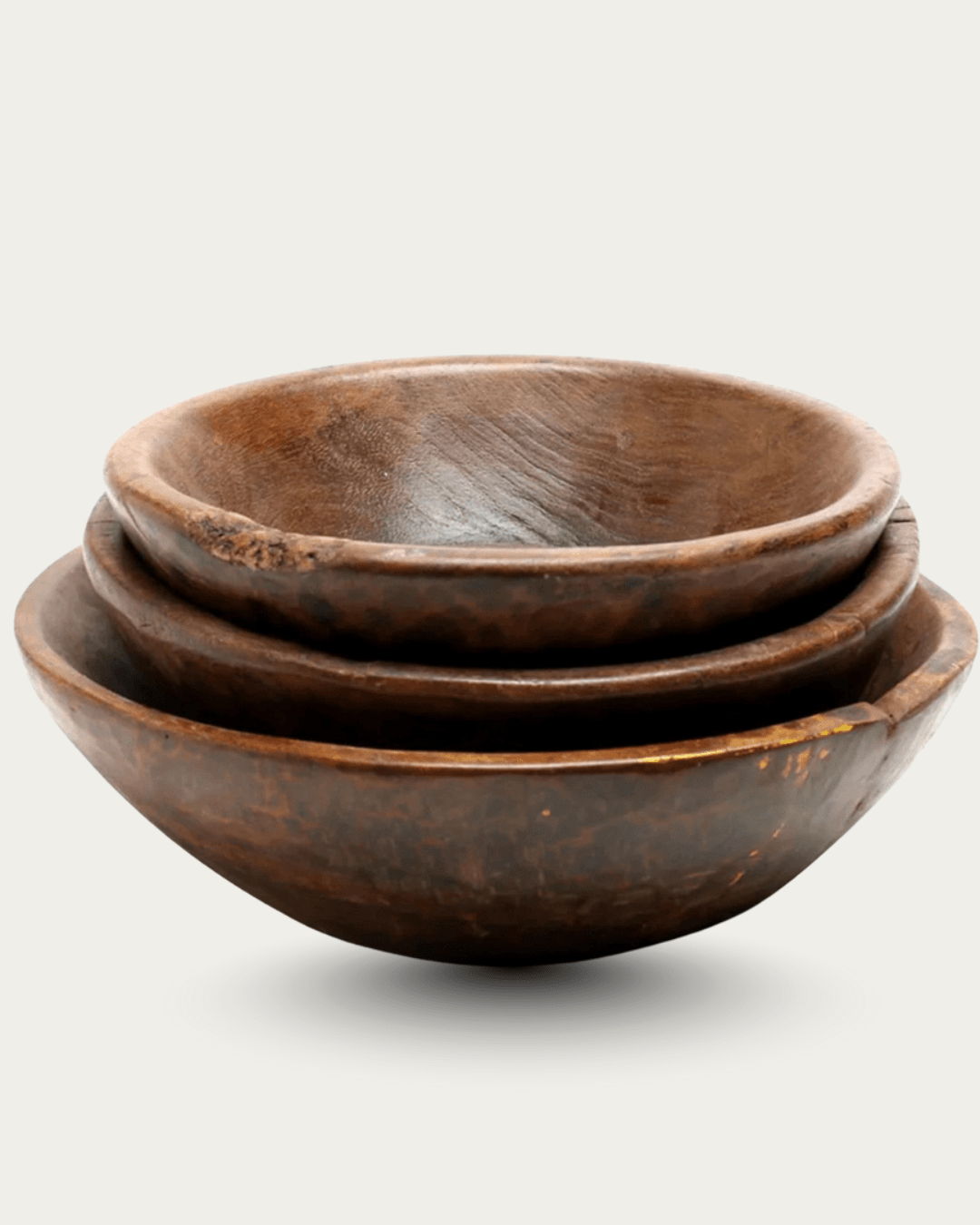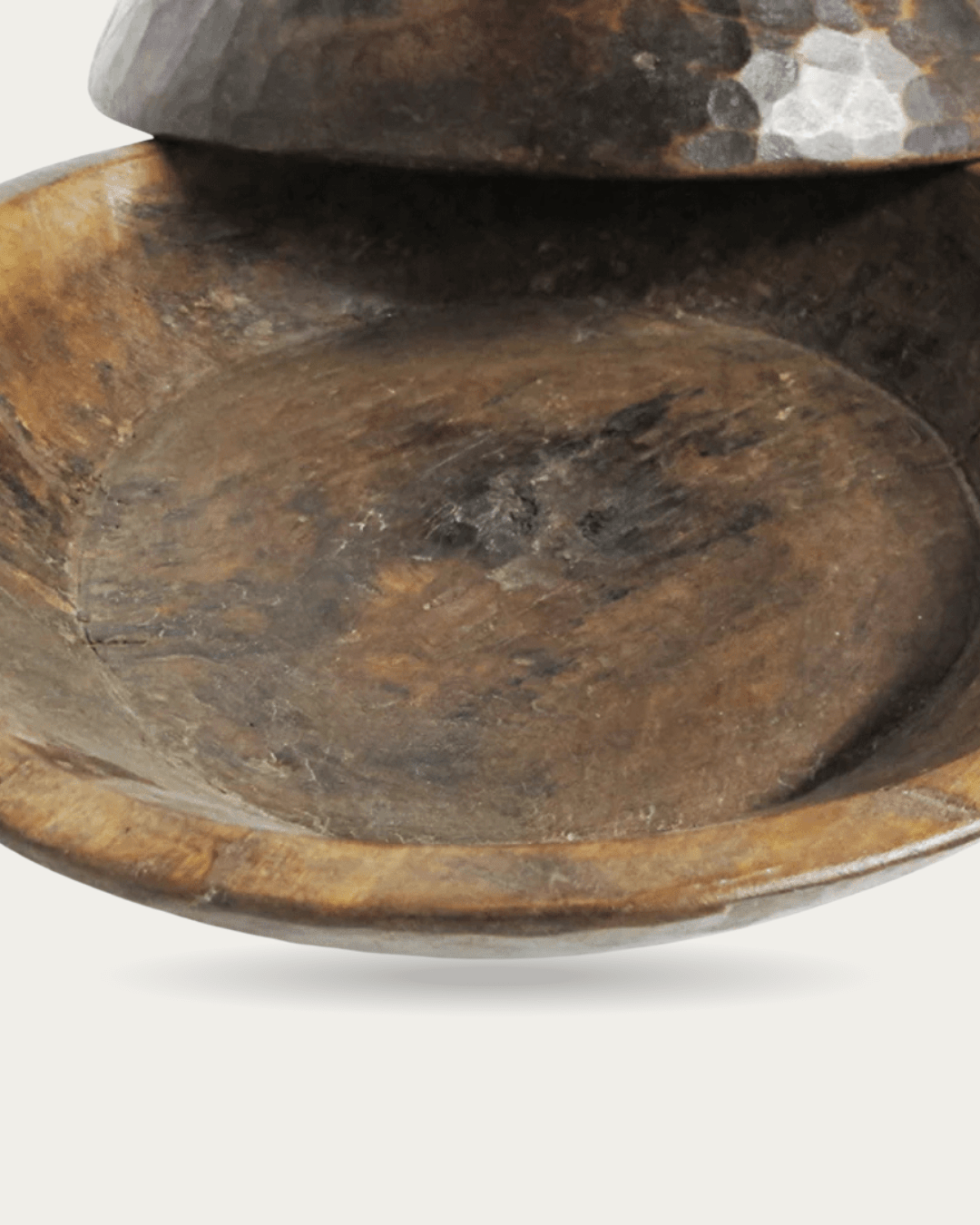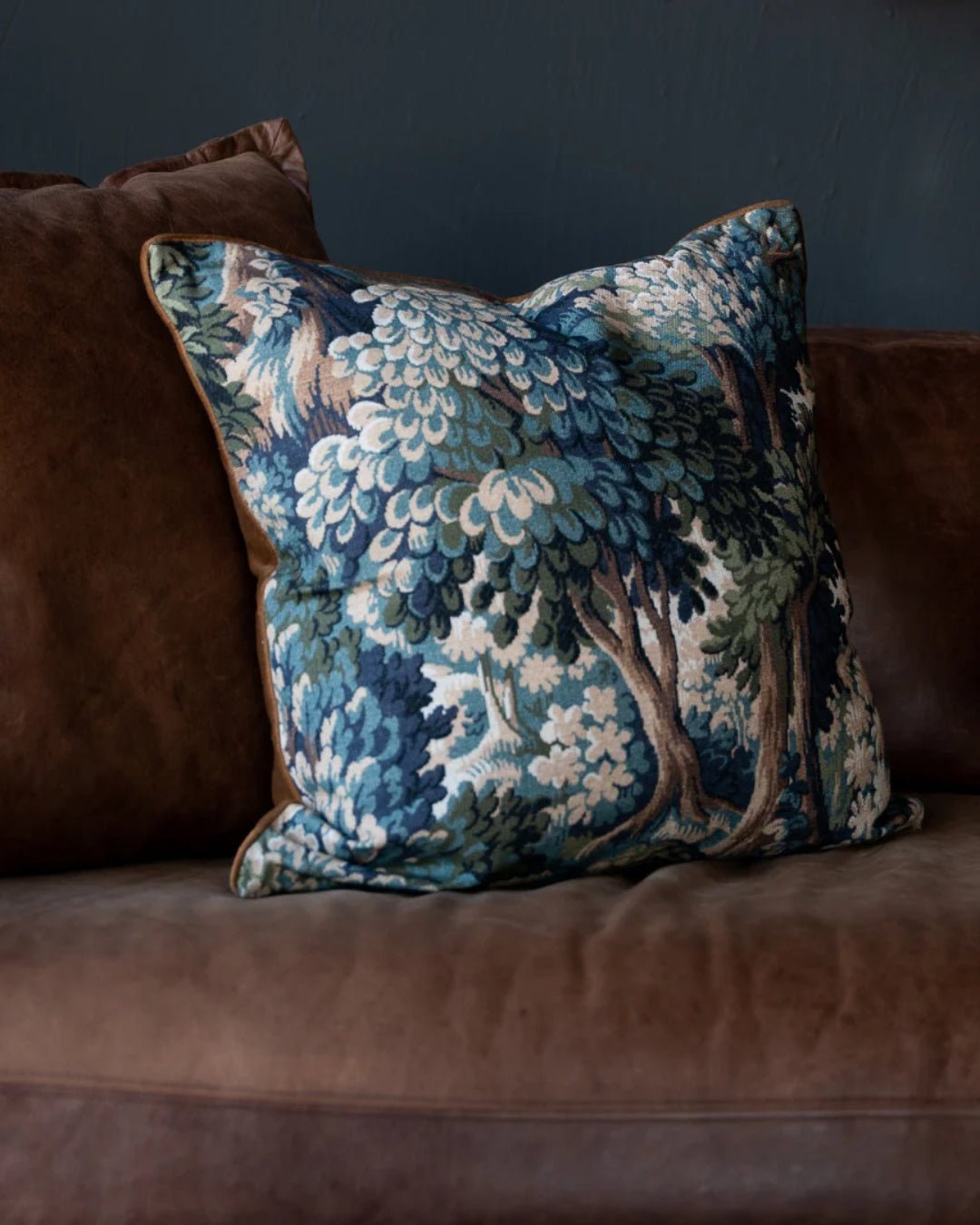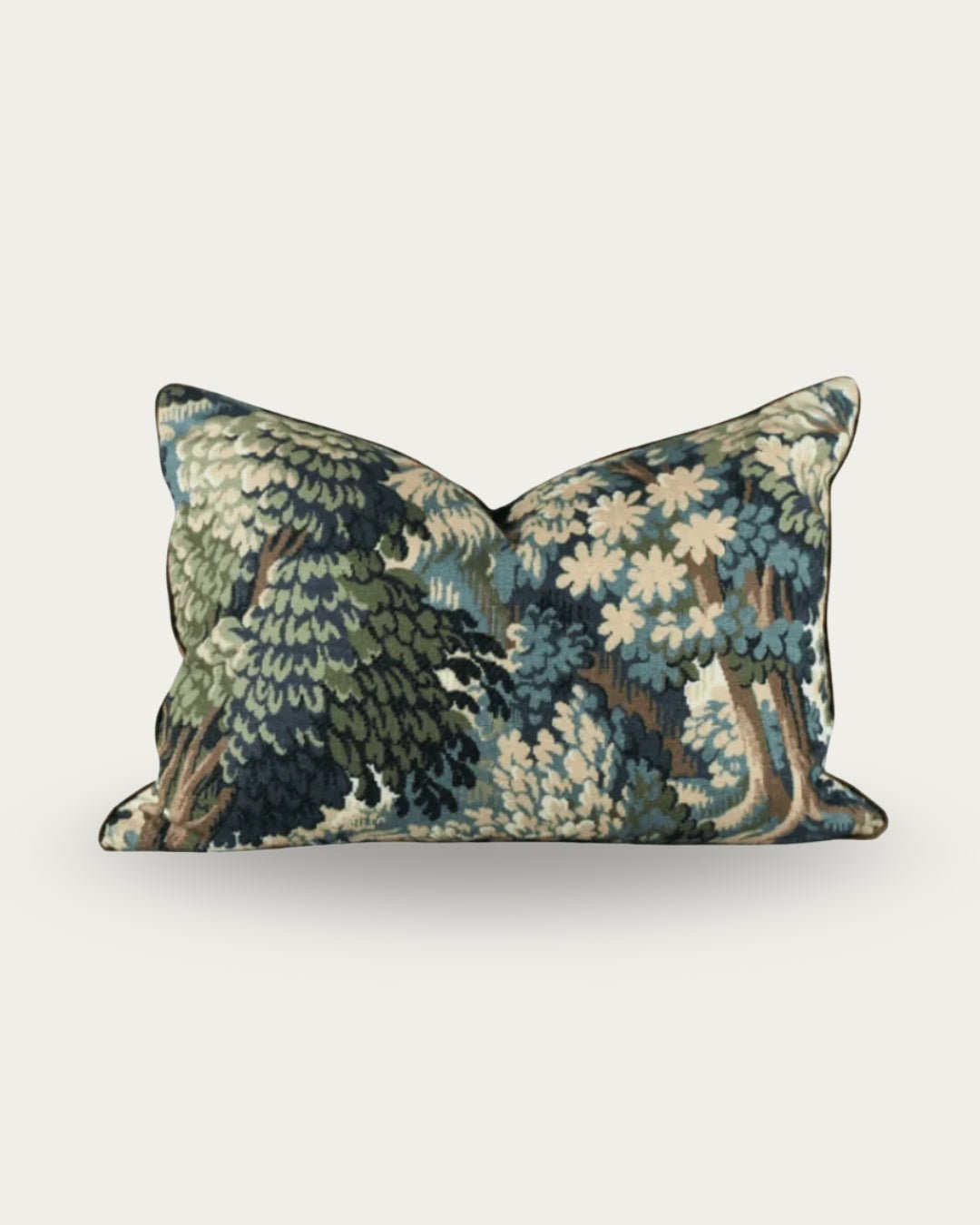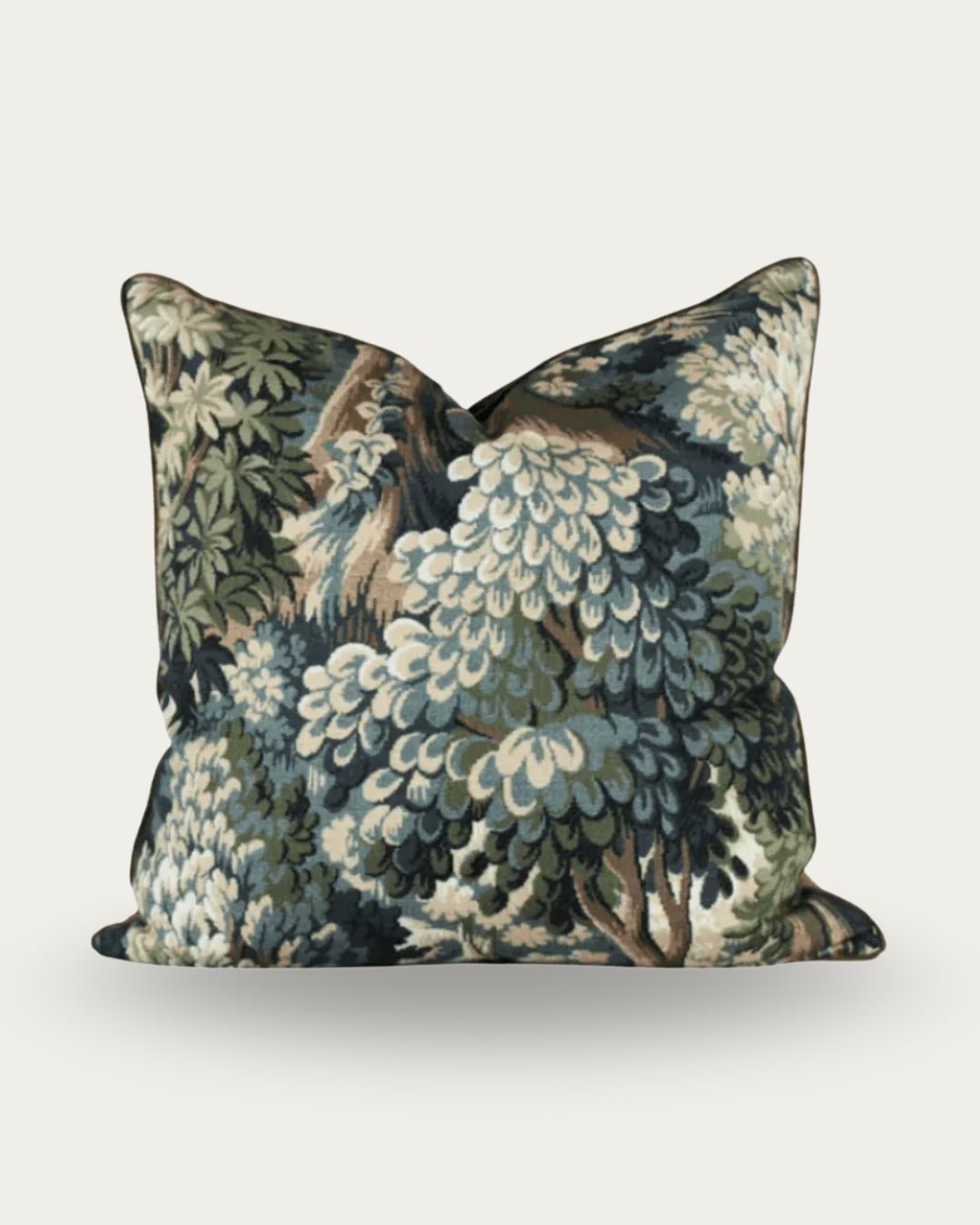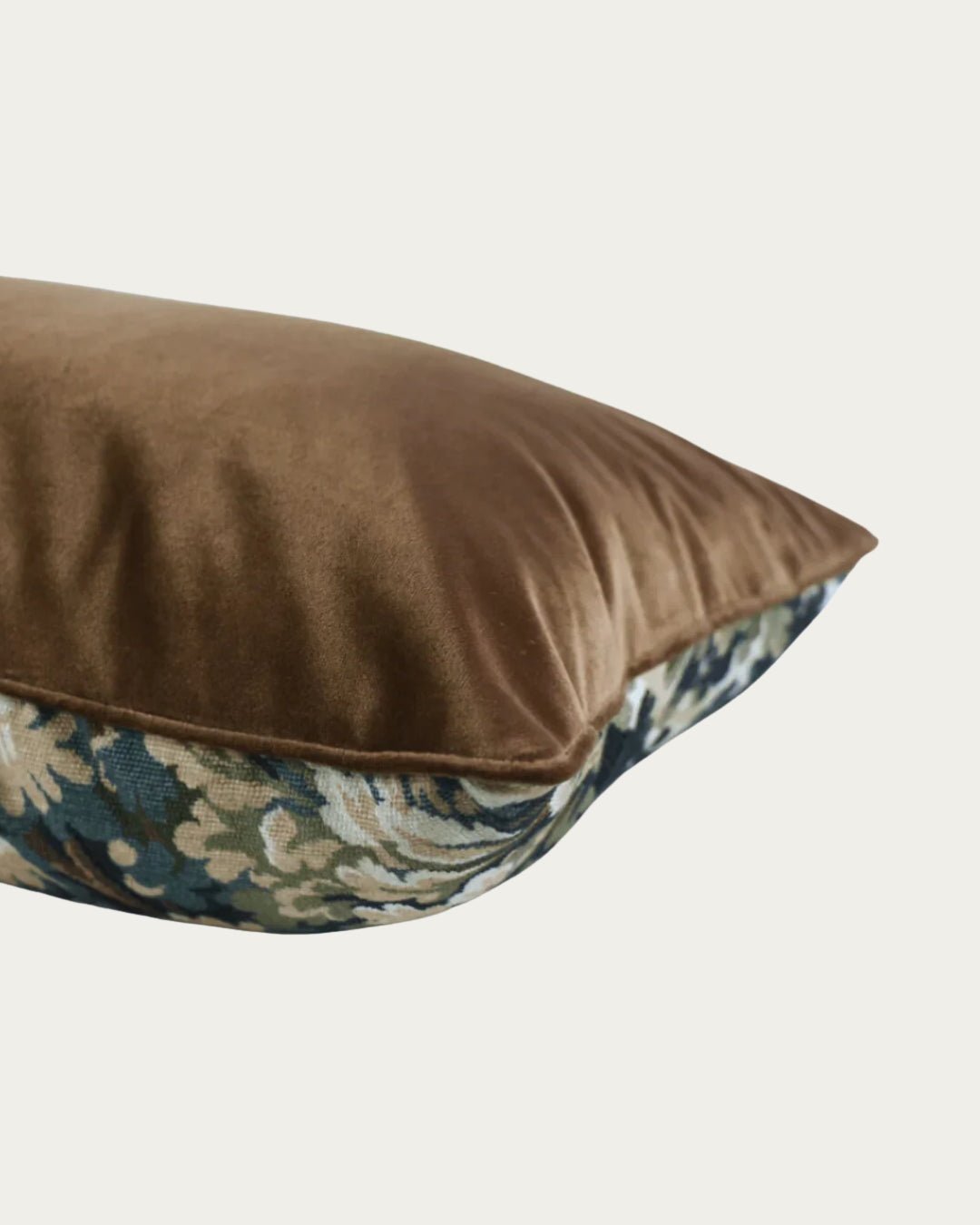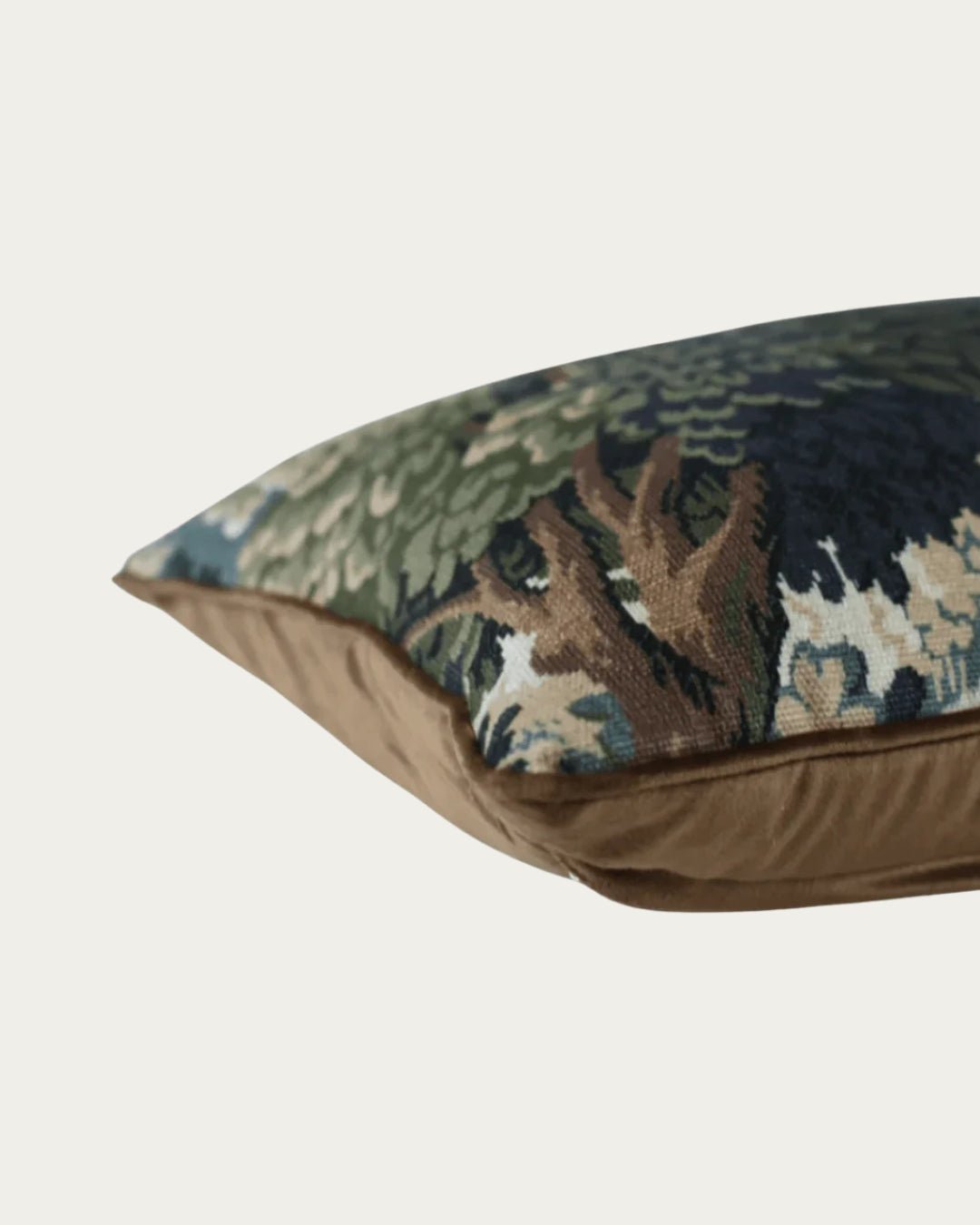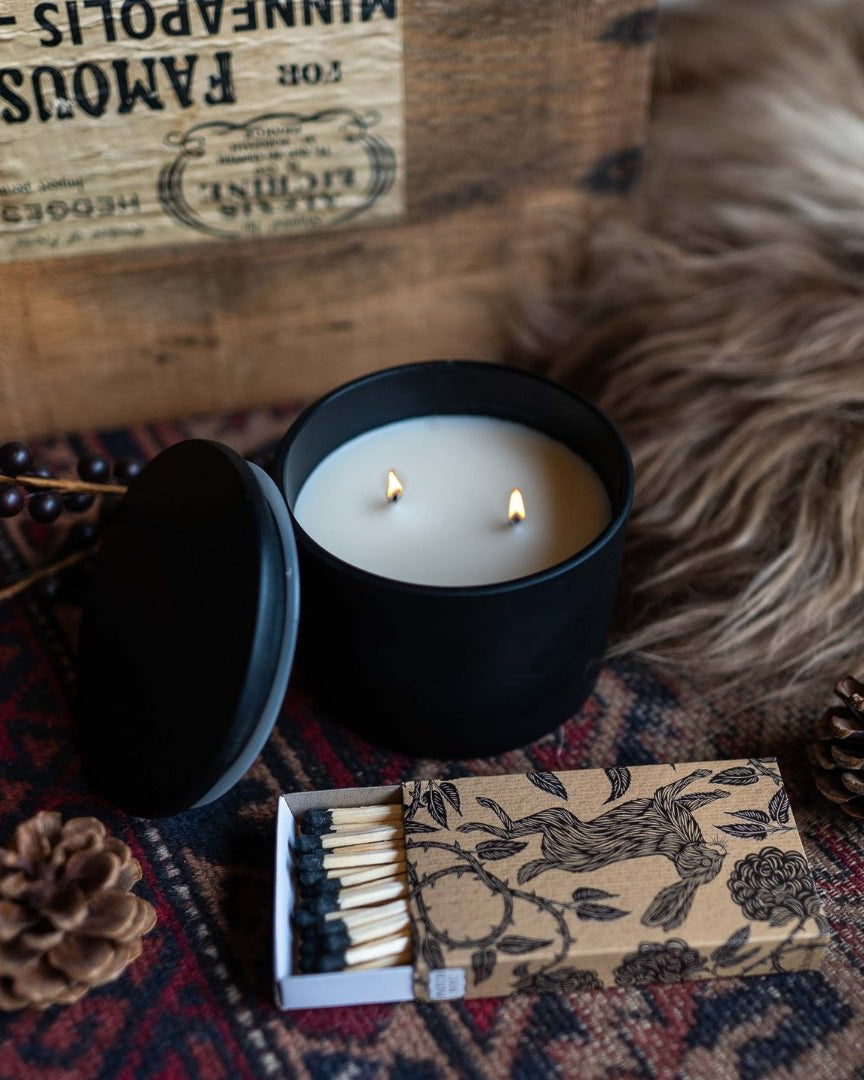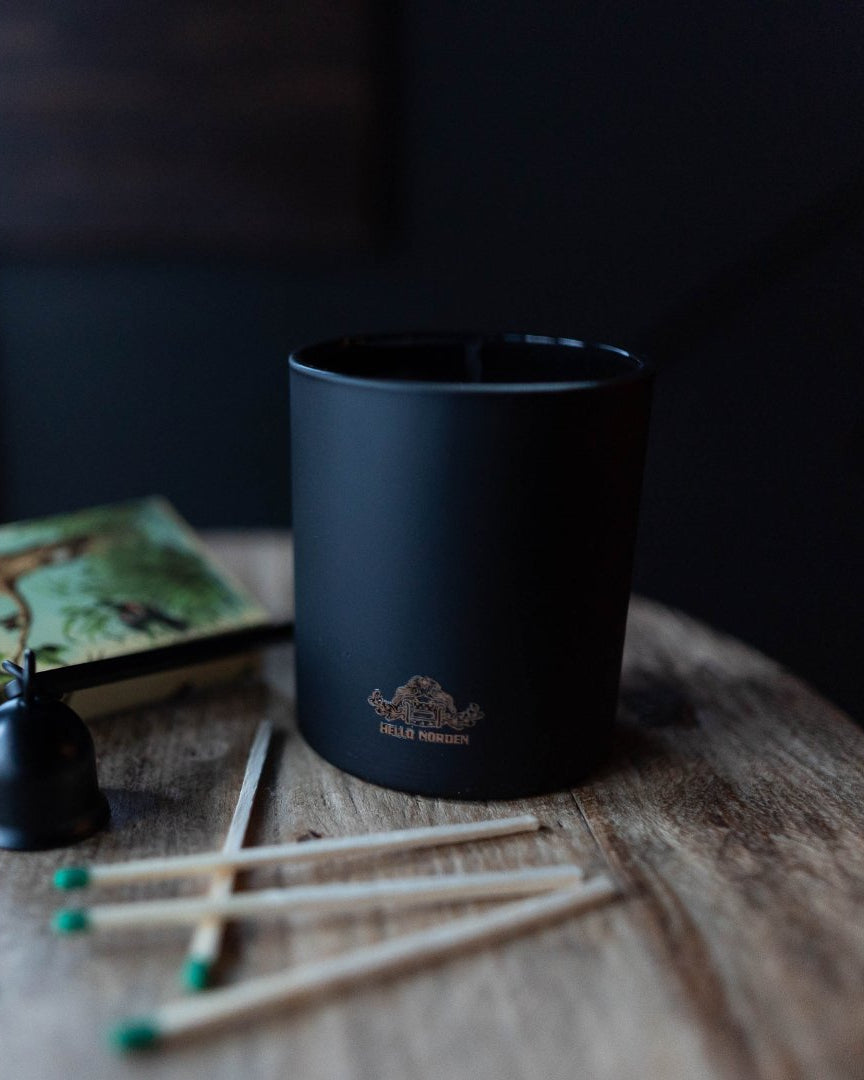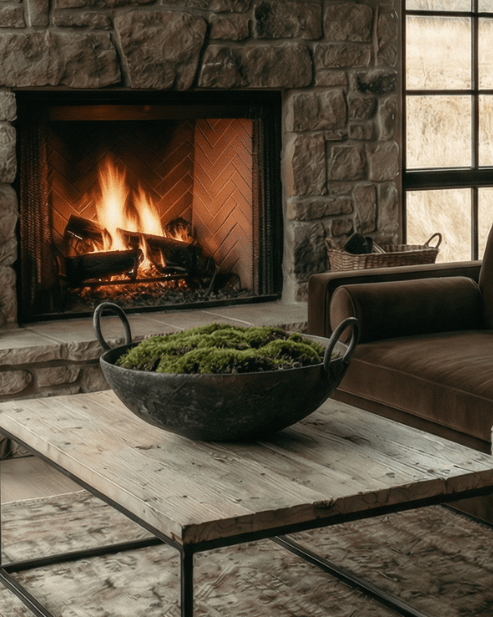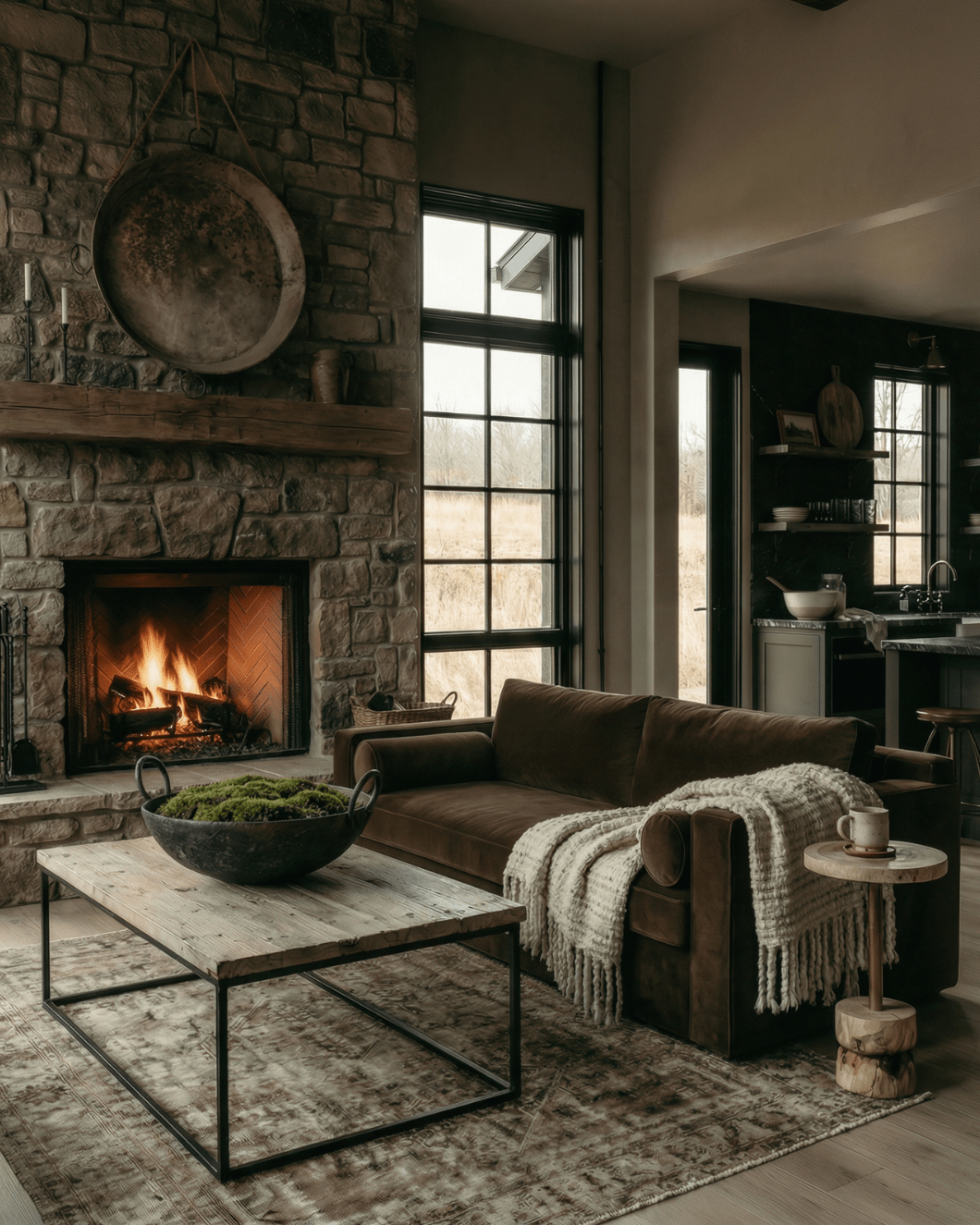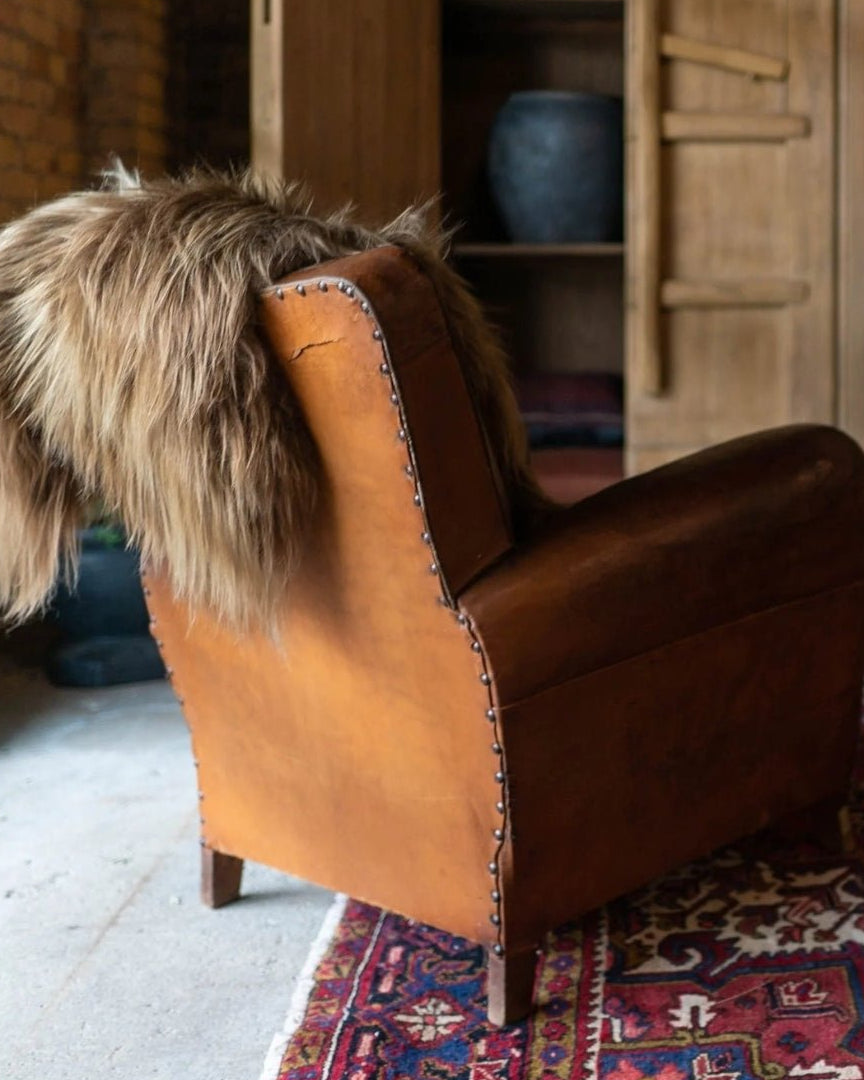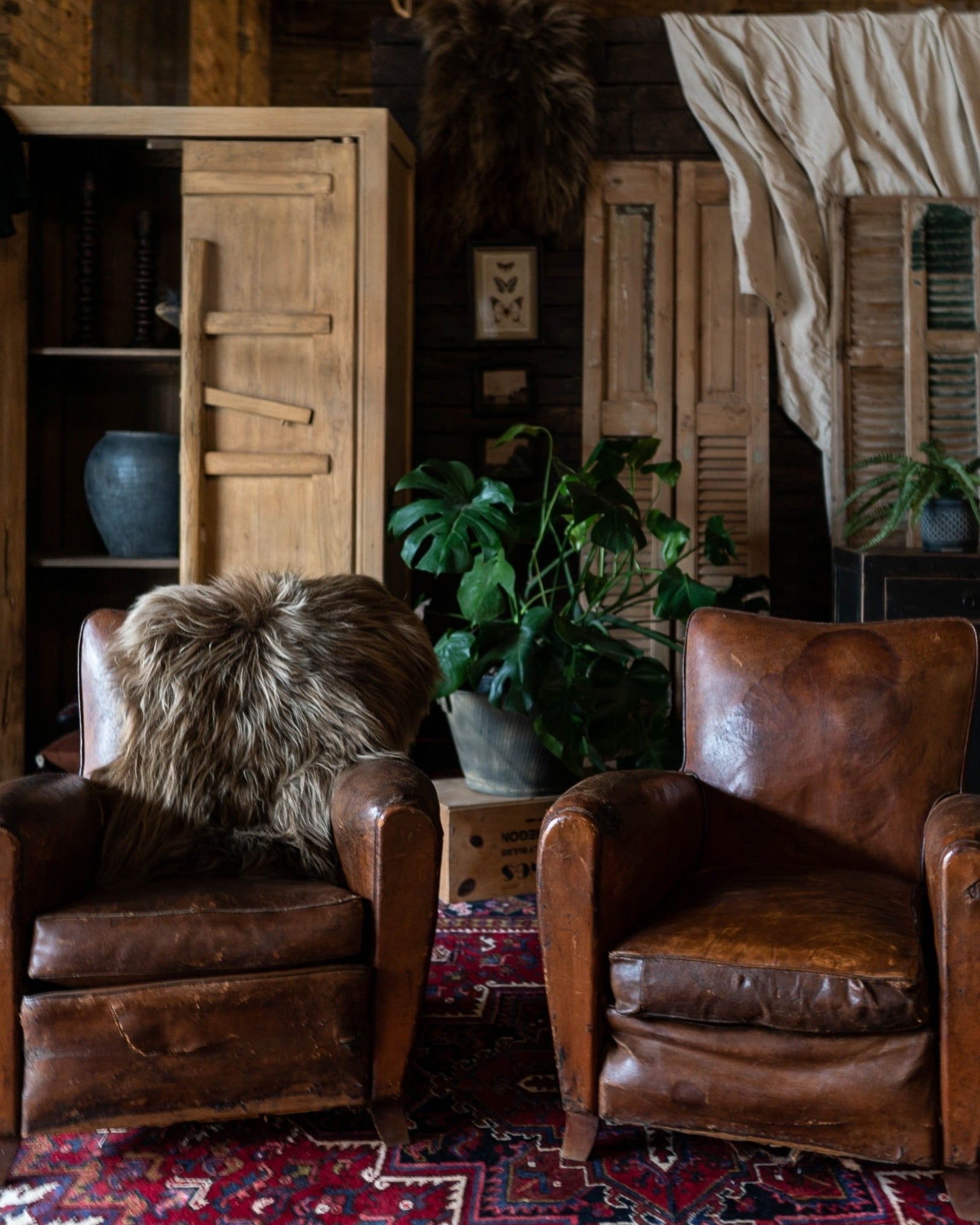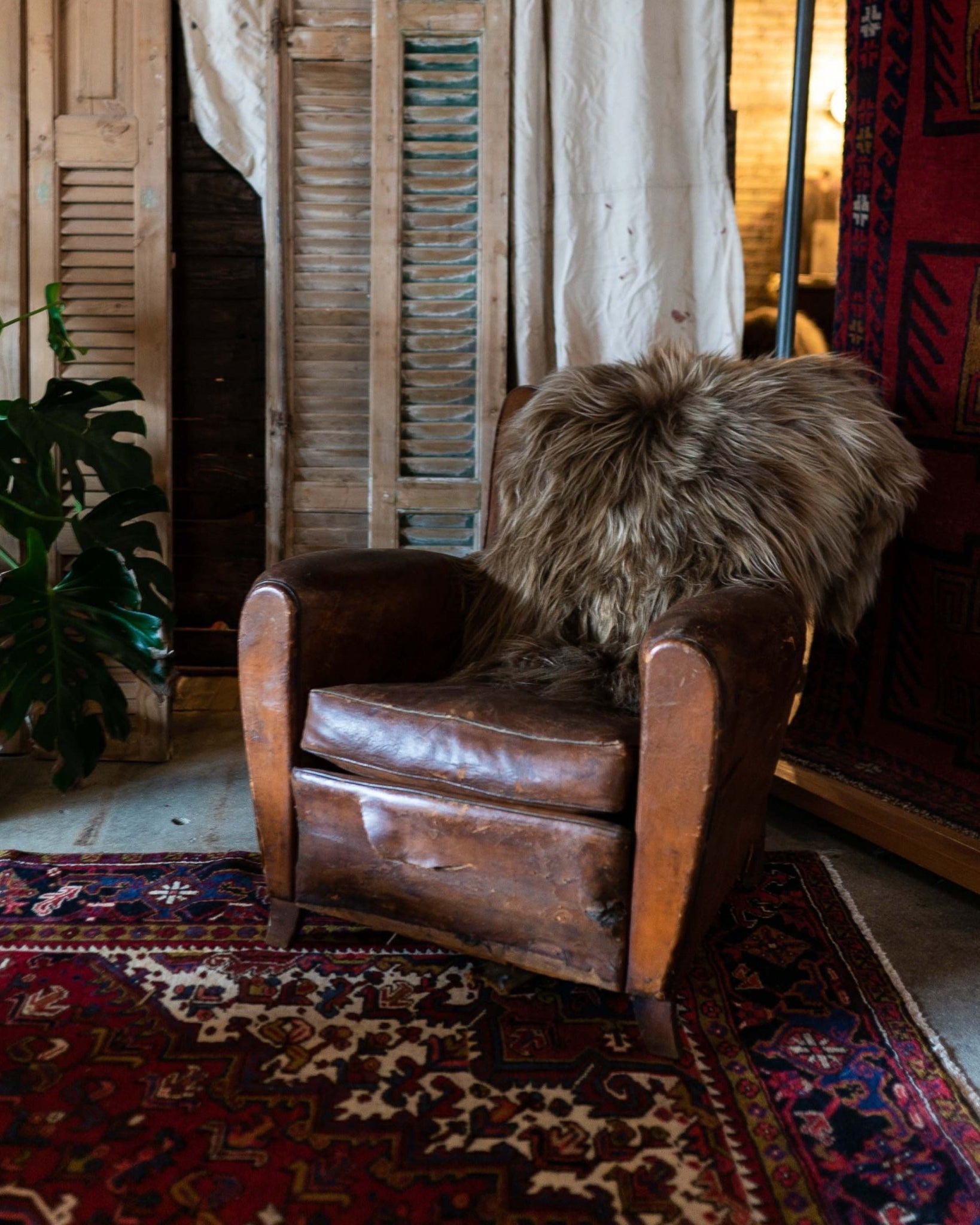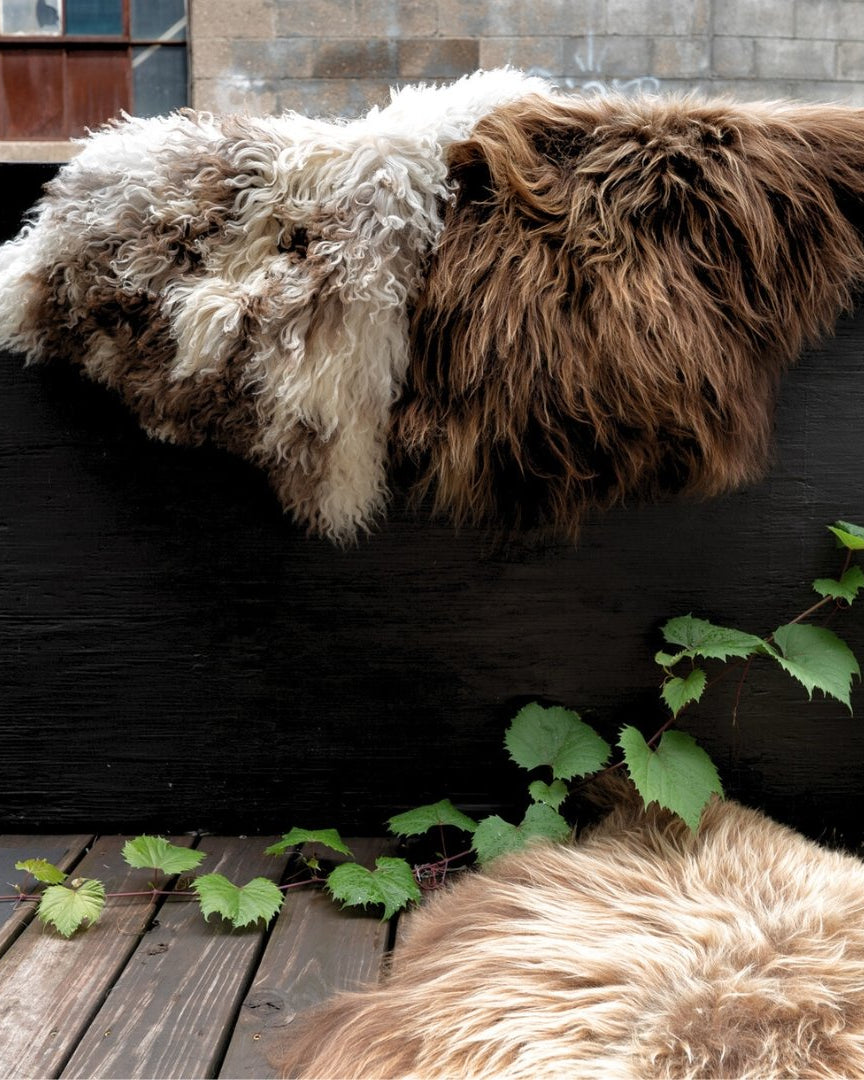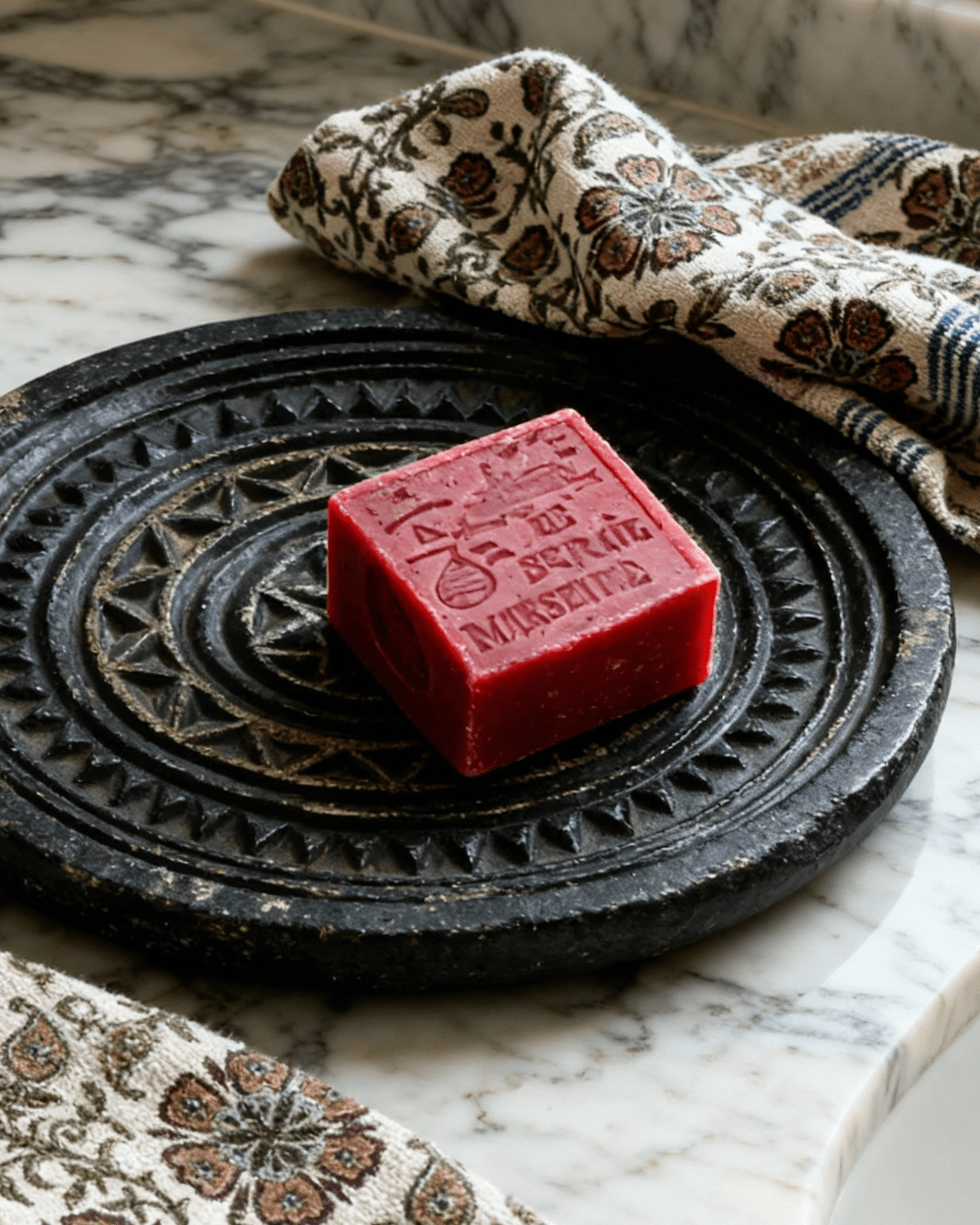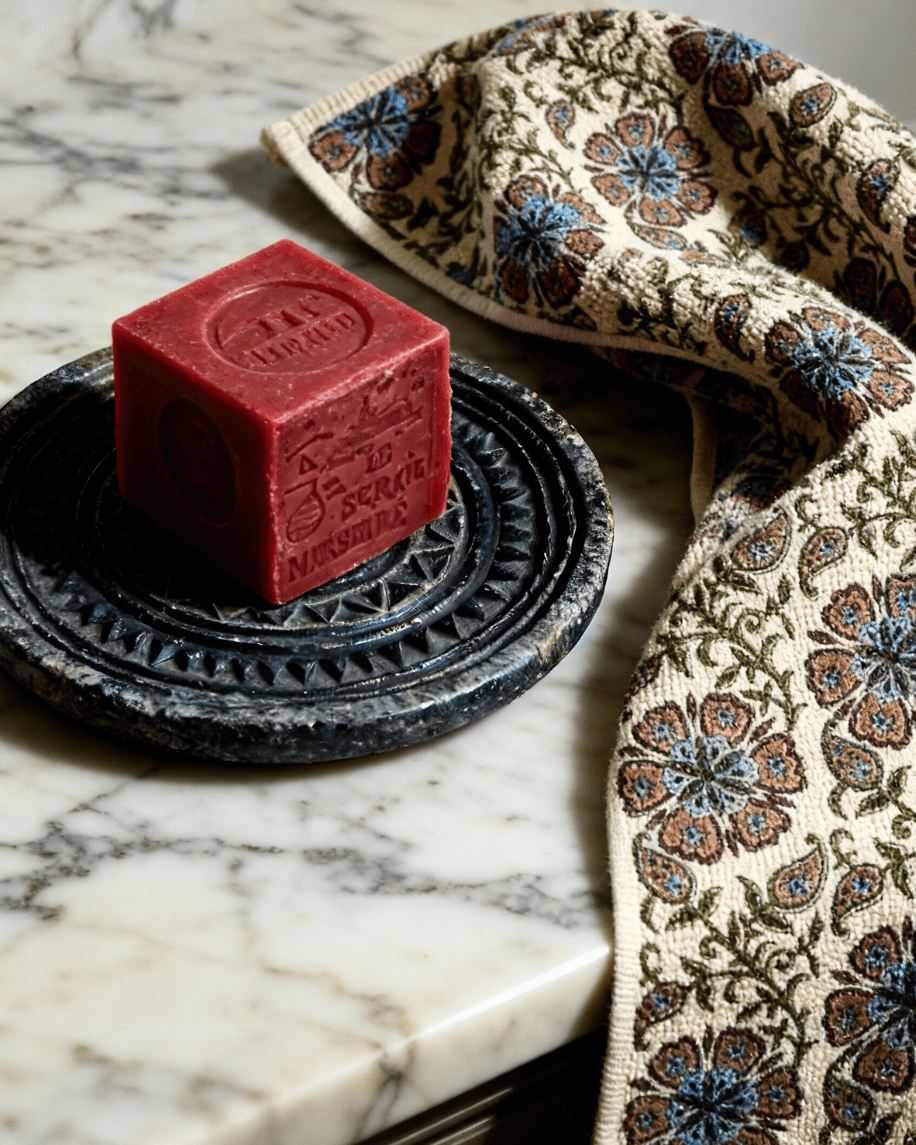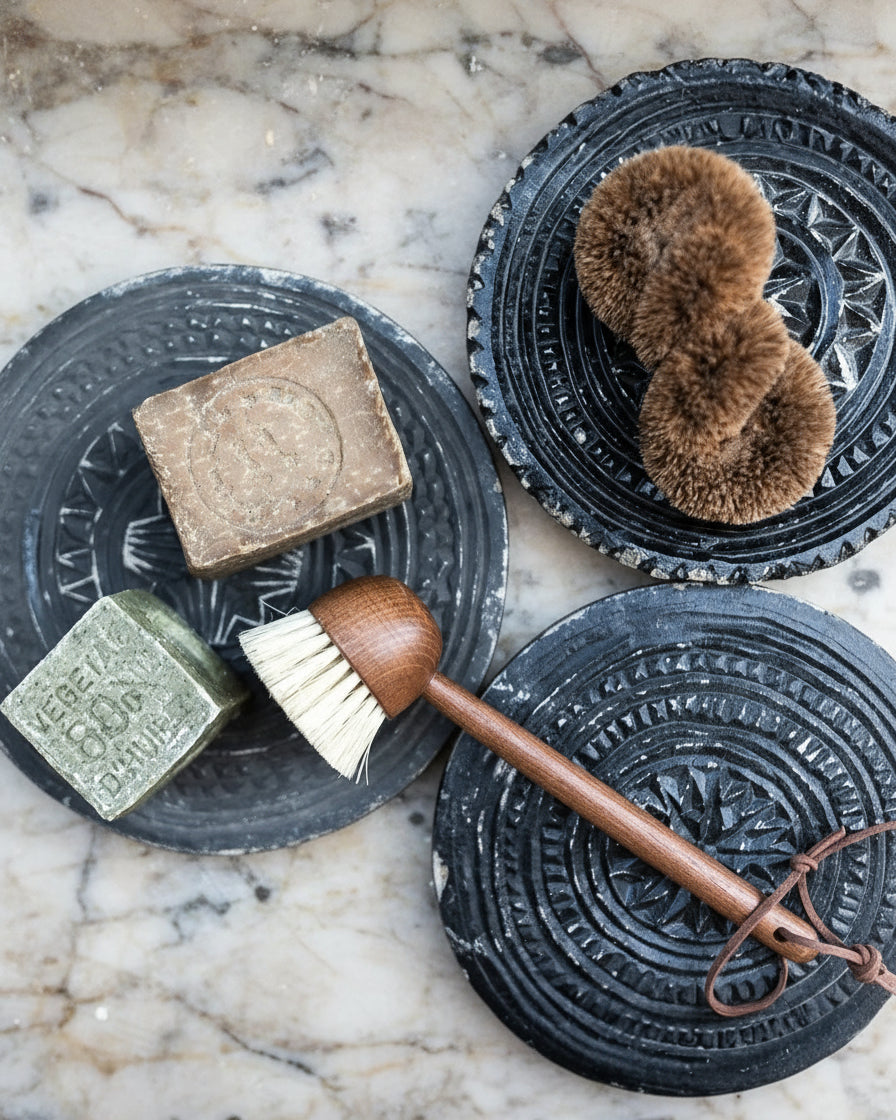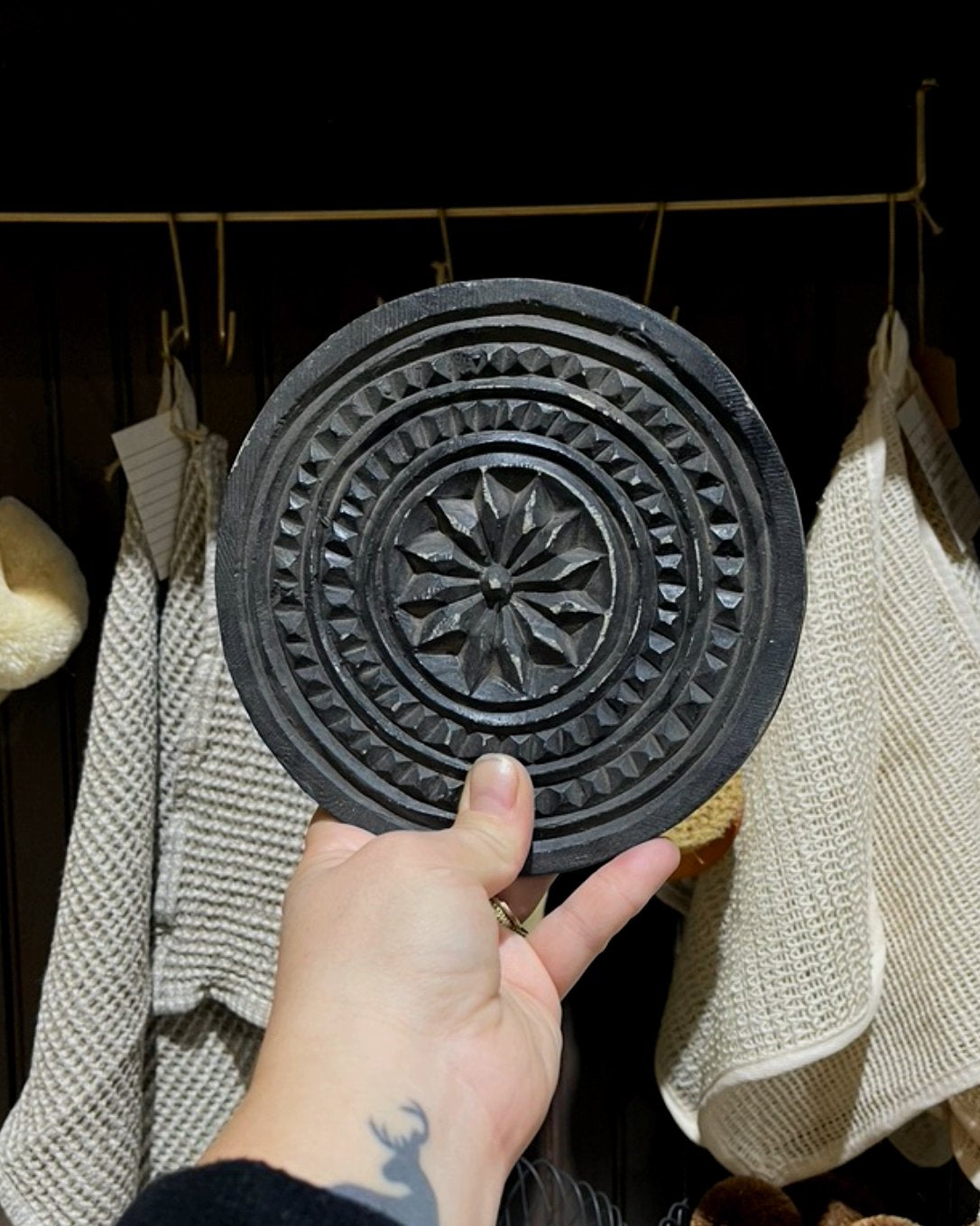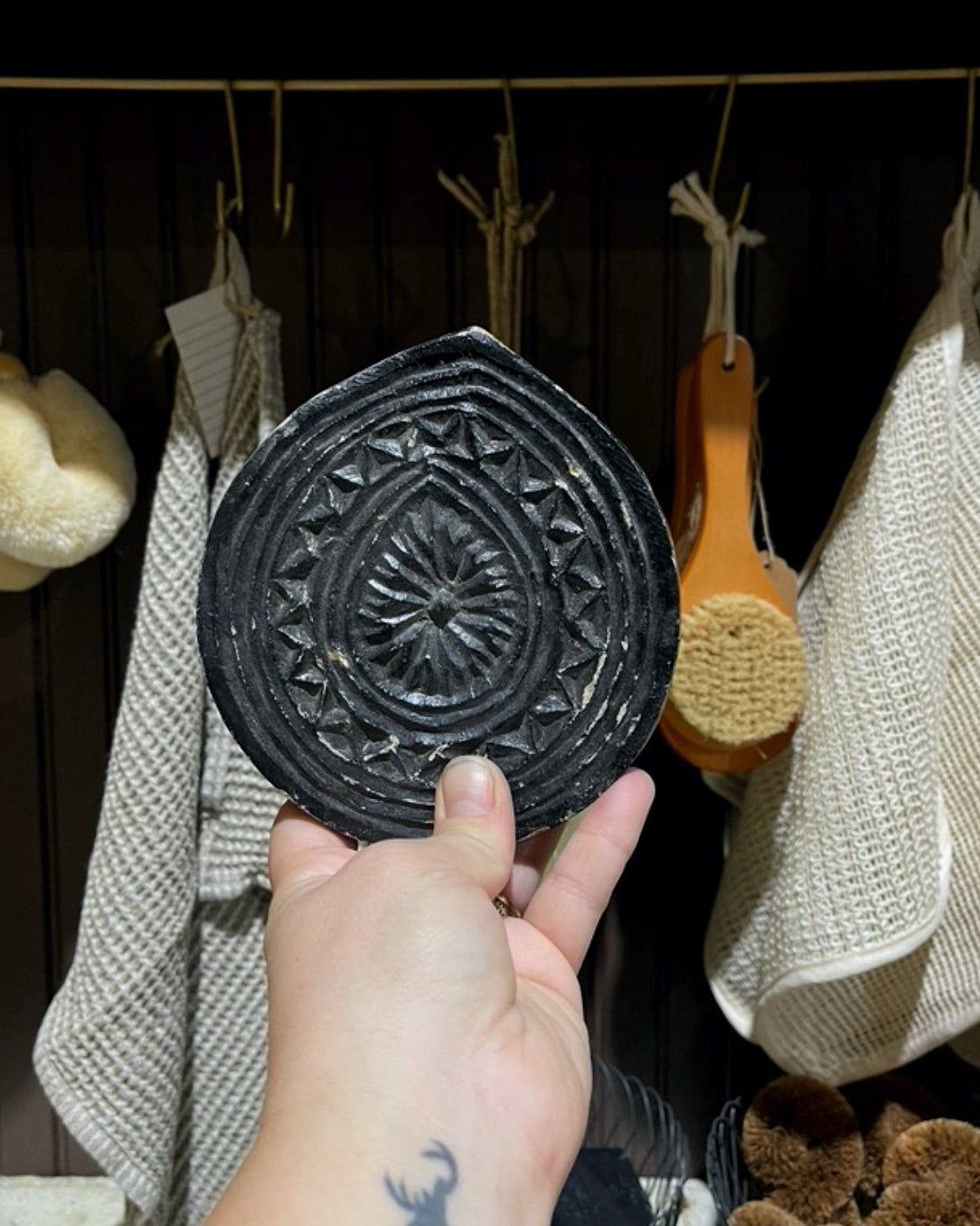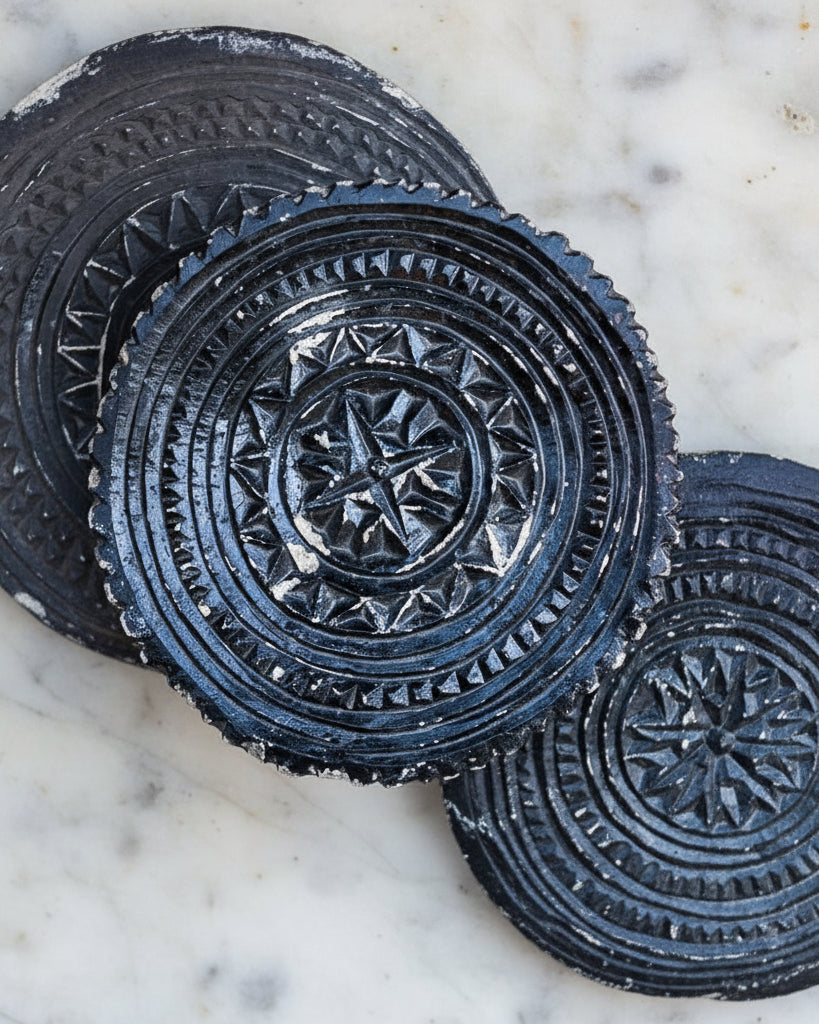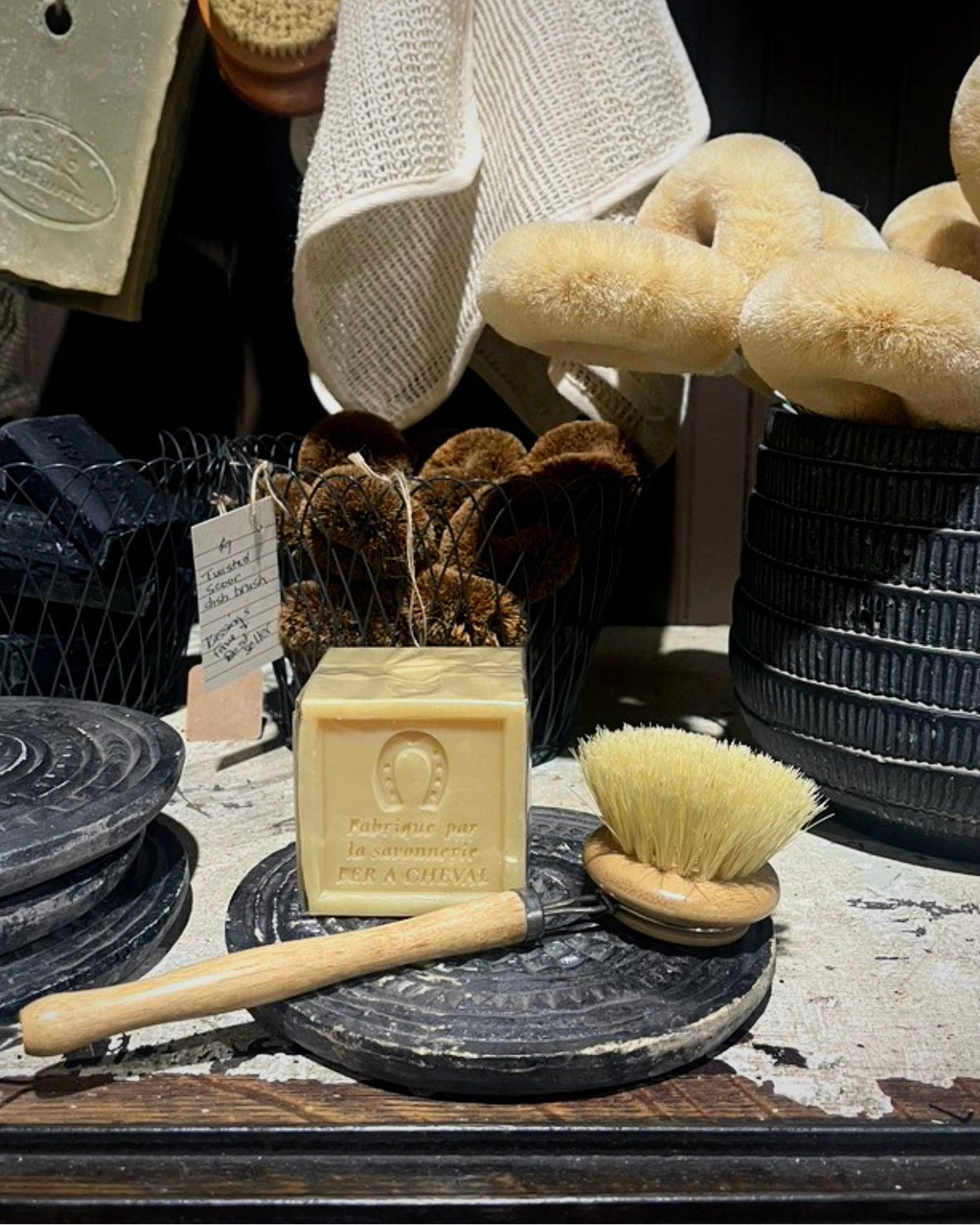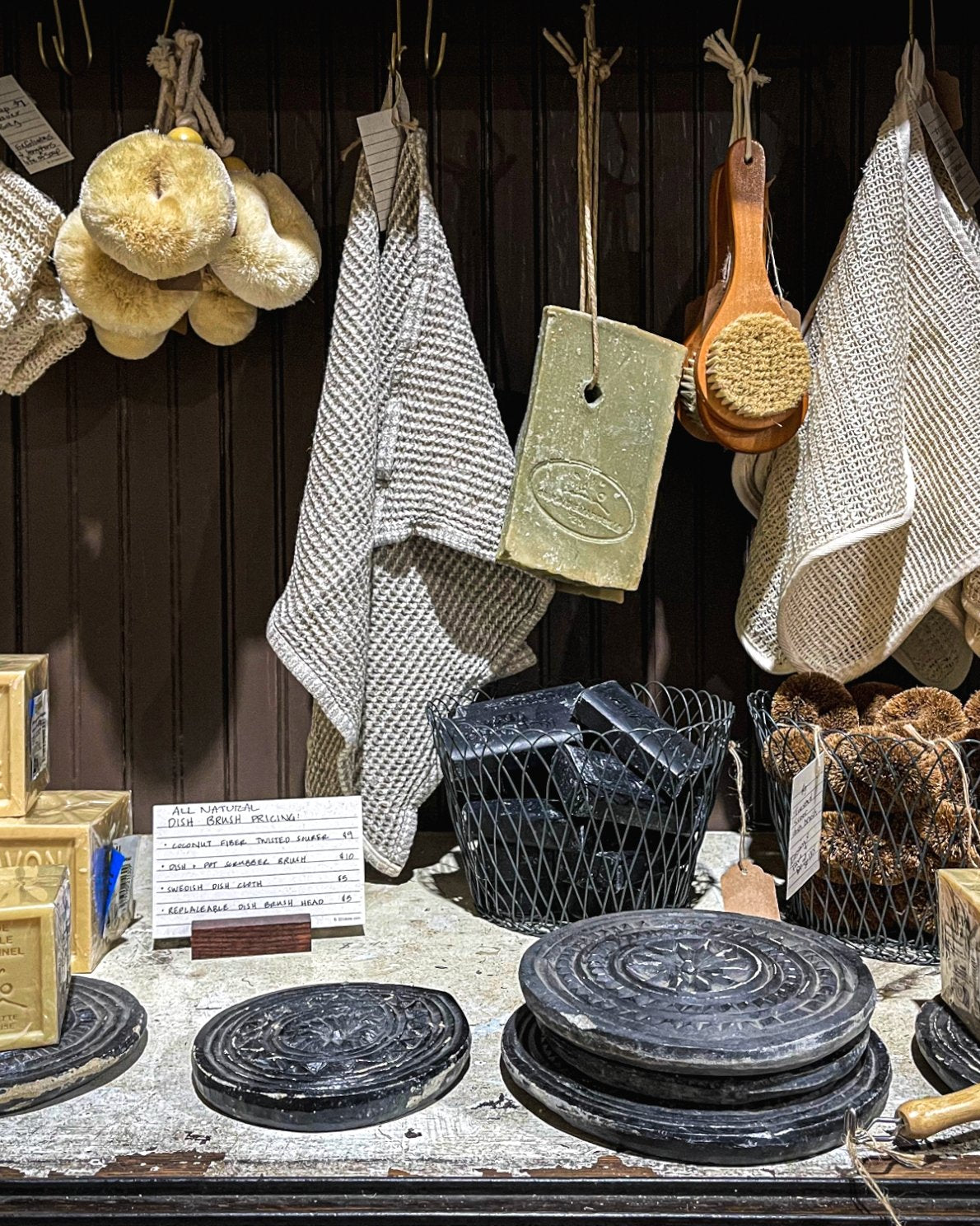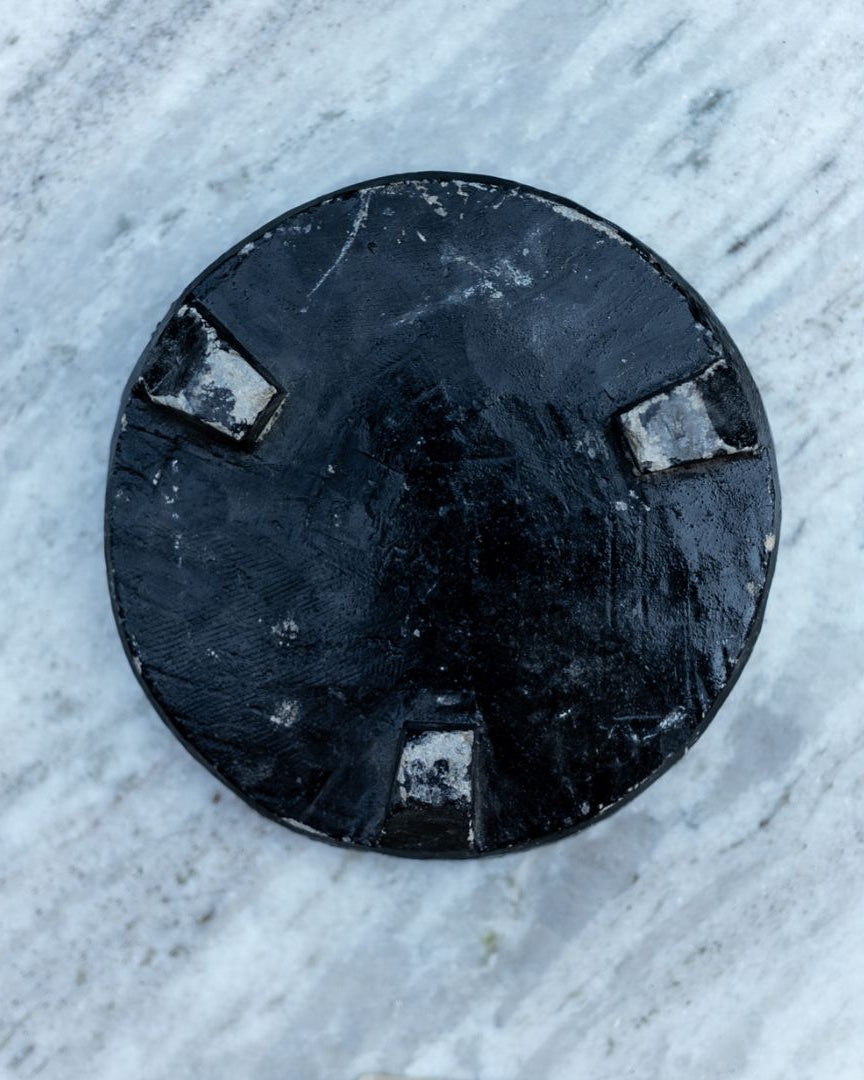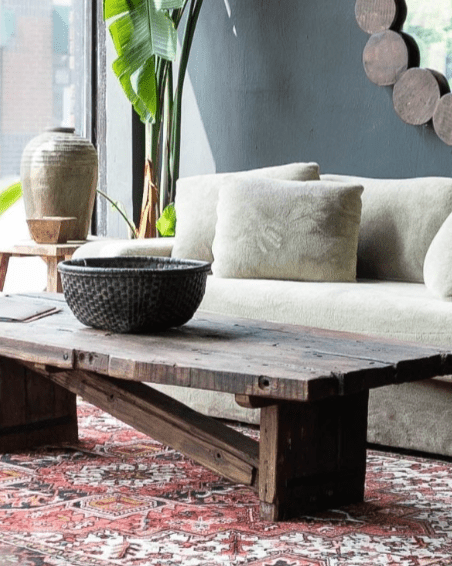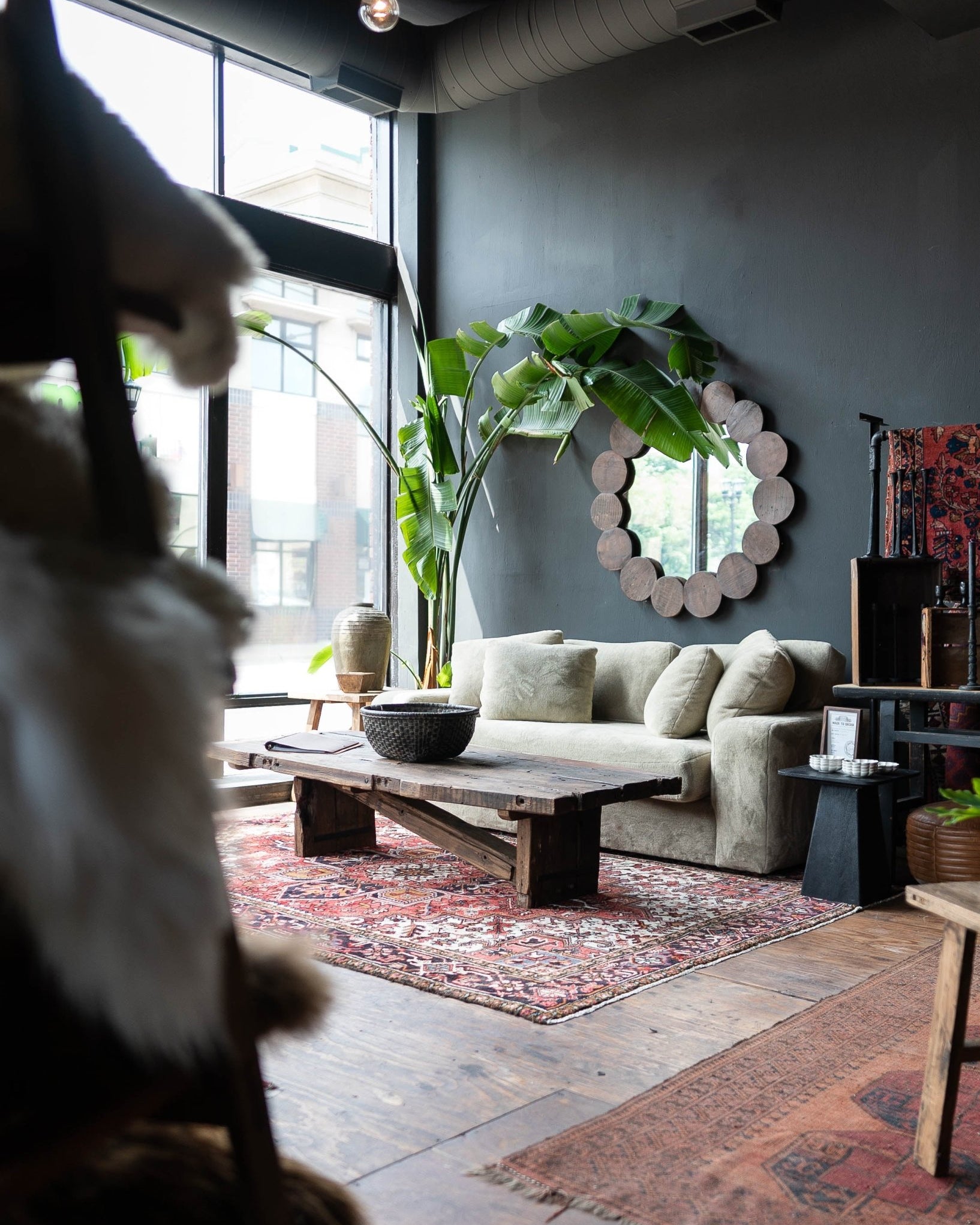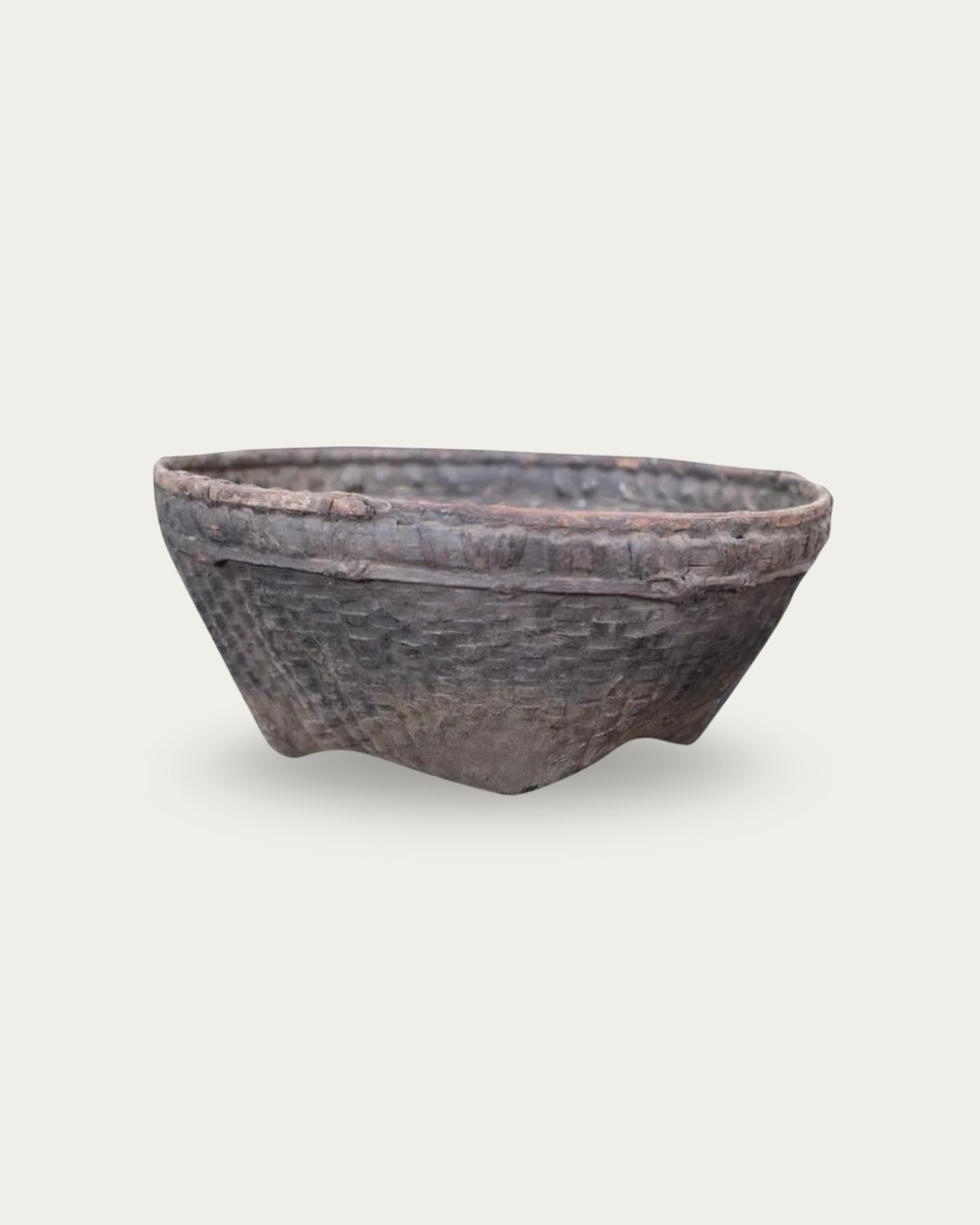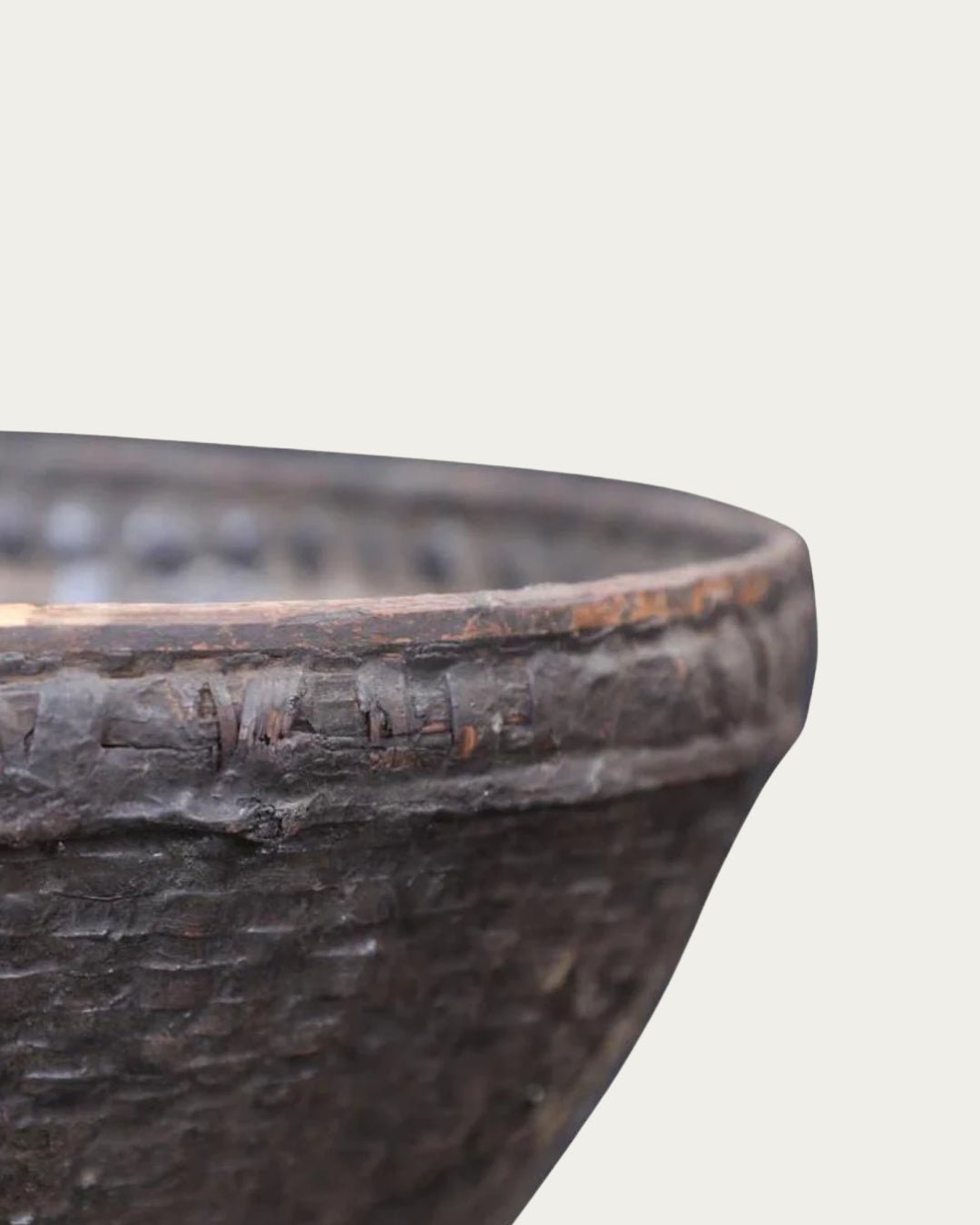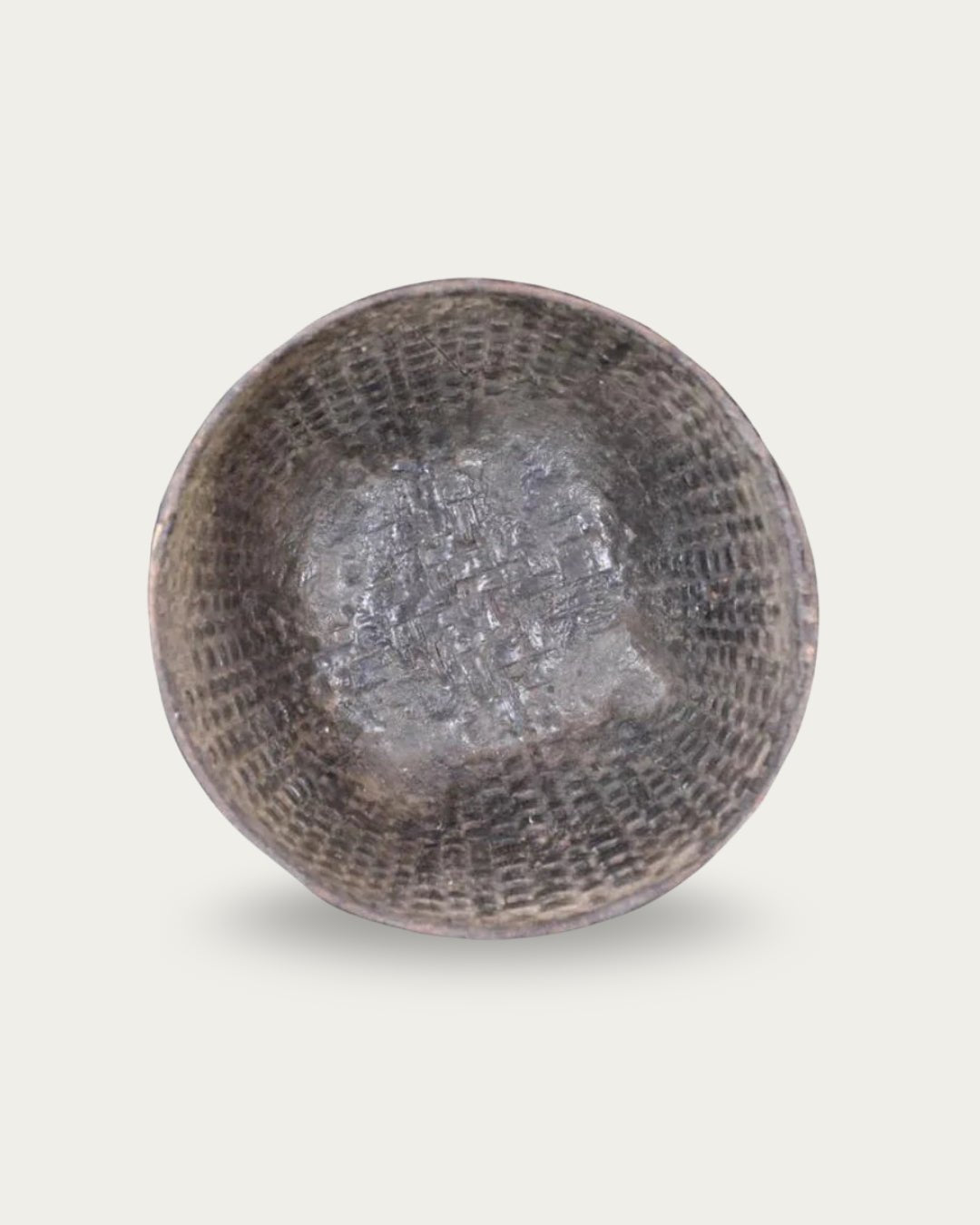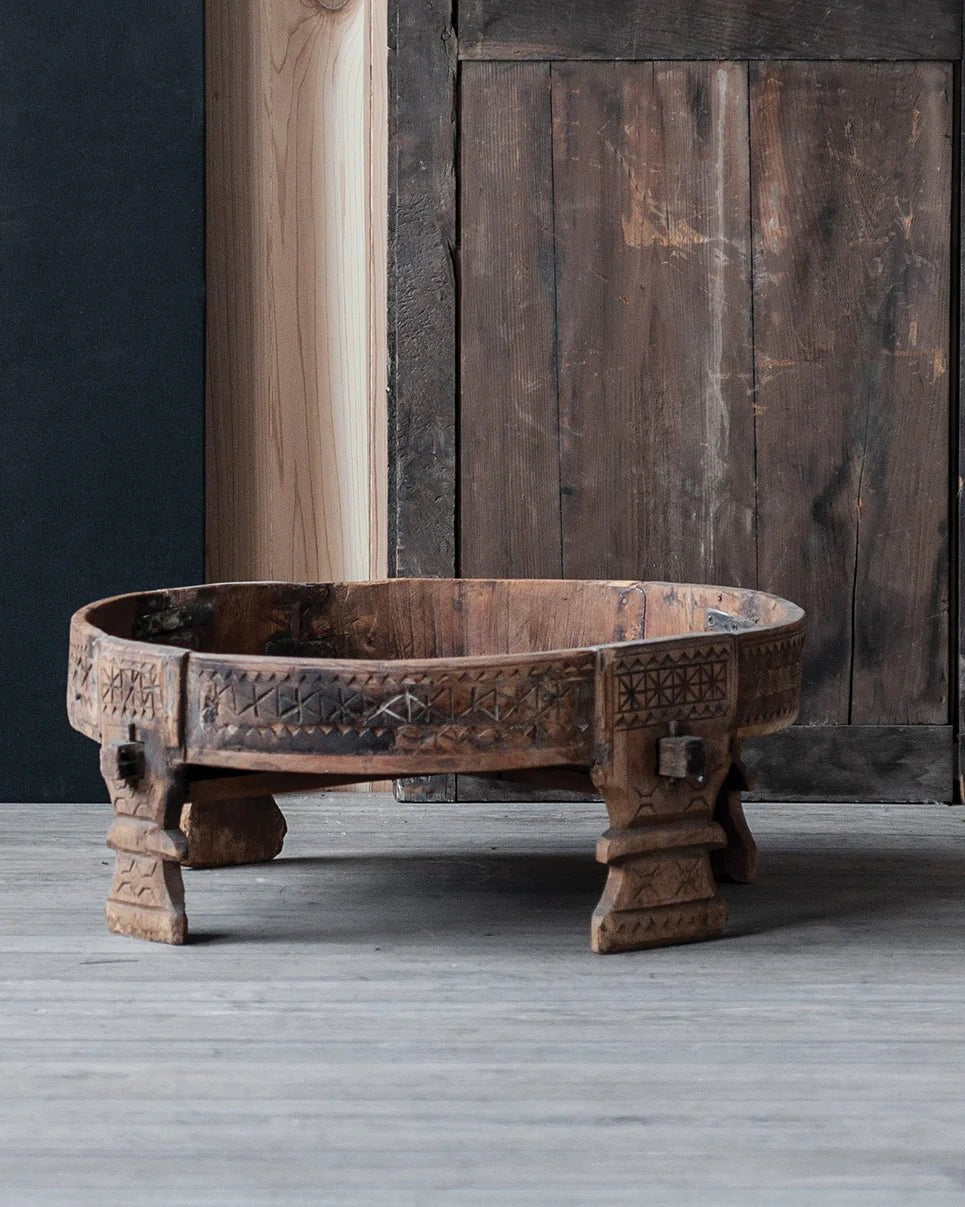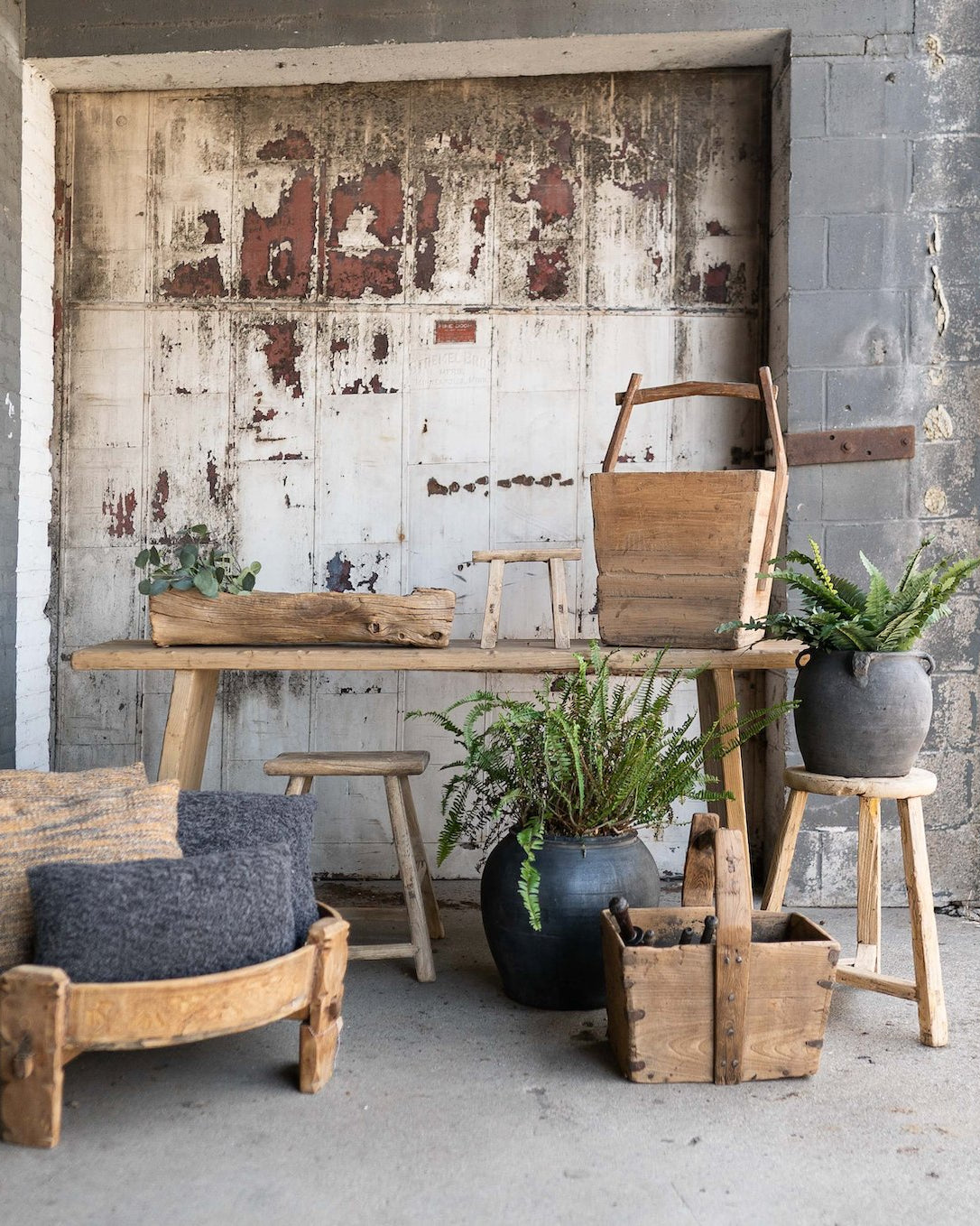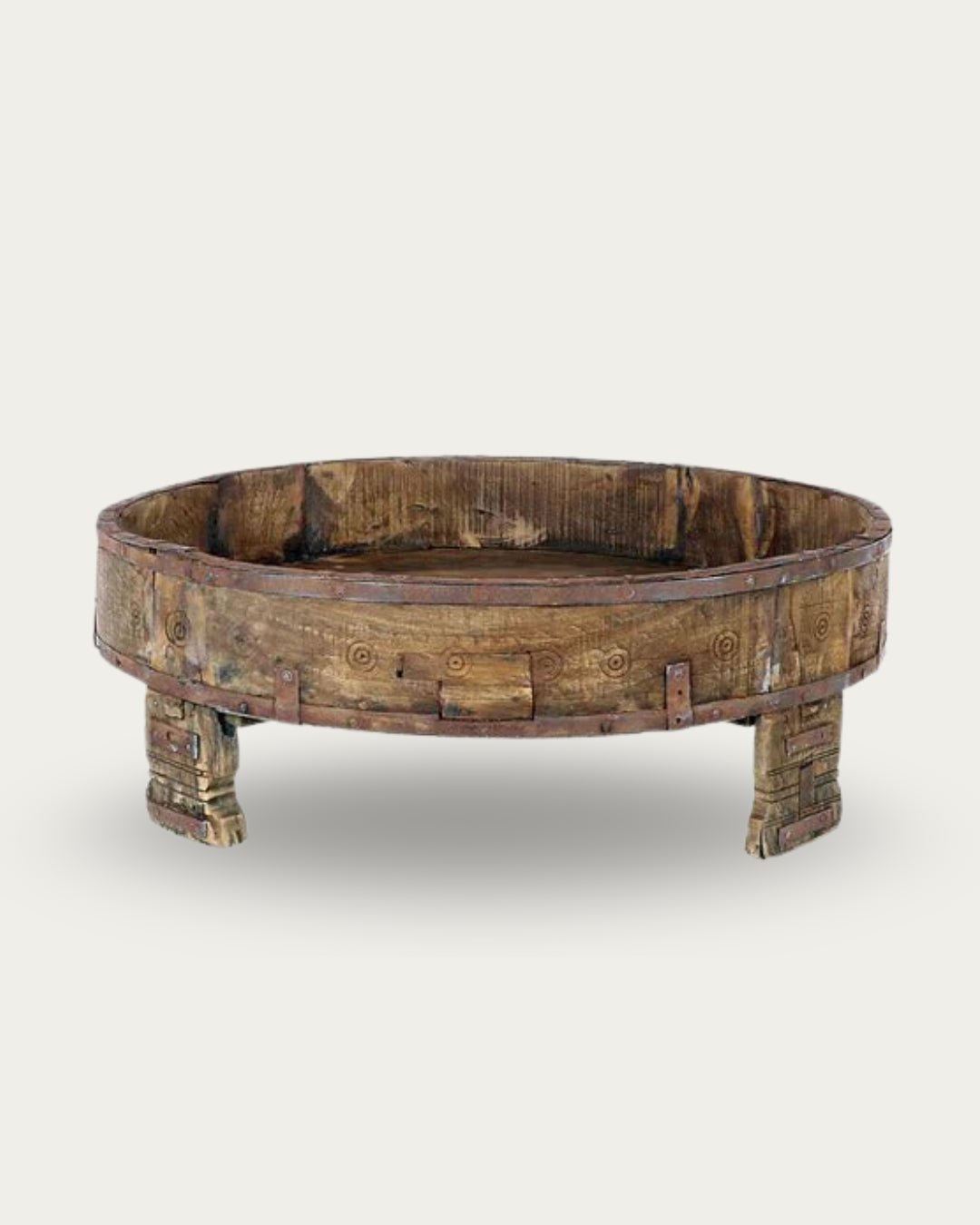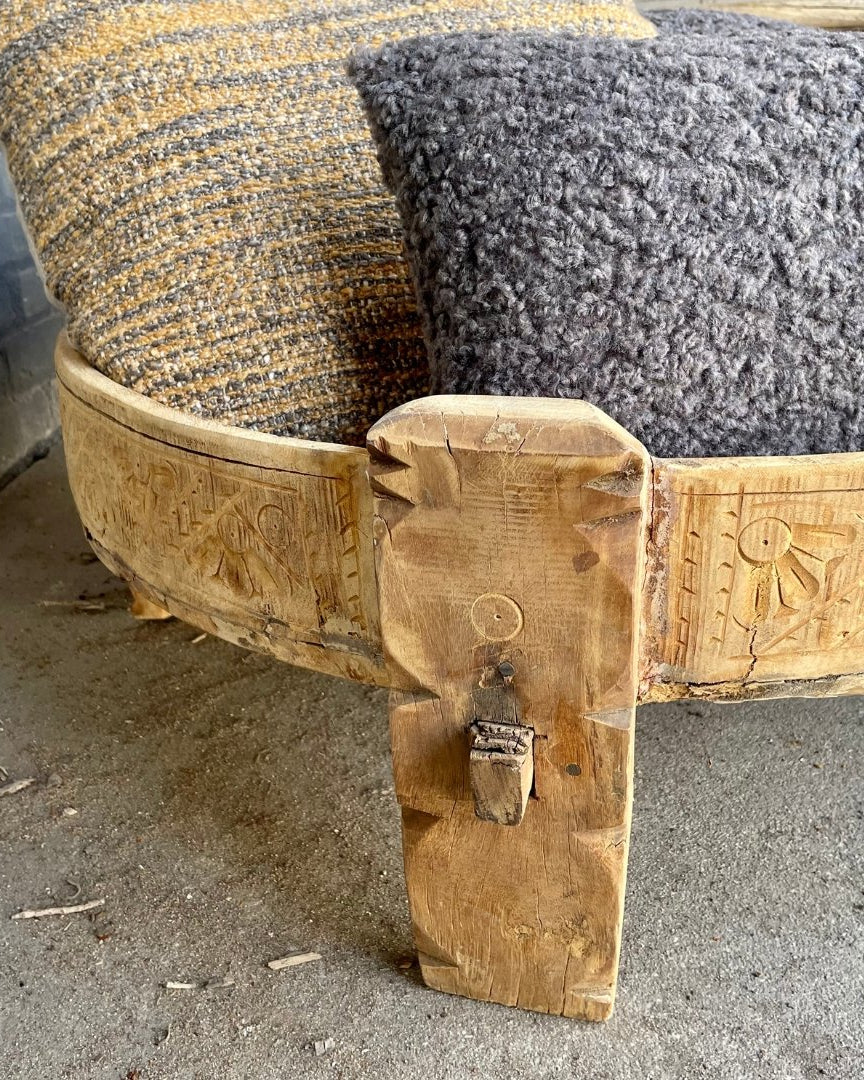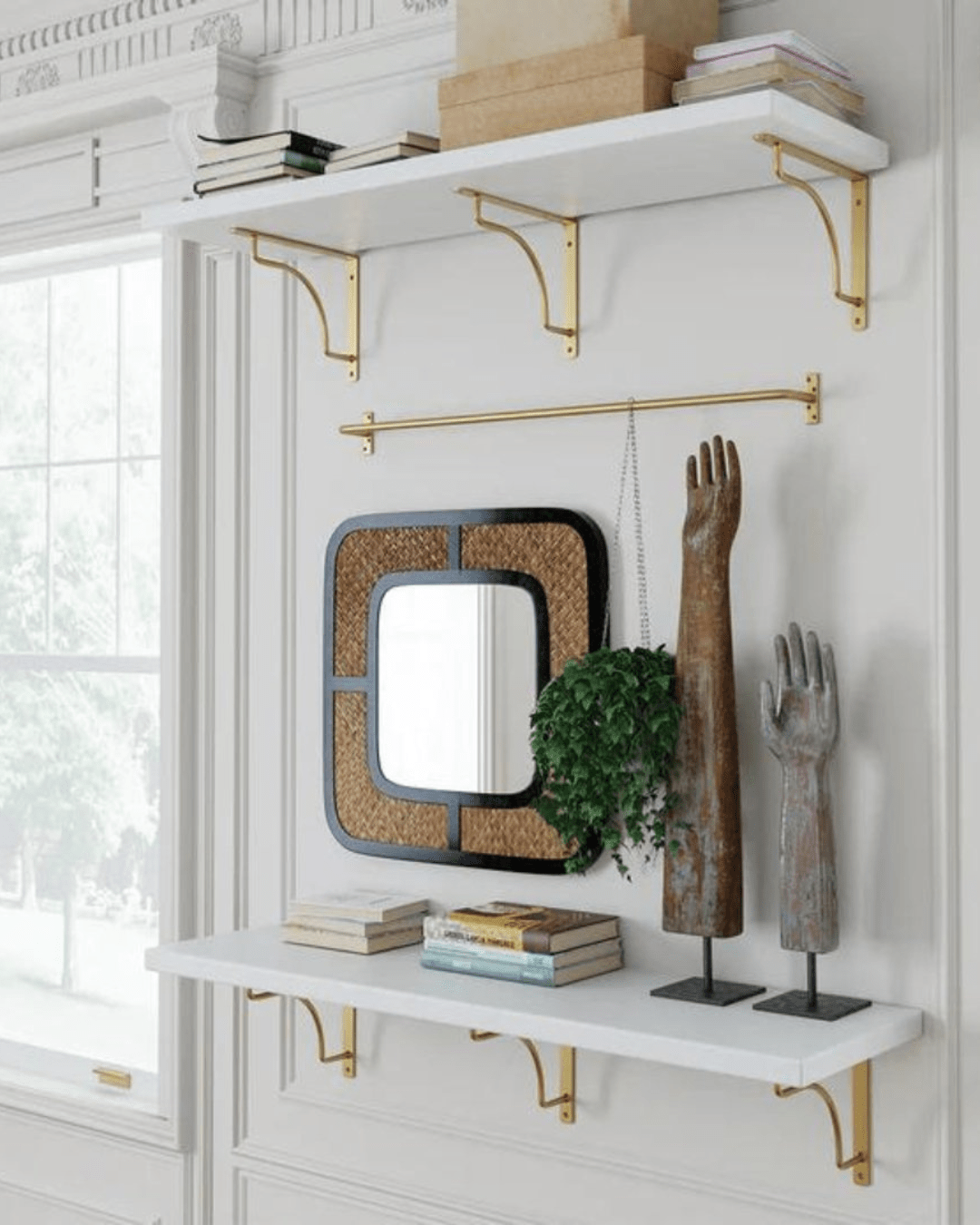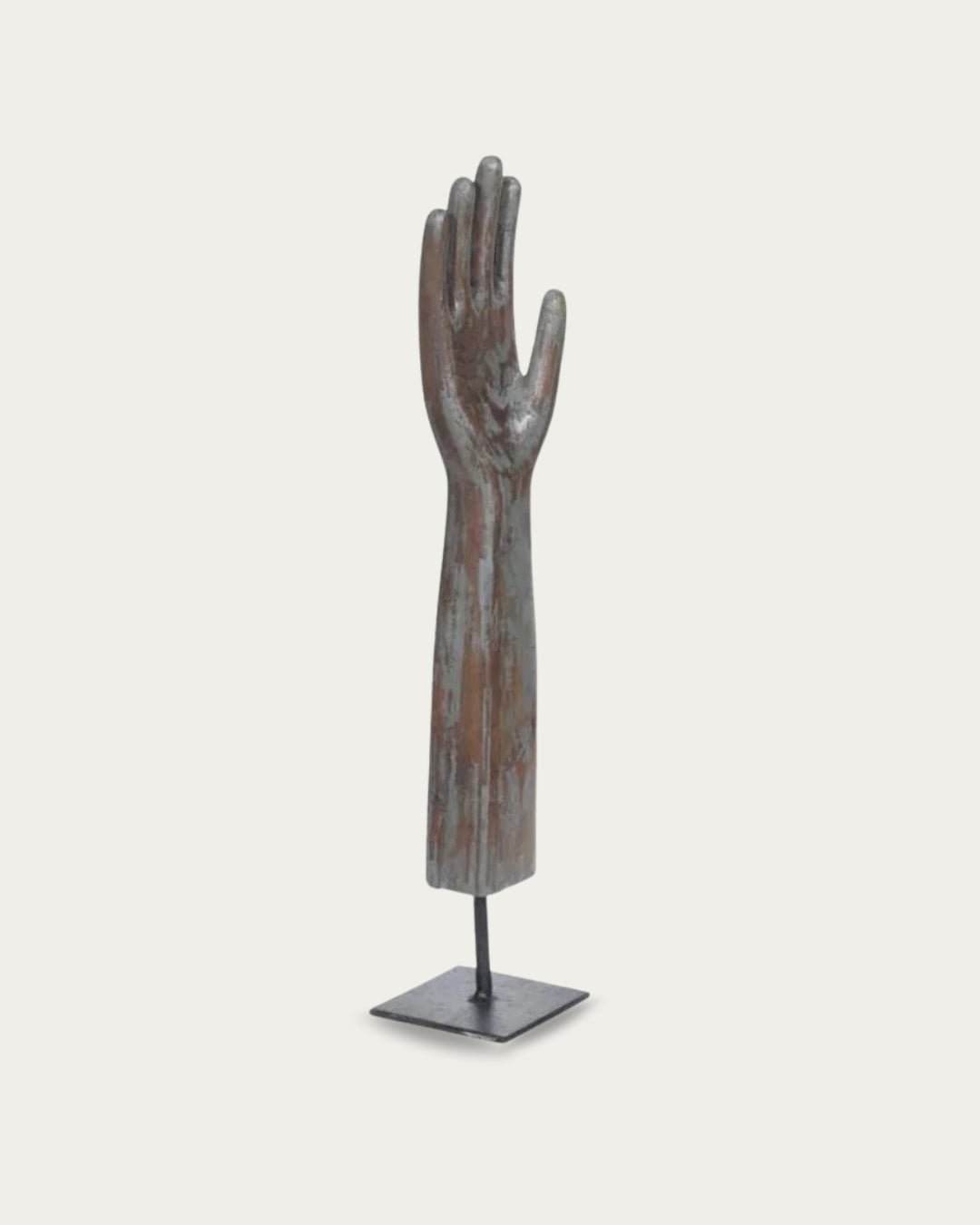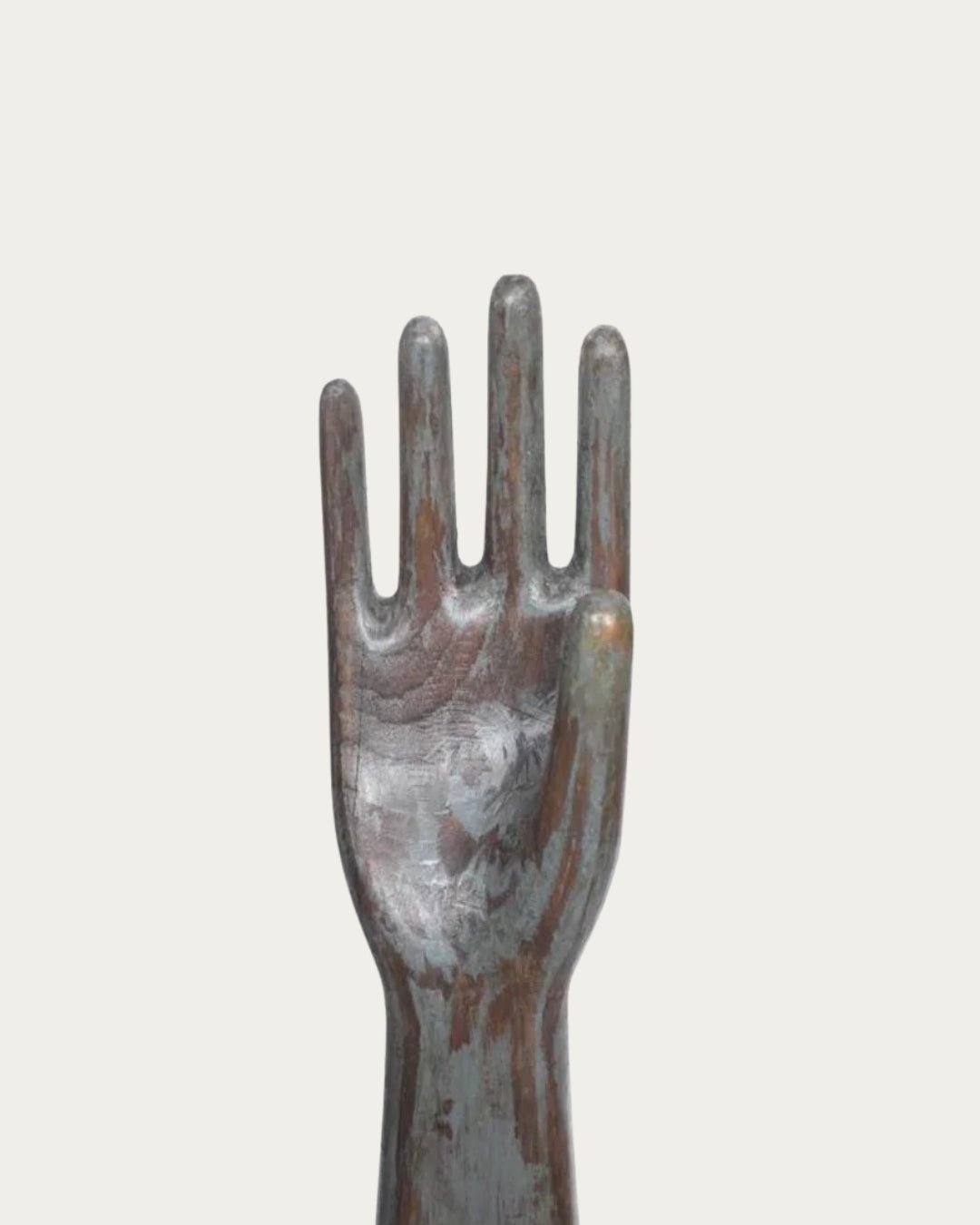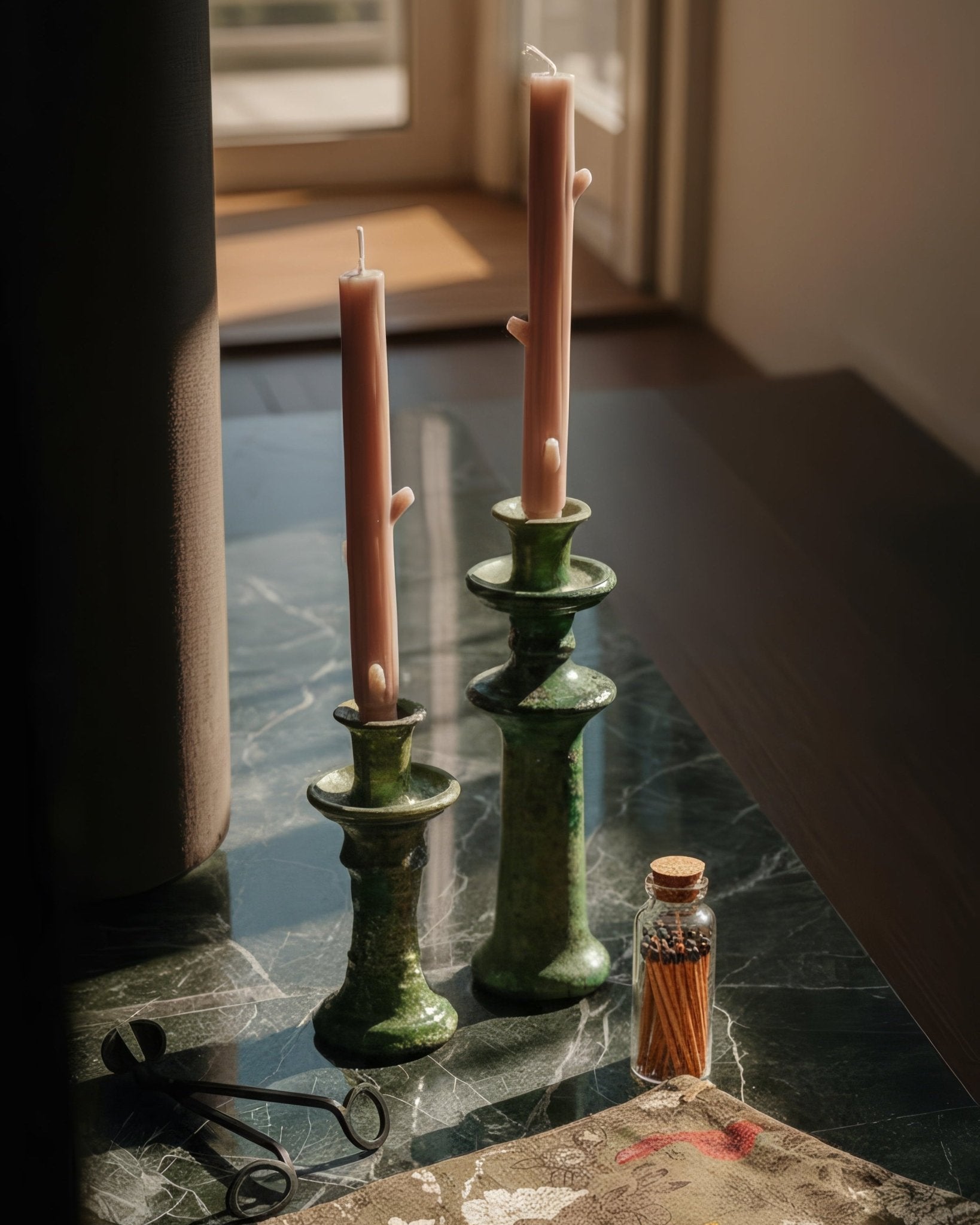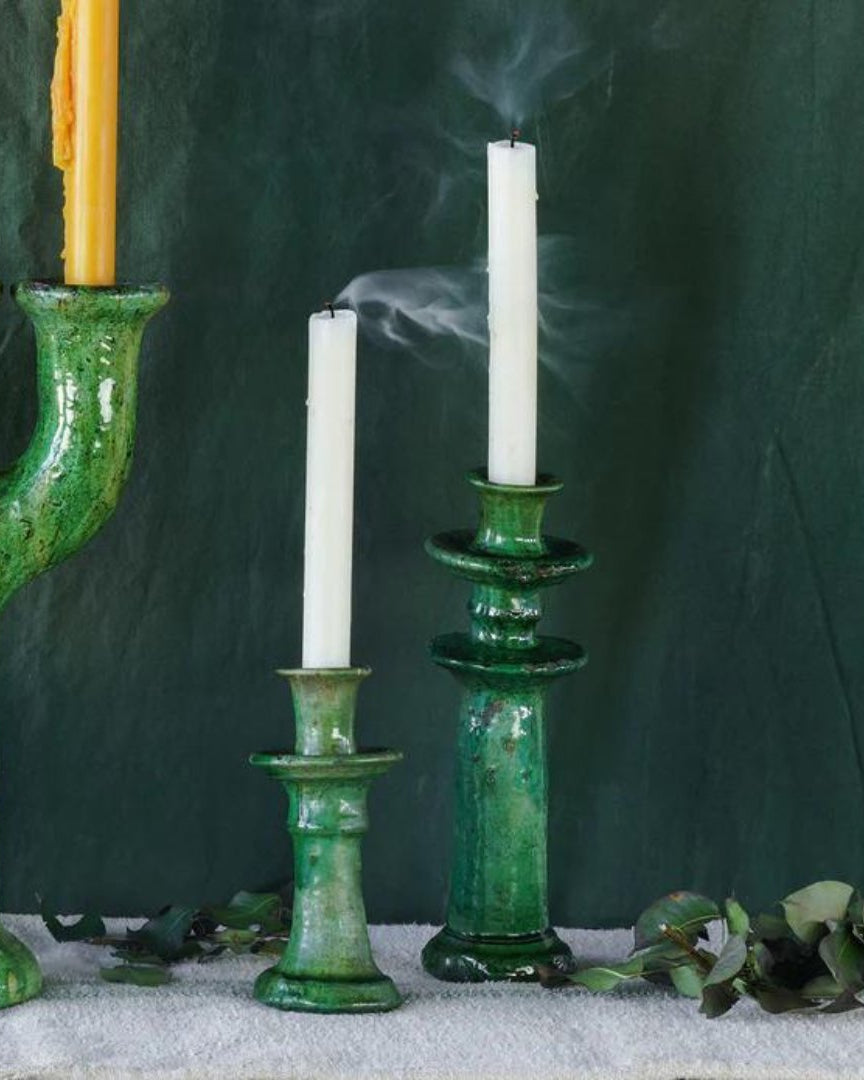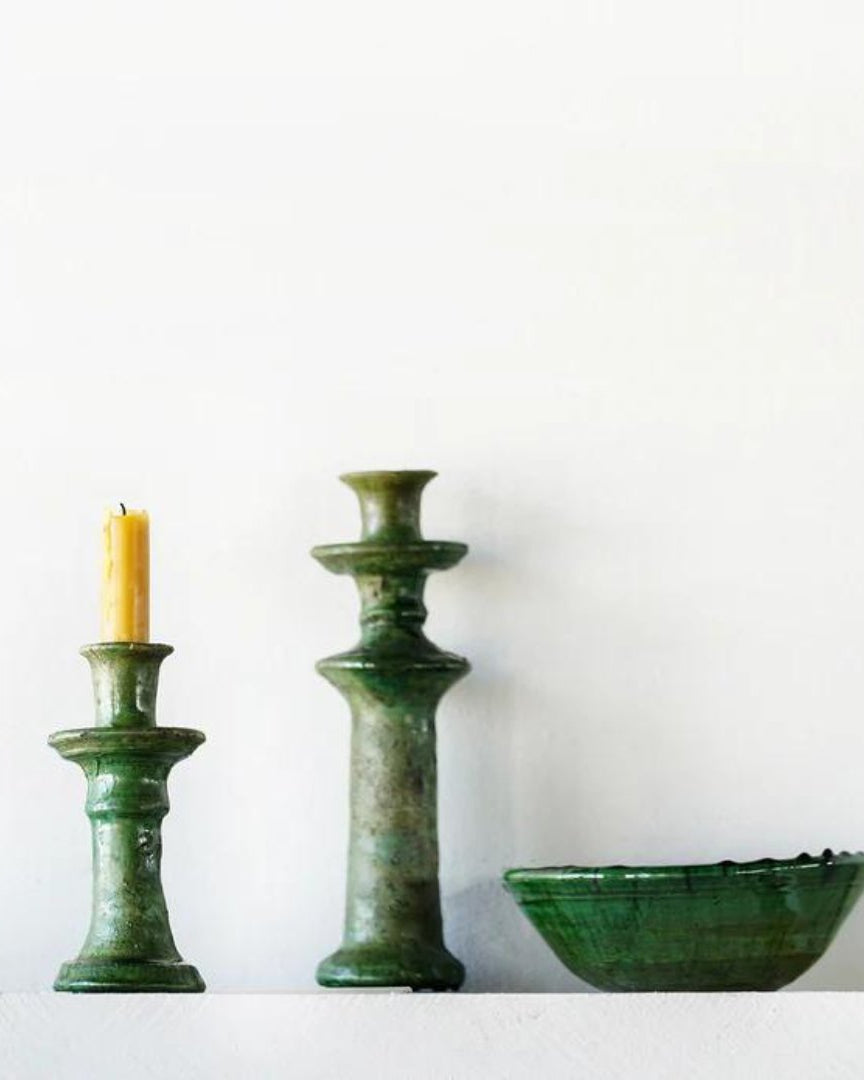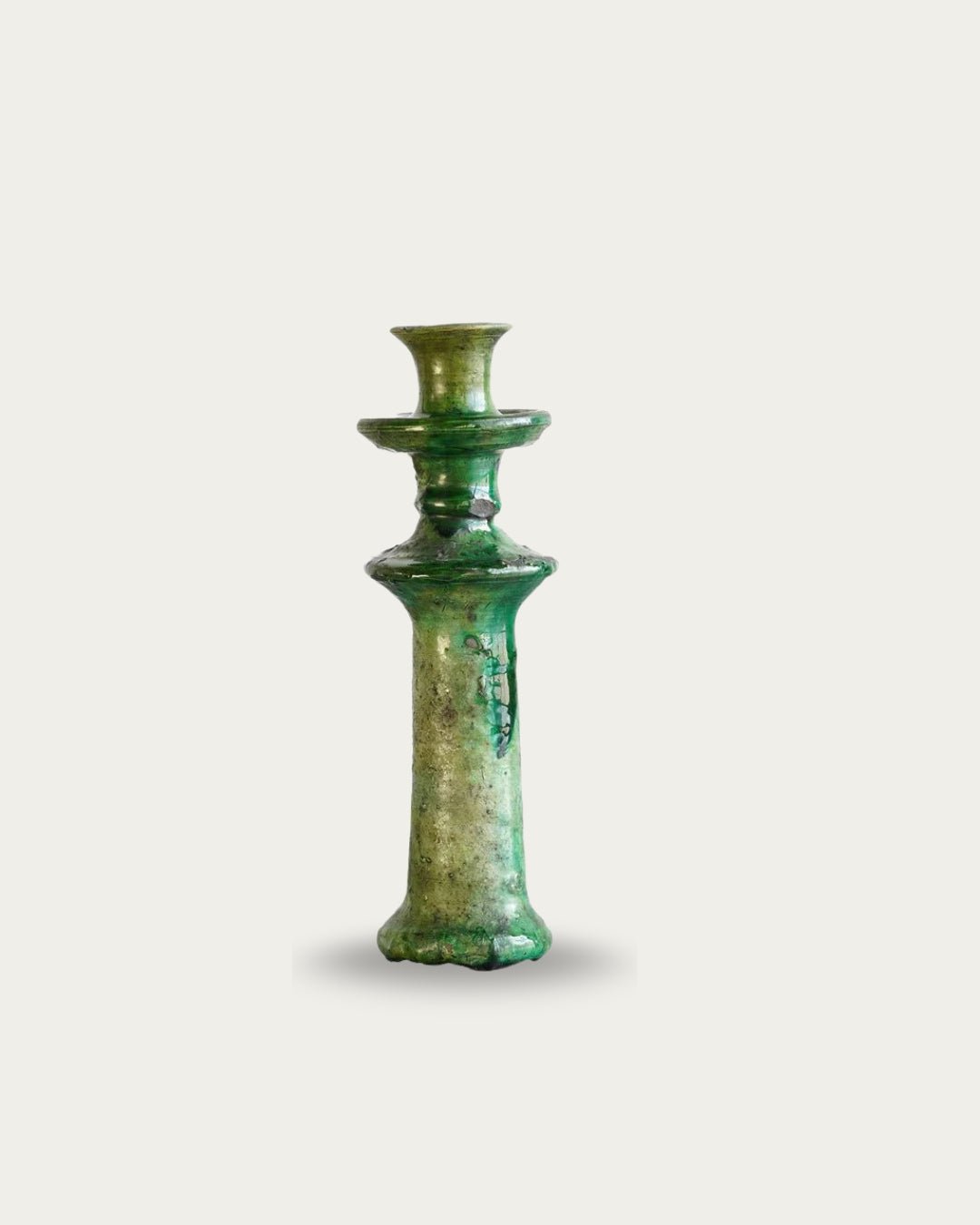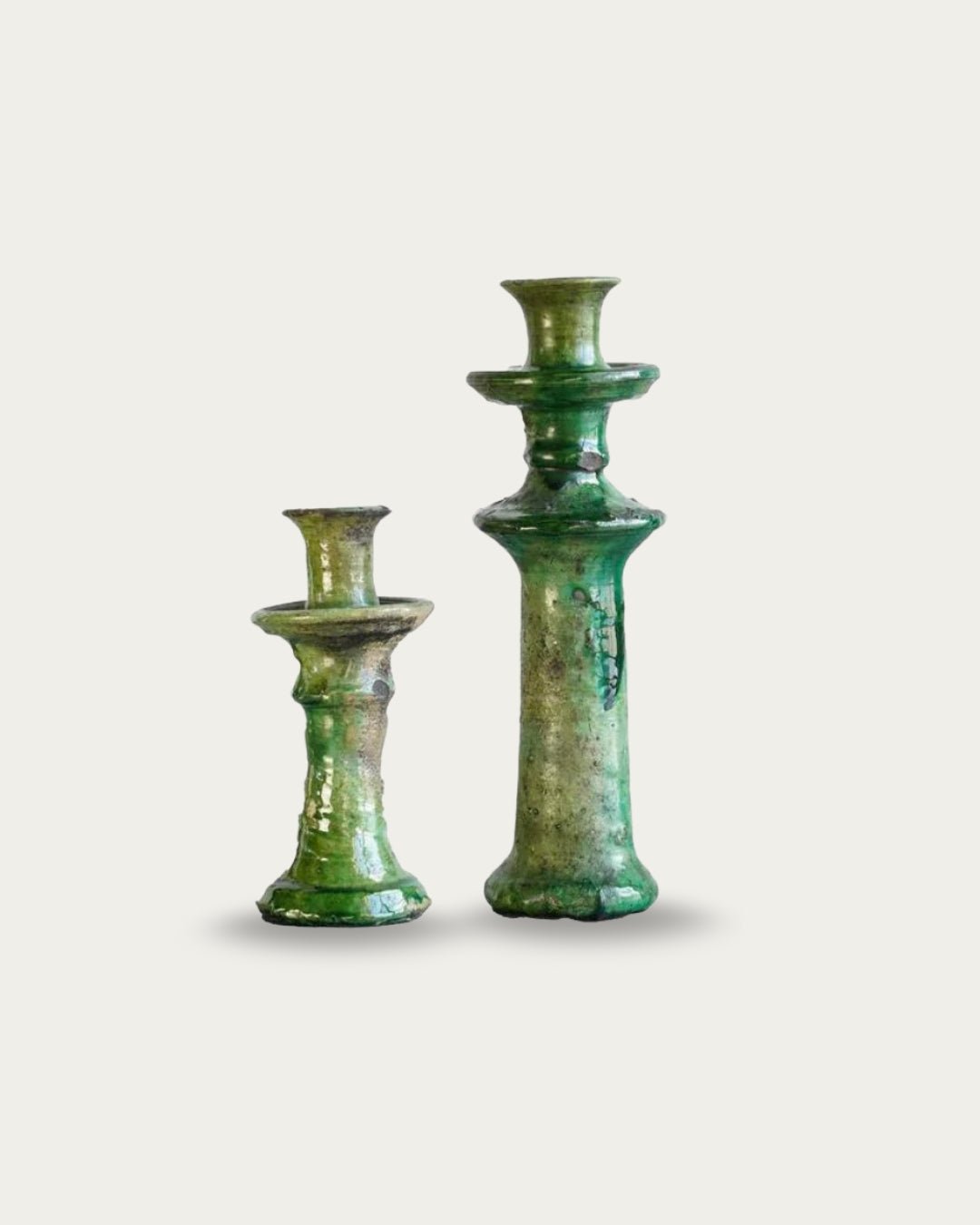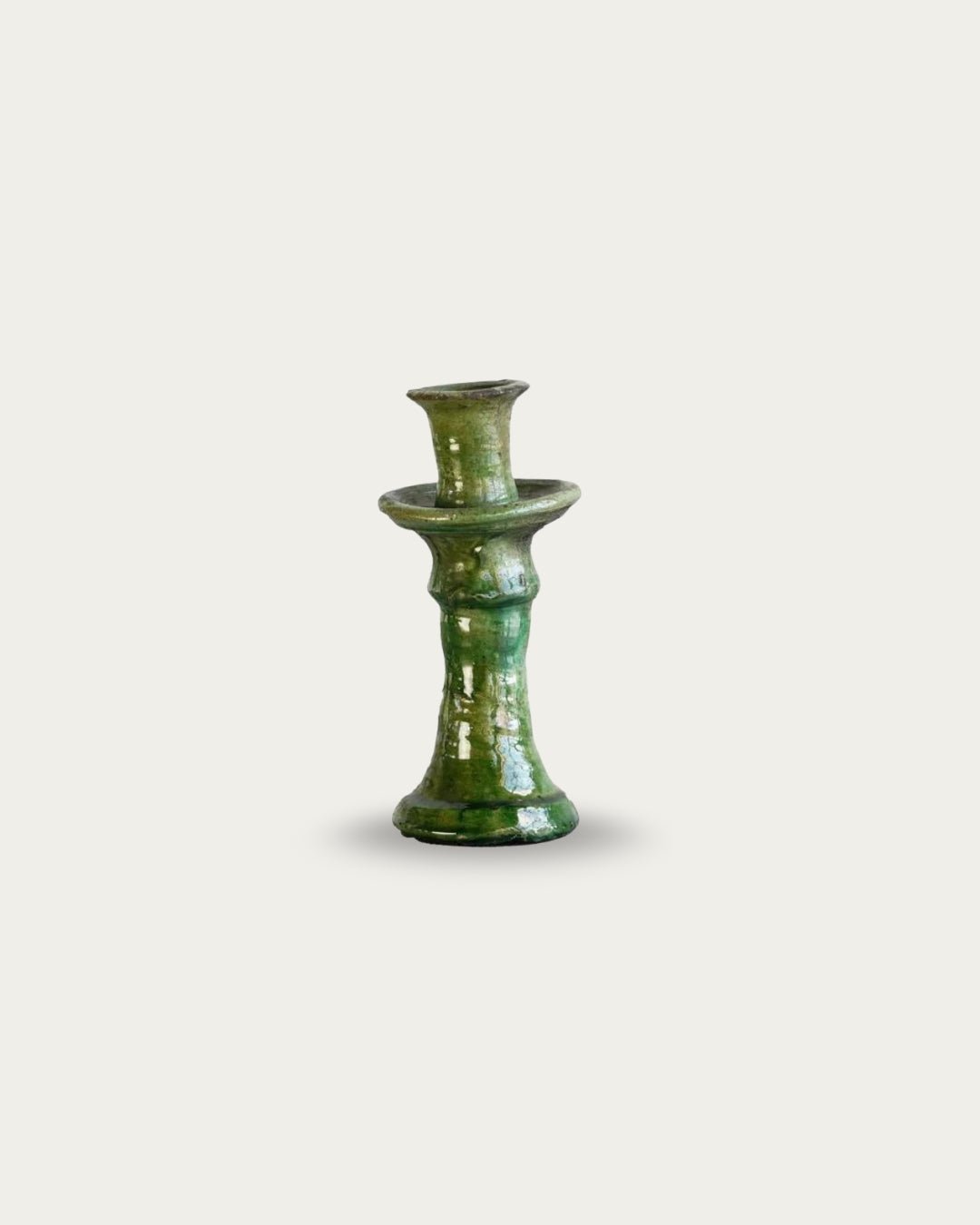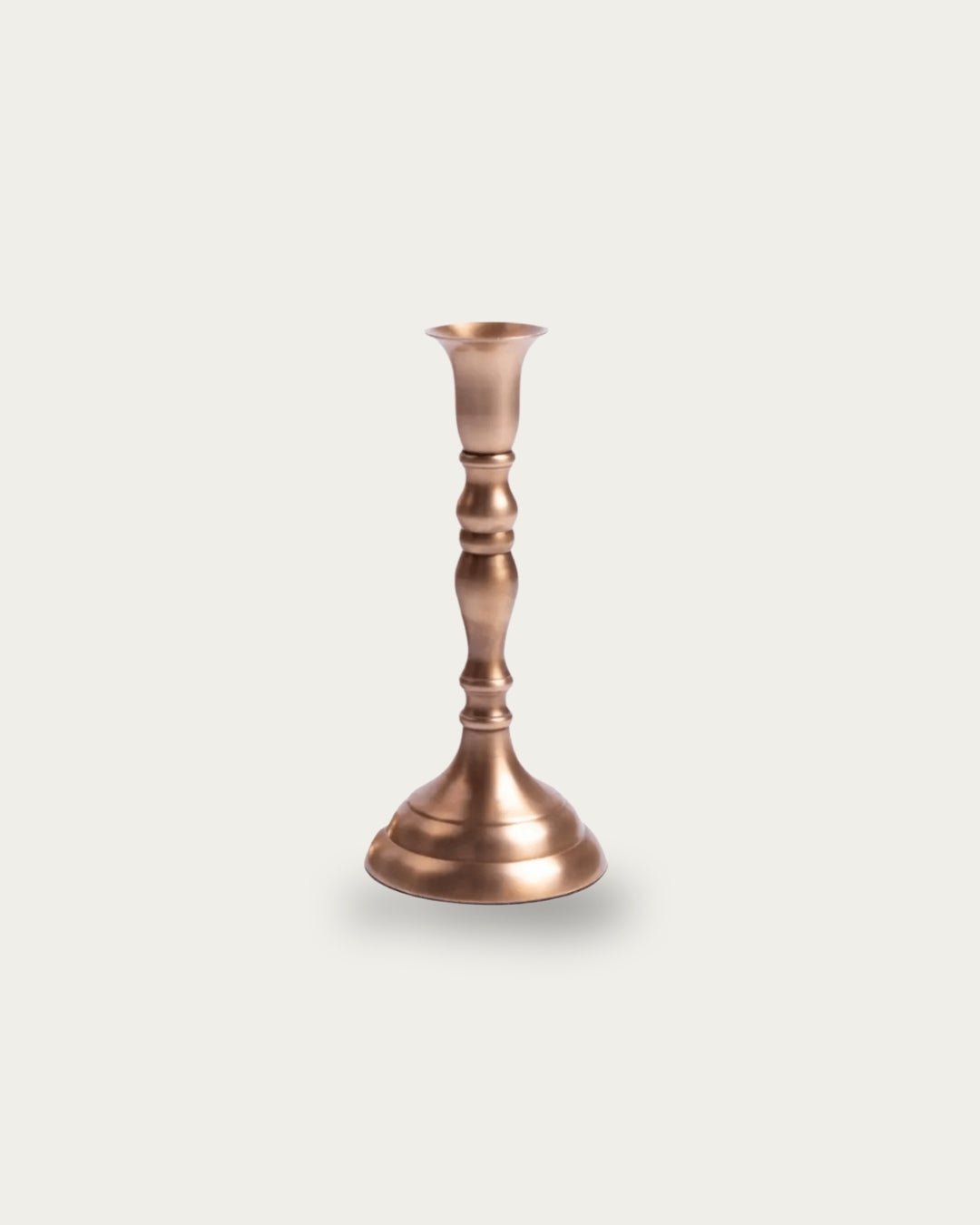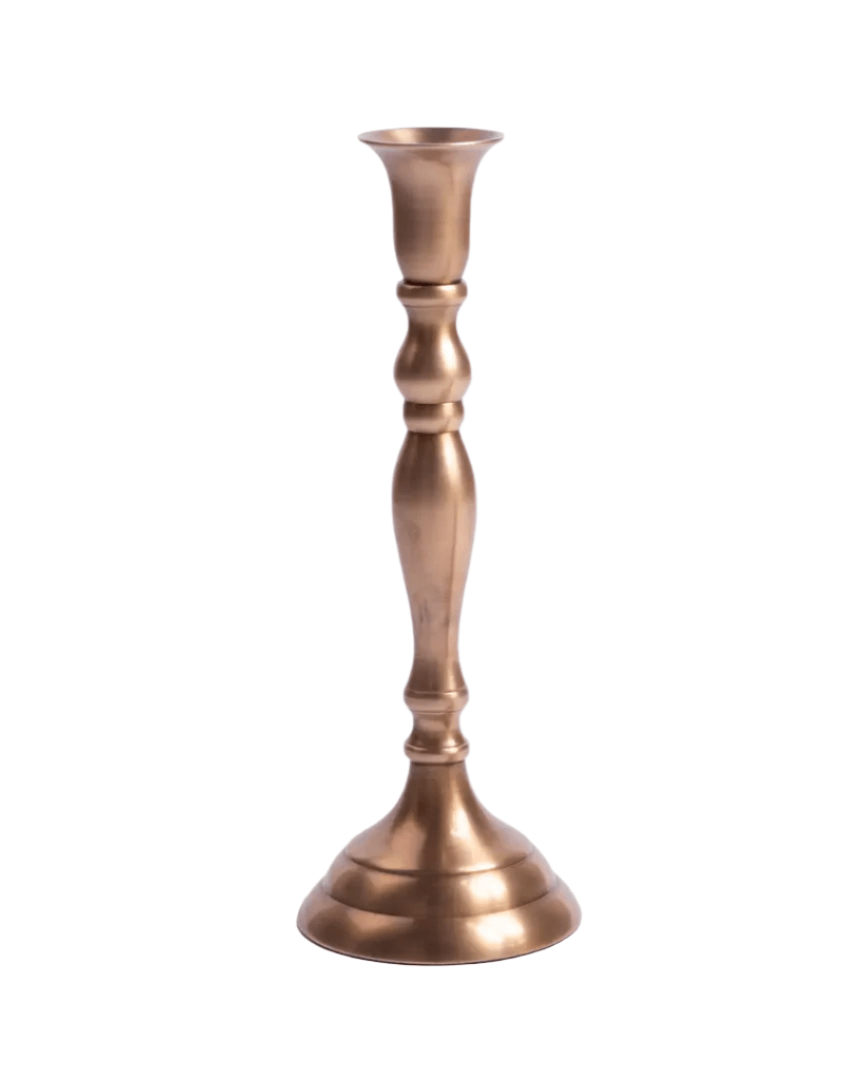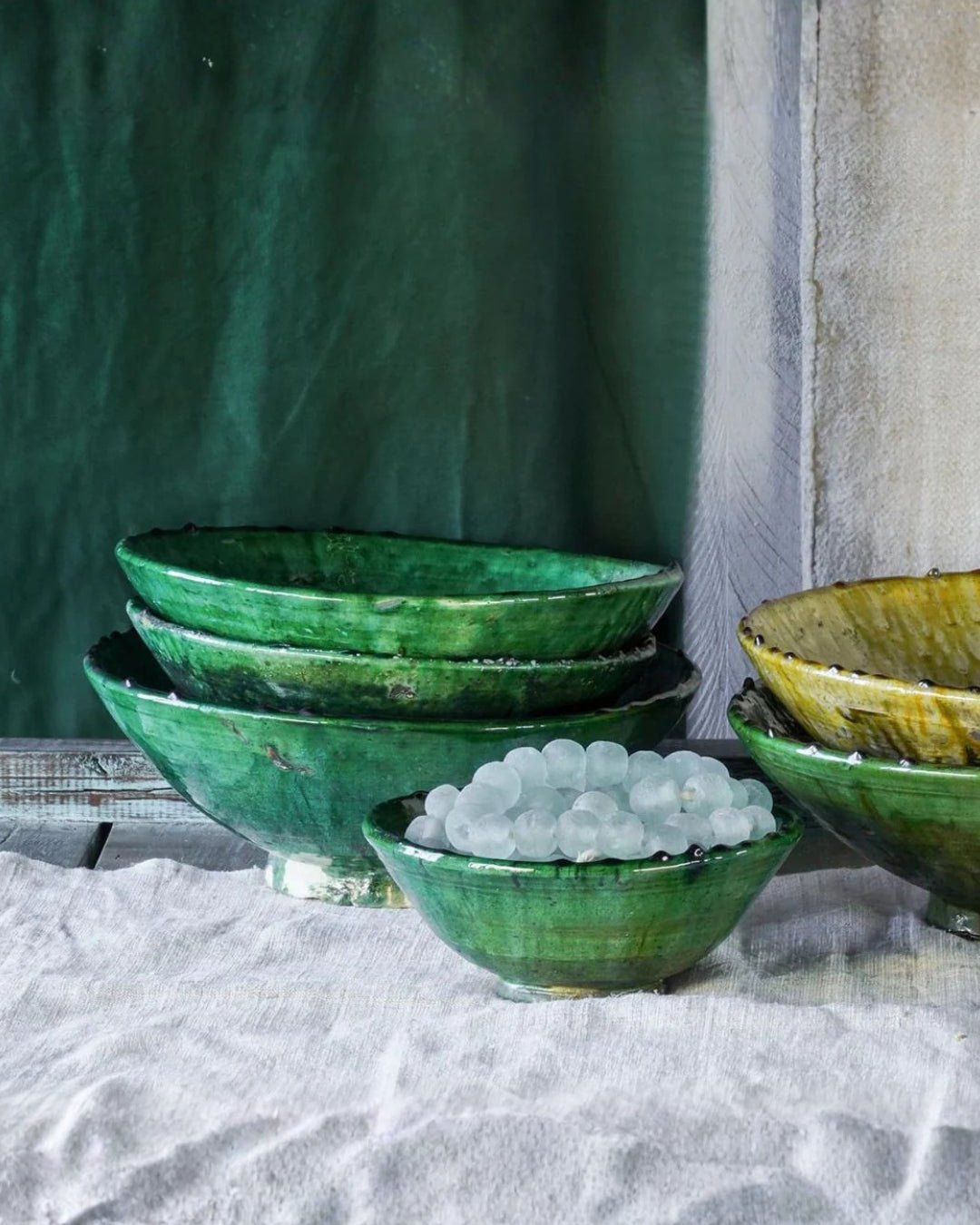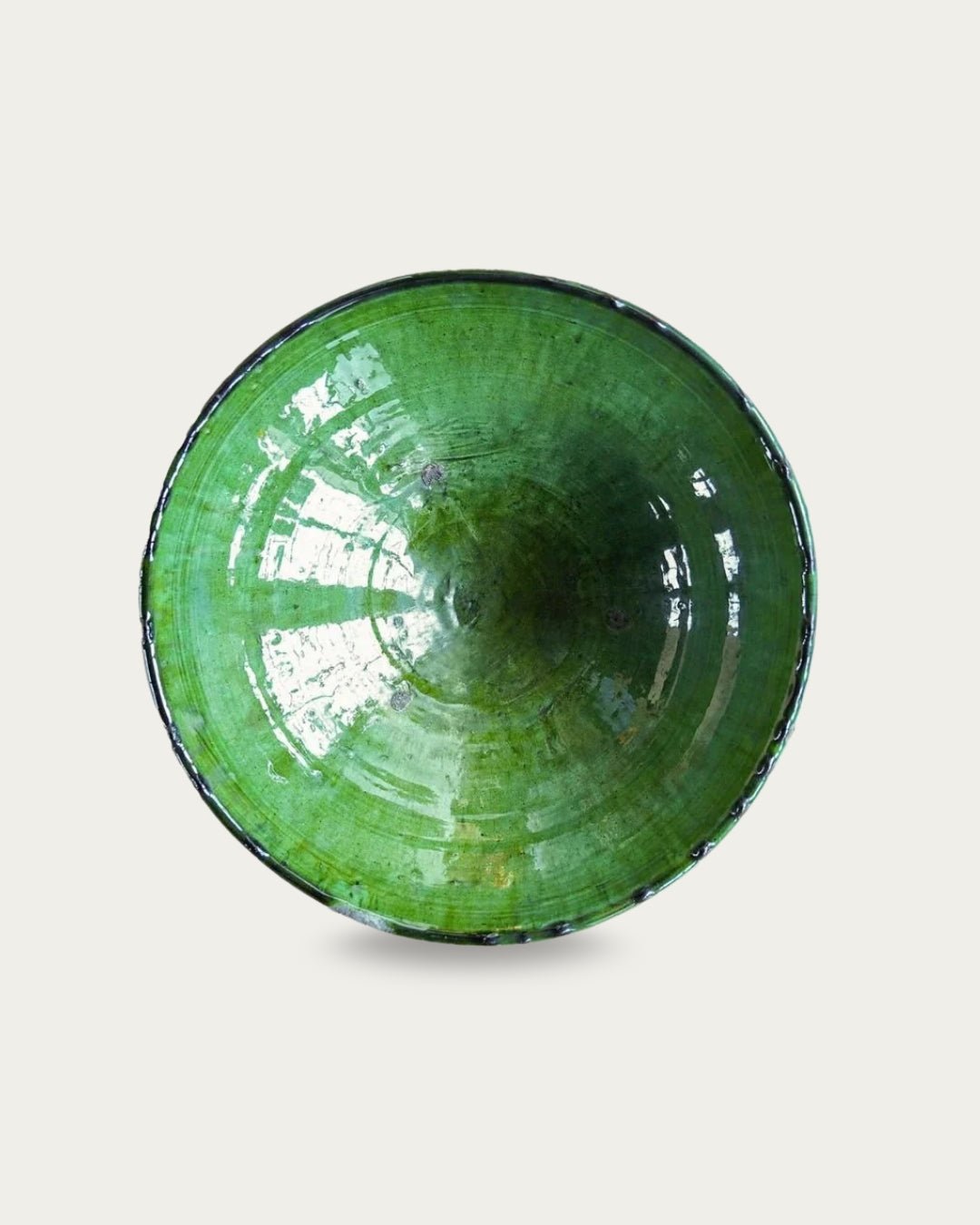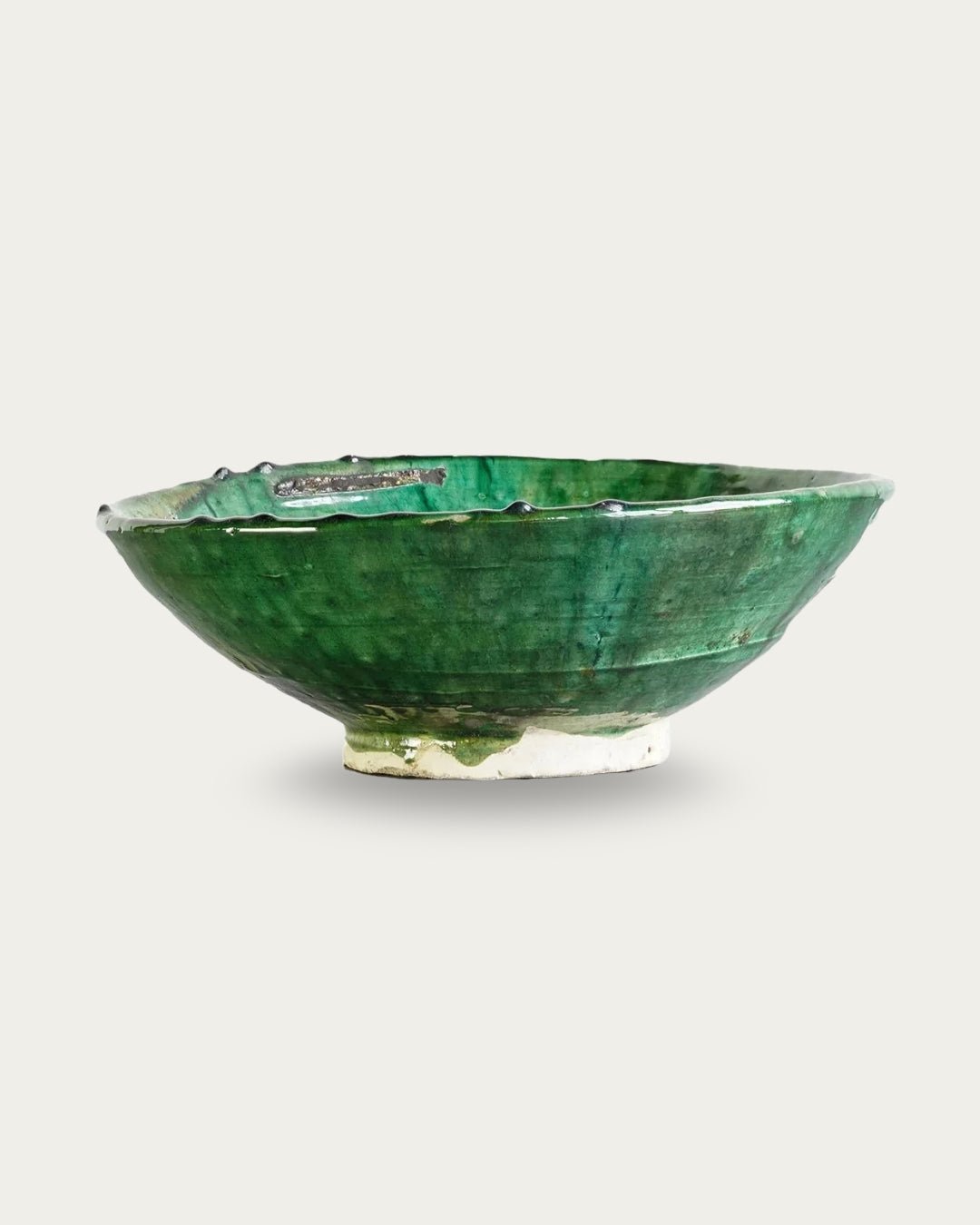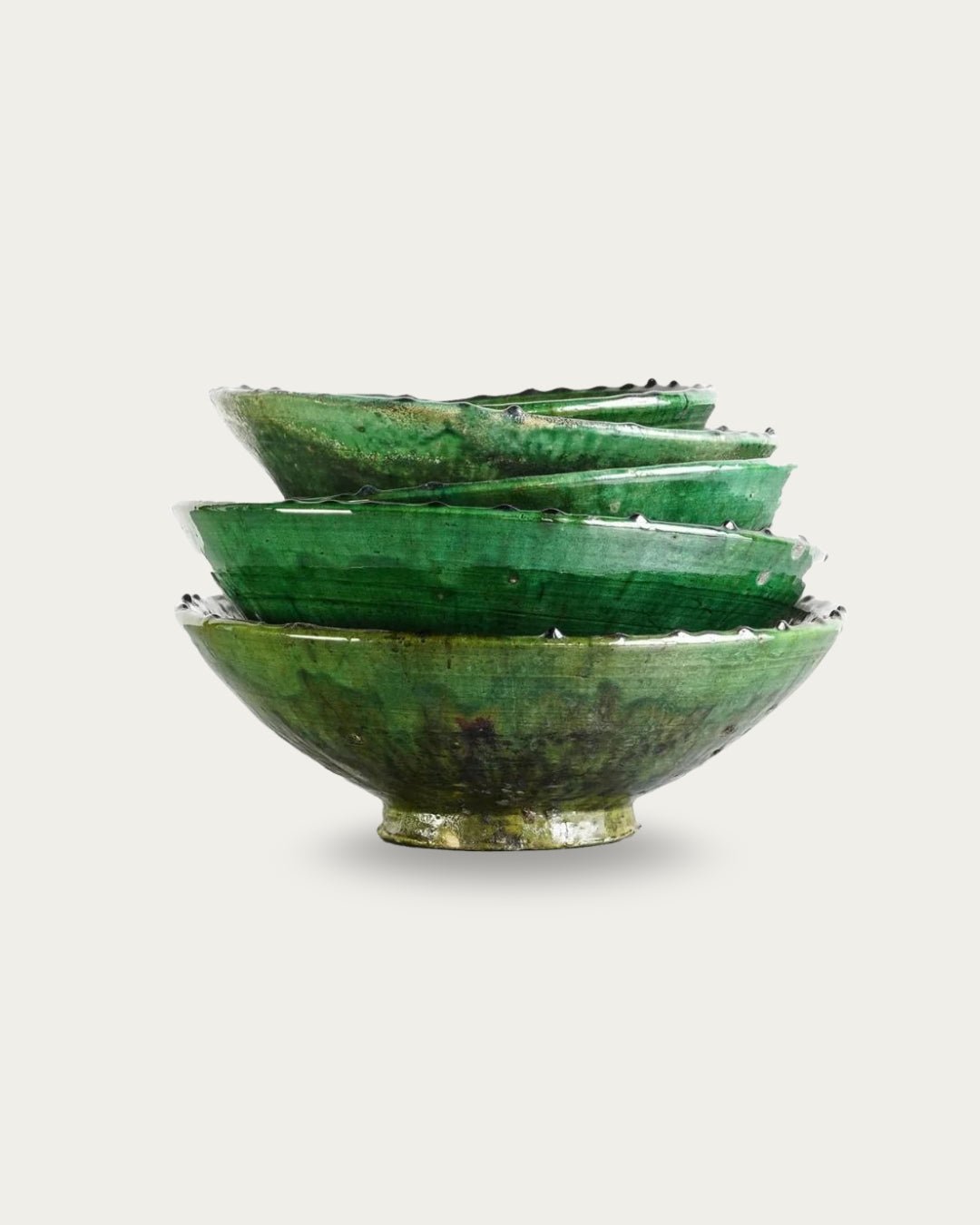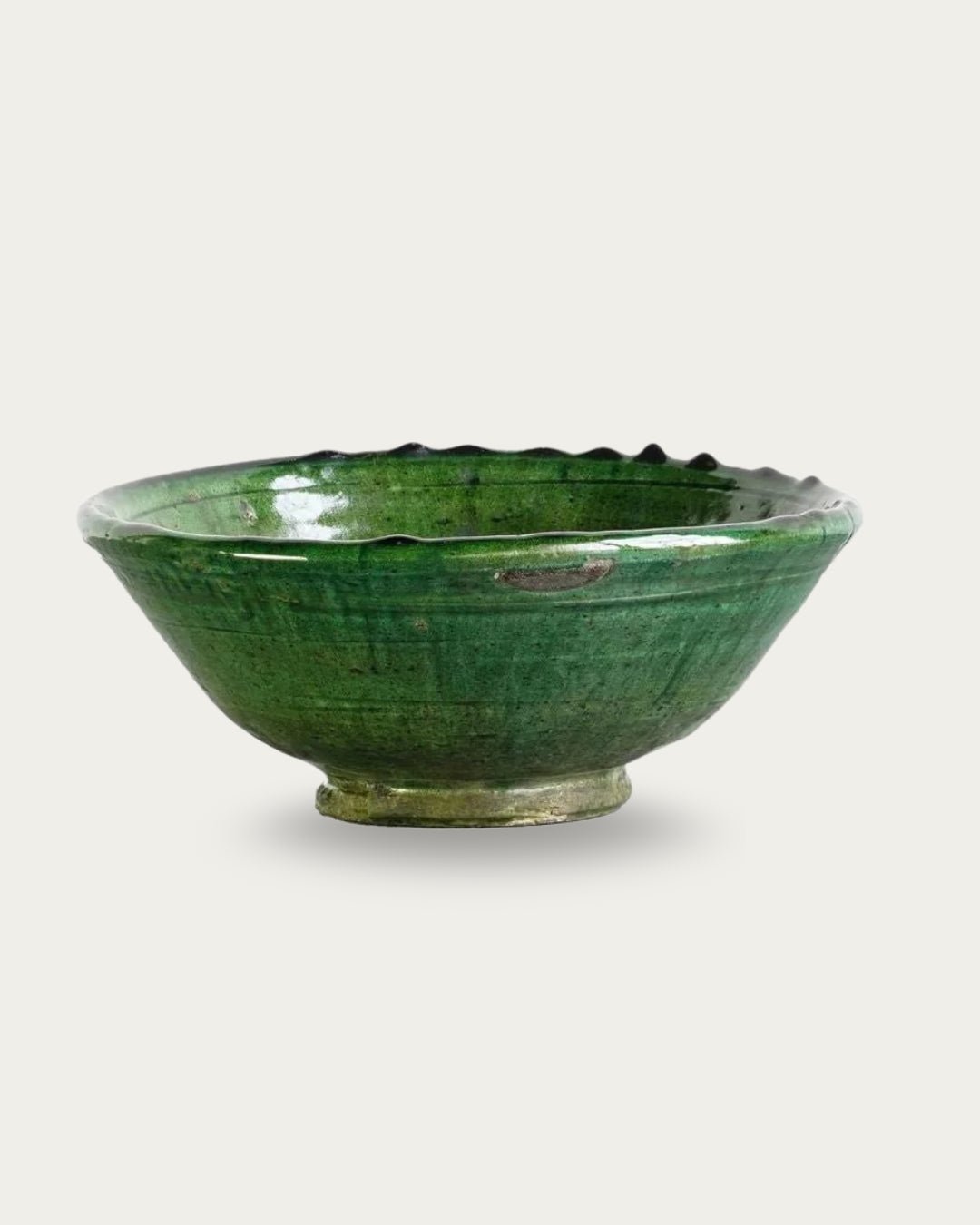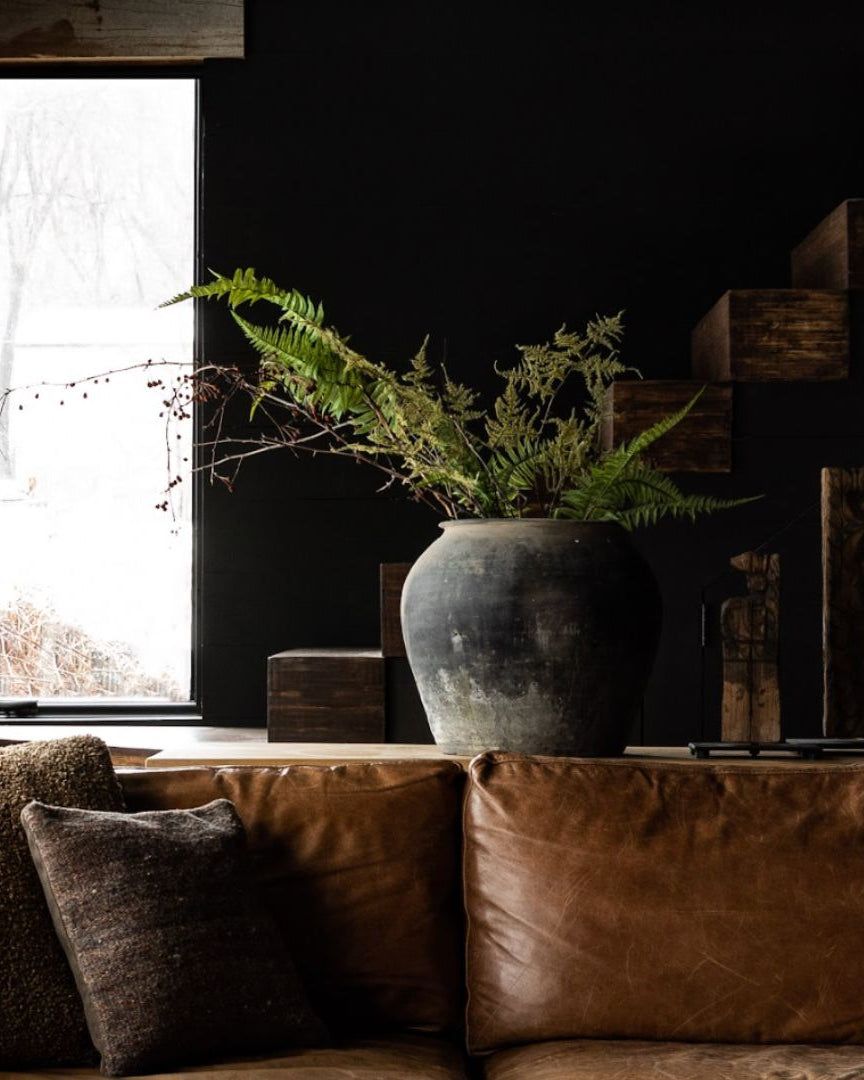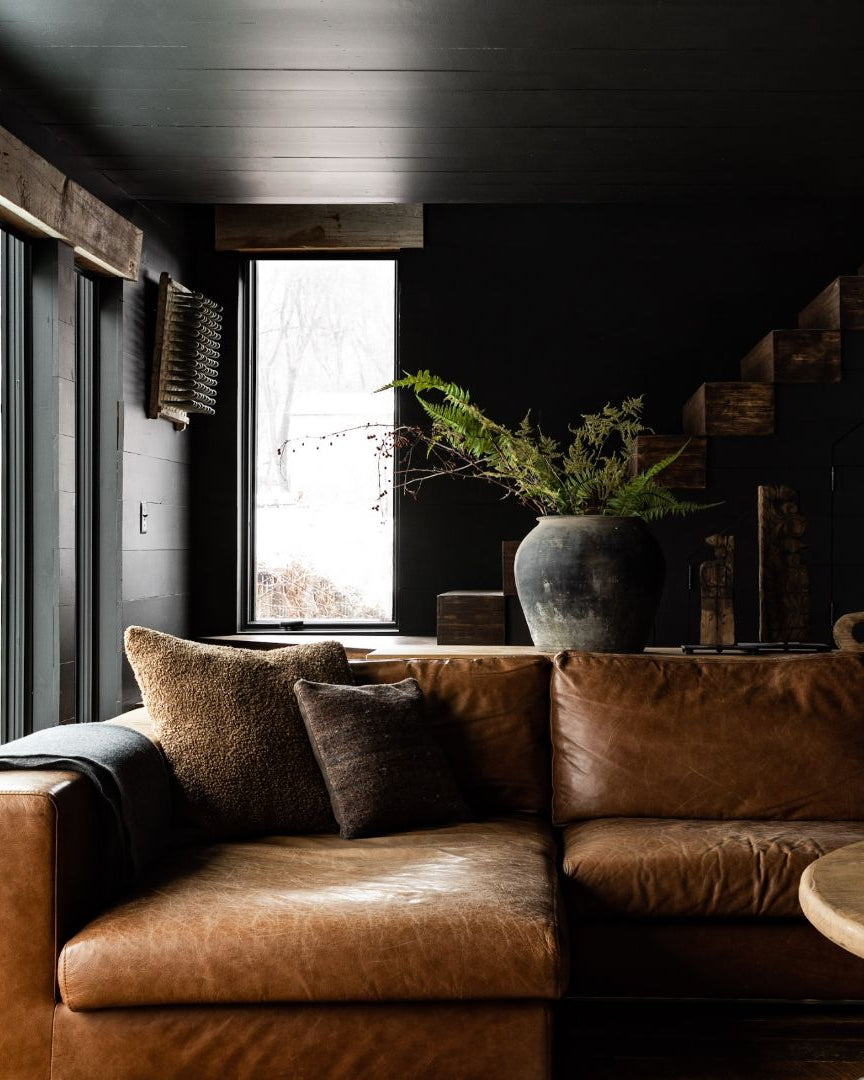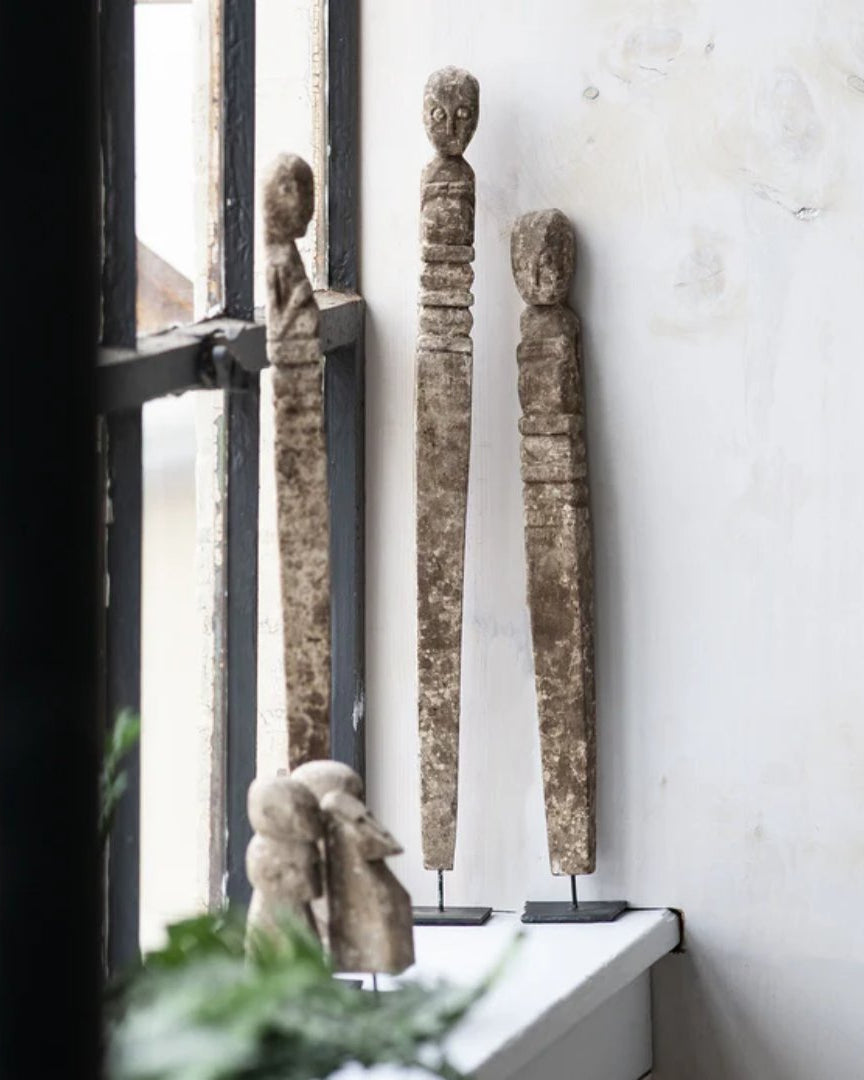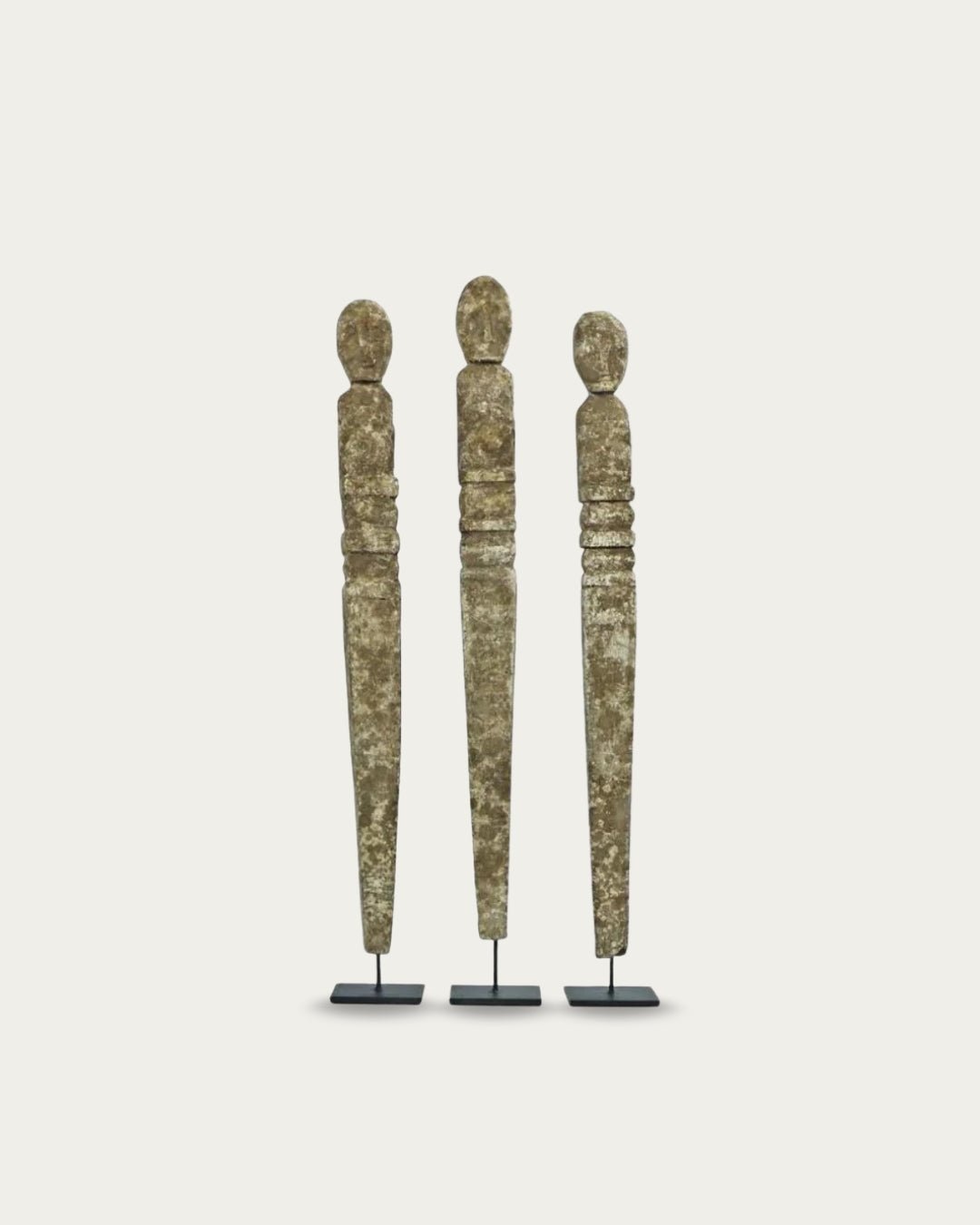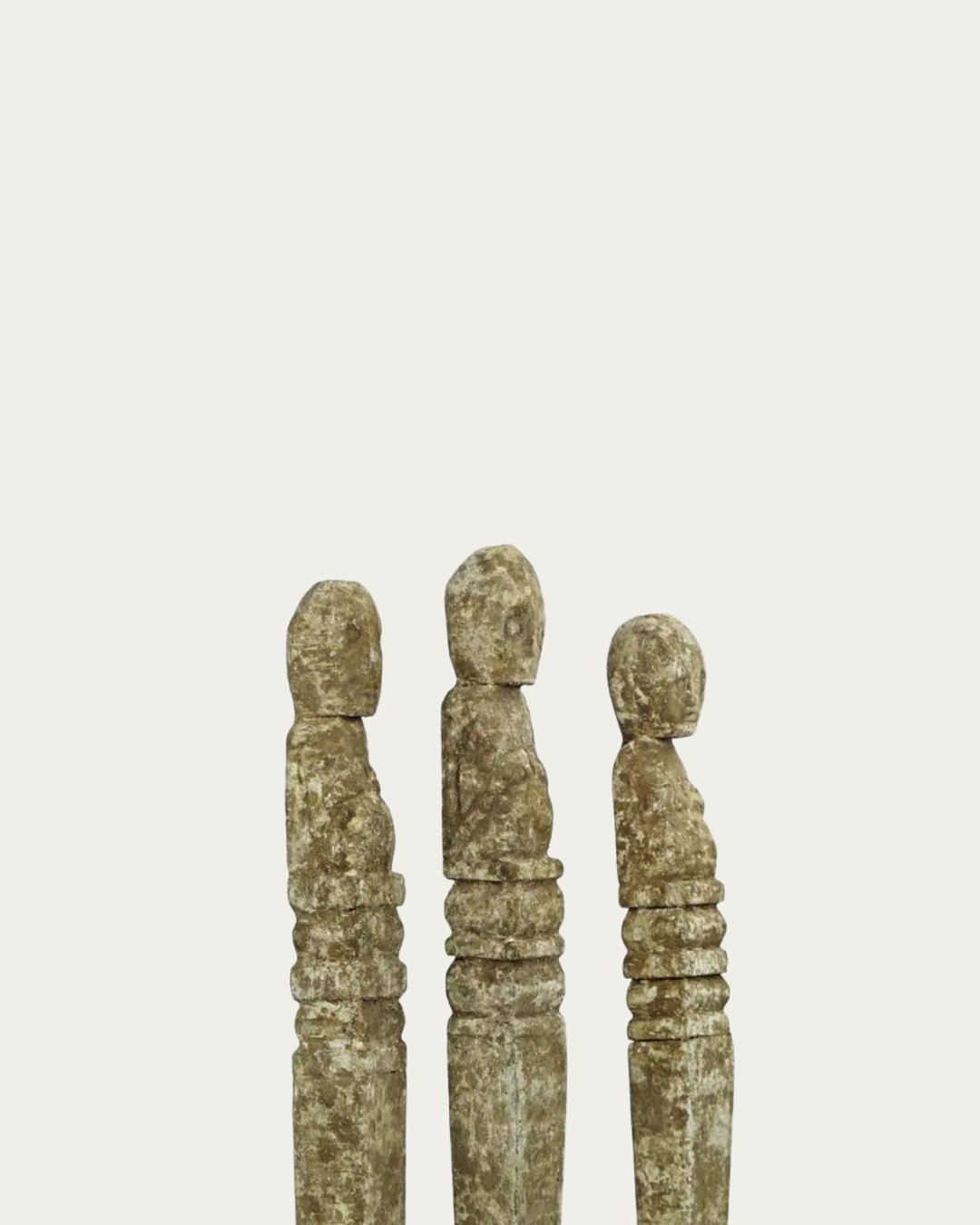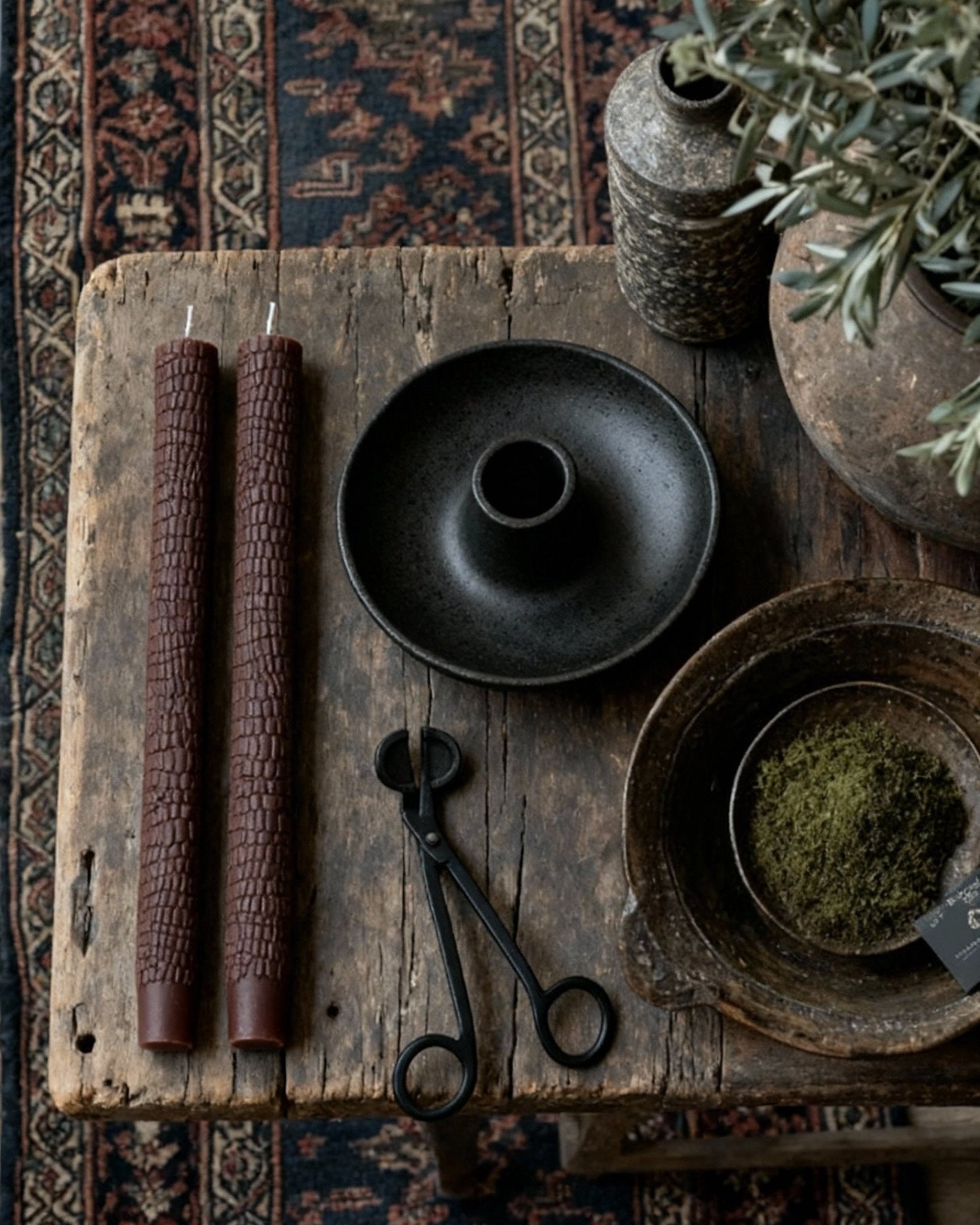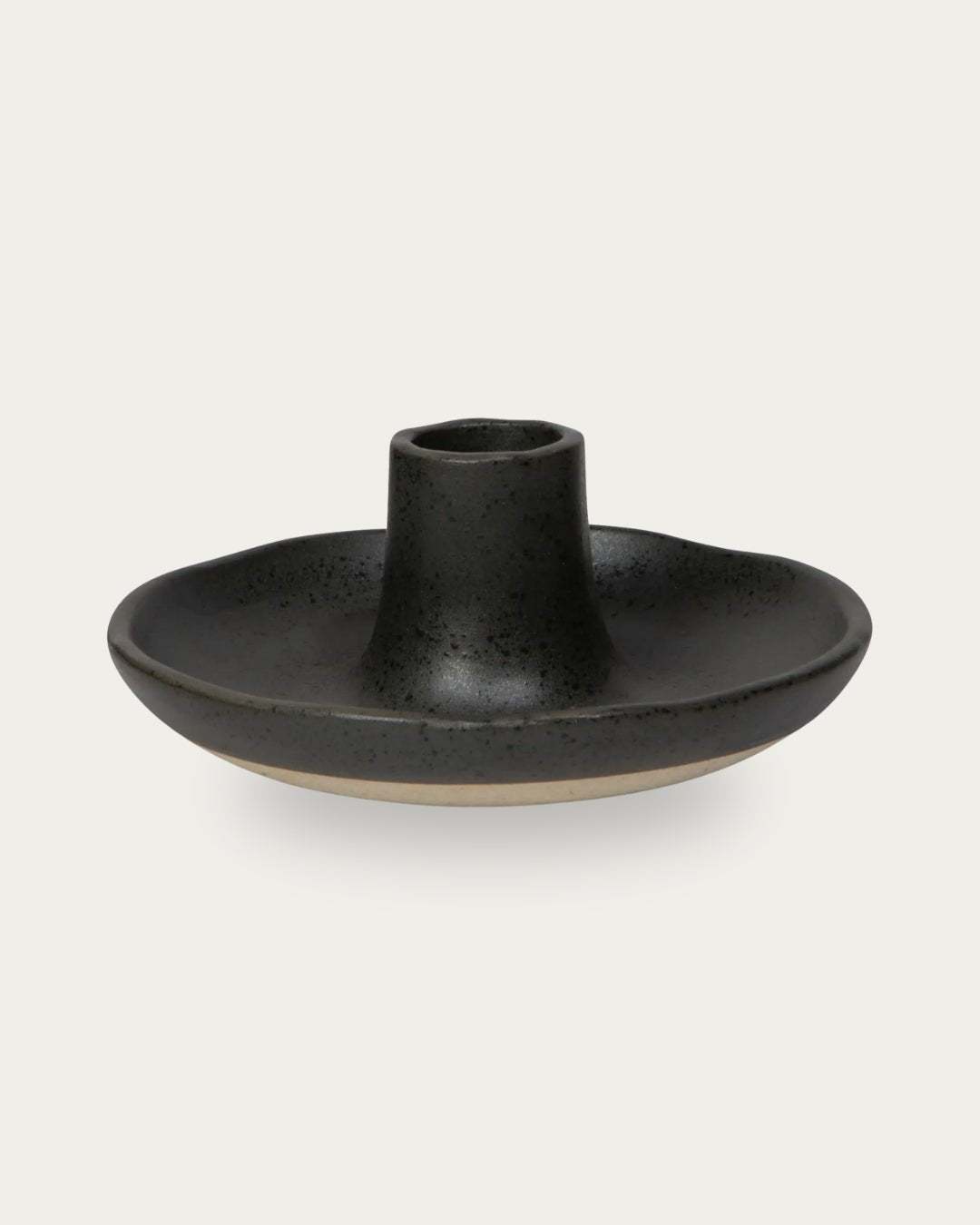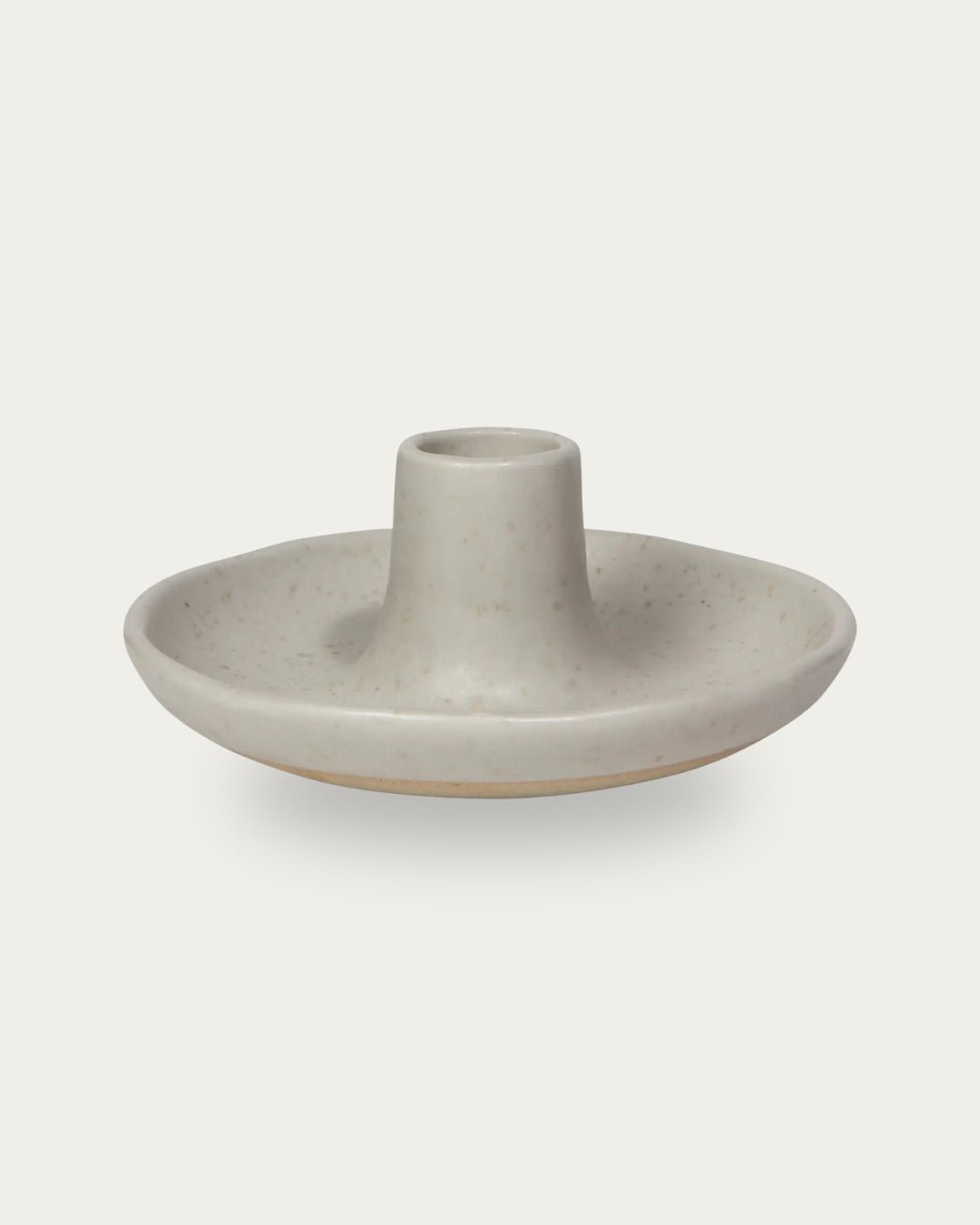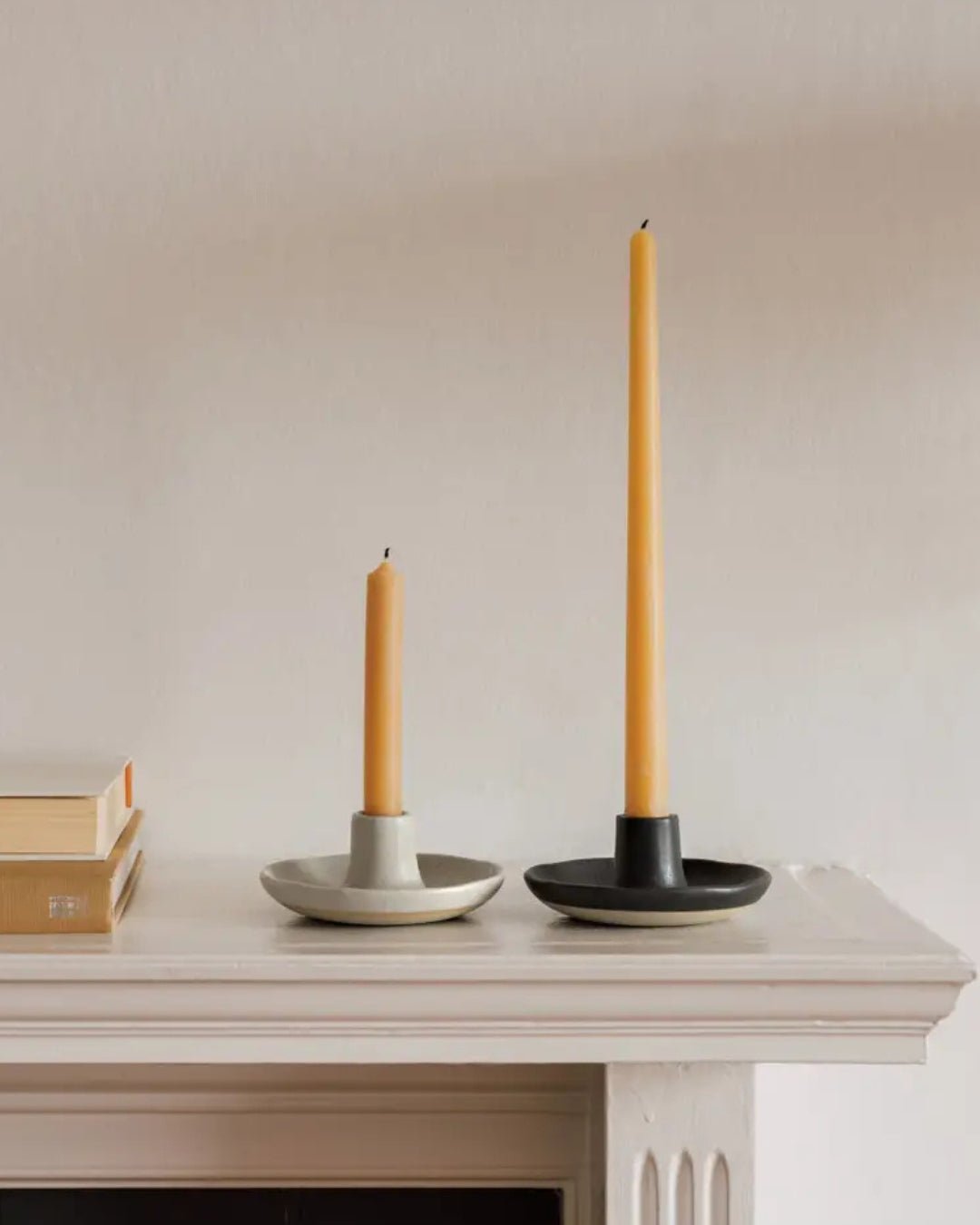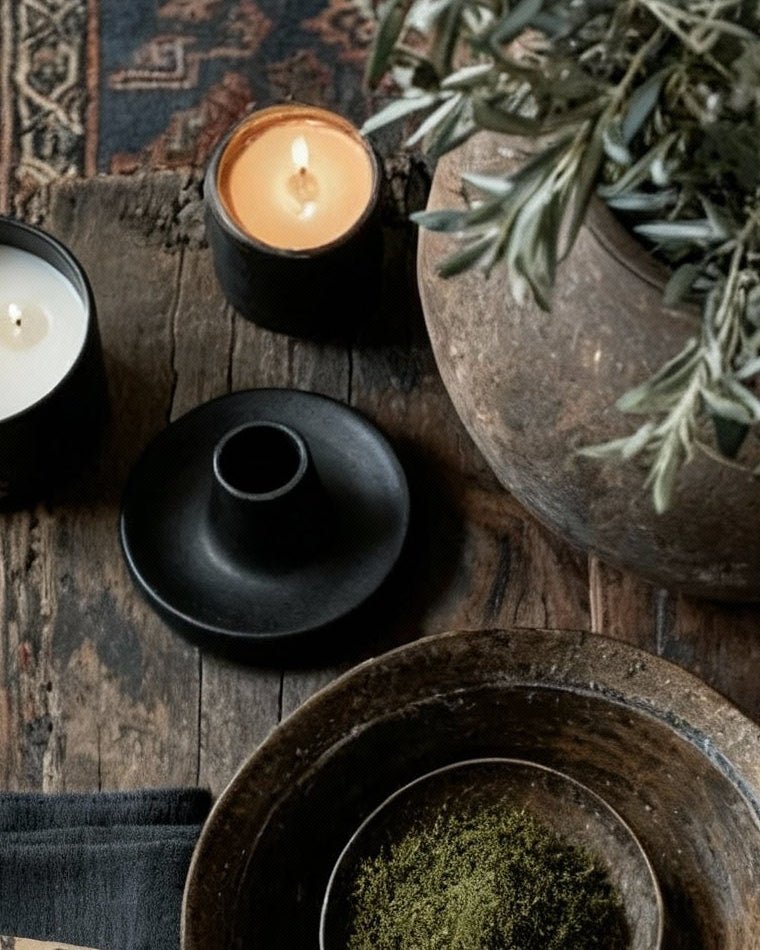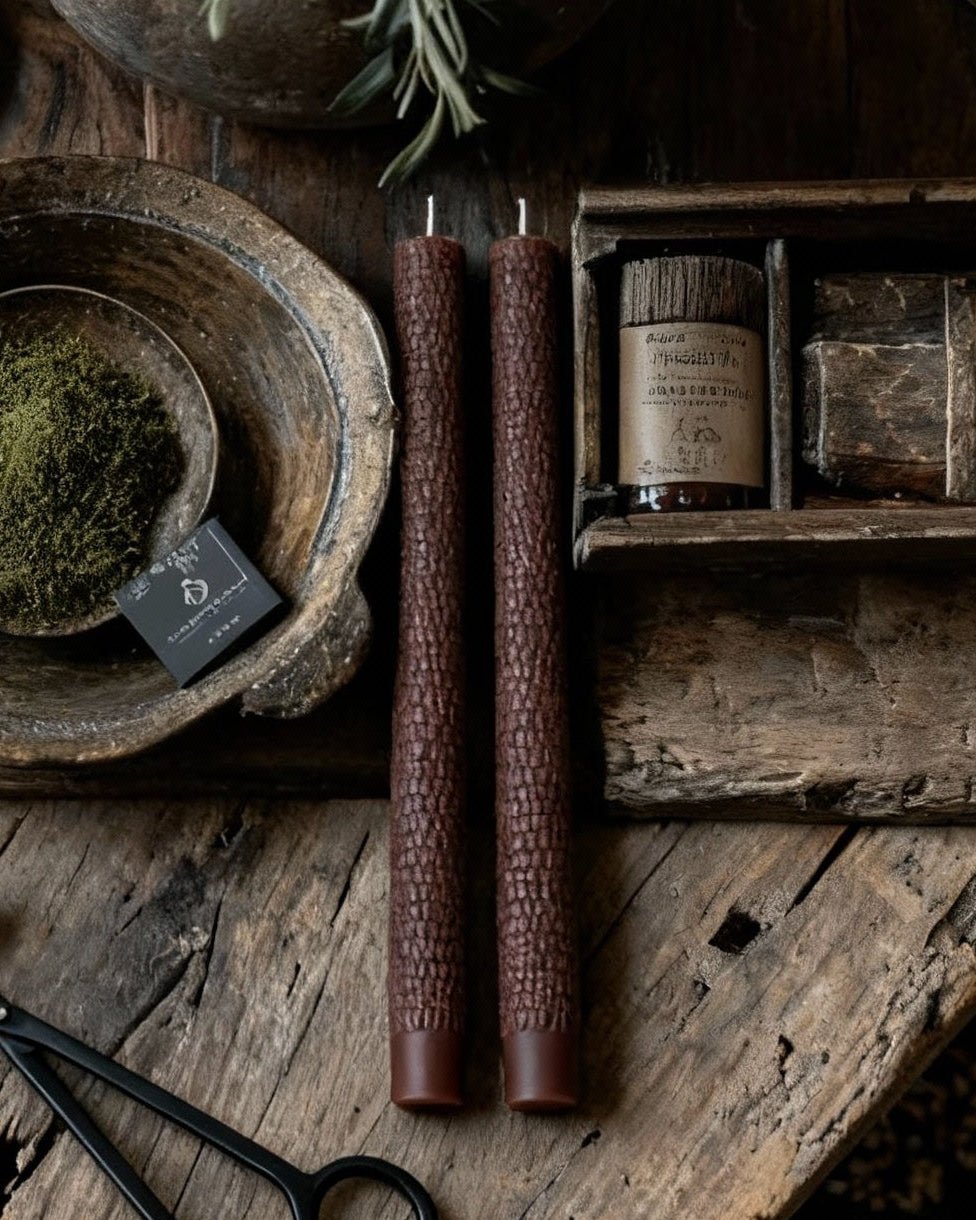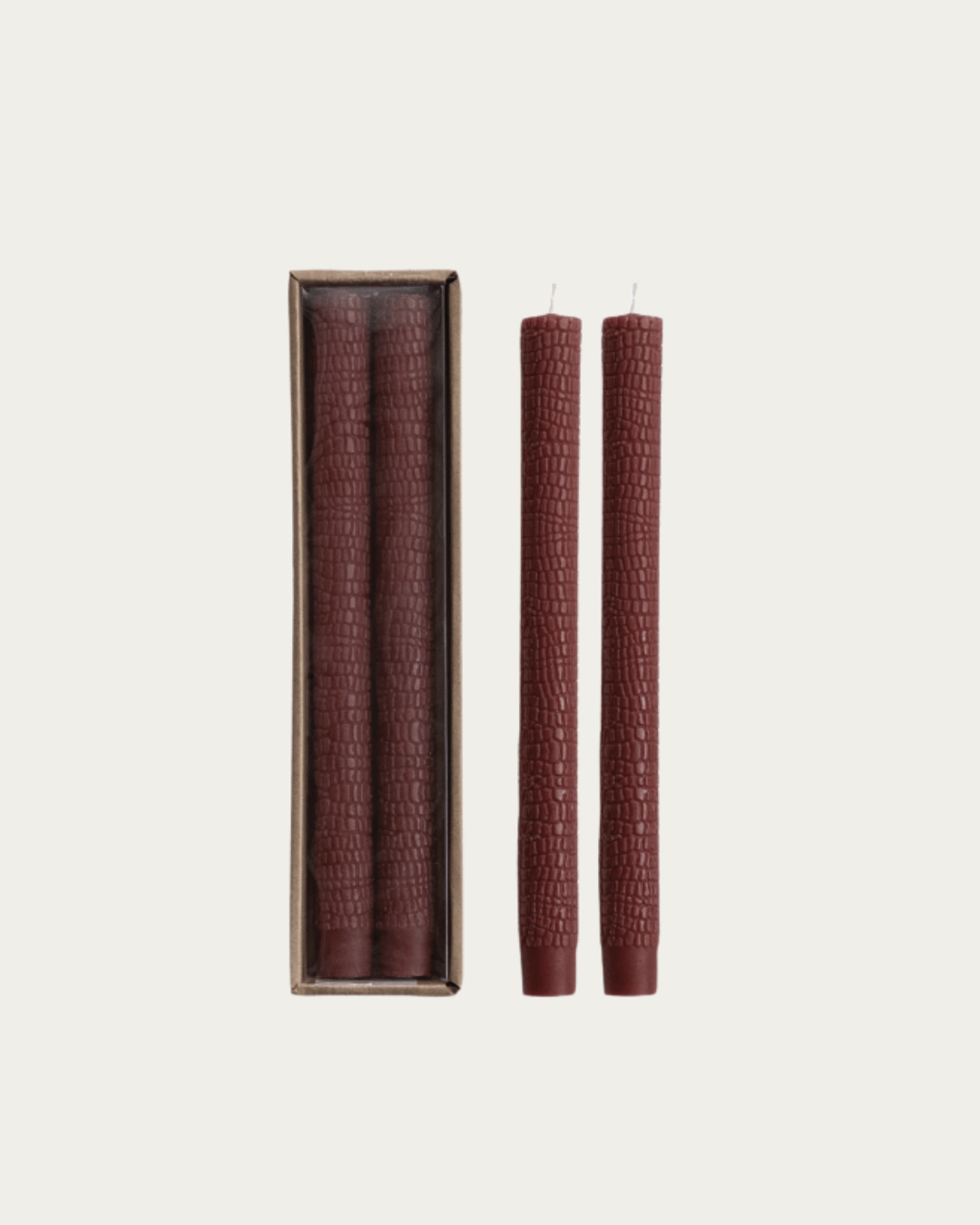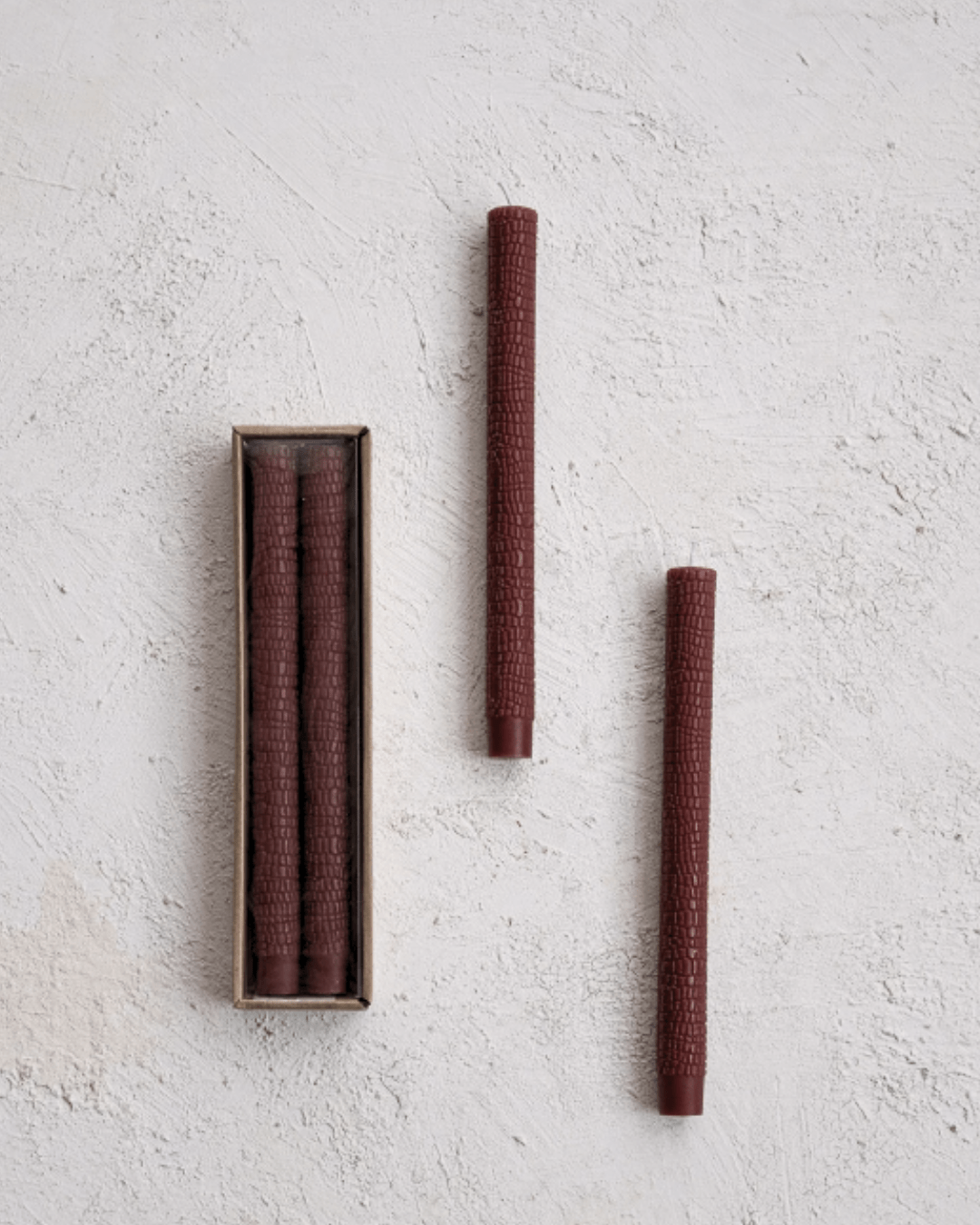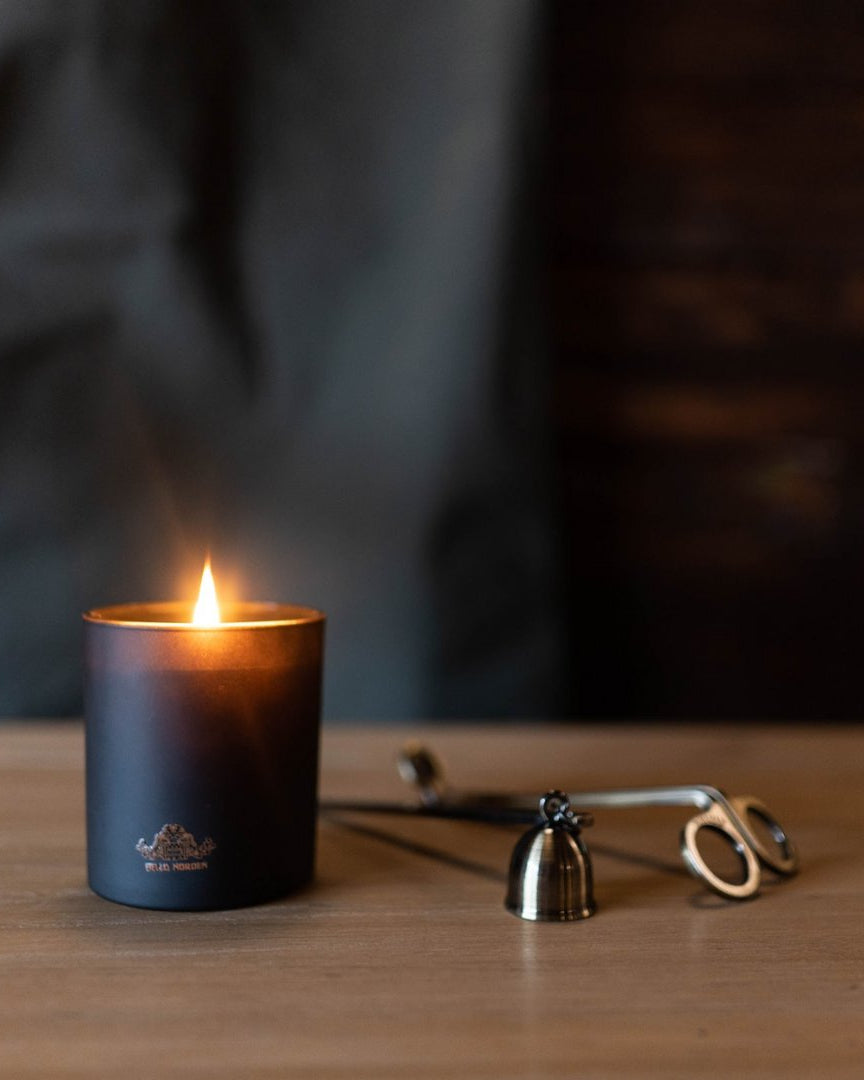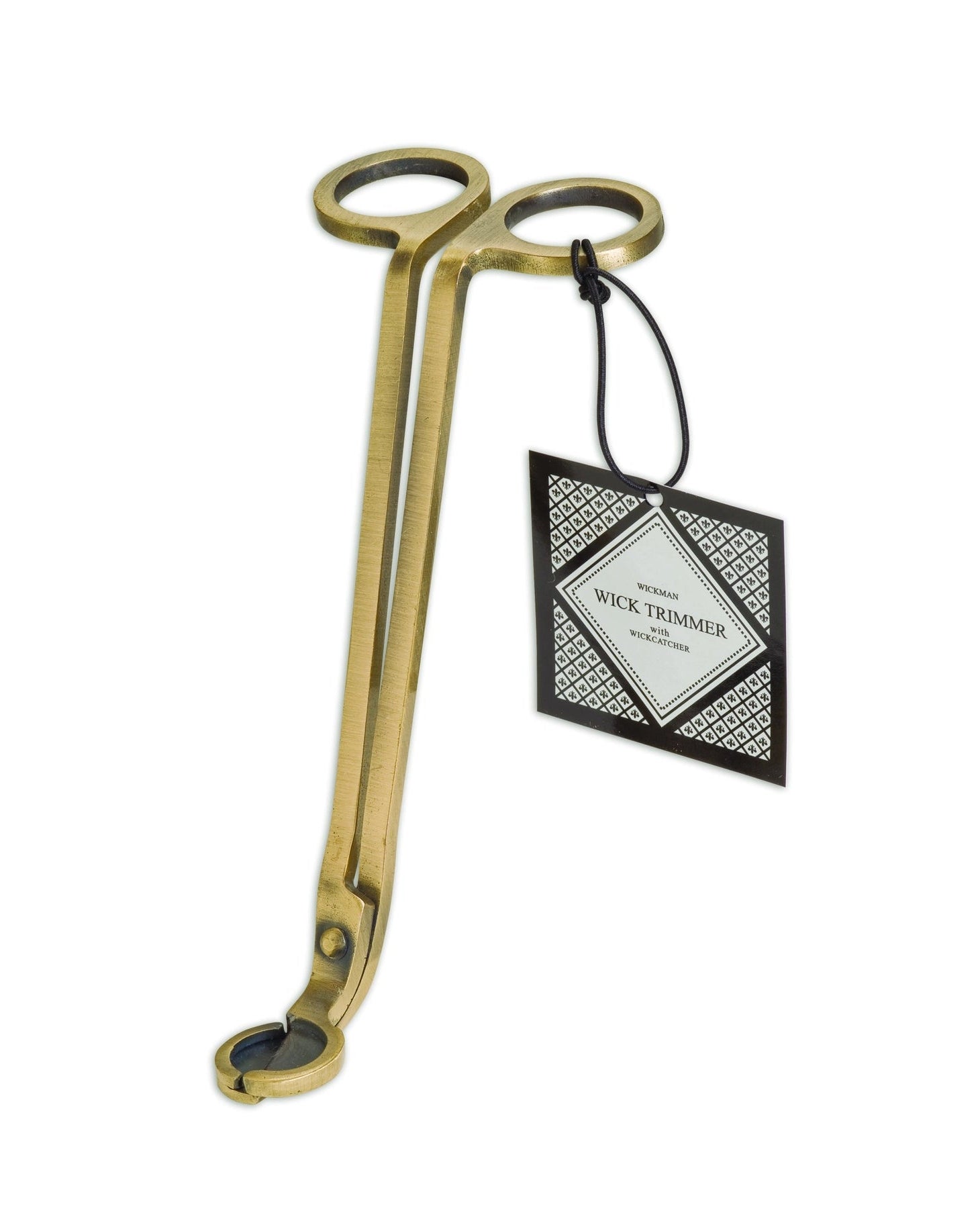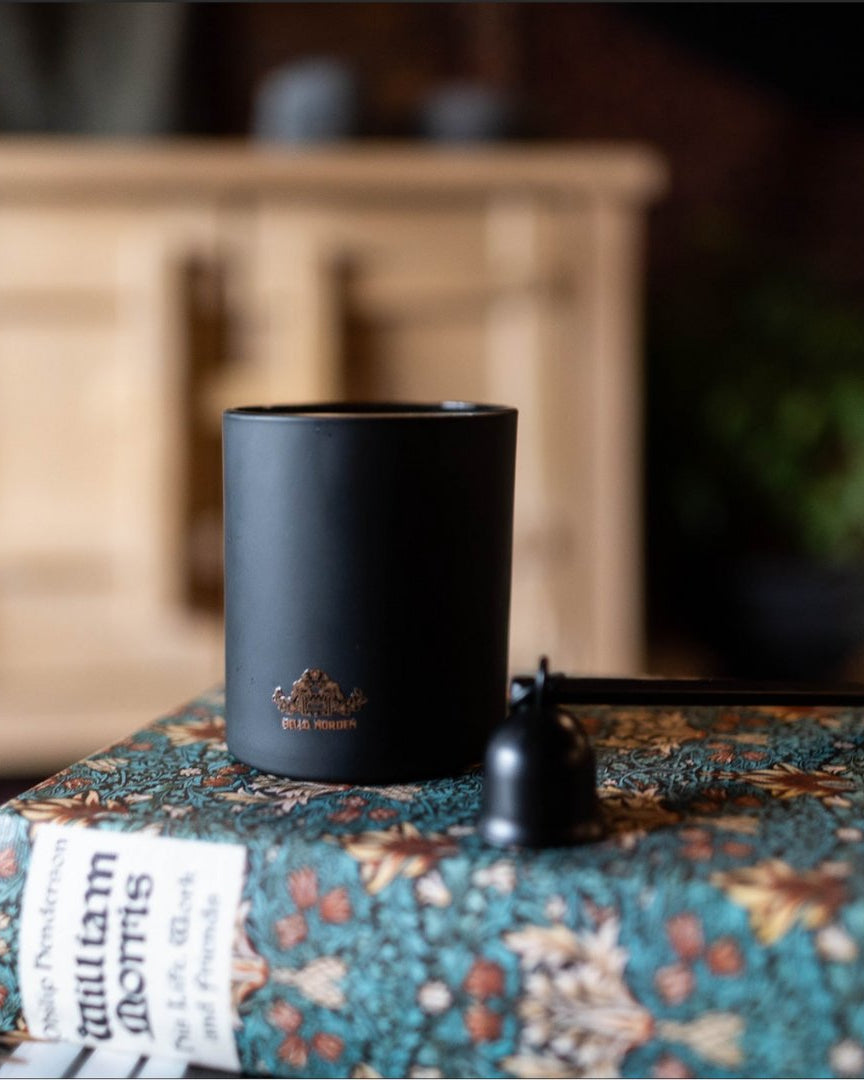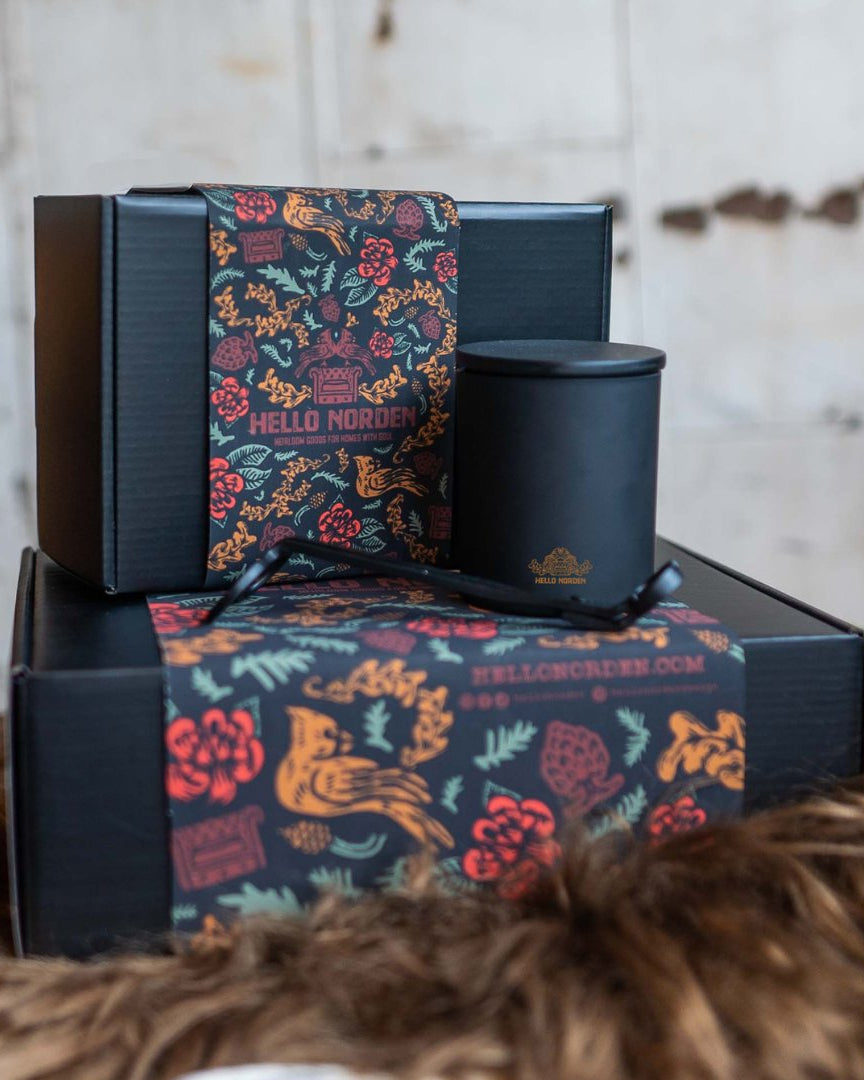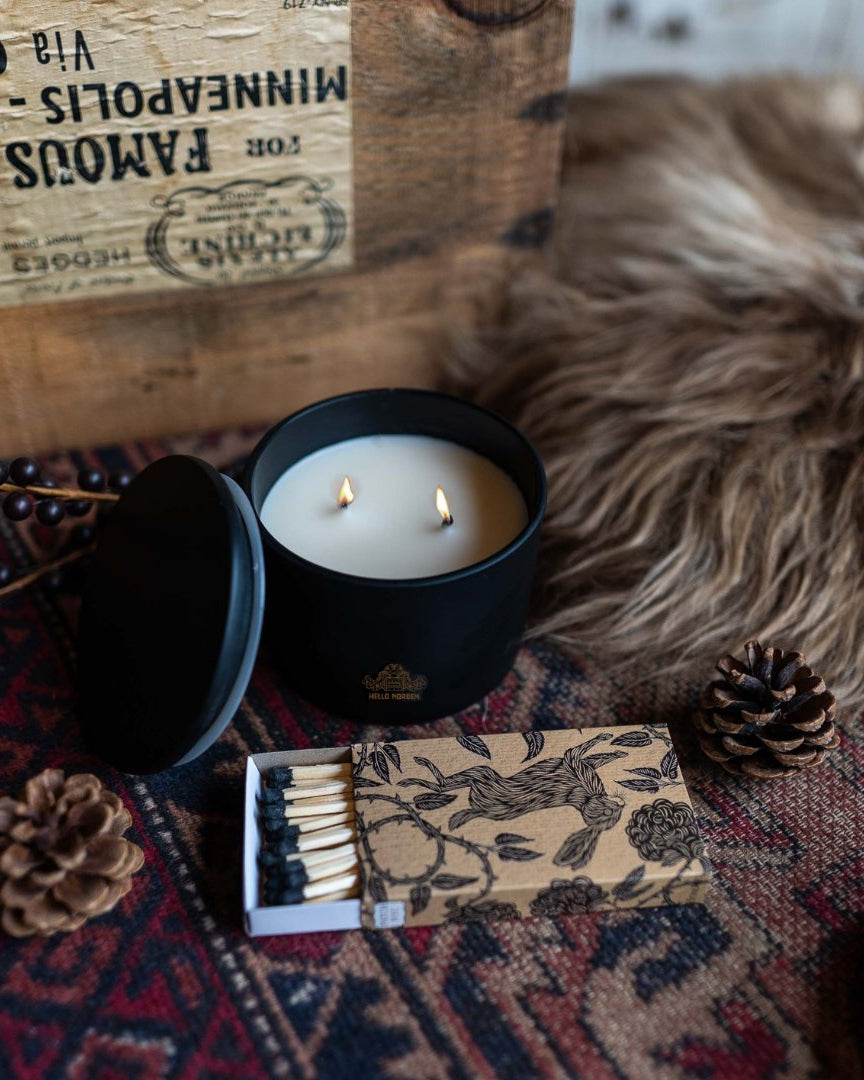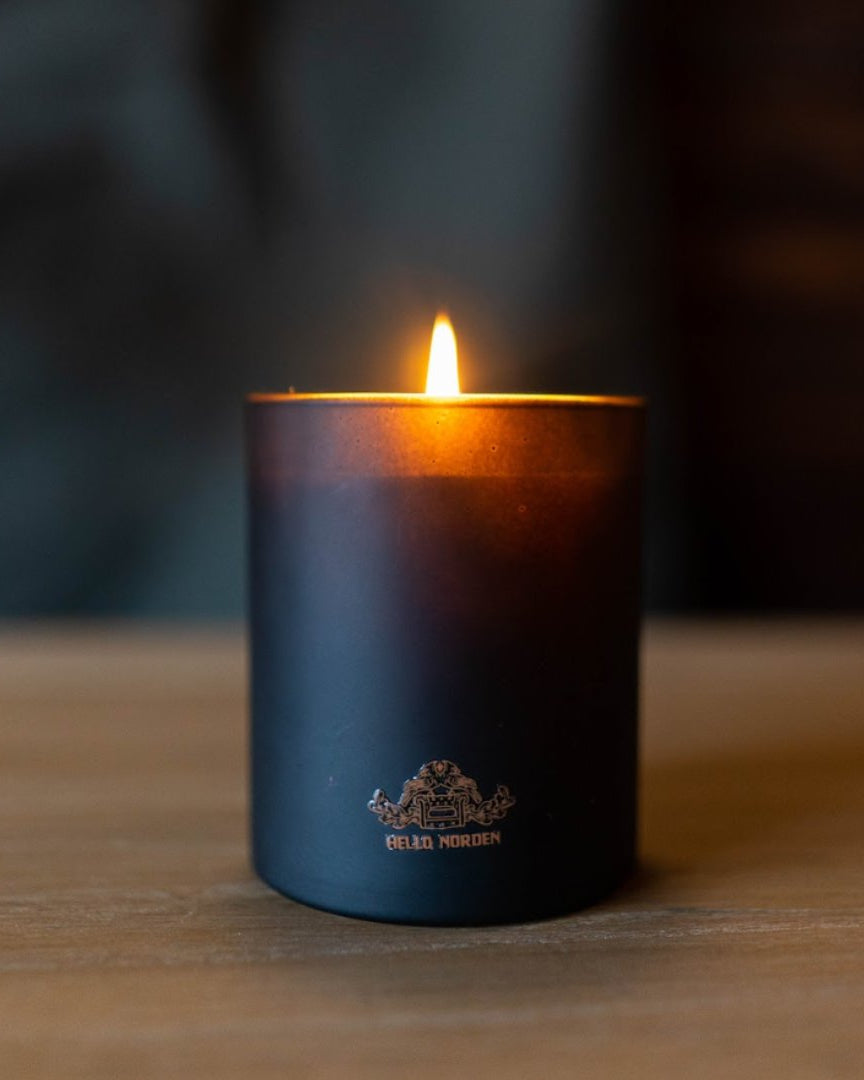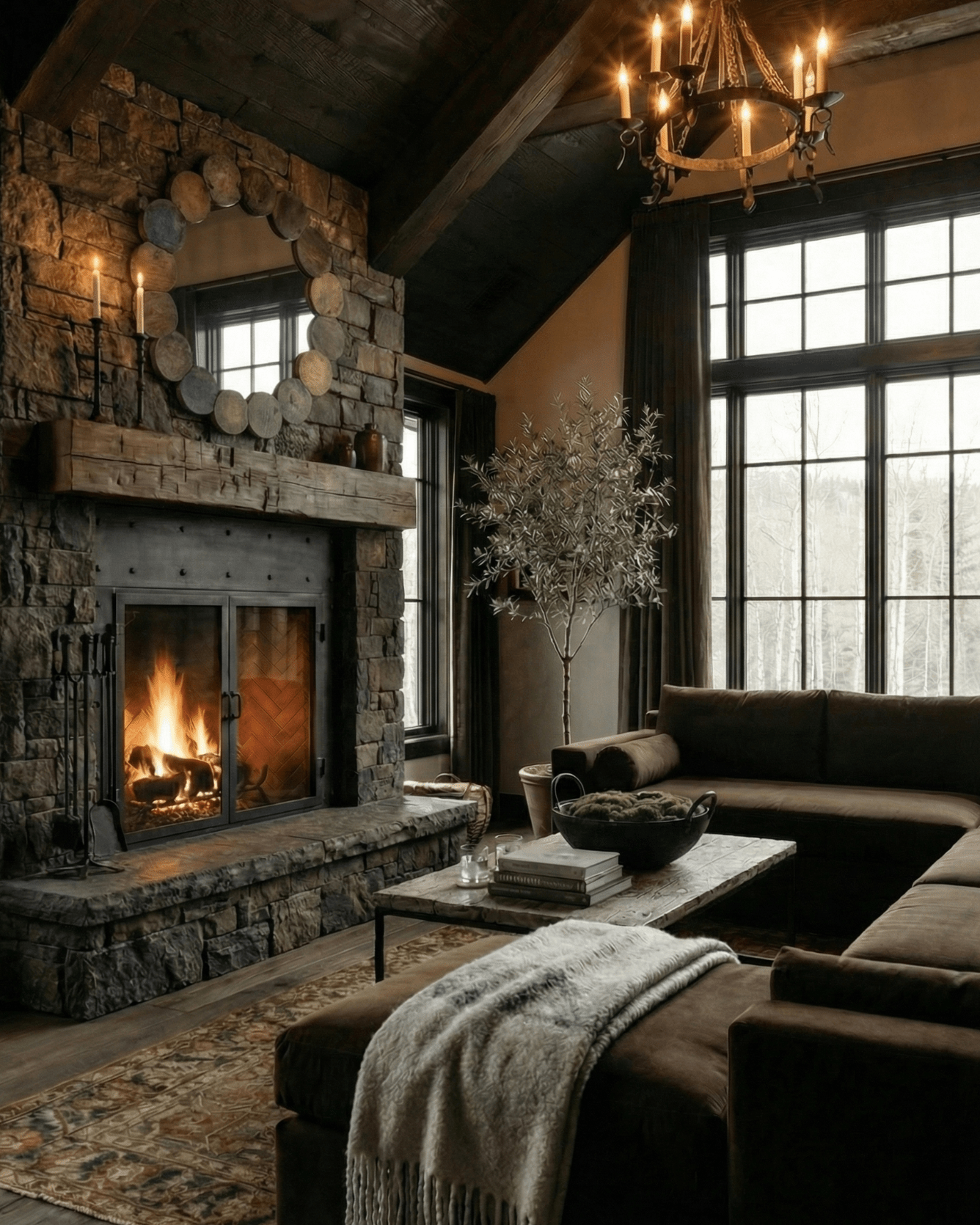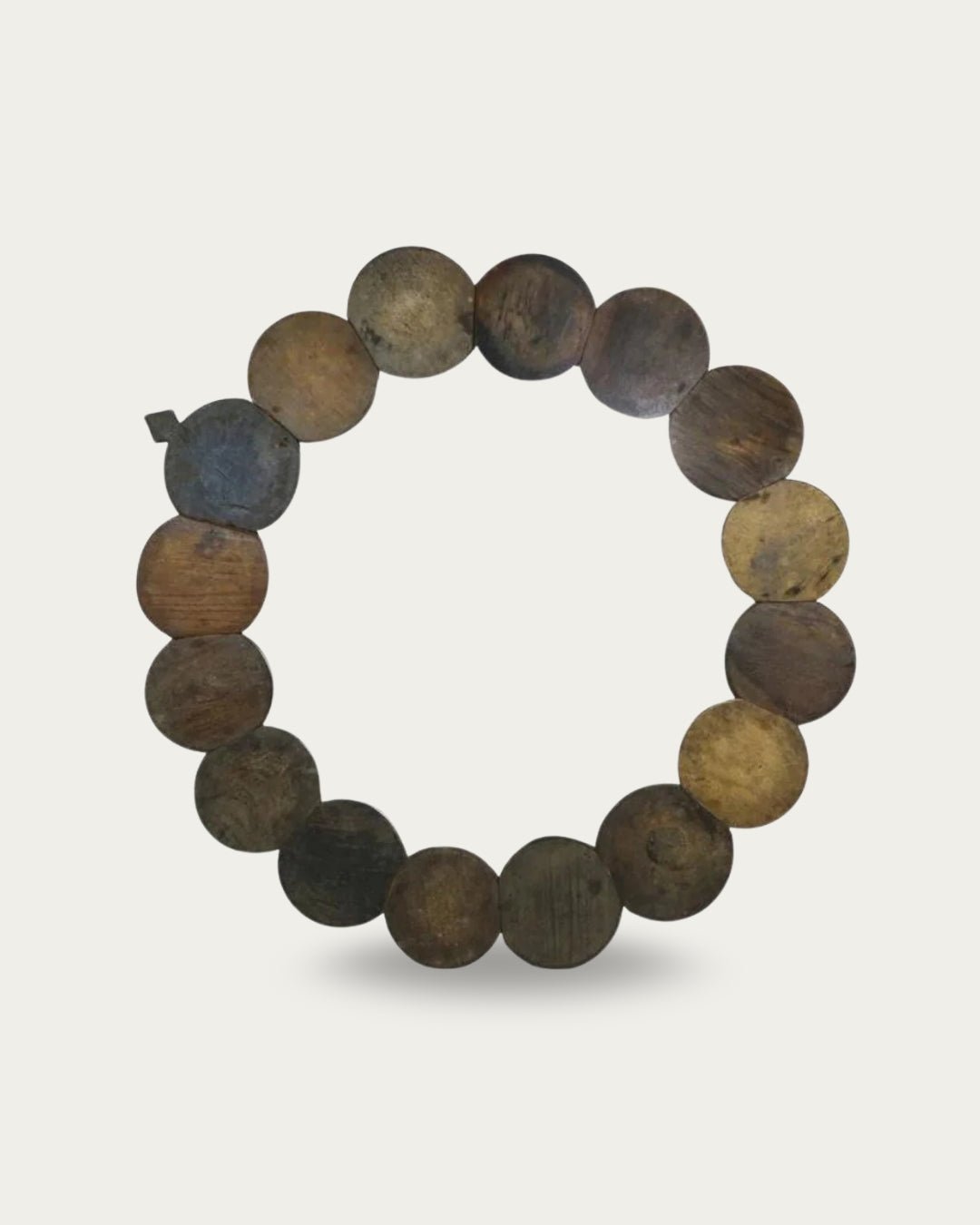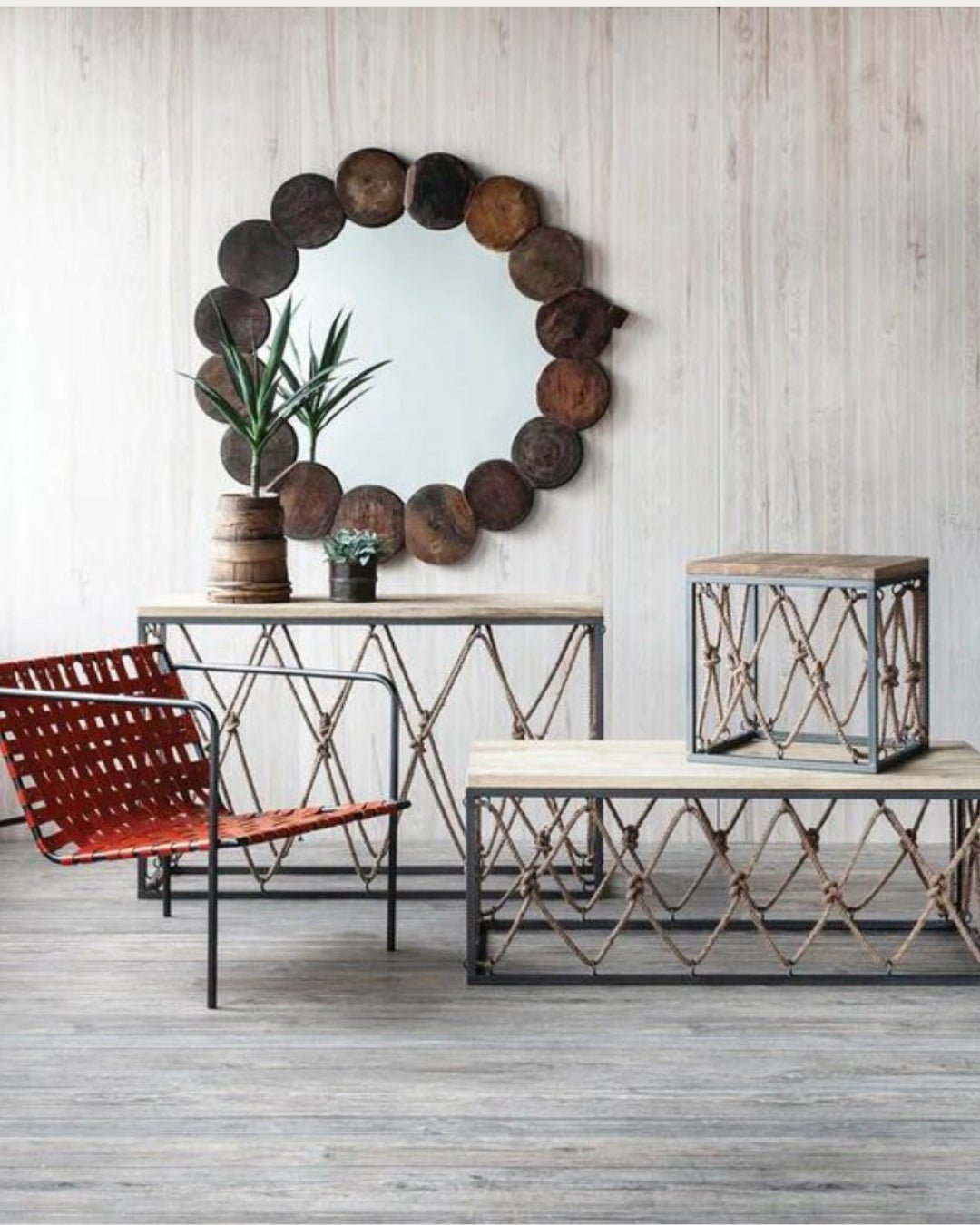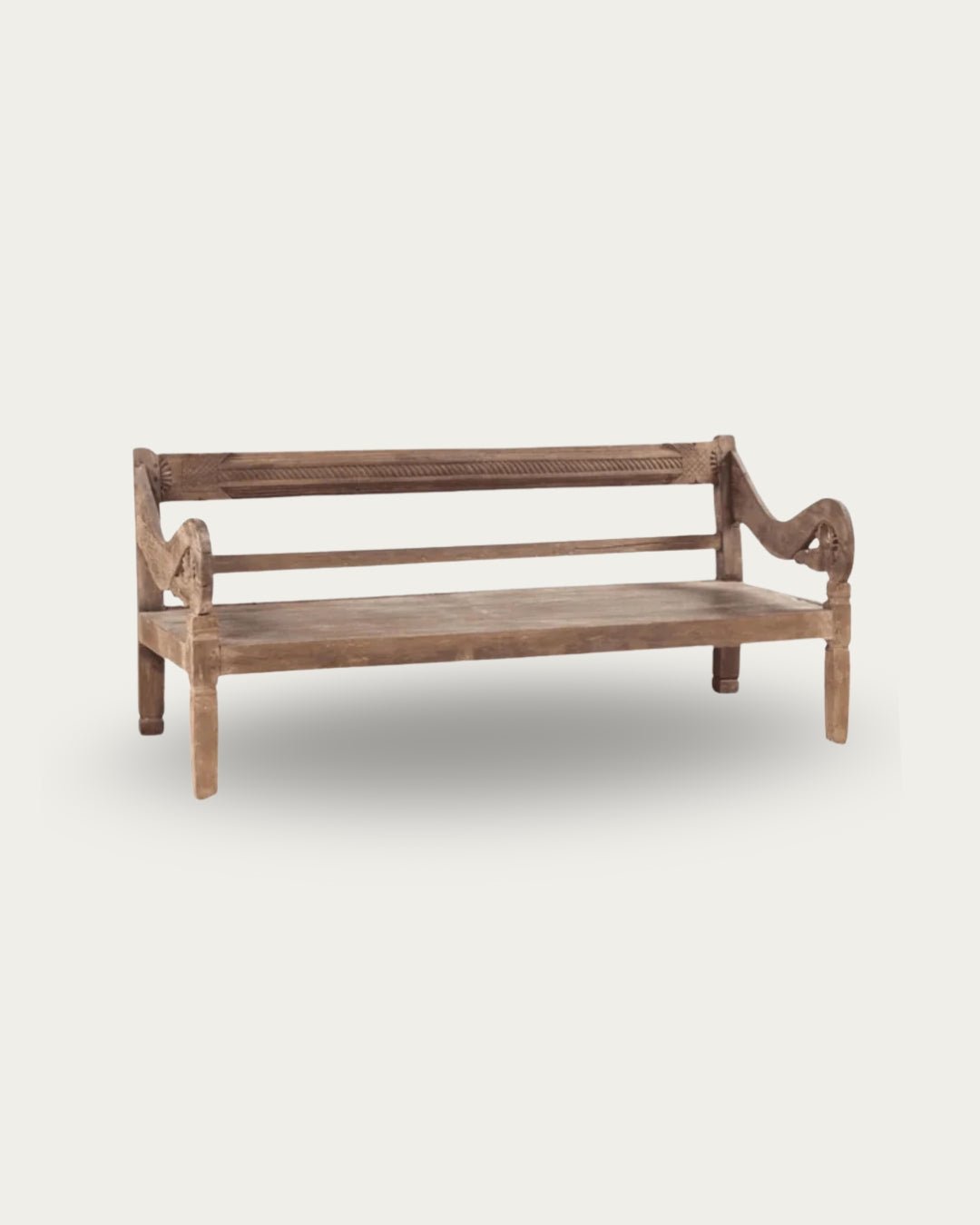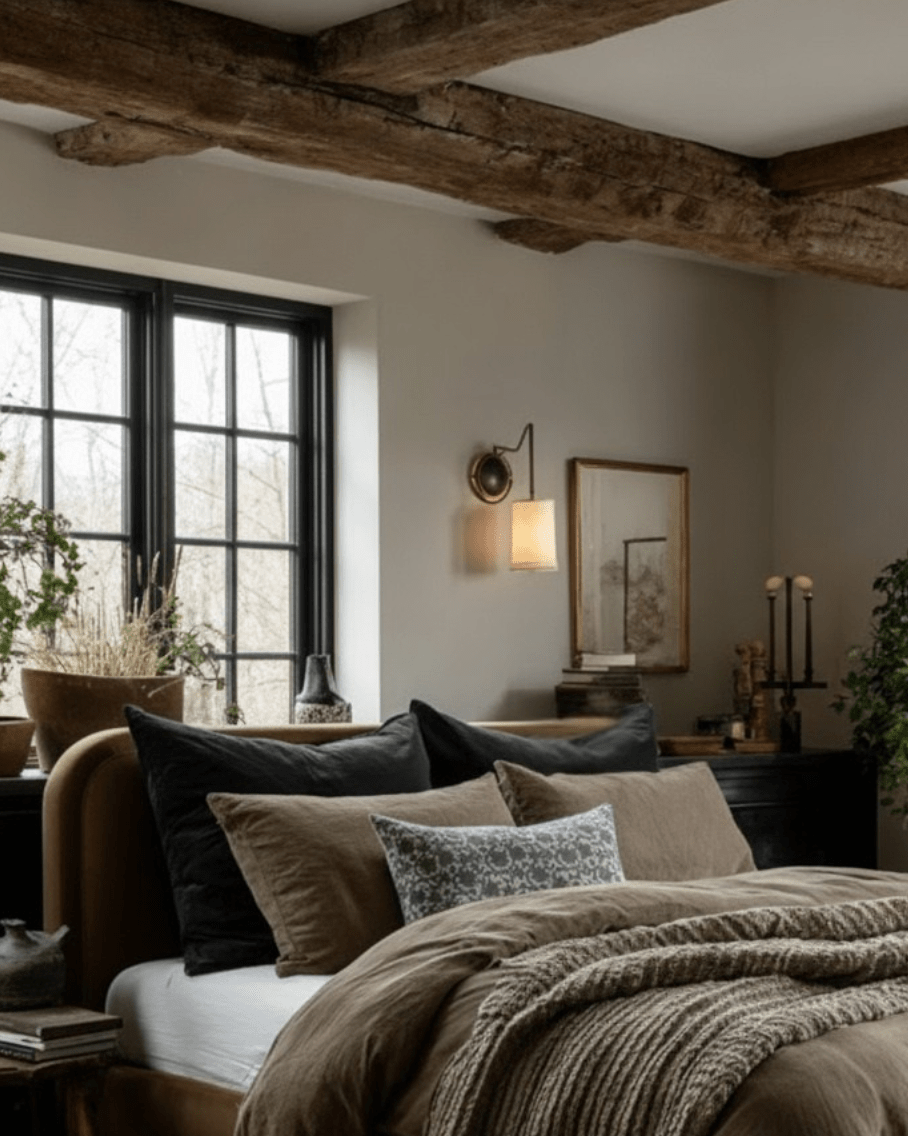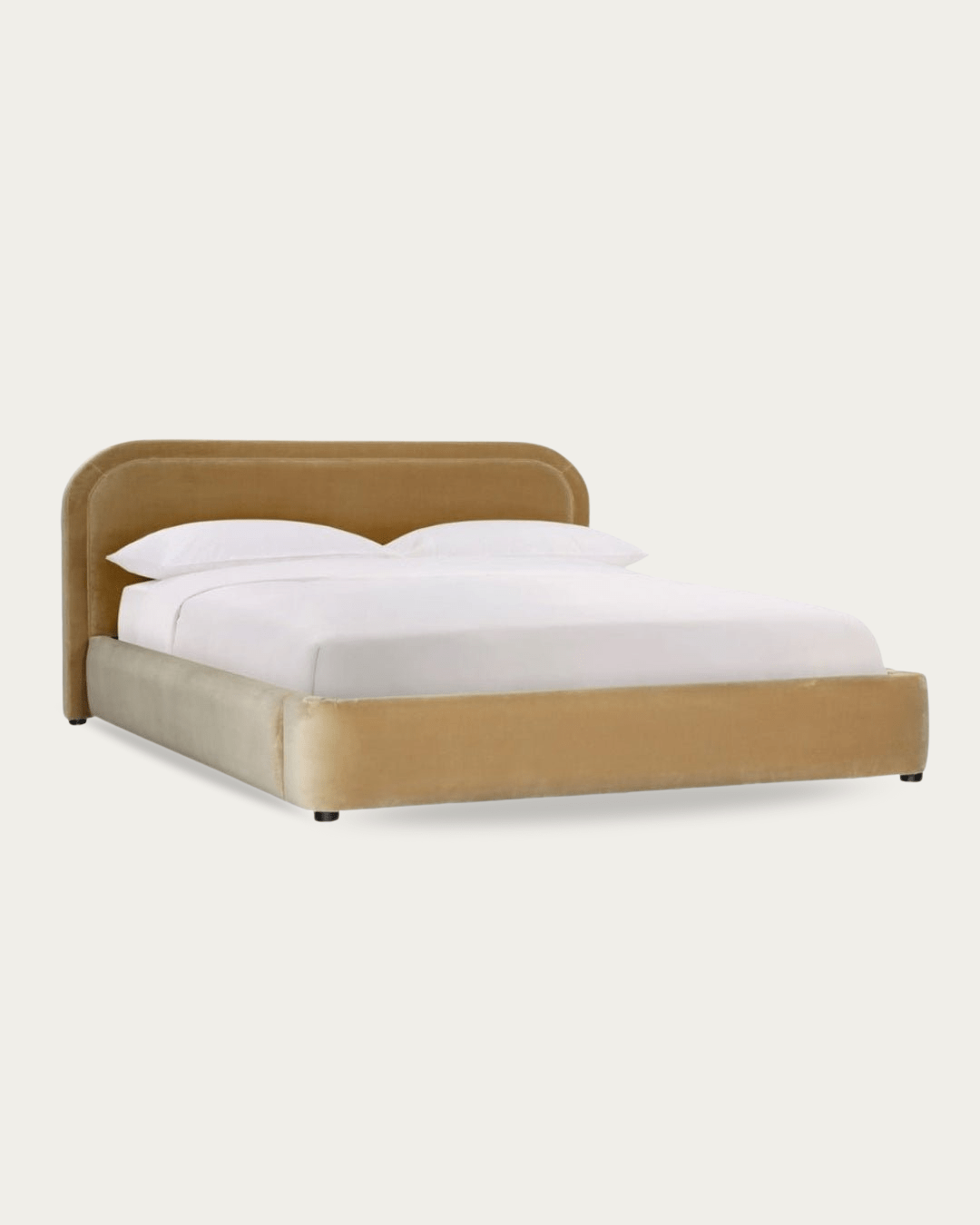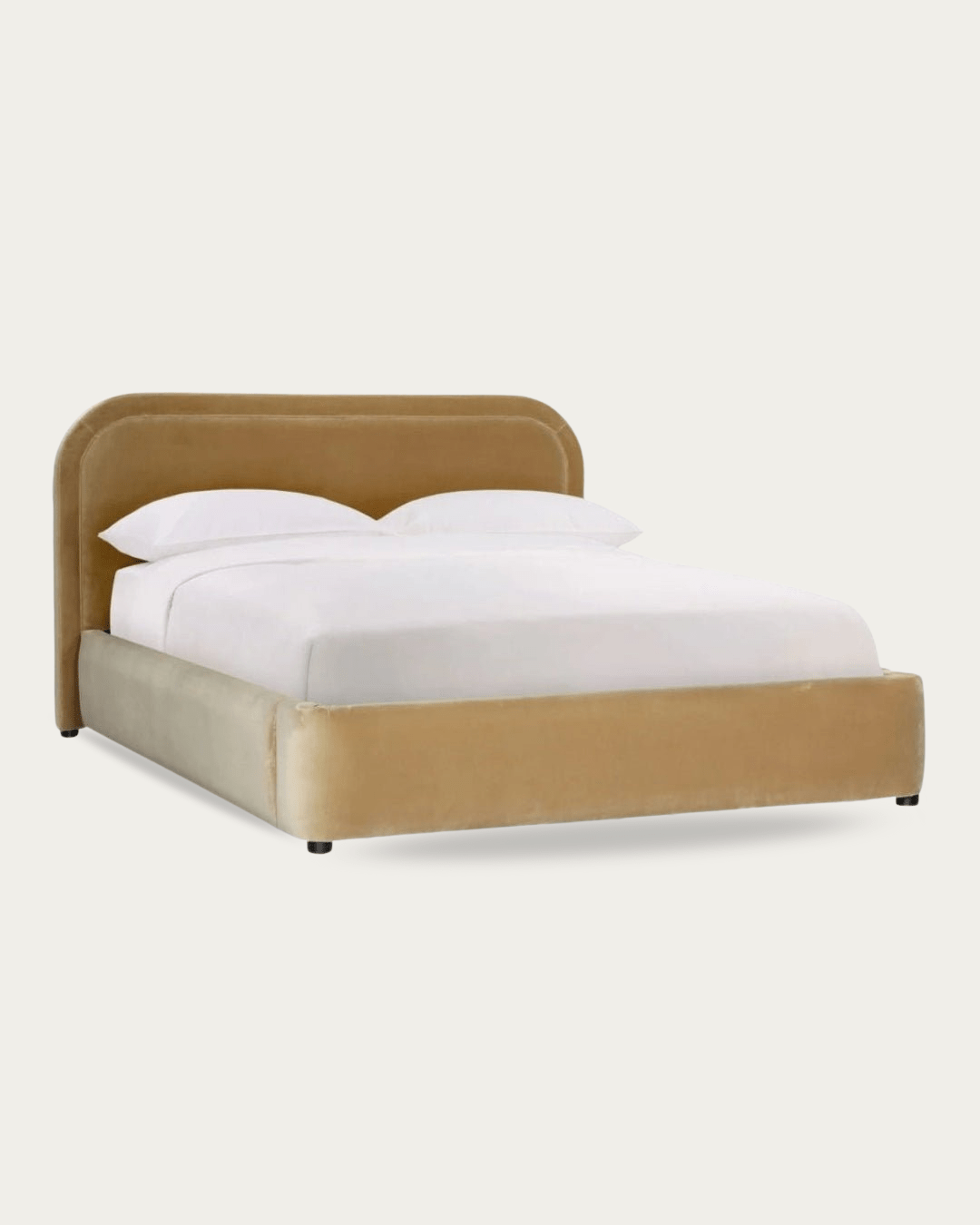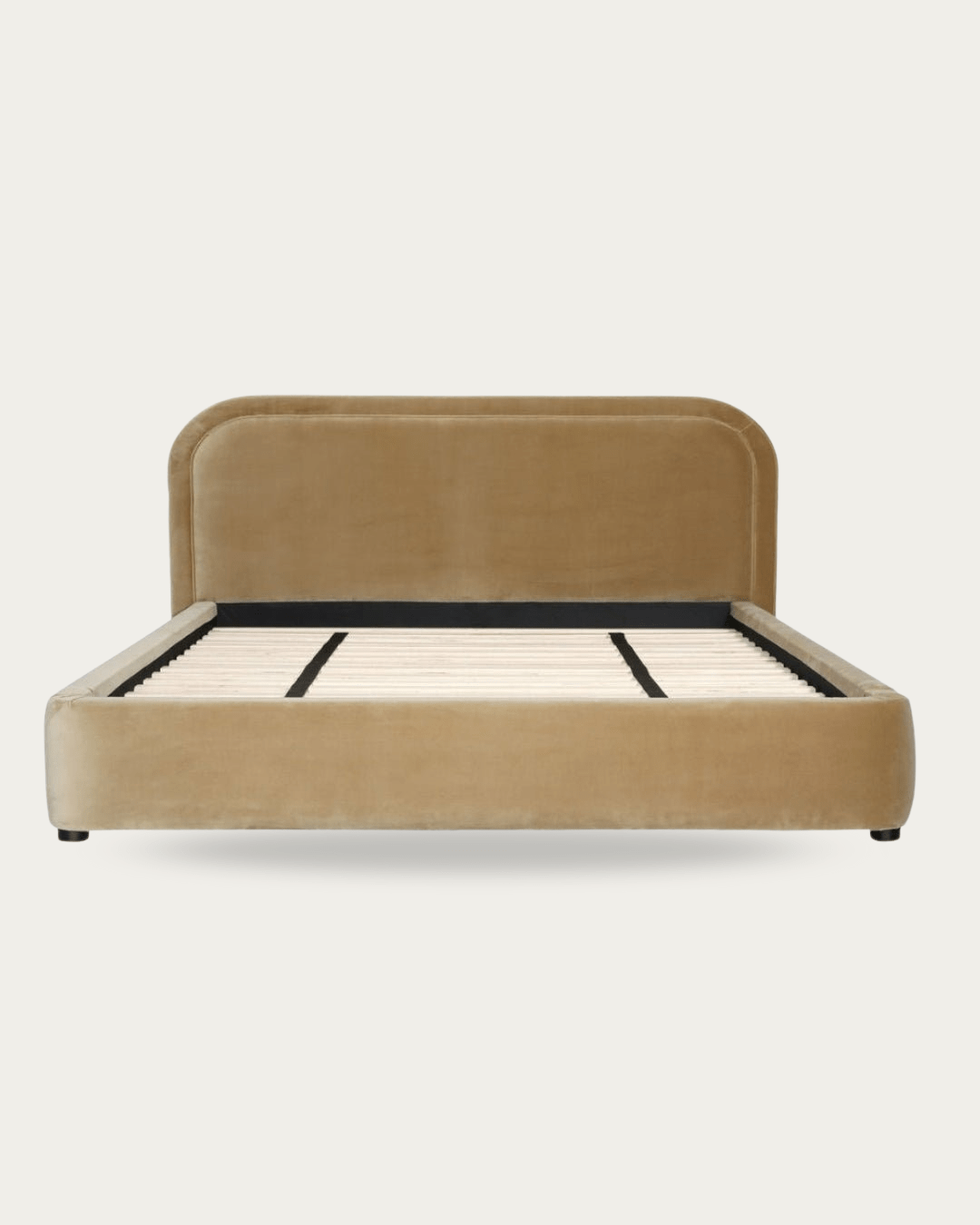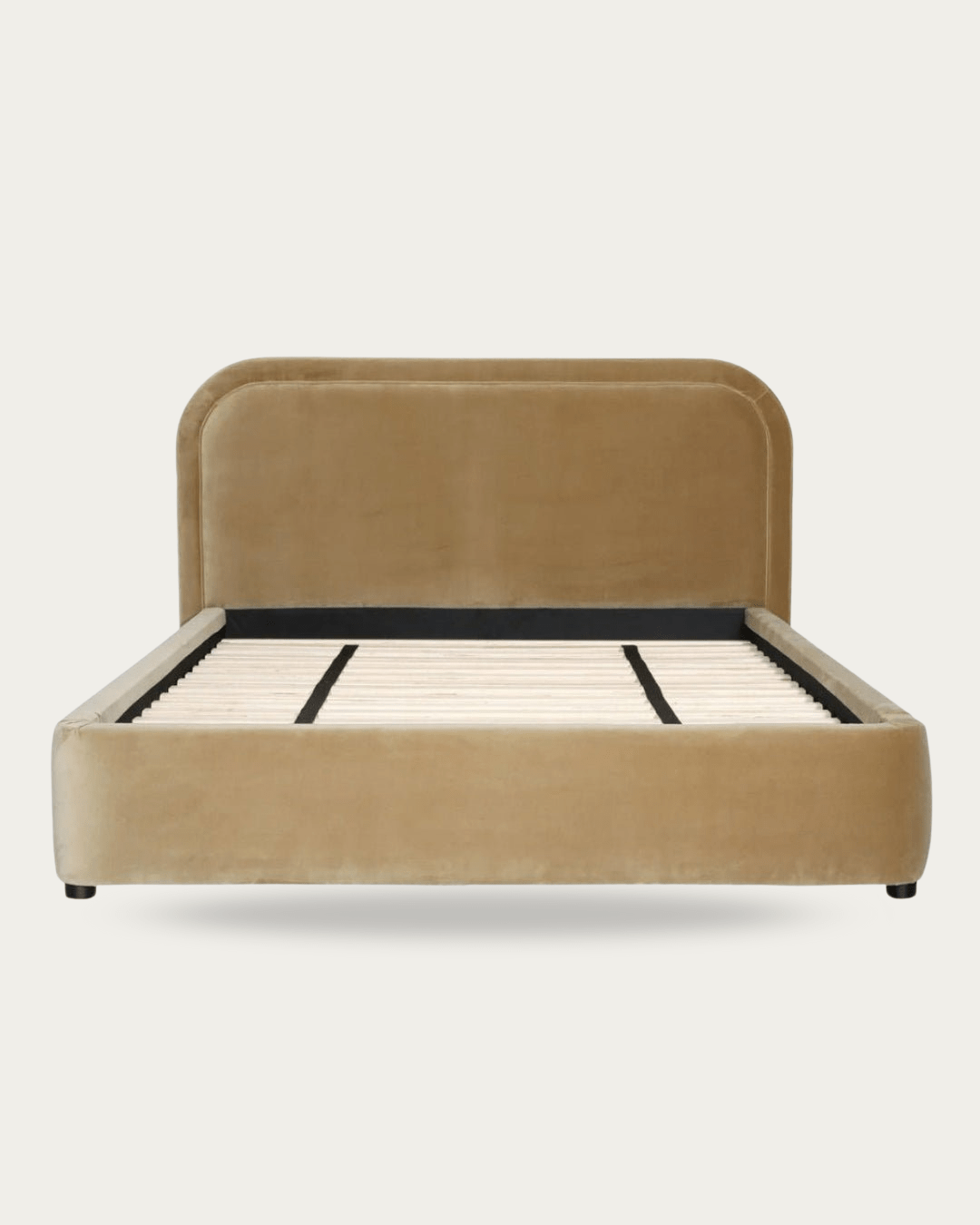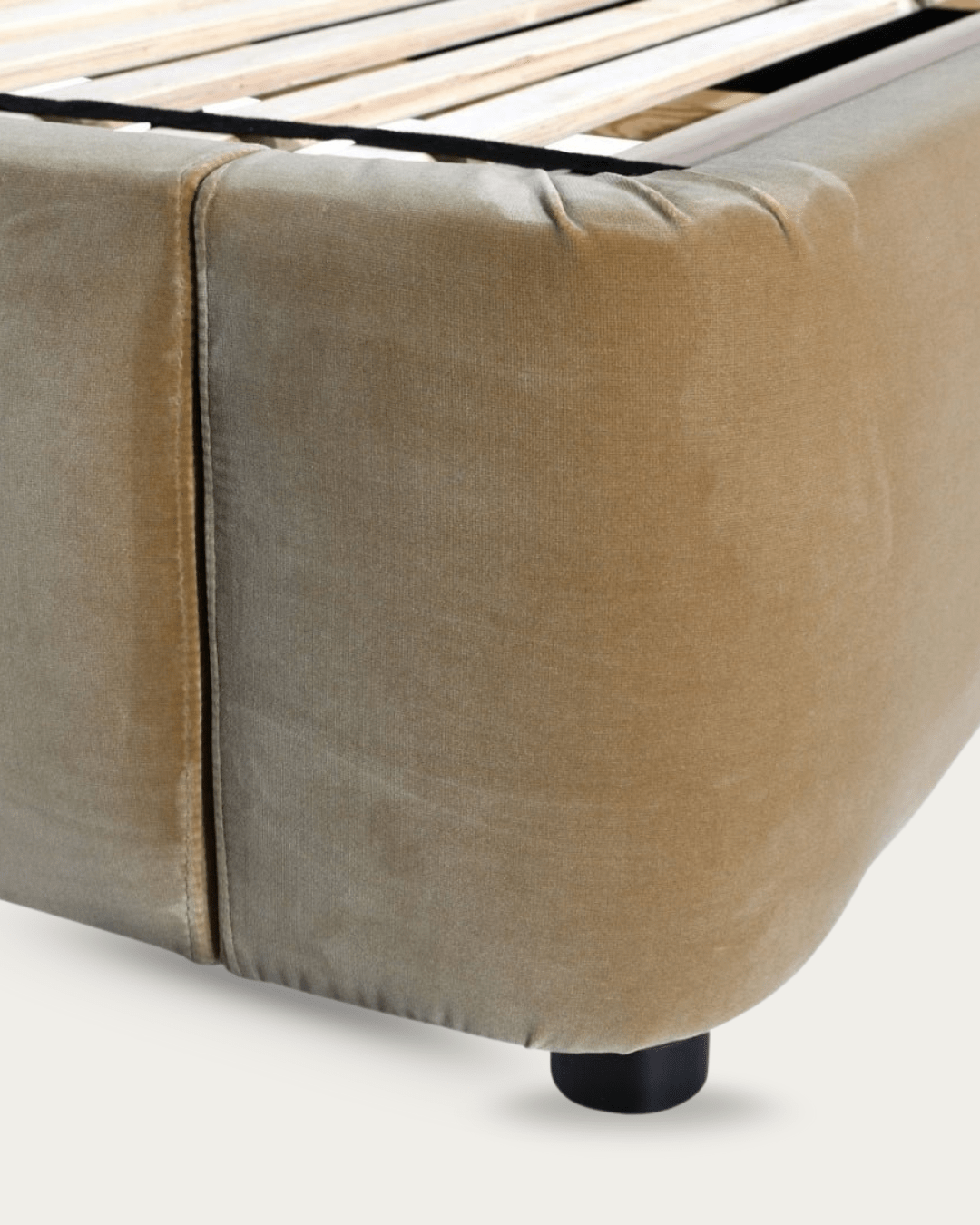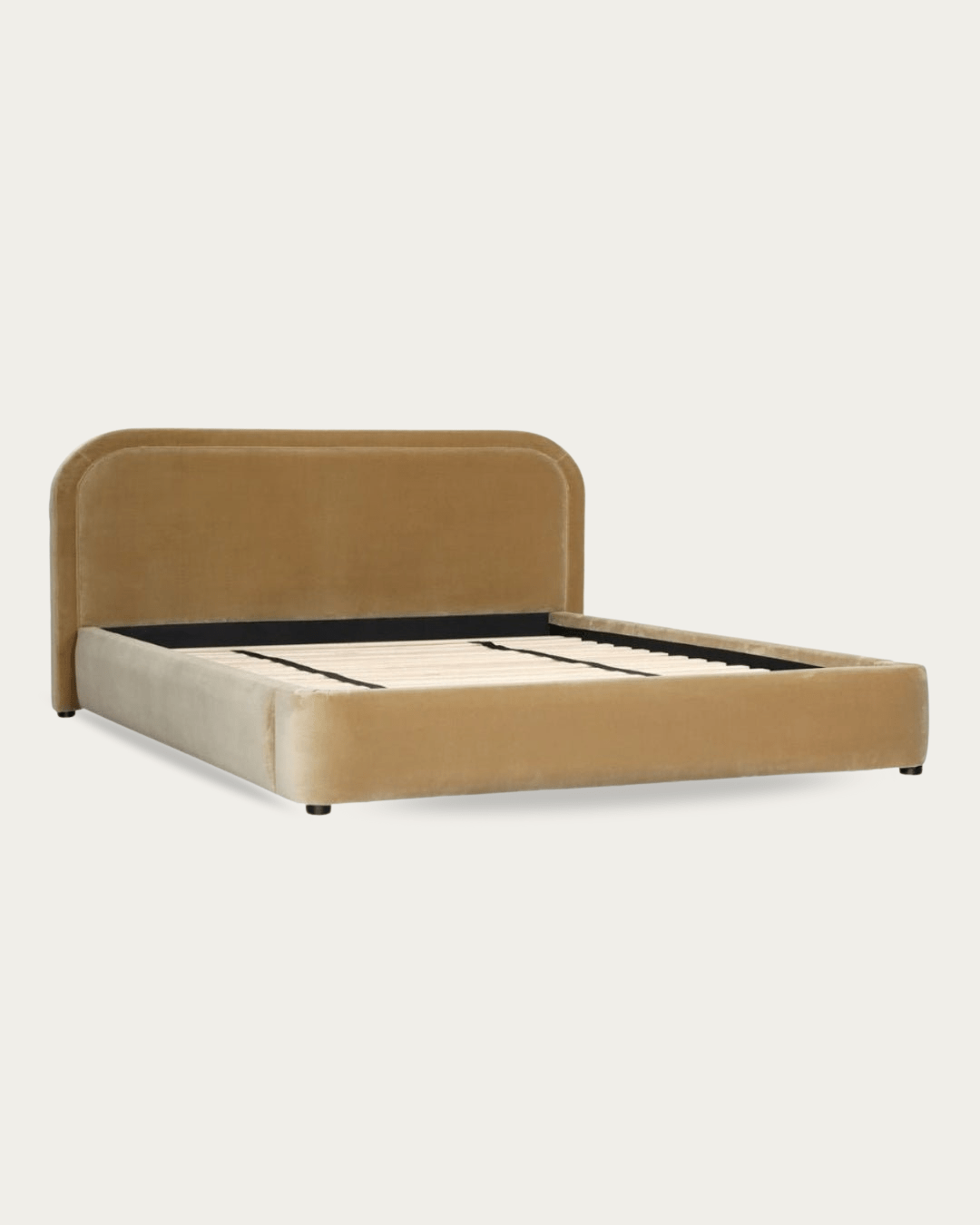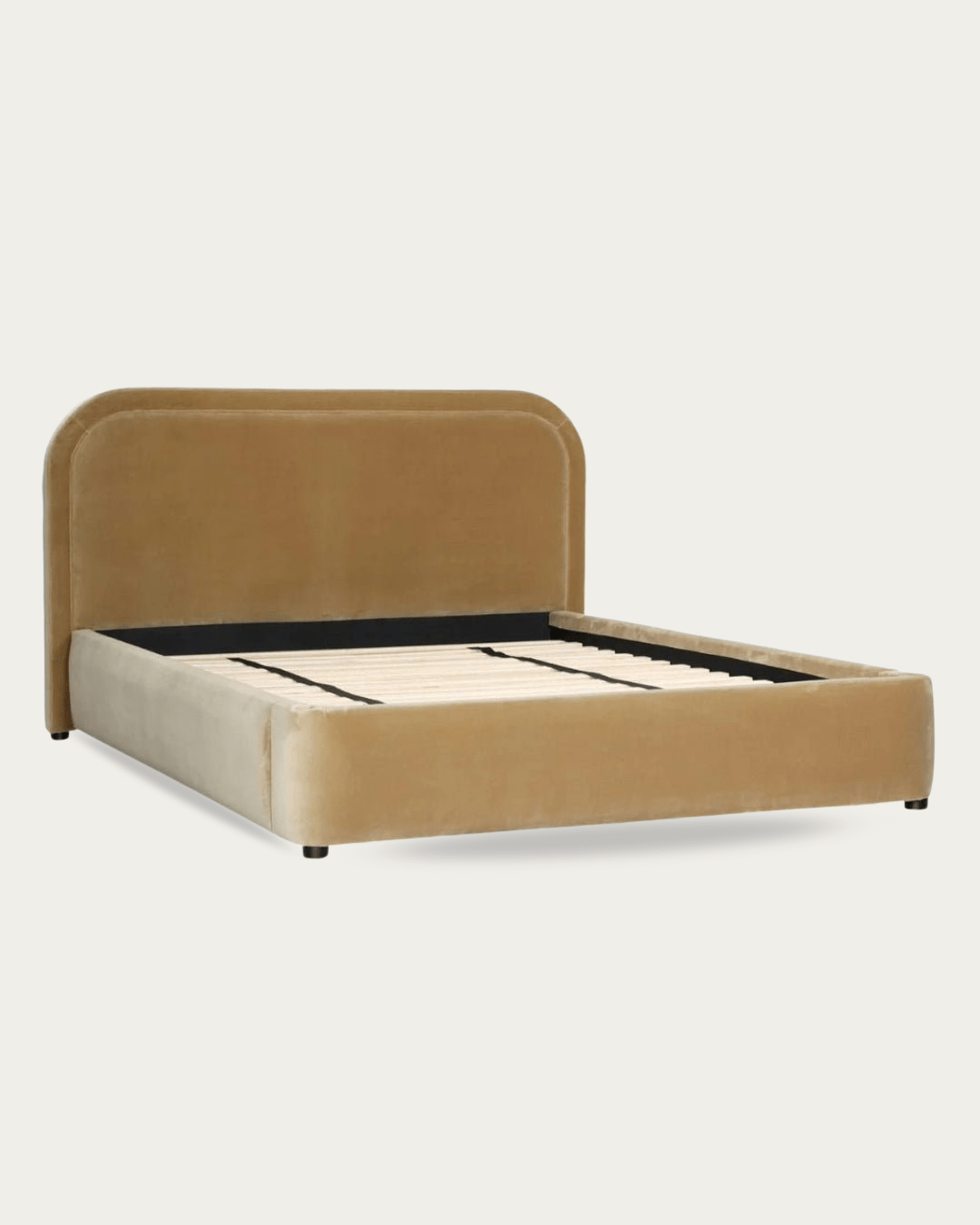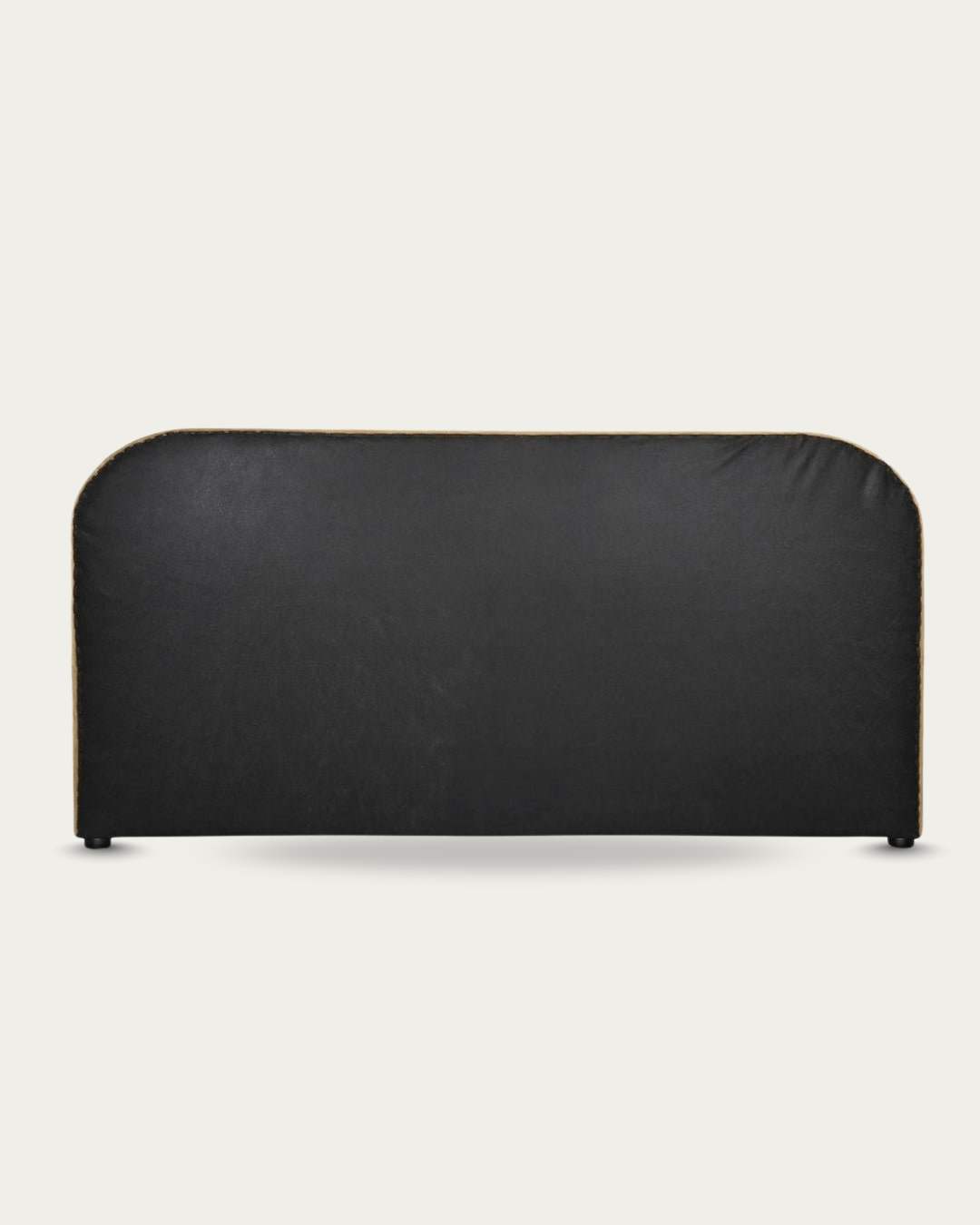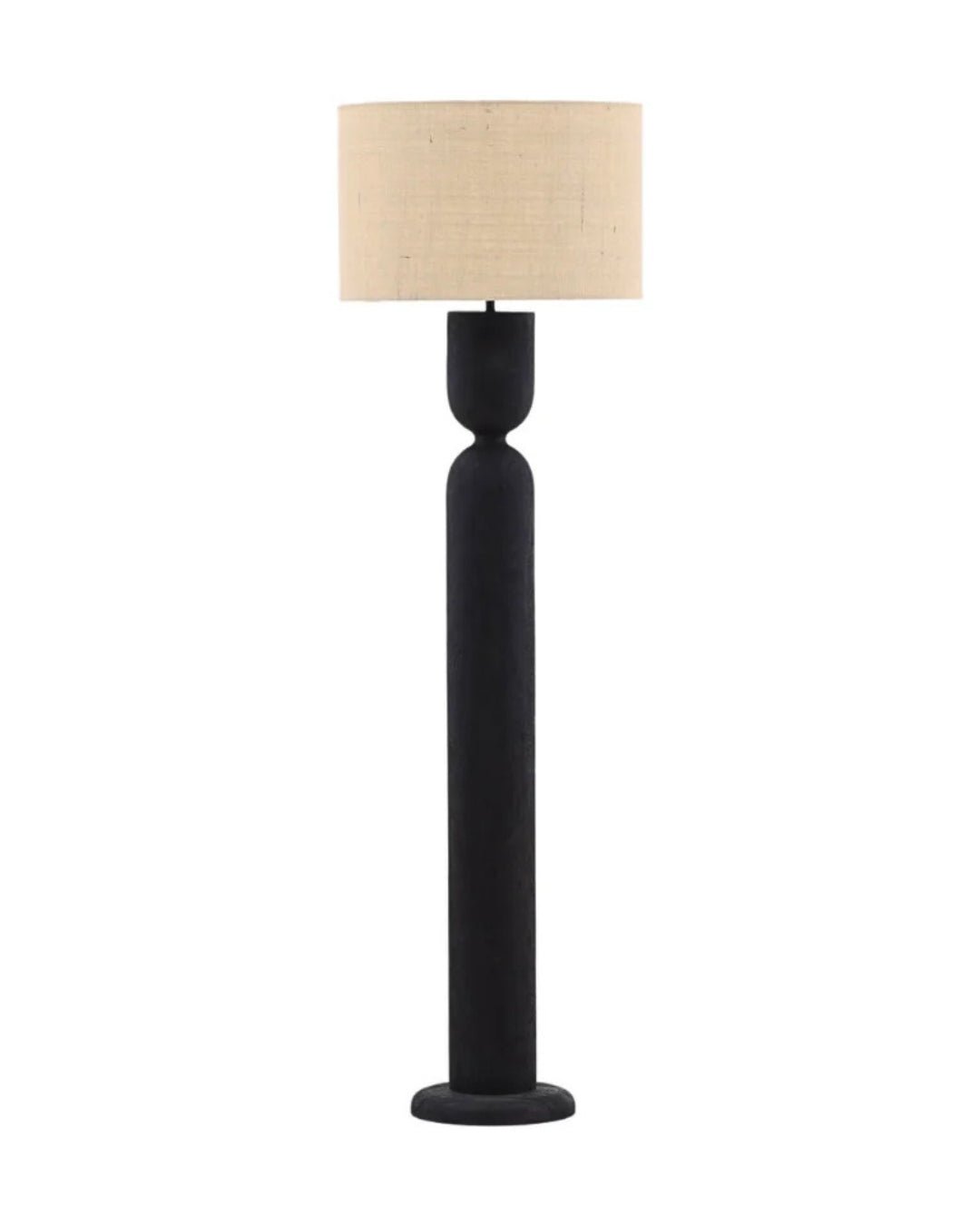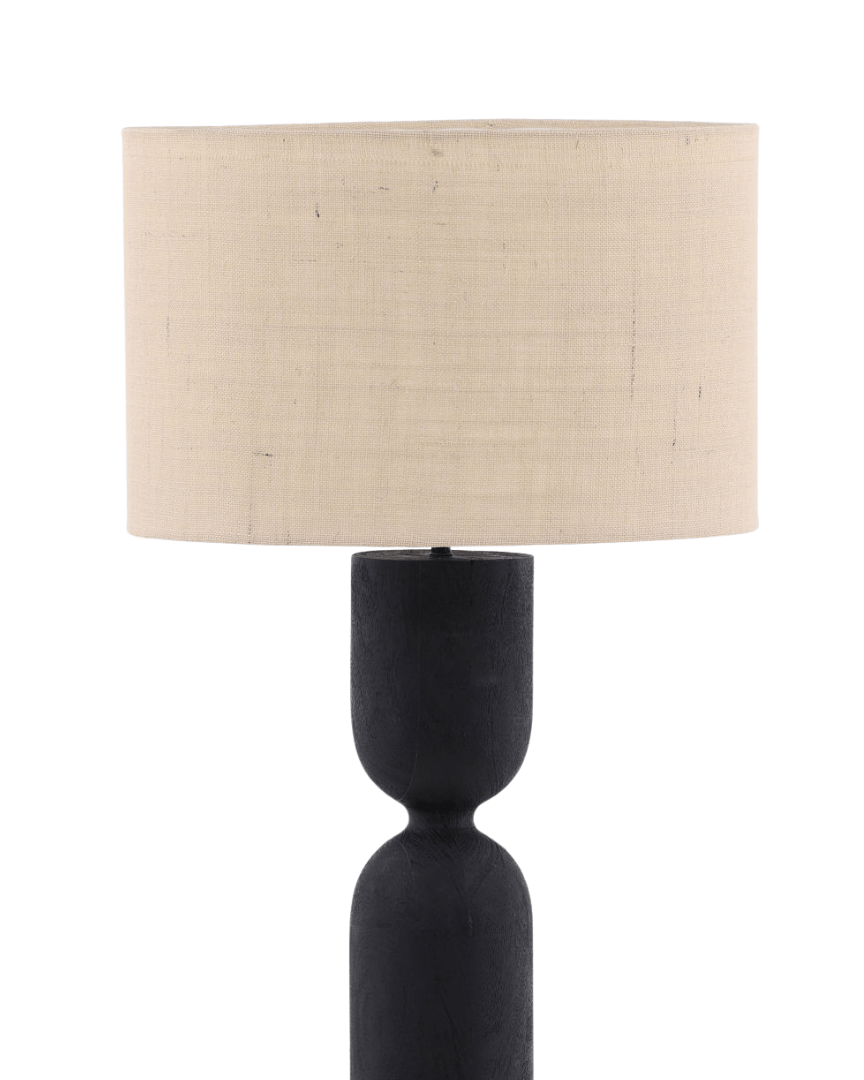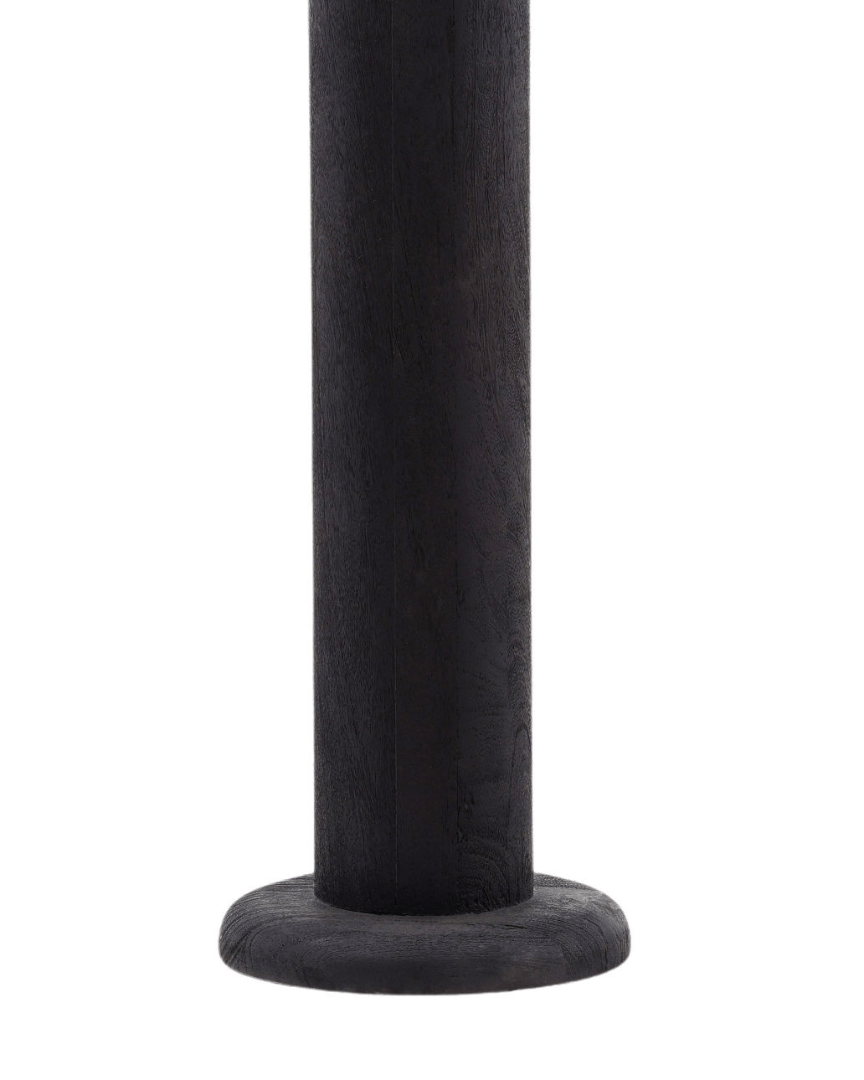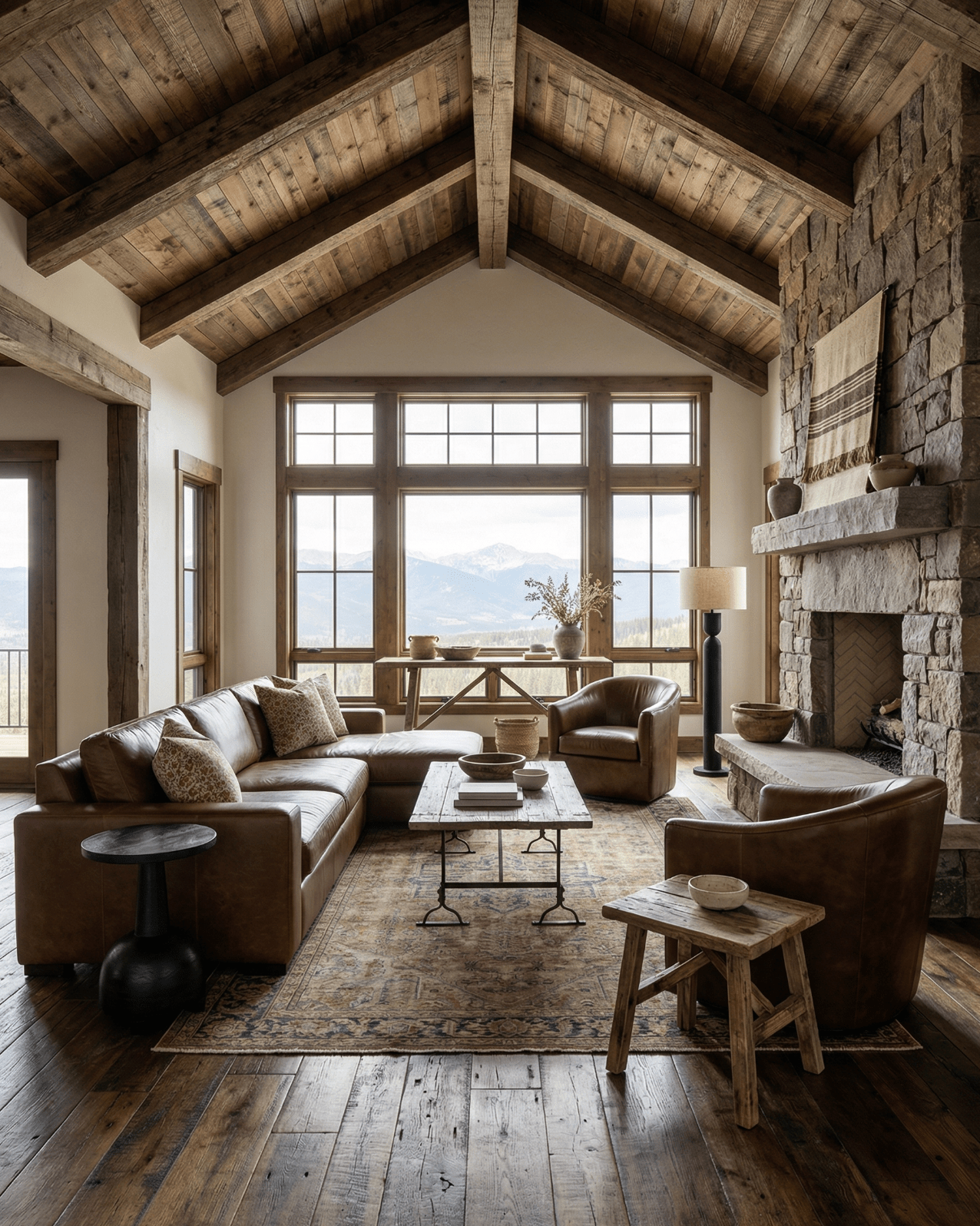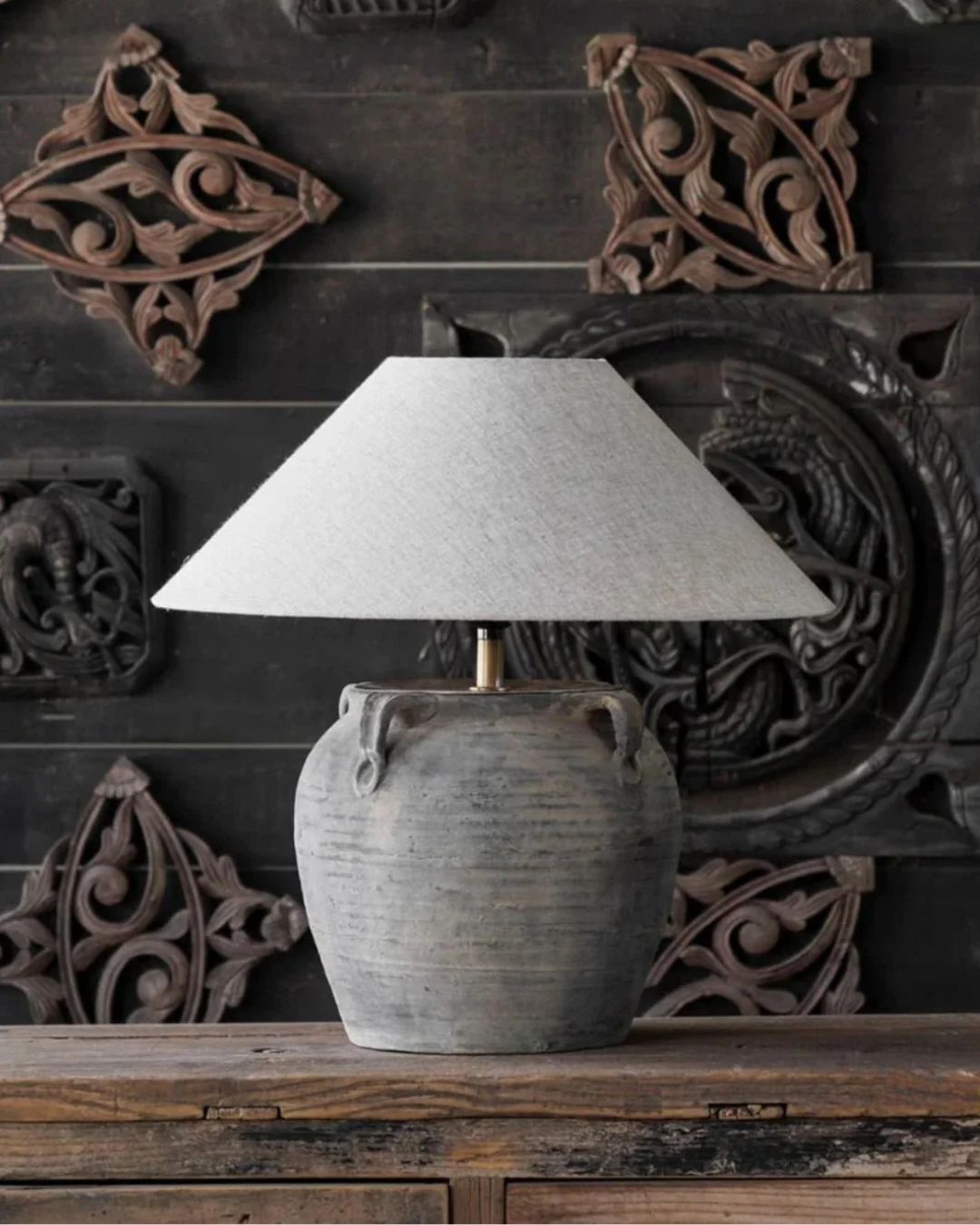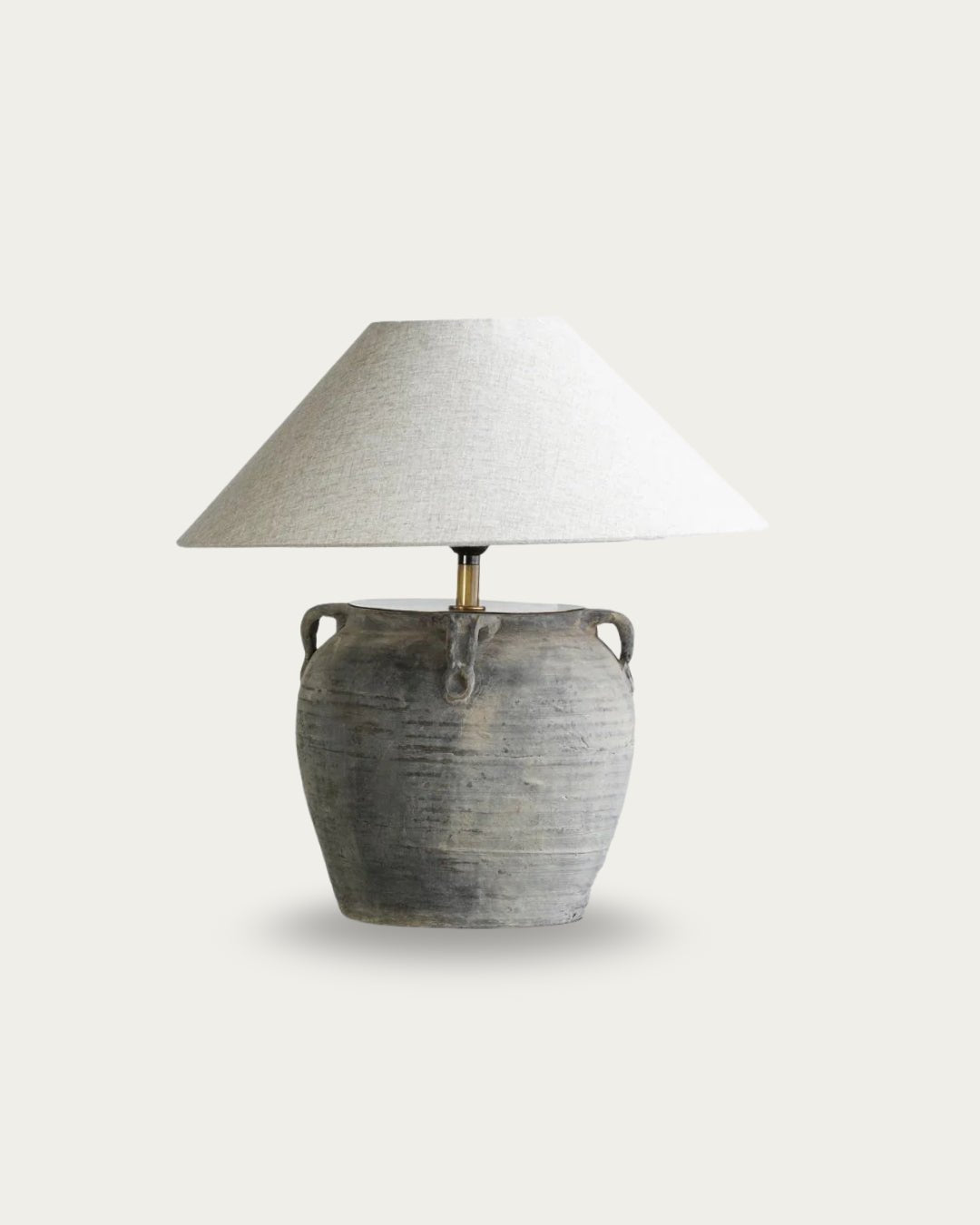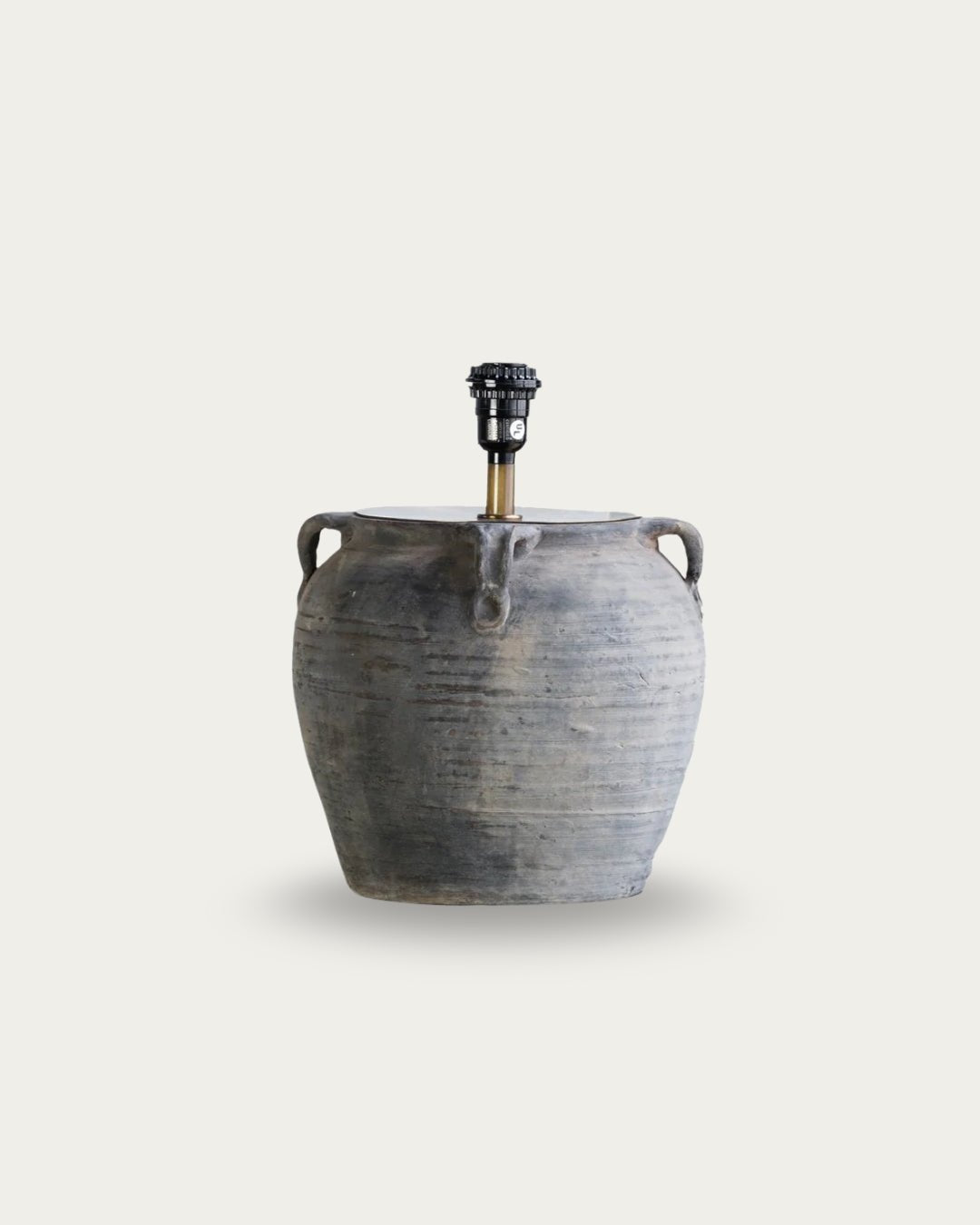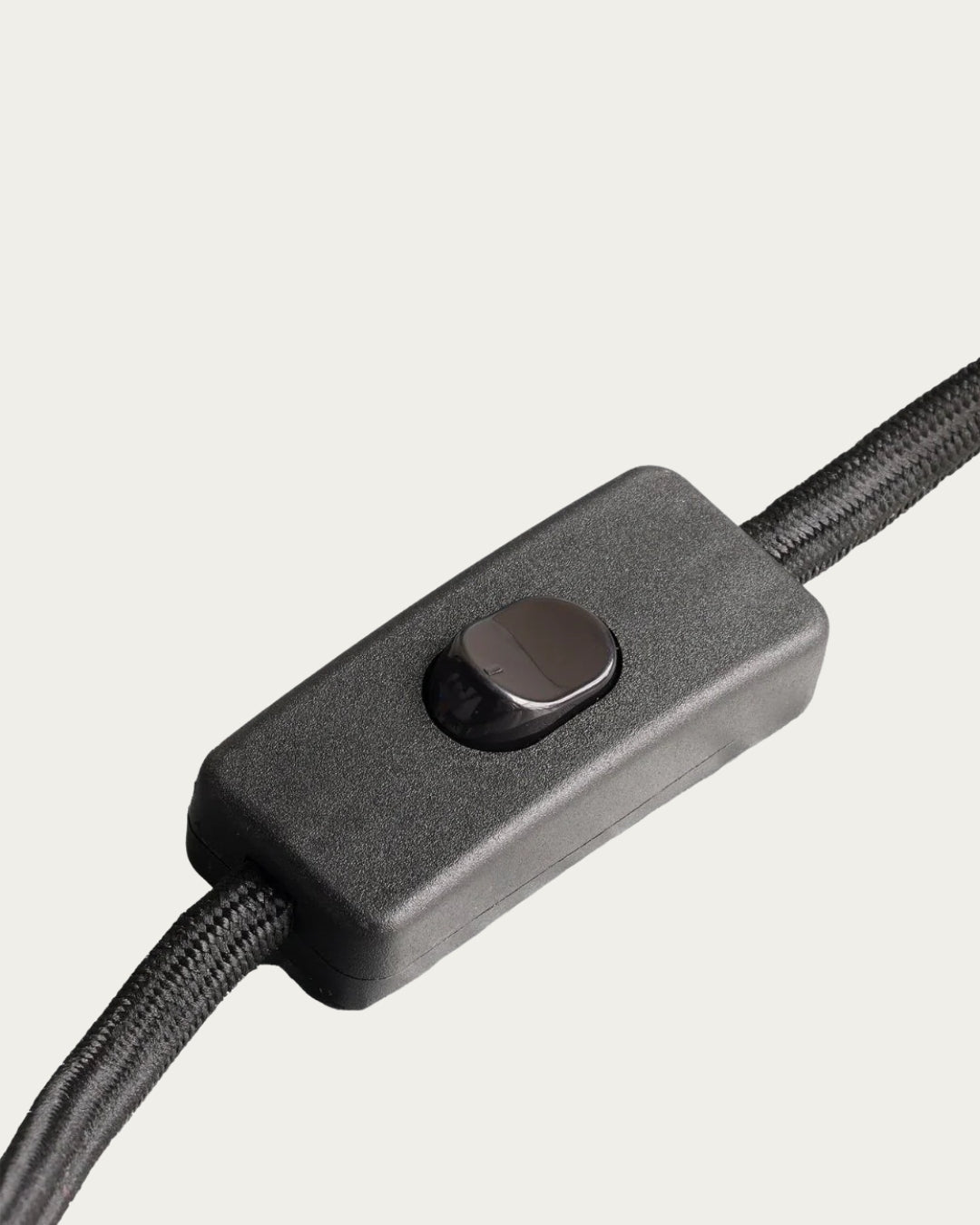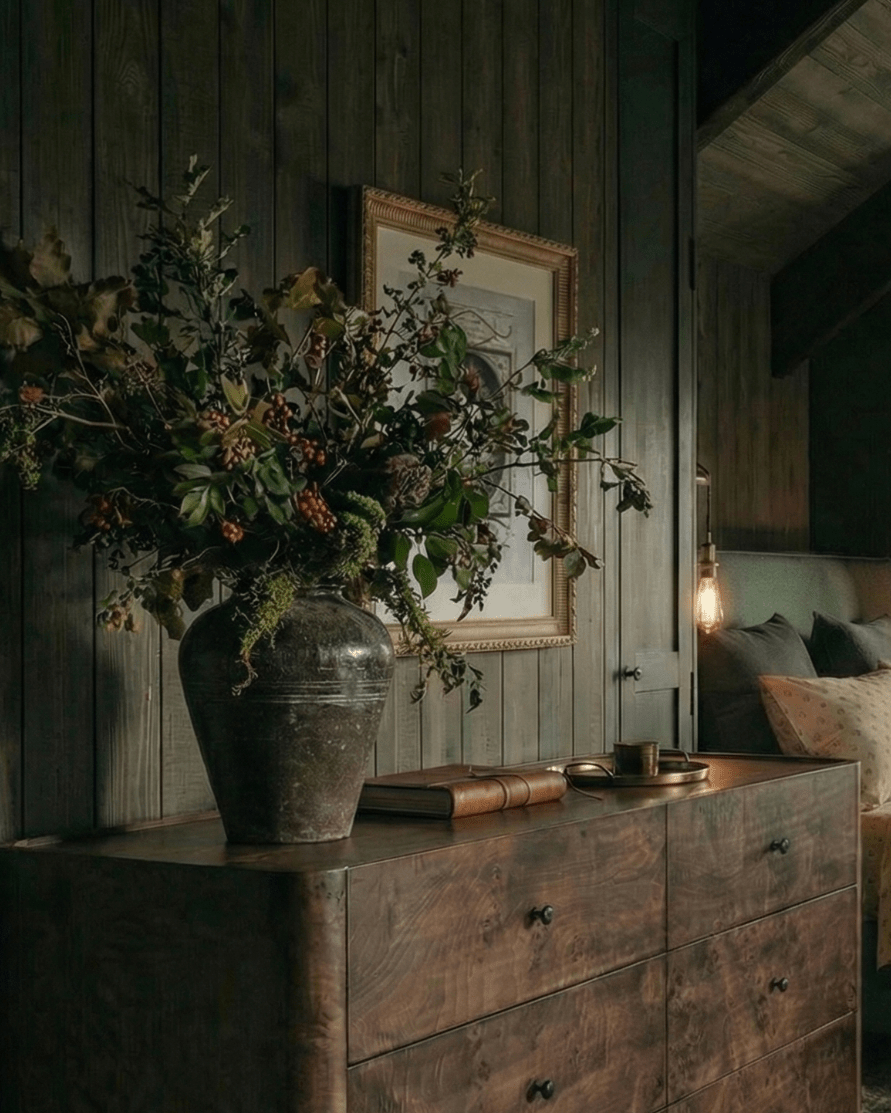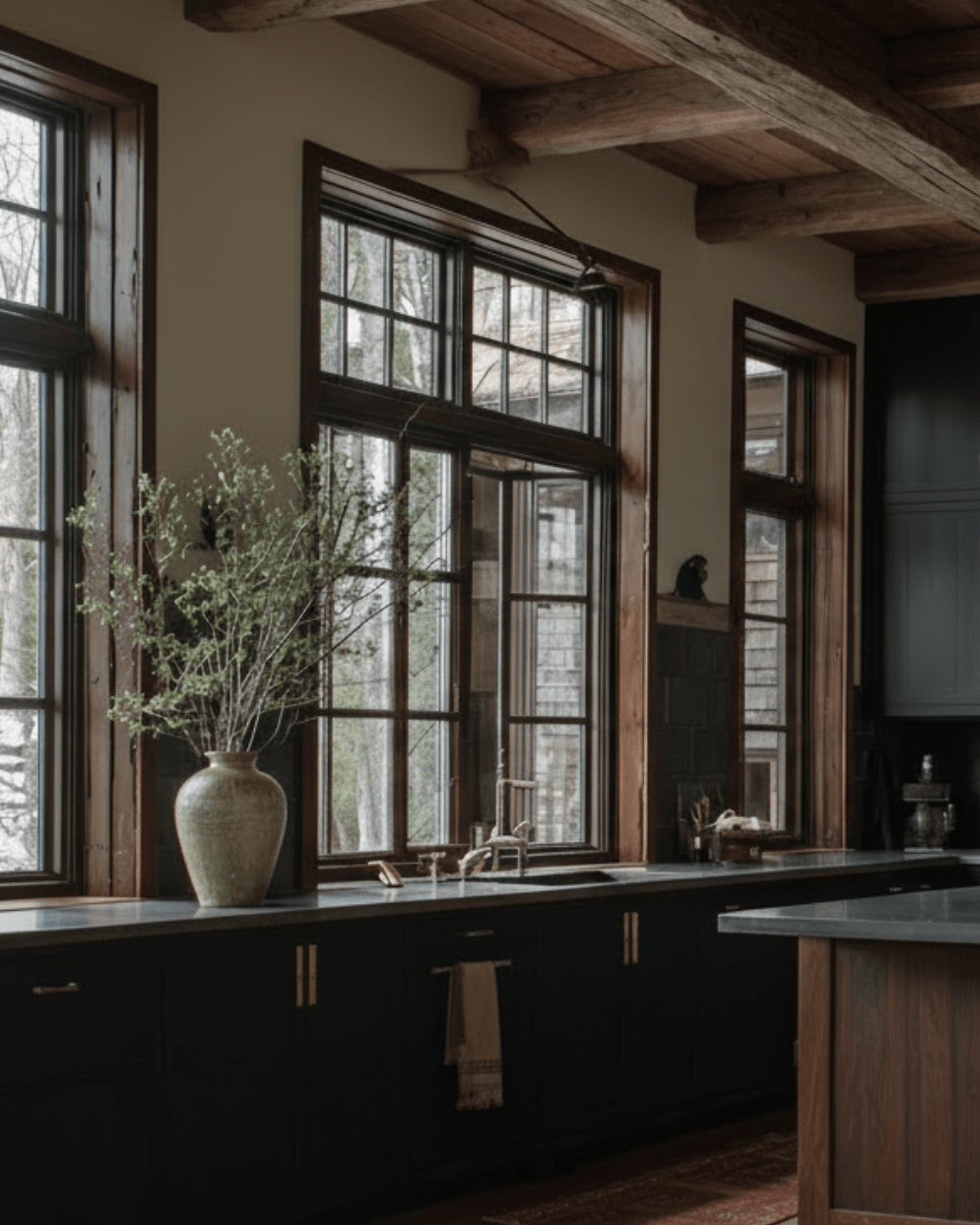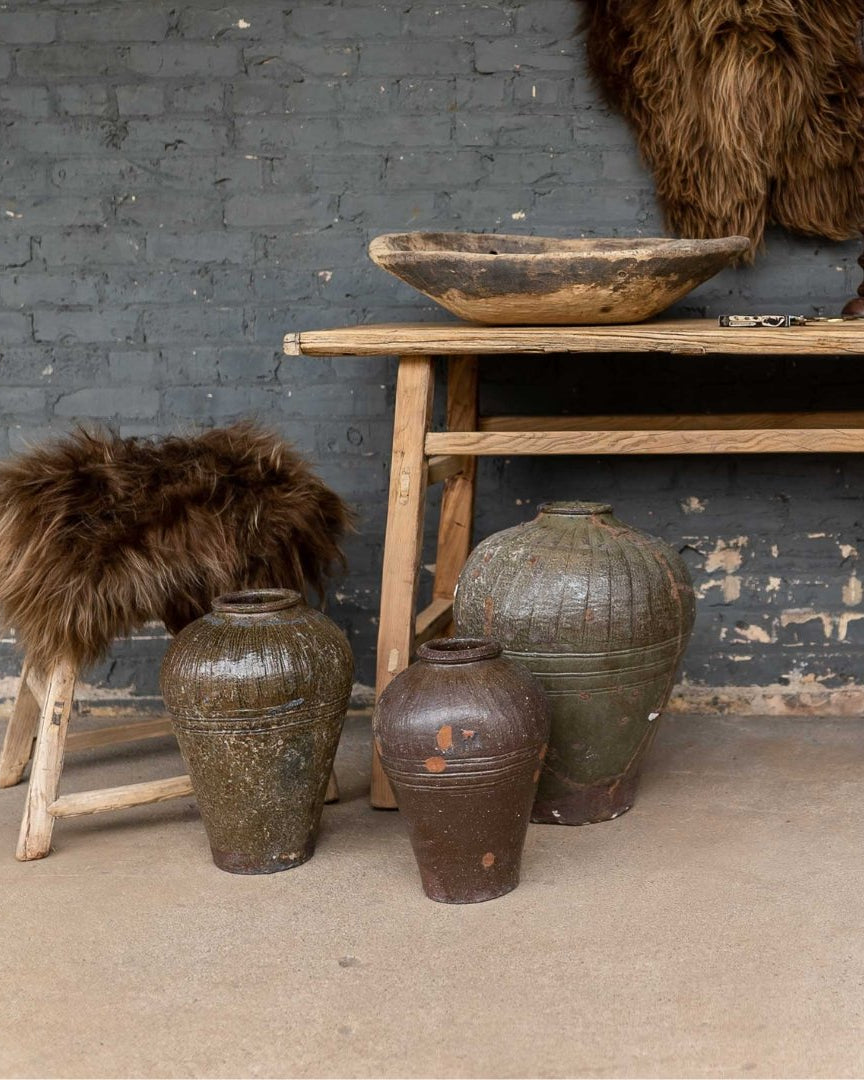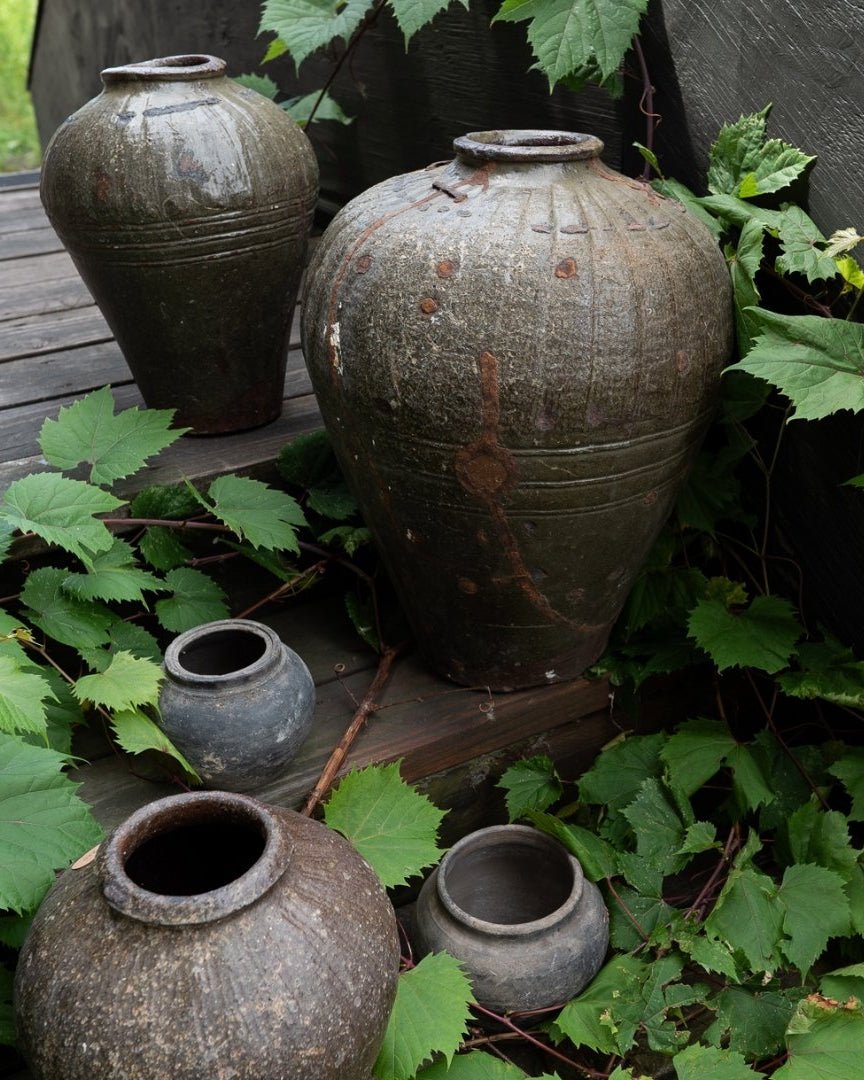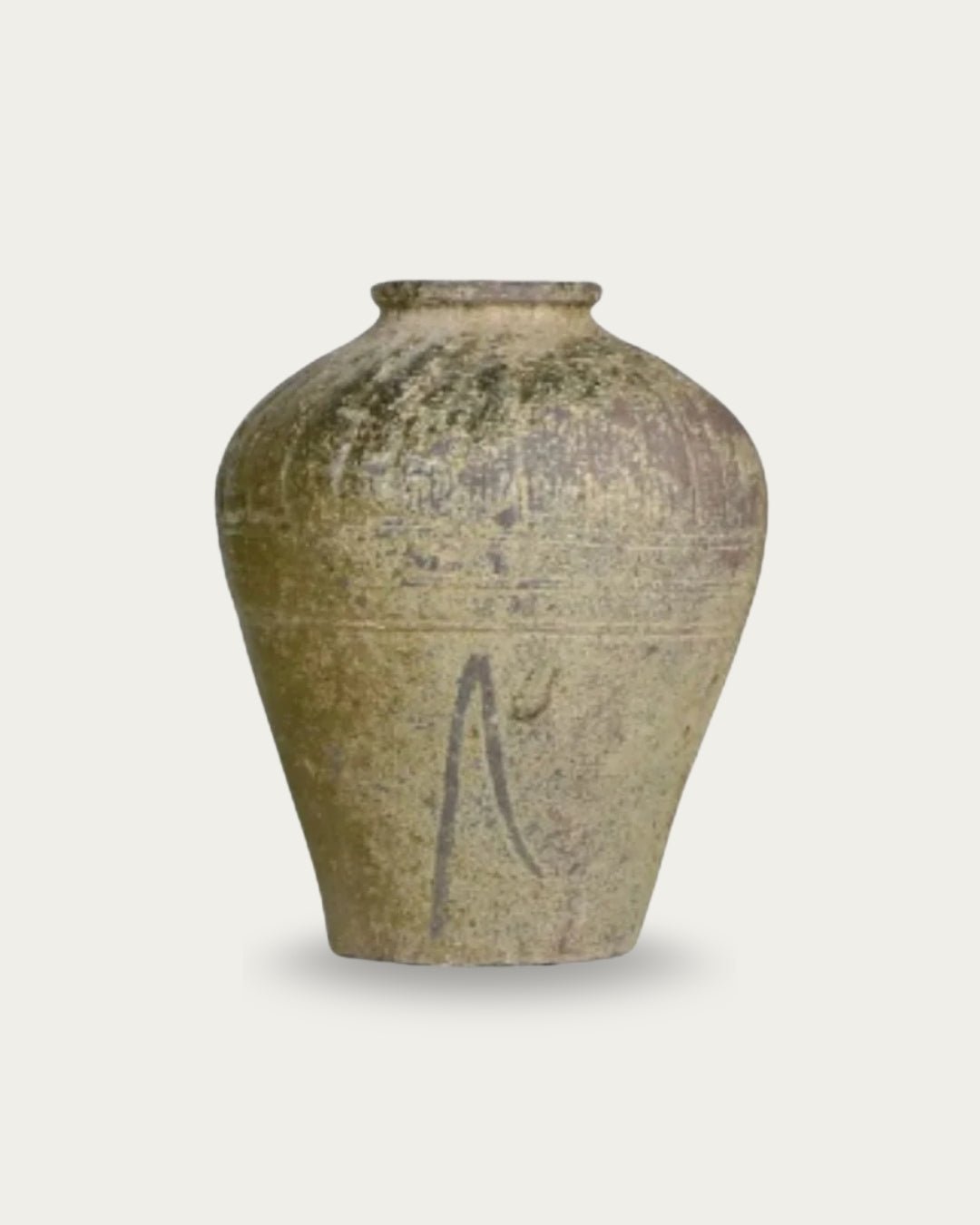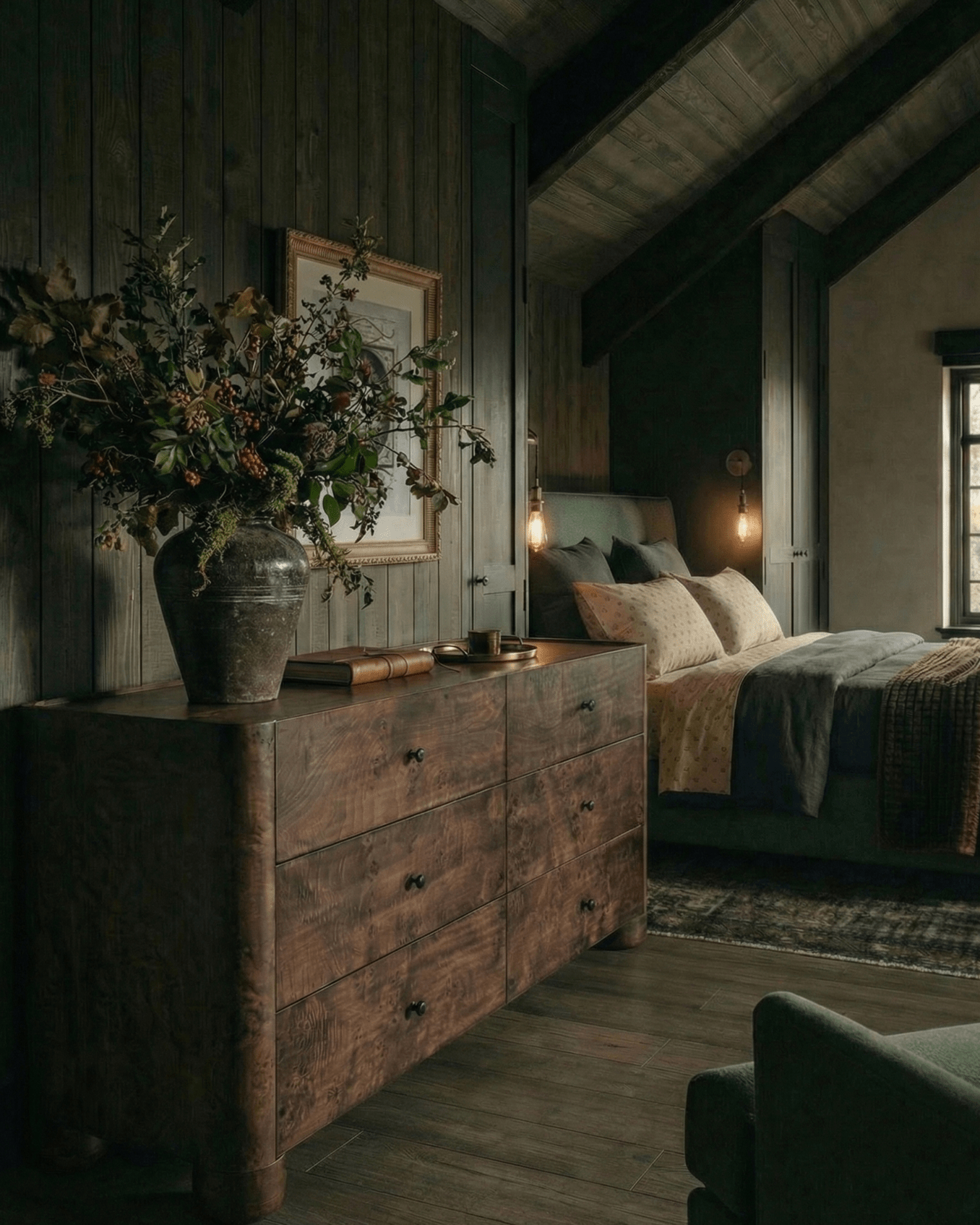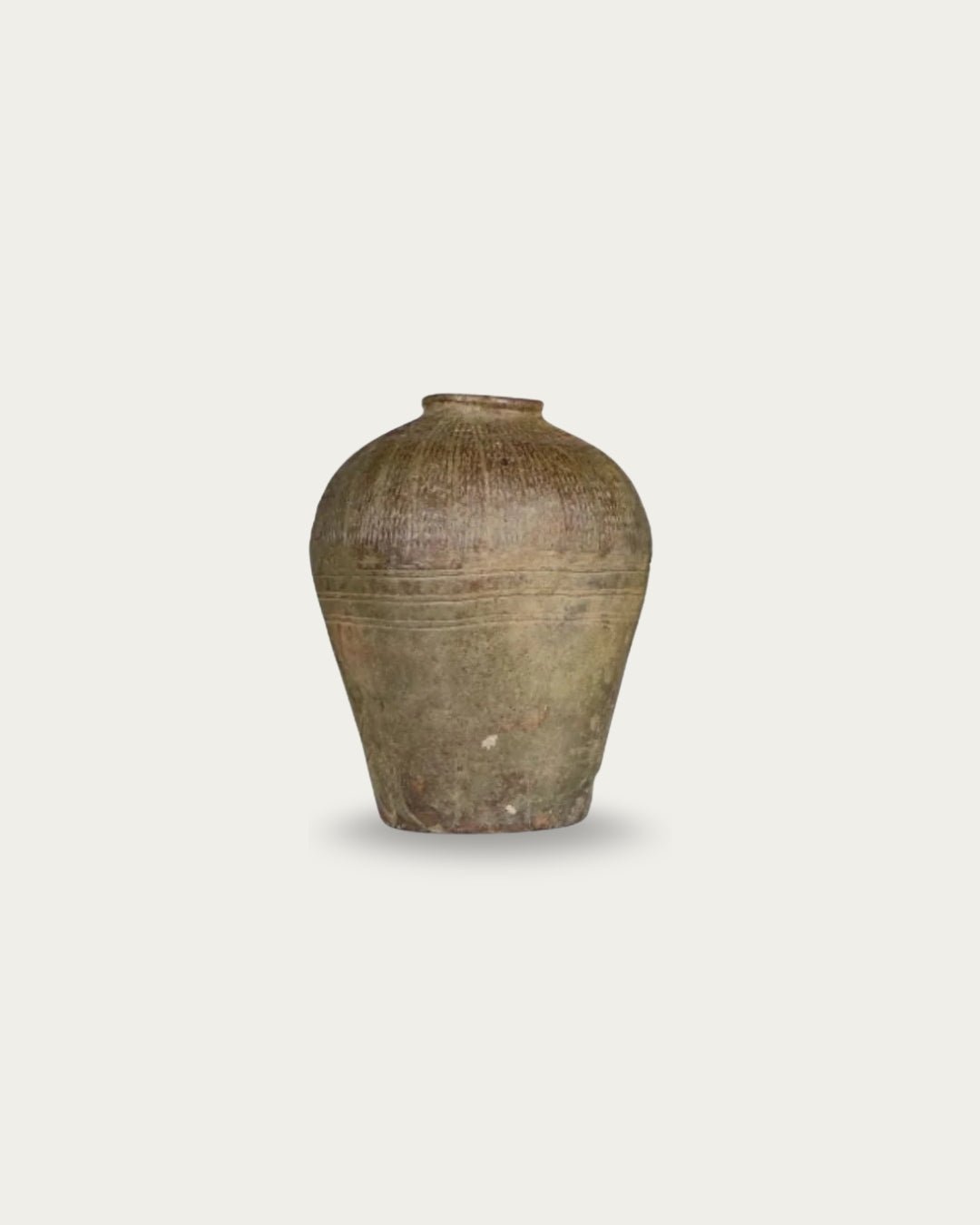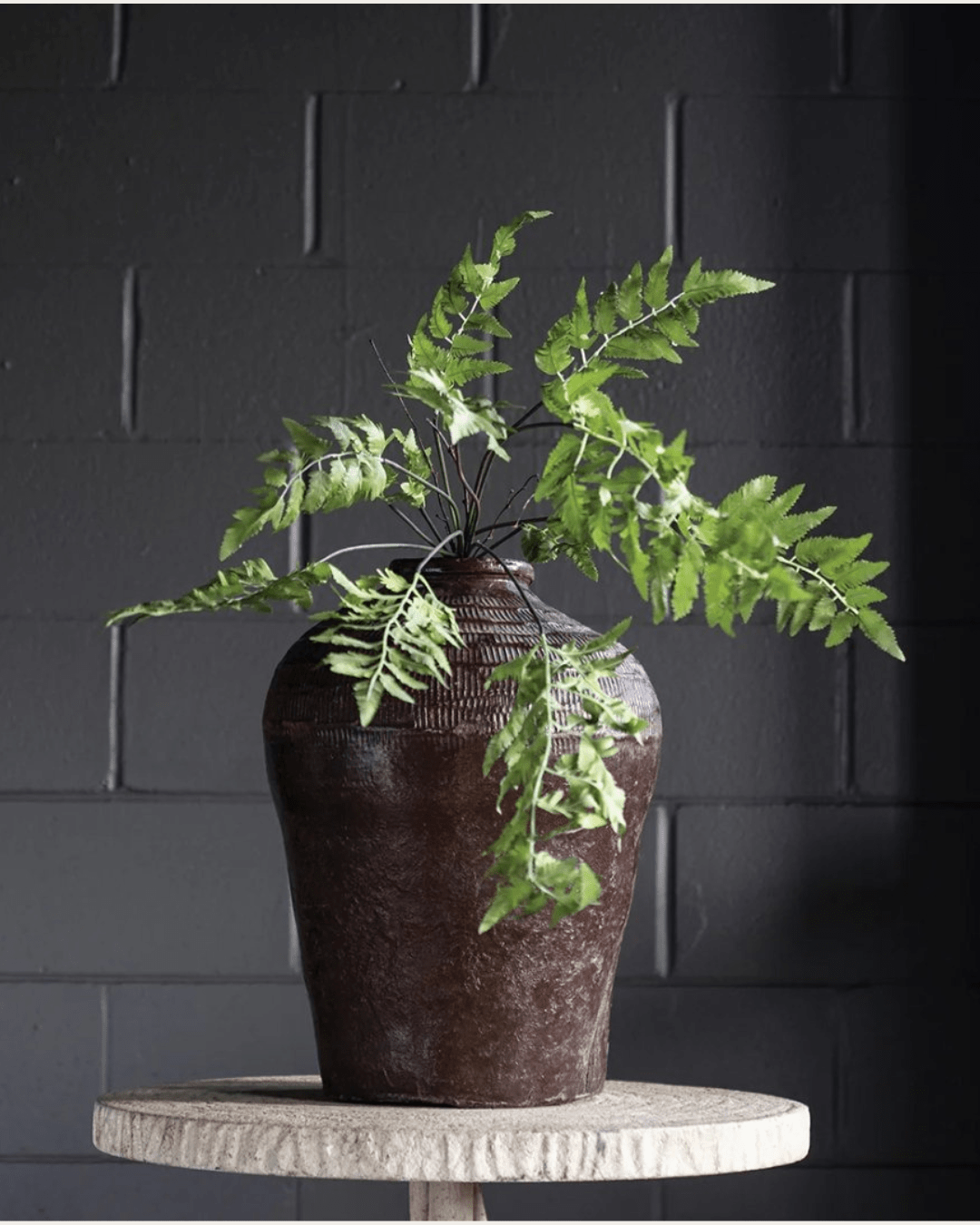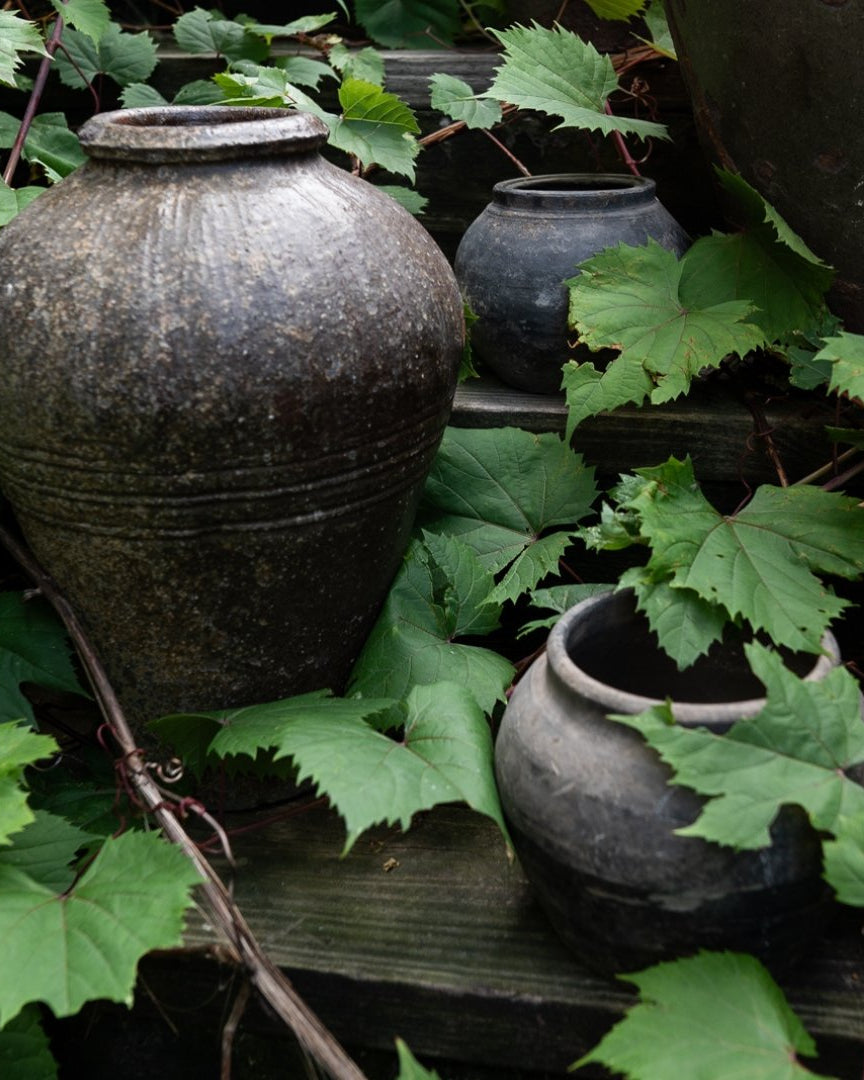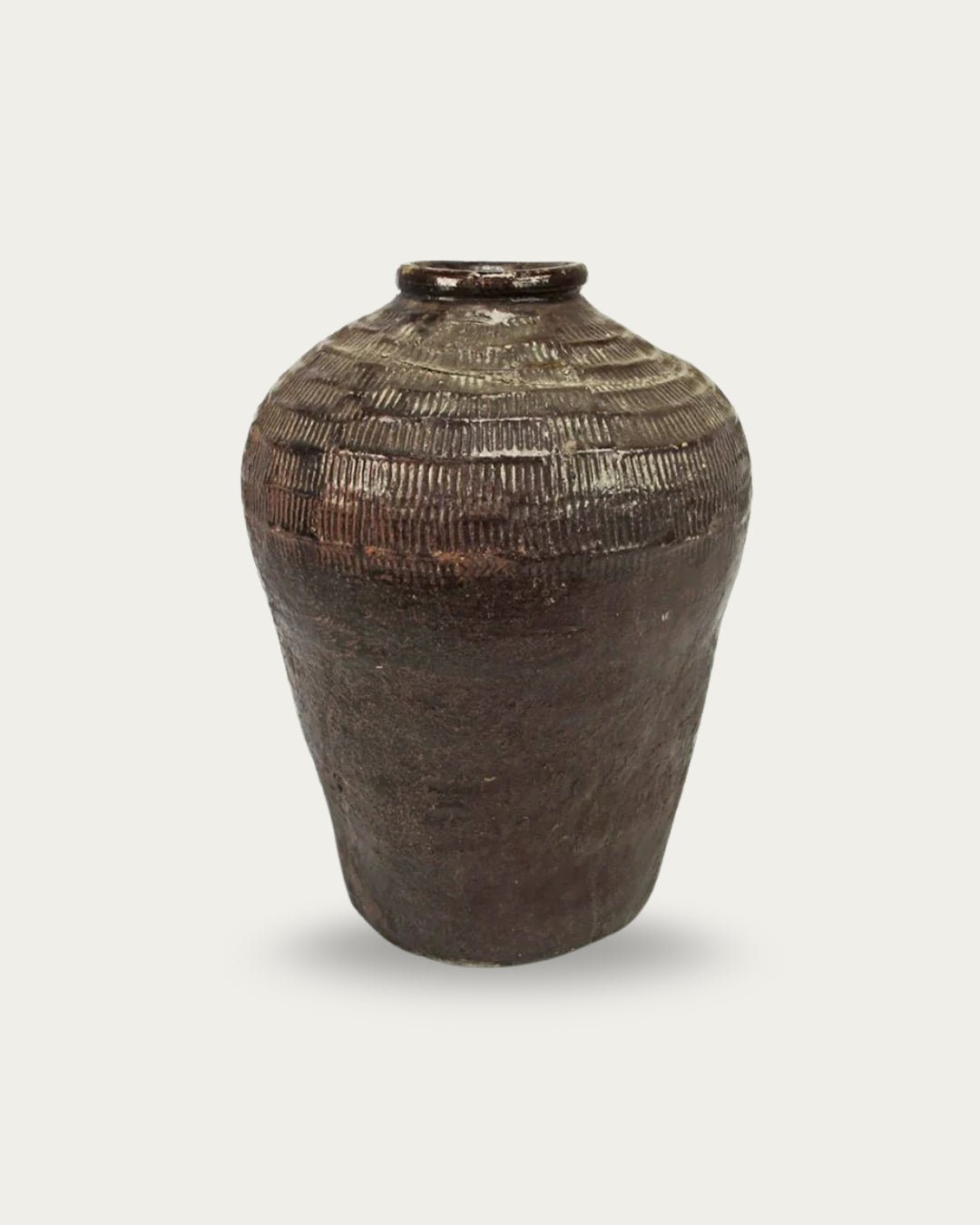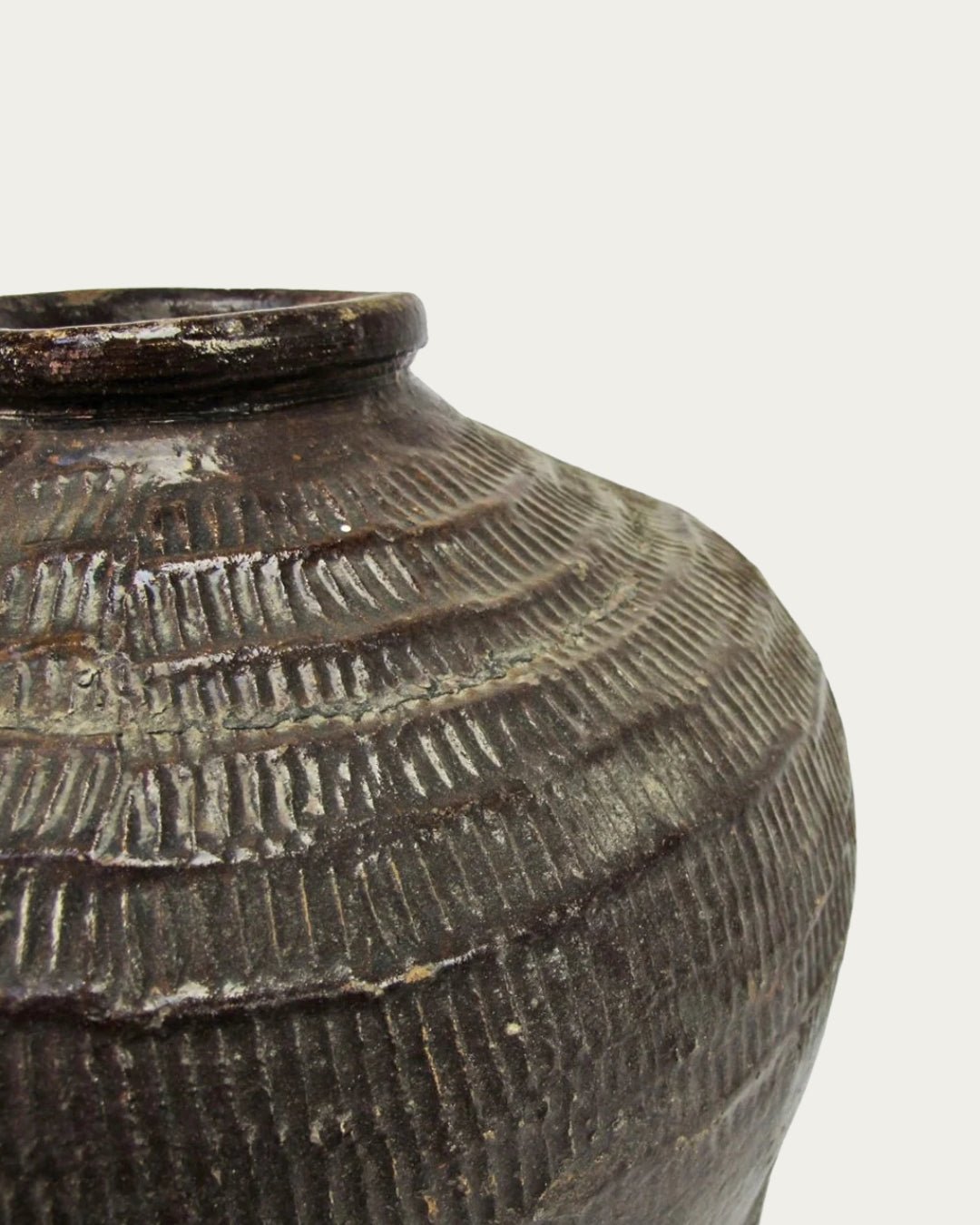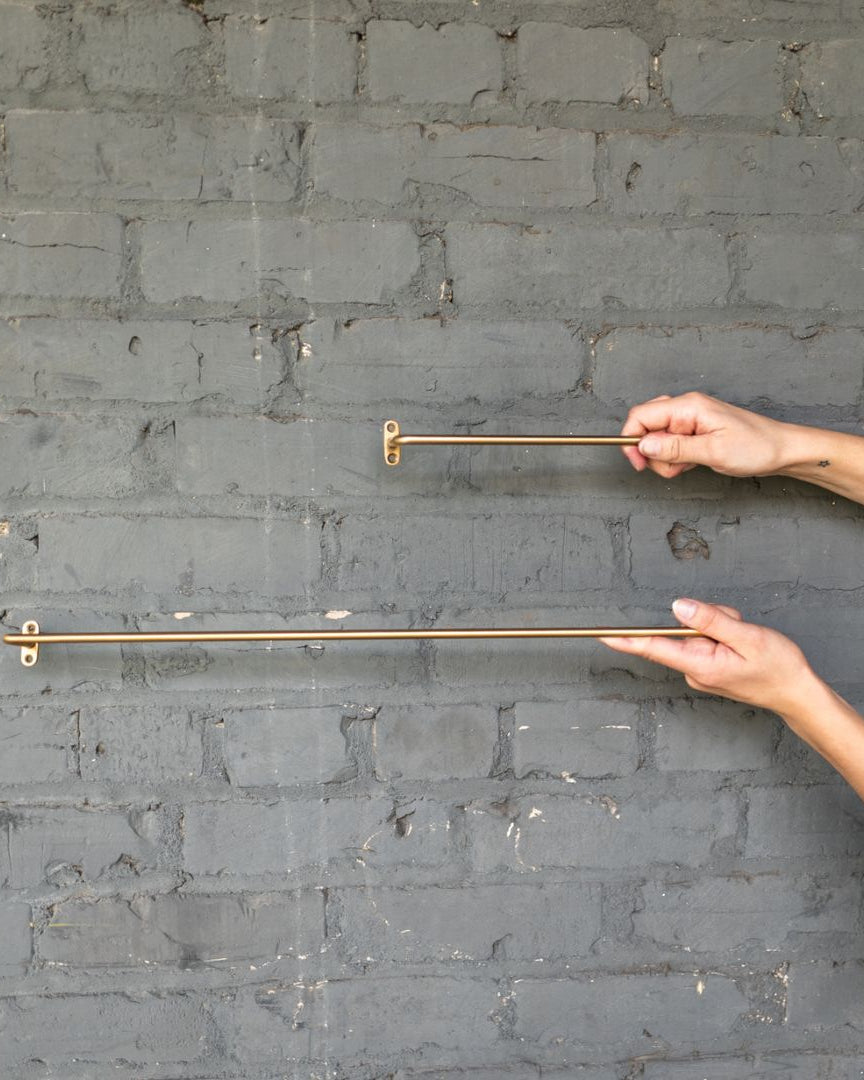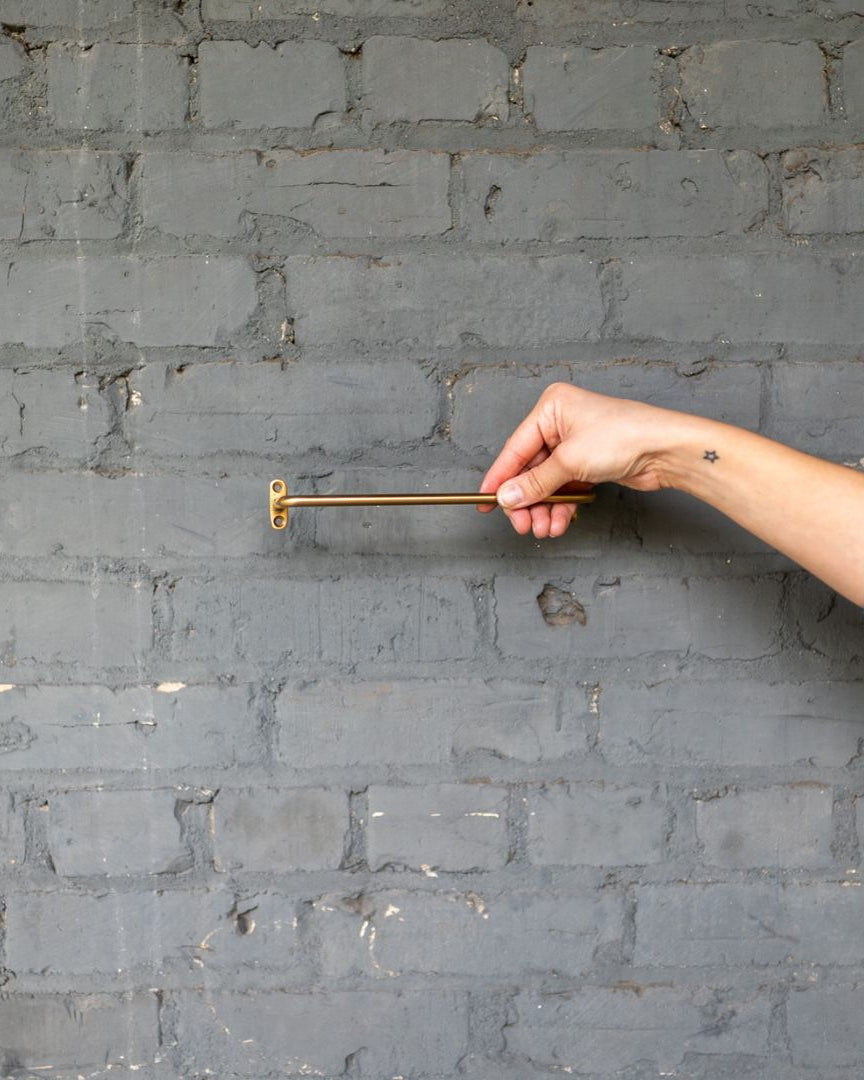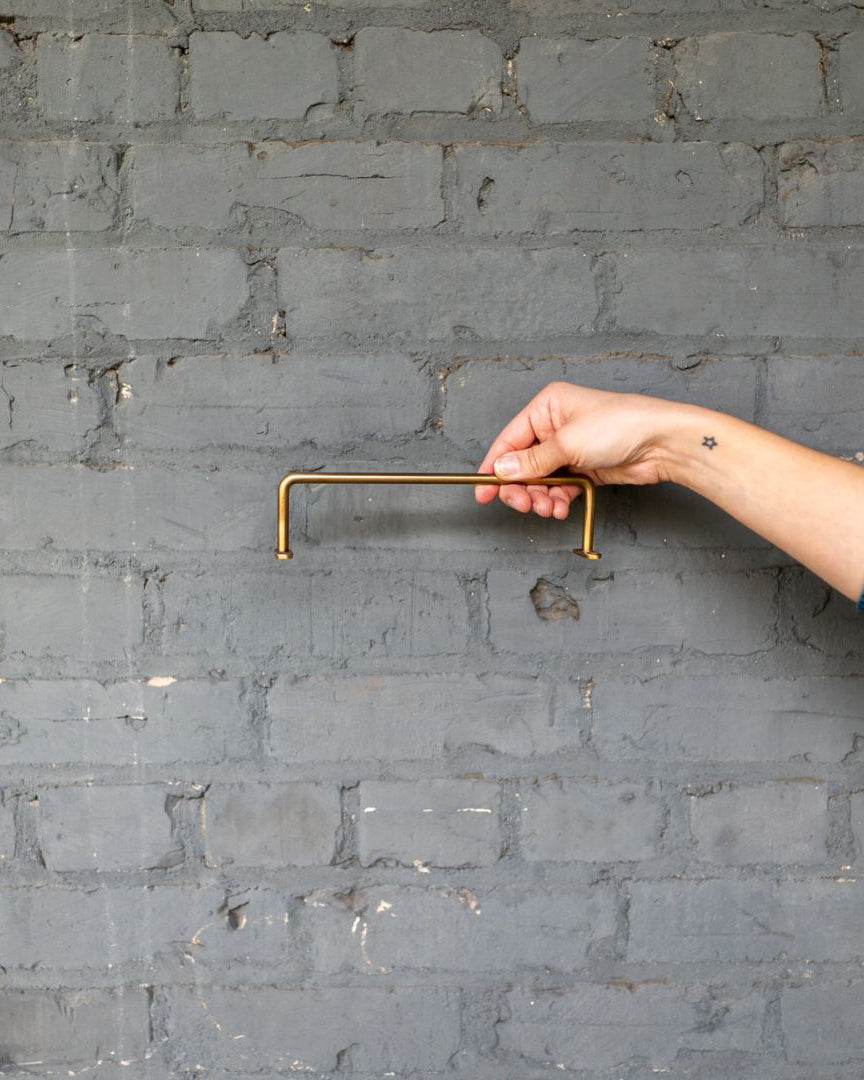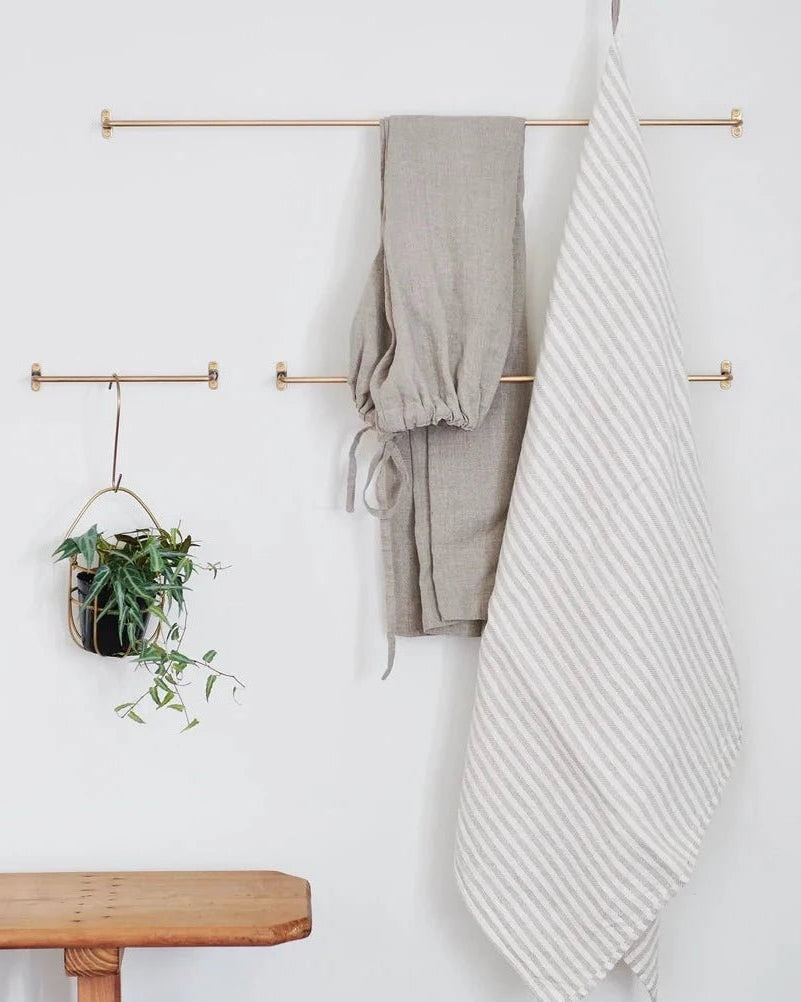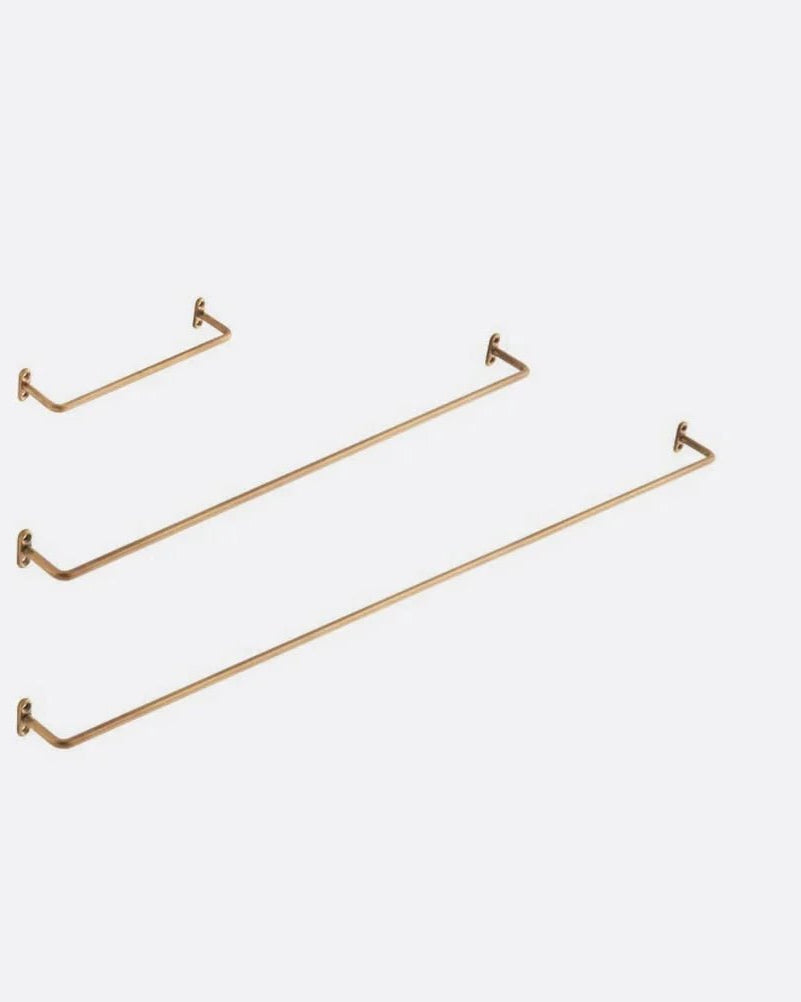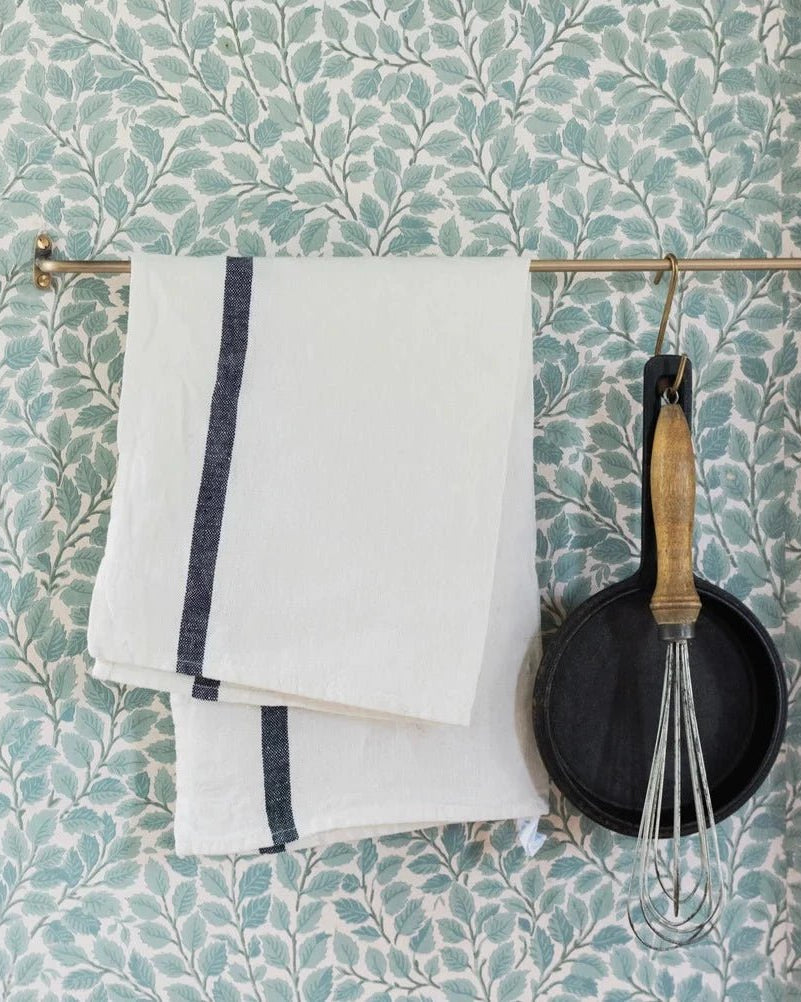
How to Shop Vintage Furniture Like a Designer: Build a Grounded, Calm Home
In a fast-paced world, the spaces we return to should ground us. Shopping vintage furniture offers more than character—it invites calm. At a quality vintage furniture store, every piece tells a story of craft, time, and sensory richness. This guide shares how to shop vintage furniture like a designer—with intention, texture, and emotional impact—a philosophy at the heart of Hello Norden, a vintage furniture store dedicated to soulful, sensory-rich pieces that regulate the body and the space..
For many design-savvy homeowners, vintage pieces not only satisfy a desire for the aesthetic point of view but also create a sensory-rich environment where every item speaks to lived experience and craftsmanship. This article explores how to shop vintage furniture like a designer, offering practical tips along with an in-depth exploration of design principles, sourcing strategies, and care techniques. By understanding what sets vintage furniture apart and how to integrate it harmoniously into a contemporary setting, readers can enhance their interiors with pieces that are both soulful and functional.
The problem for many is that modern furniture often lacks the personality, tactility, and history that vintage items inherently offer. While contemporary pieces are usually mass-produced with minimal attention to texture and character, vintage selections come with stories—and these stories form the backbone of a truly grounded interior. This comprehensive post is designed for homeowners with a taste for distinctive style, providing step-by-step guidance on identifying, sourcing, and maintaining vintage treasures. It addresses common questions such as what makes vintage furniture unique and how to balance modern decor with antique visuals. Interior design is not only about following trends but about creating spaces that promote emotional well-being and reflect personal narrative.
The purpose here is to help readers develop a refined designer’s eye for selecting vintage pieces that elevate interior design. By presenting detailed methodologies and decision-making frameworks, the article offers a clear understanding of design principles, quality evaluation, and the techniques used by expert antique furniture dealers. It also covers practical aspects like negotiating prices and maintaining the longevity of these precious finds. As readers progress, they will gain insights into blending modern aesthetics with vintage character, ensuring that each piece not only serves a functional role but also contributes to a harmonious, storytelling home environment.
Finally, with a mix of sensory language and concrete guidelines, this guide will empower readers to transform their homes into sanctuaries of visual interest and emotional warmth. The journey from browsing vintage warehouse finds to establishing enduring relationships with antique furniture stores is made interesting and accessible with the strategies discussed below. Let us now delve into the detailed process of cultivating a designer’s eye for vintage furniture.
Feeling inspired? Browse our vintage furniture collection at Hello Norden and begin your story of soulful spaces.
What to Expect From a High-Quality Vintage Furniture Store
When you walk into a thoughtfully curated vintage furniture store, you're entering more than a showroom—you're stepping into a narrative. The best vintage furniture stores don’t just display products; they tell stories through patina, craftsmanship, and material honesty. Look for spaces that feel more like a gallery than a garage sale: well-lit, intentionally styled, and emotionally resonant. These stores understand that shopping vintage furniture is about connection, not convenience. At Hello Norden, we select each piece not just for its aesthetic appeal but for its ability to create a calm, grounded presence in your home.
Looking for pieces that calm your space and your body? Shop vintage furniture from our curated vintage furniture store—handpicked for soul and sensory impact.
Why Shop Vintage Furniture Instead of New?
Modern furniture often prioritizes trend and convenience, but it rarely provides the depth, history, and tactile presence vintage pieces carry. At Hello Norden, we hand-select vintage furniture that balances design-forward style with nervous system grounding. Each item in our shop is chosen for its tactile richness, emotional resonance, and character—without leaning on trend or mass production.
When you shop vintage furniture, you’re choosing time-tested materials, thoughtful construction, and objects that already carry stories. Unlike new items, vintage furniture has softened edges, patina, and soul—qualities that regulate the nervous system and feel genuinely comforting in a modern home. Visiting a vintage furniture store means selecting from pieces that have already stood the test of time—and will continue to do so in your space.
Cultivate a Designer's Eye for Vintage Furniture
Understanding the fundamentals of design and taste is essential before committing to vintage purchases. A strong designer’s eye is built on knowledge, practice, and an appreciation of the intrinsic qualities that define classic pieces. This section explores the principles behind selecting vintage furniture that not only fits but enhances a modern interior.
Look for Details That Signal Craftsmanship
Hand-cut dovetails, aged drawer slides, and patina around brass handles all reveal the age and integrity of a piece. Designers prioritize these clues when evaluating quality.
Design Principles That Guide Vintage Furniture Selection
Designers don’t just pick vintage pieces at random—they rely on principles like balance, proportion, contrast, and mood. When you shop vintage furniture, you want to think about how a piece will support flow, structure, and calm in a room. Is it grounding? Is it a focal point or a supporting layer? Can it anchor a modern setting or soften a cold one? Vintage furniture brings movement and stillness in equal measure. The right piece does more than look good—it shifts how the space feels to your body.
Identify Design Principles for Selecting Vintage Furniture
The first step in cultivating a designer’s eye is to identify the core design principles that guide selection. Good design is about harmony, contrast, balance, and proportion. For vintage furniture, these principles can be observed in the careful detailing, craftsmanship, and material usage inherent in each piece. For instance, the balance between ornate carvings and minimal structural reinforcement in an antique armoire can create a focal point.
Understanding these principles helps highlight pieces that naturally integrate into your living space. Experienced antique furniture dealers advise avoiding pieces with obvious signs of over-restoration, since authenticity and original material quality are key markers of value. The thoughtful use of materials such as brass accents with robust wood frames speaks to the durability and enduring beauty of vintage items.
Recognize What Makes Vintage Furniture Unique
Vintage furniture boasts features not found in mass-produced items. Key characteristics include patina on metal accents, natural imperfections in wood, and hand-crafted detailing that adds character. Authenticity, historical context, and the tactile quality of aged materials contribute to a piece’s allure. For example, a vintage pine desk may show nuanced variations in color and grain that reveal its history. Each piece tells a story of craftsmanship, often embodying techniques lost over time, connecting modern users to a bygone era with grounded authenticity.
Develop a Personal Style With Vintage Furniture Pieces
Developing a personal style with vintage furniture means curating pieces that resonate with your individual taste and lifestyle. This involves selecting items that evoke personal memories, family history, and aesthetic preferences. A vintage sofa for sale or an antique coffee table can symbolize personal identity and serve as conversation starters. A well-designed interior should reflect its owner’s character, and vintage items act as extensions of that personality. When integrating these pieces, consider spatial flow and color palette. Mixing various textures—from wood and brass to glass and textiles—creates a multi-sensory experience that is both innovative and nostalgic, allowing your personal narrative to enrich the home’s ambience.
Where Designers Shop Vintage Furniture
Most designers don’t stumble upon vintage gems by luck—they build a network of trusted sources. Local vintage furniture stores offer tactile access to pieces, while online platforms expand the search. You can also shop vintage furniture at Hello Norden, where our team curates every piece with emotional resonance and sensory impact in mind. Unlike algorithm-driven marketplaces, our process is intuitive, design-led, and deeply personal. Designers often develop relationships with shop owners, gaining early access to inventory. When shopping vintage furniture, prioritize sellers who share their sourcing process, restoration details, and origin stories. A good vintage furniture store won’t just sell you a product—they’ll share a piece of its past.
Want to see what we’ve uncovered lately? Browse our new collection and discover pieces with soul and story.
Understand How Designers Source Vintage Furniture
Expert designers source vintage pieces through multiple avenues. Relationships with antique furniture dealers, regular visits to flea markets, and the use of digital platforms are all critical. Experts recommend developing contacts within reputable antique furniture stores and attending auctions, estate sales, and vintage fairs. The process involves thorough research, evaluating condition, provenance, and potential for restoration. Modern technology also connects designers with sellers globally, broadening the available options. Utilizing reputable online sources helps verify authenticity and ensures the price reflects a piece’s true value. Ultimately, sourcing vintage furniture is about understanding the story behind each item, enhancing both authenticity and emotional depth.
How to Shop Vintage Furniture Online Without Losing the Tactile Experience
It’s possible to shop vintage furniture online and still feel the soul of the piece—if you know what to look for. Start with close-up photos that show detail, wear, and material texture. Read product descriptions that go beyond measurements and into mood. Does the seller describe how the drawer feels when it opens? The grain of the wood? The tone of the patina? Good vintage furniture stores bridge the digital gap with sensory language and transparency. At Hello Norden, we write each listing like a story because the nervous system responds to anticipation, not just arrival.
Locate Exceptional Finds When You Shop Vintage Furniture

Finding exceptional vintage furniture requires a blend of research, intuition, and persistence. Whether you are searching for that perfect mid century modern couch or a delicate etagere antique, the process is both an art and a science. By knowing where and how to look, shoppers can uncover pieces that provide functionality and aesthetic delight.
Identify Reputable Vintage Furniture Store Options
When shopping for vintage furniture, sourcing from reputable stores is essential for quality and authenticity. Established antique furniture stores and consignment shops curate collections from trusted dealers. They invest in preserving the original condition of each piece, verifying its provenance, and offering competitive prices. An informed buyer can examine credentials, reviews, and a store’s history to ascertain reliability. Leading sources include specialized online platforms that verify authenticity through expert input and certified appraisal documents. This due diligence mitigates risks associated with over-restoration or misrepresentation, making the retailer's reputation as important as the piece itself.
Techniques for Finding Hidden Gems in a Vintage Furniture Store
Finding hidden gems requires an observant and patient approach. Expert shoppers spend considerable time exploring every corner of these stores since the most unique items may be tucked away or mislabeled. A systematic approach might include inspecting tags, checking for damage or signs of over-restoration, and asking about the item’s backstory. Repeated visits are recommended as inventories frequently change. Negotiation skills play a role too; many stores are open to price adjustments for items with minor cosmetic issues. This proactive strategy often results in finding pieces with genuine character that become the centerpiece of your interior design narrative.
Online Platforms to Shop Vintage Furniture Effectively
Digital platforms have revolutionized vintage furniture shopping. Numerous e-commerce sites specializing in vintage, mid century modern, and antique styles offer detailed descriptions, high-resolution images, and verified seller ratings. Platforms such as Chairish, 1stdibs, and specialized Amazon storefronts allow detailed filtering by style, era, material, and price. Using these tools effectively requires knowledge of attributes like patina, design authenticity, and material quality. Reviews and seller feedback ensure accuracy, while return policies and buyer protection schemes make online vintage shopping both secure and efficient.
Evaluating Condition and Quality When You Shop Vintage Furniture
Evaluating vintage furniture requires close attention to detail. Buyers must assess structural integrity, signs of wear, finishes, and any changes due to age and usage. Factors include verifying whether previous restorations have preserved the original design without compromising authenticity. Techniques such as checking for consistent wood grain, subtle crack patterns, and the condition of hardware like brass handles aid in determining value. Understanding different wood types—oak, walnut, or pine—and their typical signs of wear further informs an informed evaluation that safeguards your investment.
Infuse Your Home With Character Using Vintage Furniture
Vintage furniture has a remarkable ability to infuse a home with character and individuality. By selecting pieces that boast rich histories and tactile qualities, homeowners create spaces that resonate with warmth and emotional depth. This section explores blending traditional elements with modern aesthetics for a harmonious, expressive interior.
The Emotional Impact of Shopping Vintage Furniture
Most design articles focus on style, but let’s be honest: shopping vintage furniture is about feeling. It’s about the softness of worn wood, the comfort of imperfections, the sense that an object has survived. When you shop from a vintage furniture store that understands nervous system regulation, you're not just buying a sideboard—you’re buying stability. You’re bringing in visual rhythm, texture, and emotional resonance. At Hello Norden, we believe vintage decor isn’t nostalgic—it’s grounding. And every piece is chosen with that sensory need in mind.
Mix Vintage Furniture With Contemporary Decor
Mixing vintage furniture with contemporary elements creates dynamic, layered interiors that reflect both history and modern efficiency. For example, a vintage wooden dining table paired with sleek, modern chairs or a classic etagere antique set against minimalist lighting creates an intriguing dialogue between eras. The goal is not to clash styles but to embrace the tension between old and new. Neutral contemporary backdrops—like muted wall tones and understated textiles—can highlight the unique details of vintage works, creating spaces that feel both cohesive and soulful.
Select Vintage Furniture That Tells a Story
A key element in design is the narrative conveyed by furnishings. When selecting vintage furniture, focus on pieces that tell a story through heirloom markings, unique construction methods, or distinctive patina acquired over decades. Examples include antique desks with handwritten notes, vintage mirrors with elaborate frames, or classic armoires passed down through generations. Such pieces carry emotional weight and serve as conversation starters, enriching the living experience with a tangible reminder of history and craftsmanship.
Use Vintage Furniture to Create Focal Points
Creating focal points is essential in interior design, and vintage furniture excels at this due to its distinctive aesthetics and storied past. A well-chosen vintage coffee table or antique armoire can serve as a visual anchor, drawing attention and framing the space. Designers suggest positioning such pieces in areas where natural light enhances their features. Balancing scale and proportion—such as pairing a large vintage sofa with streamlined accessories—ensures the focal point remains engaging without overwhelming the room.
Sustainable Living Starts With Vintage Furniture
Want to make a sustainable design choice that actually holds up over time? Shop vintage furniture. Mass-produced trends cycle quickly and rely on cheap materials, while vintage pieces have already proven their durability. When you buy from a vintage furniture store that prioritizes restoration and quality sourcing, you’re investing in craftsmanship that lasts. No greenwashing, no veneer. Just real materials that age well and feel better the longer you live with them. It’s design that doesn’t just look conscious—it is.
Achieve Balance and Harmony With Vintage Furniture
Balance and harmony are key outcomes when incorporating vintage furniture. Achieving this involves considering symmetry, color coordination, and the tactile interplay of materials. For example, pairing a vintage glass table with a brass floor lamp can create a harmonious blend of reflections and warm hues. Designers stress that each vintage item should have space to breathe; thoughtful spacing and complementary design elements help create an environment that exudes both history and tranquility.
Ready to mix old and new with intention? Discover all our furniture collections at Hello Norden.
How Vintage Furniture Impacts Nervous System Design
Vintage furniture isn't just an aesthetic decision—it's a somatic one. Your nervous system responds to softness, patina, shadow, and materials that carry time. Furniture made of aged oak or hand-finished brass creates a sensory rhythm that calms and centers. Shopping vintage furniture becomes a form of nervous system design: you’re not just decorating; you’re regulating. This is why the RUTED method prioritizes sensory-rich, soulful pieces from vintage furniture stores. The right item doesn’t just look right—it feels safe in your body.
Build a Grounded Interior With Thoughtfully Chosen Vintage Furniture

A grounded interior is one where every element contributes to a cohesive, secure environment. Thoughtfully chosen vintage furniture brings physical warmth, texture, and depth, positively influencing the emotional aura of a space. This section provides strategies for selecting and arranging vintage pieces to foster connection, balance, and lasting appeal. Whether you're searching for a sculptural vintage bench or a beautifully worn armoire, Hello Norden’s vintage collection is designed to help you create a space that feels rooted, calming, and genuinely lived-in.
Select Materials and Textures in Vintage Furniture for Warmth
When building a grounded interior, the choice of material and texture is pivotal. Vintage furniture often features natural wood, worn leather, brass accents, and aged fabrics that exude warmth and tactile satisfaction not easily replicated by modern synthetics. For example, a reclaimed walnut table or a hand-carved pine bookshelf not only tells an authentic story but also provides physical warmth. Such textures trigger sensory responses and promote a calm, inviting atmosphere.
Arrange Vintage Furniture to Encourage Connection
The layout of vintage pieces profoundly affects room connectivity. Thoughtful placement enables conversation, facilitates movement, and creates visual links between items. Arranging furniture like curating an art exhibit ensures that each piece complements its neighbors while making an impact. For instance, positioning a vintage sofa next to a classic armoire can invite social interaction and create a welcoming vibe.
Choose Vintage Furniture With Lasting Appeal
Investing in vintage furniture means prioritizing quality and design. Pieces with lasting appeal often come from eras celebrated for robust craftsmanship and discreet elegance. When selecting such items, focus on details like joinery, finish quality, and overall stability. Classic pieces, such as mid century modern chairs or antique dressers, transcend trends and merge function with artistic narrative.
The Role of Scale and Proportion With Vintage Furniture
Scale and proportion are critical in creating a cohesive interior. Oversized items can overwhelm a room, while undersized pieces may seem out of place. Proper balance is achieved by considering the room’s dimensions relative to the furniture. For example, pairing a large antique armoire with a delicately proportioned vintage mirror creates a balanced focal arrangement that enhances both productivity and visual rhythm.
Sourcing and Selecting Pieces From a Vintage Furniture Store
Sourcing and selecting vintage furniture is both an art and a disciplined process. It involves a blend of negotiation, careful evaluation of condition, and building relationships with sellers.
Questions to Ask at a Vintage Furniture Store
Prospective buyers should prepare a list of pertinent questions when visiting a vintage store. Inquiries such as “What is the history of this piece?” or “Have any parts been restored?” help evaluate authenticity, provenance, and condition. Questions about materials, source, and available documentation facilitate transparent negotiations and signal to sellers that you are a knowledgeable buyer.
How to Evaluate Quality in a Vintage Furniture Store
Shopping vintage requires more than a good eye—it requires a feel for quality. In a well-curated vintage furniture store, look for solid wood construction, dovetail joinery, original hardware, and finishes that show age—not damage. Run your hand over the surface: does it feel solid, heavy, worn in a way that feels authentic? Listen to drawers open and close. Authenticity often reveals itself through sound and weight as much as sight. Don't be afraid to ask questions about the item’s history or materials. The more tactile the process, the better your nervous system understands its safety.
Negotiating Price When You Shop Vintage Furniture
Negotiation is a critical part of shopping for vintage furniture. Since these pieces are unique and steeped in history, prices can vary widely. Skilled buyers use detailed research and inspection to justify a lower price if minor flaws are present. A respectful yet assertive bargaining style often leads to favorable deals and may open doors to exclusive finds in the future.
Understanding Restoration Versus Original Condition in Vintage Furniture
A key factor in vintage furniture investment is the balance between restoration and original condition. While originality commands a premium, some restoration is acceptable if it enhances usability without compromising integrity. Buyers should assess the extent of restoration through careful examination of joinery, finishes, and hardware. Understanding the history of any restoration helps confirm long-term value and functionality.
Build Relationships With Vintage Furniture Store Owners
Establishing strong relationships with store owners is invaluable. Such relationships provide access to exclusive inventory, informed advice, and insider tips on new acquisitions. Networking through auctions, vintage communities, and consistent interactions builds trust and can lead to better pricing and early access to desirable pieces.
Maintain the Beauty of Your Acquired Vintage Furniture

Once the perfect vintage piece is selected, preserving its beauty and functionality is paramount. Maintenance practices vary by material and age, but consistent care ensures these items continue to enrich the home for decades.
Basic Care Techniques for Different Vintage Furniture Materials
Every vintage piece requires care suited to its materials. Wood items benefit from regular dusting and treatment with specialty oils to prevent drying and cracking. Leather pieces need periodic conditioning to retain suppleness without buildups, and metal accents should be kept free of moisture and polished gently to preserve their patina. For upholstered items like vintage couches or chairs, careful vacuuming and spot cleaning help maintain original texture and color.
Knowing When to Seek Professional Restoration for Vintage Furniture
There comes a time when home care is not enough, and professional restoration becomes essential. Look for deep scratches, warped wood, or failing joints as signs that a professional restorer is needed. A careful assessment by experts ensures that any restoration work enhances longevity without compromising its original components.
Protecting Your Vintage Furniture From Wear and Tear
Protective strategies are critical to mitigate daily wear and environmental damage. Preventative measures—such as using coasters, placemats, and protective covers—help minimize scratches and blemishes. Additionally, controlling temperature, humidity, and sunlight exposure prevents warping and fading. Positioning pieces away from high-traffic areas further reduces risk.
Protective strategies are critical to mitigate daily wear and environmental damage. Preventative measures—such as using coasters, placemats, and protective covers—help minimize scratches and blemishes. Additionally, controlling temperature, humidity, and sunlight exposure prevents warping and fading. Positioning pieces away from high-traffic areas further reduces risk.
Shop Vintage Furniture to Avoid a Soulless Space
So many homes look good on Instagram but feel flat in real life. Why? Because new furniture often lacks weight, texture, and memory. When you shop vintage furniture, you're choosing depth over decoration. A vintage console or chair holds emotional weight—it anchors a space. A good vintage furniture store helps you find those pieces: not just trendy styles, but soulful objects that bring presence into a room. Hello Norden’s philosophy is to curate pieces that feel like they've always belonged—whether they’re a focal point or a quiet accent.
Preserving the Soulfulness of Your Vintage Furniture Collection
Vintage furniture is a repository of history and emotion. Preserving its soulfulness involves documenting provenance, keeping records of restoration work, and dedicating space to honor the craftsmanship behind each piece. Proper lighting, such as adjustable sconces, can accentuate the textures and details that make each item unique.
Detailed Lists and Tables
Below are several lists and tables to illustrate key elements of selecting, evaluating, and caring for vintage furniture.
Top 7 Design Factors When Evaluating Vintage Furniture
- Material Quality – Enduring Substances: Assess the quality and origin of materials such as oak, walnut, or beech. High-quality materials ensure durability, add unique texture, and indicate exceptional craftsmanship.
- Craftsmanship – Attention to Detail: Analyze construction techniques, joinery, and finishes. Skilled handwork increases value and authenticity.
- Condition – State of Preservation: Evaluate physical condition by noting scratches, wear, or over-restoration. Minimal alterations retain historical integrity.
- Provenance – Documented History: Confirm the ownership and background of the piece, which enhances collectible value.
- Aging and Patina – Authentic Character: Look for natural patina and steady aging that adds narrative without compromising functionality.
- Design Authenticity – True to the Era: Ensure the design elements align with its era. Period-specific details add appeal and value.
- Versatility – Integration With Modern Spaces: Consider how well the piece blends with contemporary decor while providing nostalgic appeal.
Table: Entity Comparison of Vintage Furniture Attributes
| Furniture Element | Key Attribute | Benefit | Typical Material |
|---|---|---|---|
| Antique Coffee Table | Unique patina | Enhances conversation focal point | Reclaimed wood, metal accents |
| Vintage Armoire | Intricate carvings | Provides robust storage solutions | Oak, walnut |
| Mid Century Modern Sofa | Clean lines | Blends seamlessly with modern decor | Upholstered frame with wooden legs |
| Retro Dining Chair | Ergonomic design | Offers comfortable seating | Beech, metal frames |
| Classic Writing Desk | Handmade joinery | Durable | Pine, mahogany |
| Traditional Sideboard | Ornate detailing | Acts as a statement piece | Solid wood with brass hardware |
| Heirloom Bookshelf | Custom craftsmanship | Preserves vintage components | Solid oak, stained finish |
Table: Sample Maintenance Schedule for Vintage Furniture
| Maintenance Activity | Frequency | Targeted Furniture Type | Expected Outcome |
|---|---|---|---|
| Dusting and Cleaning | Weekly | All pieces | Prevents dust accumulation; maintains finish |
| Oil Conditioning | Monthly | Wood furniture | Restores moisture; prevents cracking |
| Leather Conditioning | Every 2-3 Months | Upholstered items | Retains suppleness; reduces crack formation |
| Metal Polishing | Quarterly | Metal accents, hardware | Preserves patina; prevents corrosion |
| Professional Inspection | Annually | High-value items | Identifies structural issues early |
| Protective Coating Update | Annually | Wooden surfaces | Enhances durability; protects from moisture damage |
| Restoration Consultation | As needed | Items needing restoration | Provides expert recommendations for refurbishment |
List: 7 Essential Tips for Successful Vintage Furniture Shopping
- Research the History: Delve into the historical context and provenance of each piece.
- Inspect Thoroughly: Examine joinery, finishes, and signs of repair or over-restoration.
- Compare Prices: Use multiple sources to understand fair market value.
- Negotiate Confidently: Use your research to negotiate better prices or extras.
- Verify Authenticity: Ensure items come with documentation or certification.
- Consider Restoration Needs: Factor in potential restoration costs when pricing.
- Build Relationships with Sellers: Establish ongoing relationships with reputable dealers.
List: 7 Maintenance Best Practices for Vintage Furniture
- Regular Cleaning: Dust and clean consistently using soft cloths and appropriate agents.
- Seasonal Protection: Adjust routines for humidity changes; use dehumidifiers or oil treatments as needed.
- Controlled Lighting: Avoid direct sunlight; use shades or UV filters to prevent fading.
- Proper Placement: Position items in low-traffic areas away from heat sources.
- Routine Inspections: Check for loose joints or fading finishes to catch issues early.
- Professional Cleaning: Engage experts periodically for deep cleaning or specialized care.
- Document Care History: Maintain logs of all maintenance and restoration work.
Frequently Asked Questions
Q: What should I consider when starting to shop for vintage furniture? A: Consider the provenance, material quality, and overall condition. Research the history, verify authenticity through documentation, and compare prices. Inspect details like craftsmanship and patina to ensure the piece meets your interior design vision.
Q: How can I assess the condition of a vintage furniture piece before purchase? A: Use both visual and tactile inspections. Check for structural integrity, signs of repair or over-restoration, and finish wear. Ask the seller about past restoration work and review any available documentation. Maintenance logs, if available, offer additional insight.
Q: What are the benefits of integrating vintage furniture into a contemporary home? A: Vintage pieces add eclectic feels through unique textures, historical significance, and durability. They serve as focal points or conversation starters, balancing modern efficiency with soulful expression for an emotionally enriching space.
Q: How do online platforms compare with physical stores for vintage furniture shopping? A: Online platforms offer a broad range of options with detailed images and reviews, while physical stores allow hands-on inspection crucial for assessing authenticity and condition. A balanced approach combining both tends to yield the best results.
Q: What maintenance practices are essential for preserving vintage furniture? A: Regular cleaning, seasonal protection, periodic professional inspections, and specific care (such as oil conditioning and leather treatments) are essential. Documentation of care and preventive measures like using UV filters help prolong the longevity of vintage pieces.
Q: How important is it to negotiate the price when purchasing vintage furniture? A: Negotiation is critical due to the unique nature of vintage items. Research, careful inspection, and a respectful negotiating style can often secure a price that reflects the piece’s true value.
Q: How can I be sure that a vintage piece will harmonize with my home’s decor? A: Consider style, scale, and color palette by creating a mood board and taking precise measurements. Consulting interior design professionals or using digital visualization tools can help ensure the piece integrates seamlessly with your existing decor.
Why Designers Rely on Vintage Furniture Stores for Layering and Mood
Interior designers know that the secret to a room that feels finished—but not overdone—is vintage. Designers rely on vintage furniture stores for anchoring pieces, layered textures, and one-of-a-kind accents that give a room soul. It’s not about matching sets or pristine finishes; it’s about juxtaposition. A vintage leather club chair often a clean-lined sofa. A brass lamp adds warmth to an otherwise minimal space. At Hello Norden, we curate for designers and homeowners alike—because both are looking for the same thing: pieces that make a room feel like something.
If you're ready to begin, Hello Norden offers a curated collection of vintage furniture pieces—from patina-rich cabinets to soulful accent chairs—that help turn your space into a sanctuary. Shop vintage furniture today and start building a home that speaks to your body and your story.
Final Thoughts
Vintage furniture shopping is a thoughtfully curated process that combines historical appreciation with modern practicality. By understanding design principles, sourcing widely, and employing comprehensive maintenance practices, homeowners can build interiors that are both soulful and enduring. The strategies discussed here serve as a roadmap to creating personalized, emotionally rich spaces where every vintage piece contributes to a cohesive narrative. Embracing these approaches can transform your home into a grounded sanctuary that celebrates beauty, history, and authentic design.





